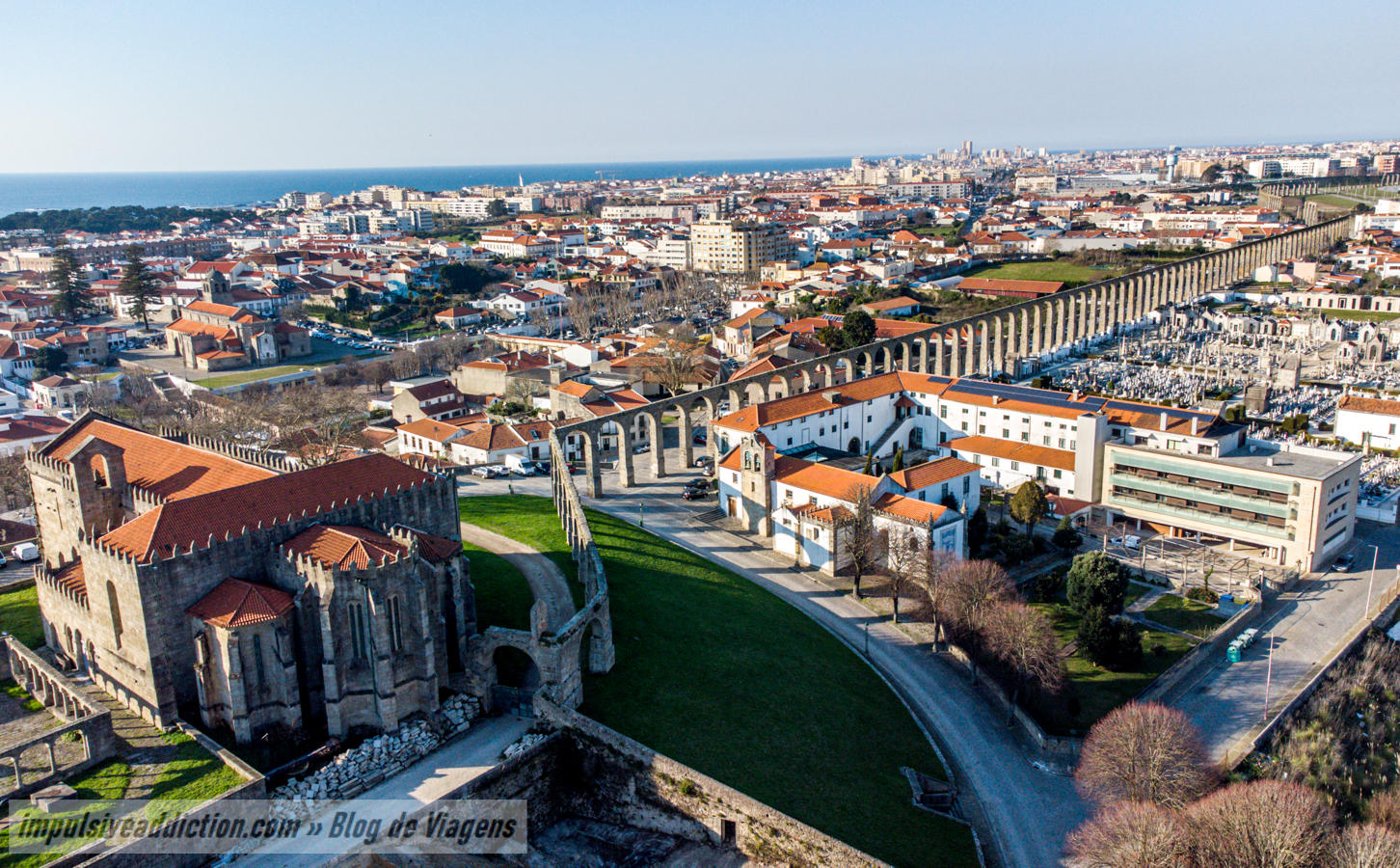Vila do Conde has about 18km of beach on the Portuguese coast, being very popular in the summer. In the past it had a strong participation in the Portuguese discoveries.
The municipality’s heritage is vast, with highlights including the fabulous Aqueduct and Monastery of Santa Clara, in the city, and Cividade de Bagunte on the outskirts. Vila do Conde has the largest bobbin lace in the world, which you can admire in one of its museums.
There is no shortage of things to do in Vila do Conde, and you will for sure notice this while reading this article. I’ll share with you all its main charms, from the coast to the interior.
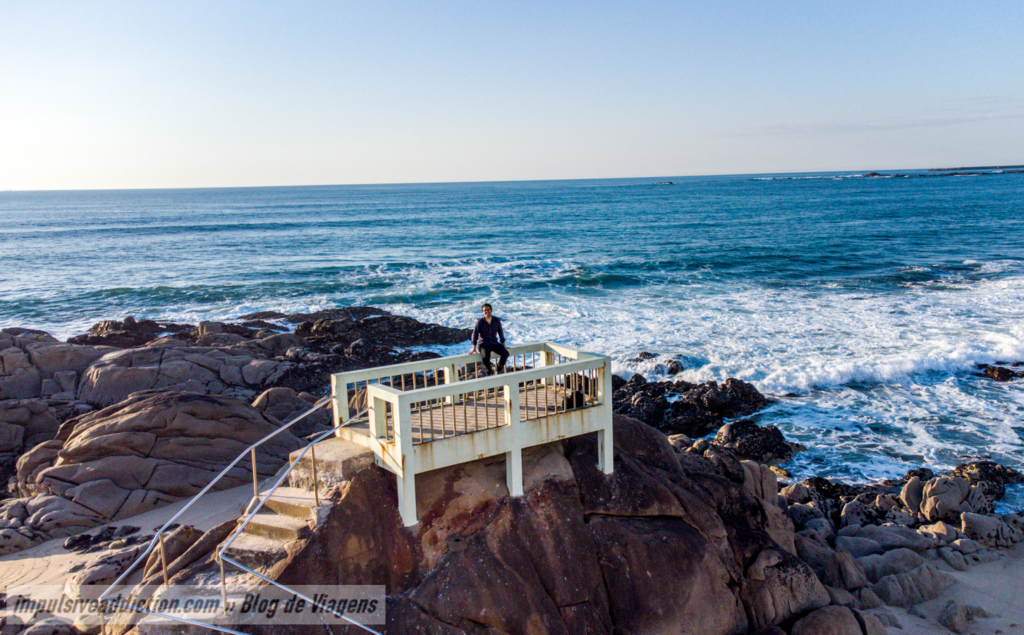
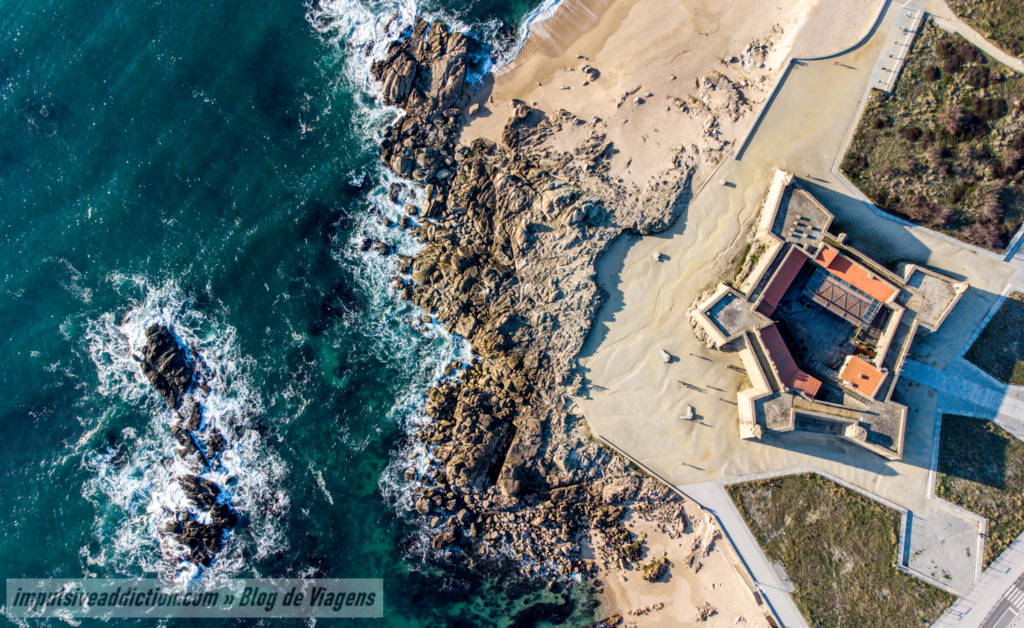
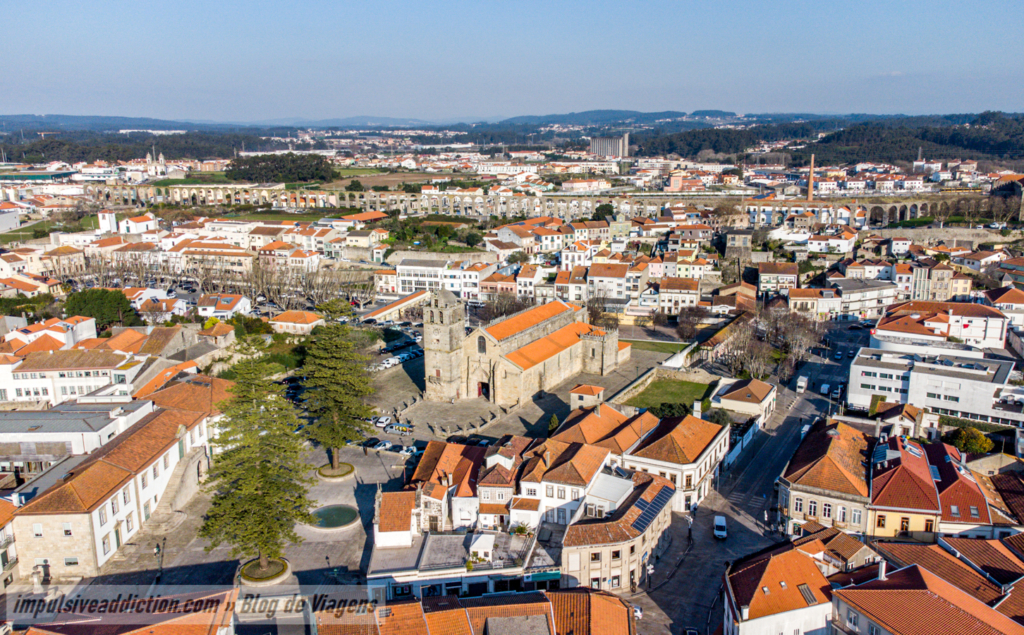
Where is Vila do Conde located, in Portugal?
Vila do Conde is located in the district of Porto, in the north of Portugal, near the Atlantic coast. To the south are the municipalities of Maia and Matosinhos, and to the north the municipality of Póvoa de Varzim. It is in Vila do Conde that the river Ave flows into the Atlantic Ocean, after a 90km journey from Vieira do Minho, passing through Póvoa de Lanhoso, Guimarães, Vila Nova de Famalicão, Santo Tirso and Trofa.
MORE ARTICLES FROM THE NORTH OF PORTUGAL: - Porto Itinerary - Things to do in Porto - Best Museums in Porto - Best Churches and Cathedrals in Porto - Best Parks and Gardens in Porto - Best Port Wine Cellars in Porto - Best Beaches in Porto - Best Day Trips from Porto - Best Matosinhos Beaches - Things to do in Matosinhos - Things to do in Póvoa de Varzim - Things to do in Vila Nova de Gaia - Things to do in Espinho - Minho | Northern Portugal Itinerary - Things to do in Viana do Castelo - Things to do in Ponte de Lima - Things to do in Monção - Things to do in Valença - Things to do in Caminha - Things to do in Braga - Things to do in Guimarães - Things to do in Barcelos - Things to do in Esposende - Things to do in Arcos de Valdevez - Peneda Gerês National Park Itinerary - Best Hikes and Trails in Peneda Gerês National Park - Best Peneda Gerês National Park Waterfalls and Lagoons - Douro Valley Itinerary - Douro Valley Wineries - Best Douro Viewpoints - Things to do in Peso da Régua - Things to do in Lamego - Things to do in Pinhão - Best beaches in Northern Portugal - Trás-os-Montes Itinerary - Things to do in Bragança - Montesinho Natural Park Itinerary - Douro International Natural Park Itinerary
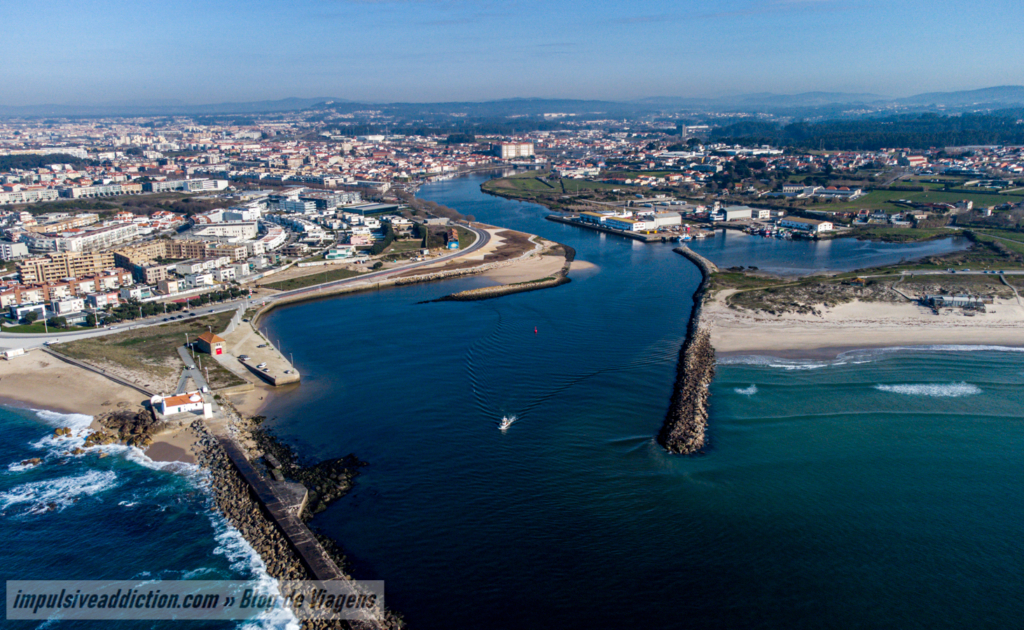
When to visit Vila do Conde?
Vila do Conde can be visited at any time of the year, as it has much more than beaches to discover. Summer, however, is the ideal time to enjoy the Atlantic coast, and also the time when the main festivities and festivals take place:
- The Festivities of São João, the town’s patron saint, in June.
- The Festivities in honor of Senhor dos Navegantes, in August, very much focused on fishermen and life linked to the sea.
- The procession of Corpo de Deus, which every 4 years is even more incredible, with the city full of colorful flower carpets.
- The International Short Film Festival in July.
- The street musical theater in August. The theme is shipbuilding and fishing.
- The National Craft Fair, at the end of July and beginning of August.
- The Gastronomy Fair in August.
- And the Agricultural Activities Fair in September.
As you can see, there are plenty of reasons to visit Vila do Conde.
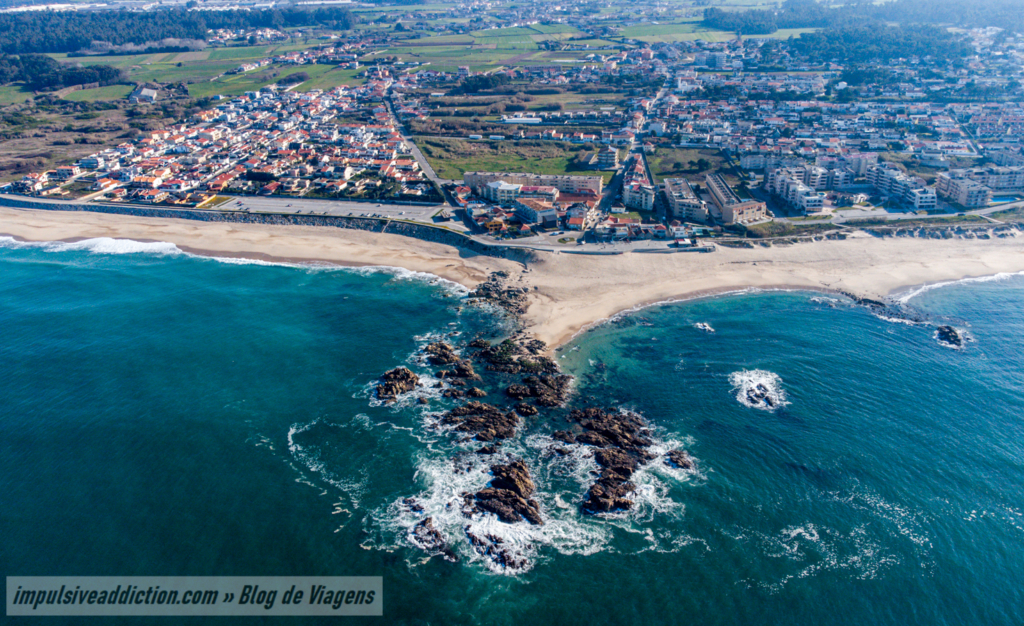
Travel Insurance + Car Rental
If you don’t have a car for your travels in Portugal yet, start by comparing prices in Discover Cars, before renting one.
As far as travel insurance is concerned, it is always important to be more protected against any type of hazards. I recommend World Nomads for that. Don’t travel to Portugal without it. Be safe! 😉
Gastronomy in Vila do Conde
As far as the gastronomy of Vila do Conde is concerned, my suggestion is that you opt for sea products. Some of the most typical dishes of the county are:
- Petinga à moda das Caxinas (small sardines).
- Octopus Rice.
- And mussels à Convento de Santa Clara.
But any fish or seafood dish will be good, as long as it is fresh and well prepared. For dessert, try Pastéis de Feijão from Pastelaria Doce de Santa Clara.
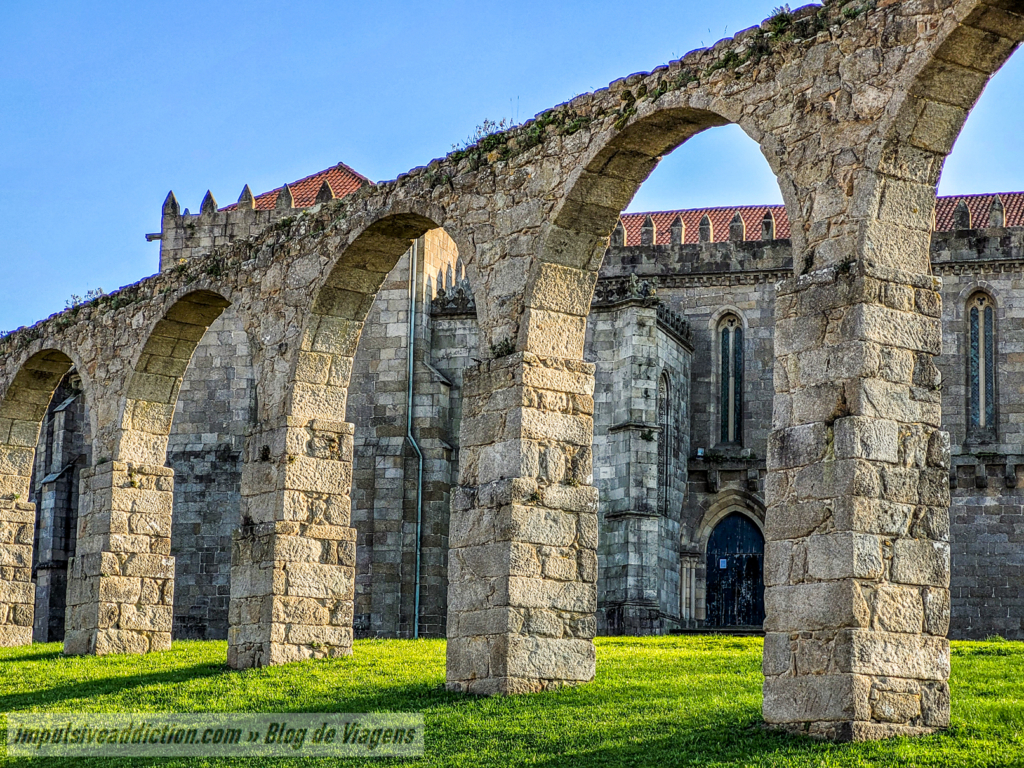
Restaurants in Vila do Conde
To eat well in Vila do Conde, there are plenty of options. Below I leave you with just a few:
- Os Eusébios
- Restaurant O Cangalho
- Restaurant Garfo Torto
- Adega da Vila
- Restaurant Repúblika
- Romando
Accommodation tips to visit Vila do Conde
| Accommodation | Score | Location |
|---|---|---|
| Autor Guesthouse | 9.2 | Vila do Conde |
| Villa C Boutique Hotel | 8.8 | Azurara |
| Quinta São Miguel de Arcos | 8.9 | Arcos (surroundings) |
| Hotel Brazão | 8.6 | Vila do Conde |
| Youth Hostel | 9.4 | Vila do Conde |
| Casa do Rio | 9.2 | Vila do Conde |
| Mostarda Boutique Apartment | 9.7 | Vila do Conde |
| Residencial Princesa do Ave | 8.8 | Vila do Conde |
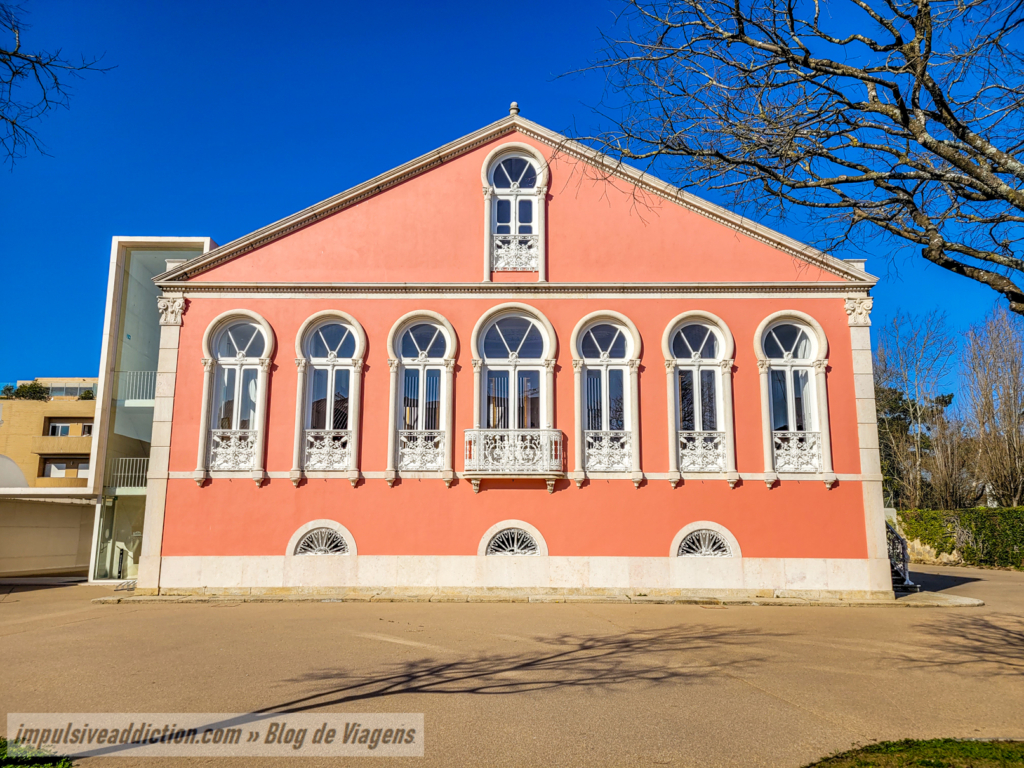
Things to do in Vila do Conde | Portugal
I present you now all things to do in Vila do Conde, what to see and visit in a 2 or 3 days itinerary. One full day will be to discover the historic center, another two days will be for the beaches and the interior of the municipality. Use the map below to plan your trip.
Map | Things to do in Vila do Conde
Visit Vila do Conde Historic Center
In the historic center of Vila do Conde you can’t miss walking along the banks of river Ave, and also visiting the main squares, museum spaces, churches, and of course, Santa Clara aqueduct. You can use the sequence I propose for your own itinerary.
1. José Régio Square
José Régio is an important Portuguese writer and poet of the 20th century. He was born in Vila do Conde, and you’ll have the opportunity to visit his house along this itinerary. For now, I highlight the square in his honor, where you will also find a statue of him.
It was in the underground parking lot of José Régio Square that I parked my car upon arrival in the city. It’s paid, but it was the easiest place I found to leave it, right in the city center. That’s where I started exploring everything! Not far away you can also find Vila do Conde tourist office, in case you want to pick up a map of the city or extra information for your trip.
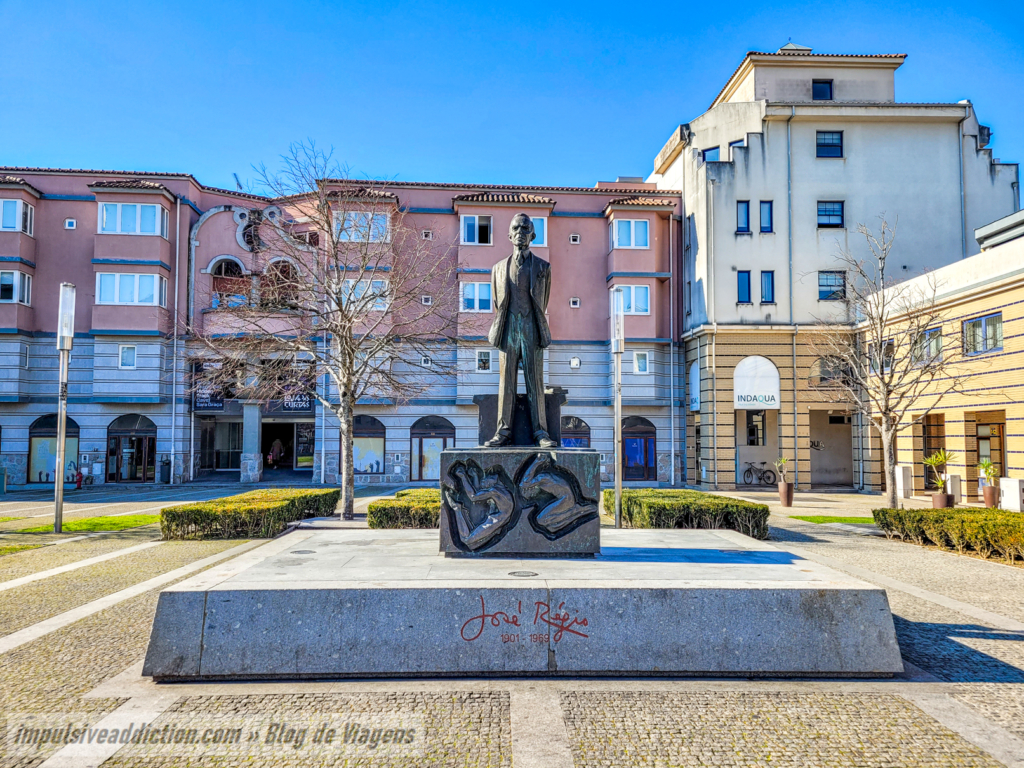
2. Republic Square of Vila do Conde
From José Régio square I headed to Republic Square, on the banks of river Ave. It is a wide place, overlooking the monastery of Santa Clara and the entrance bridge to the city.
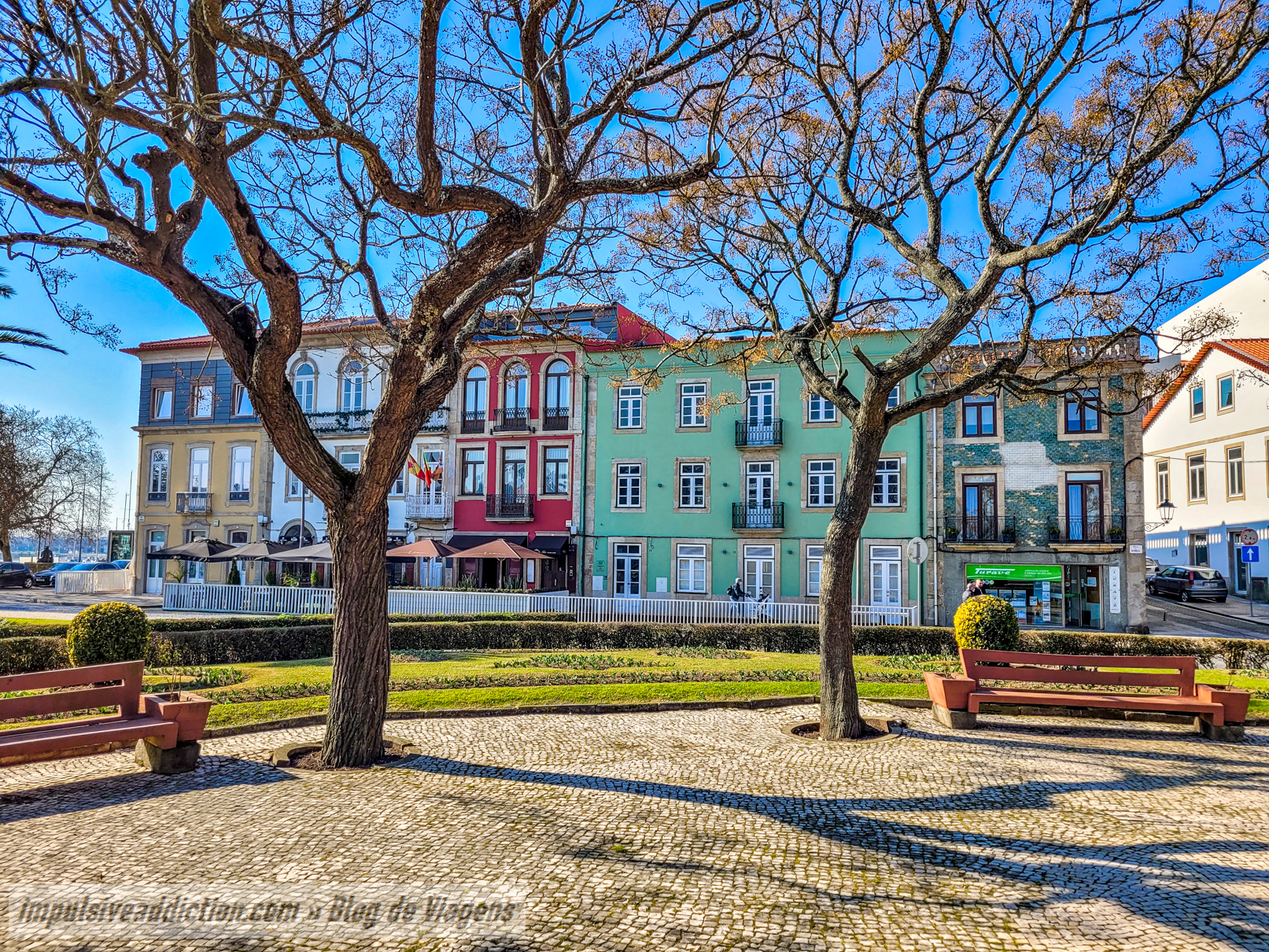
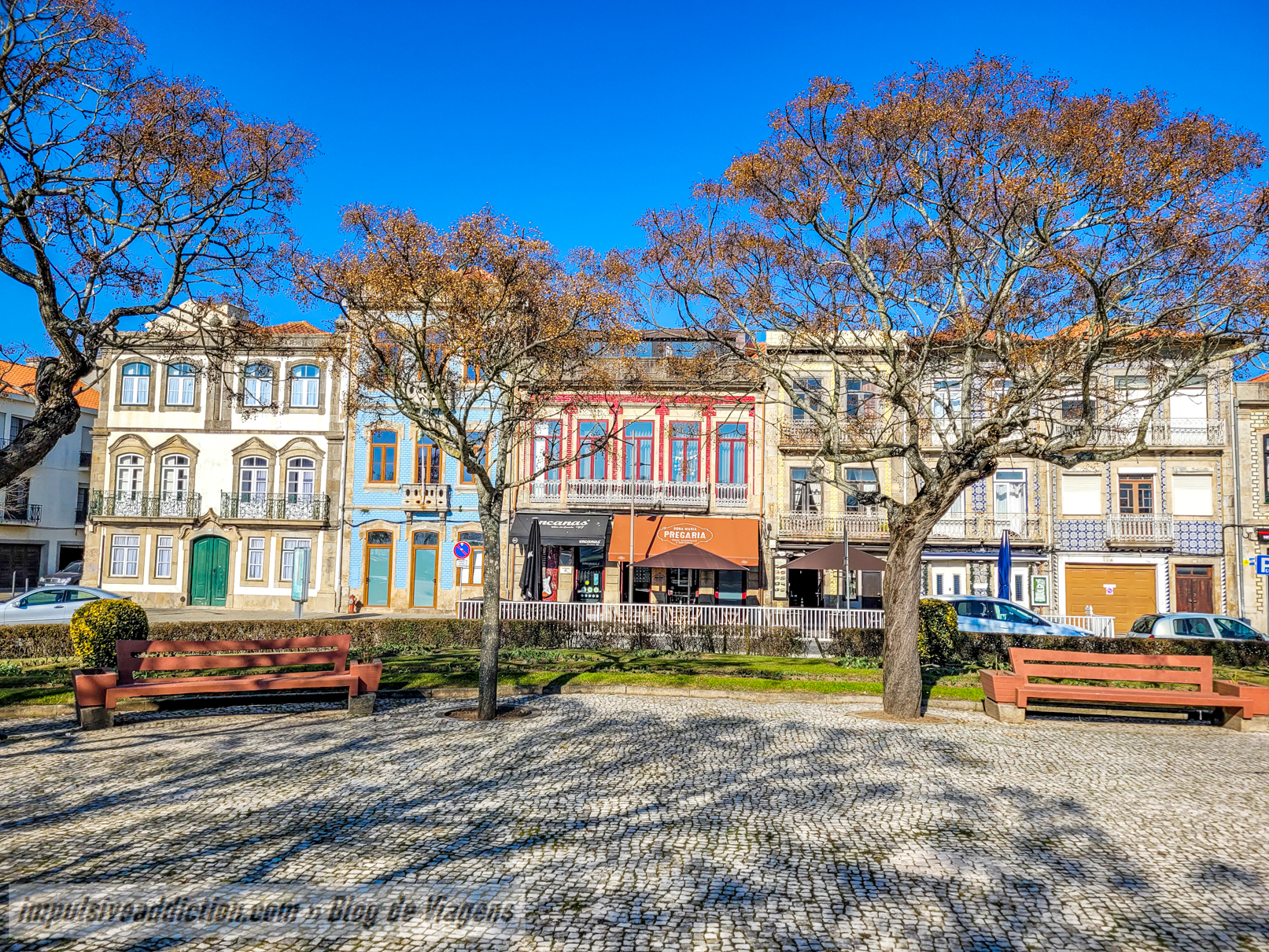
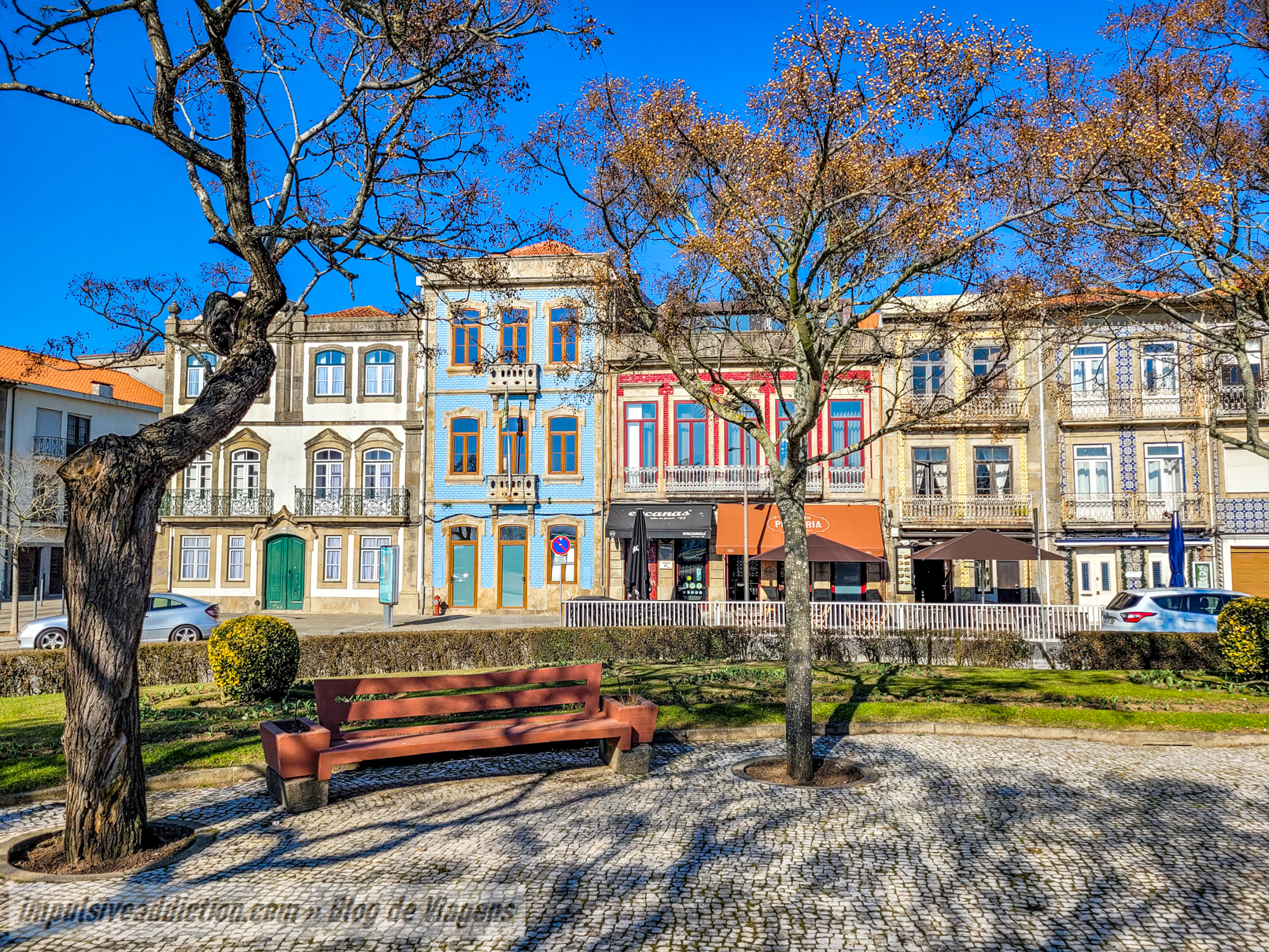
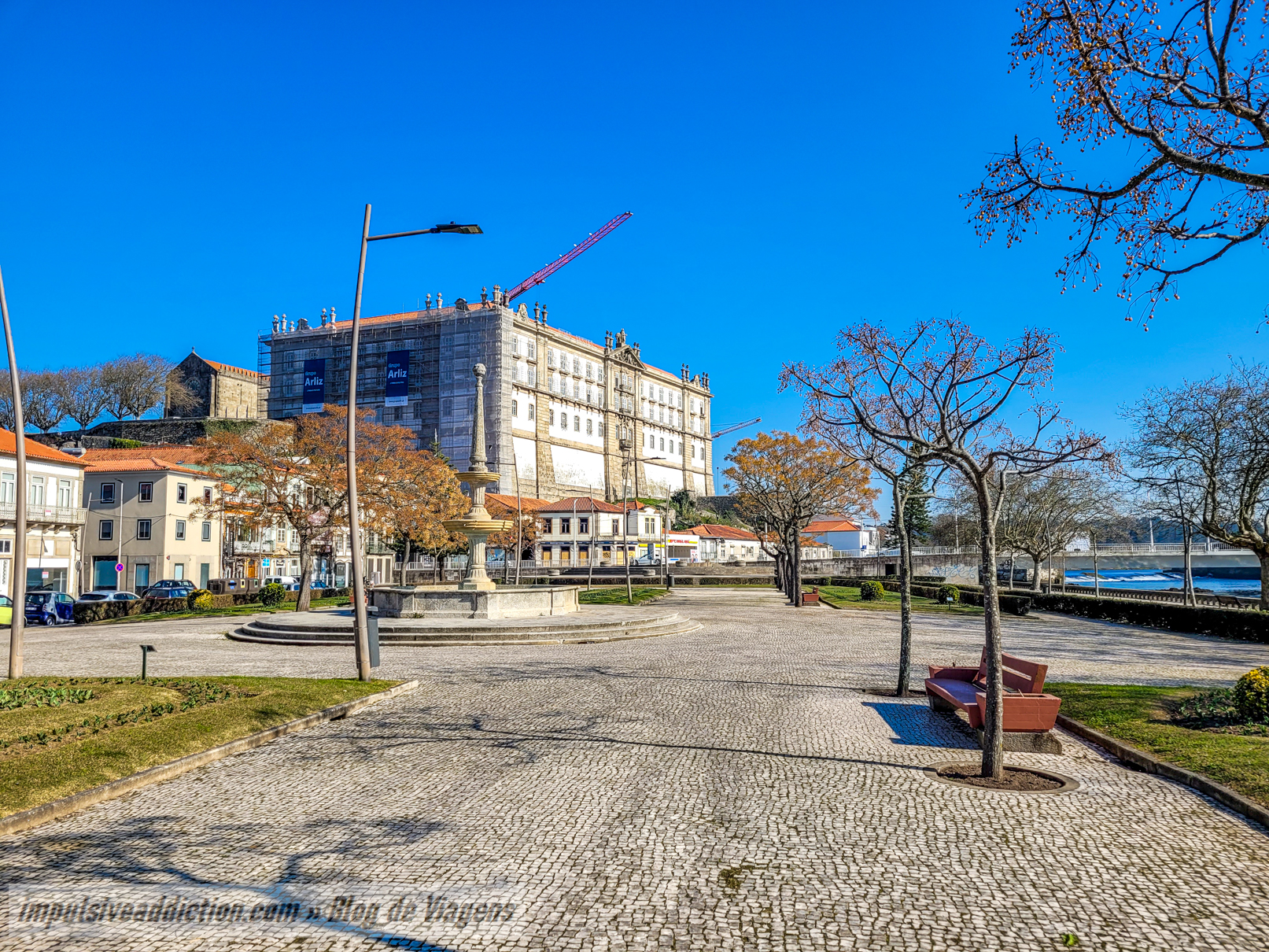
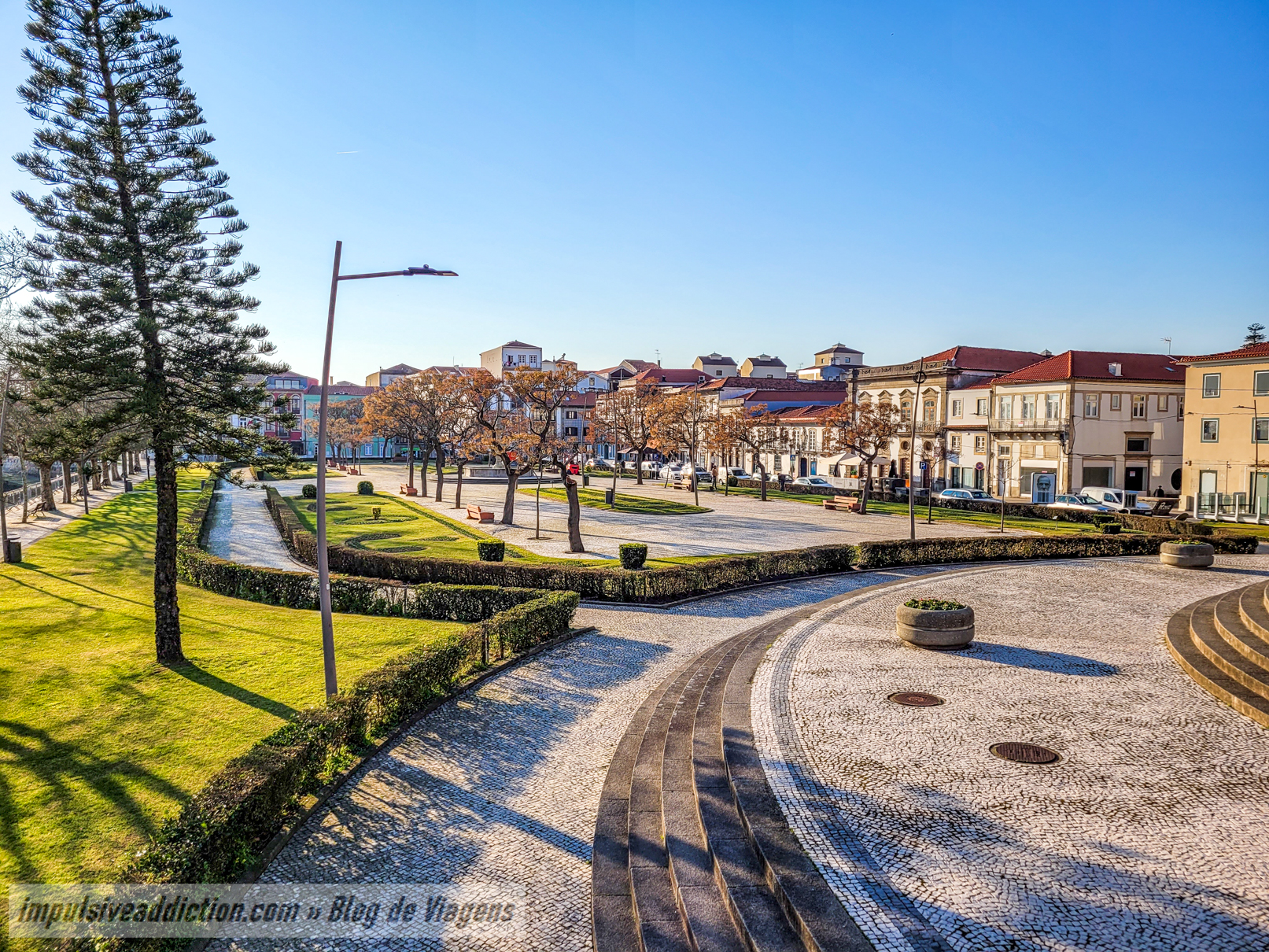
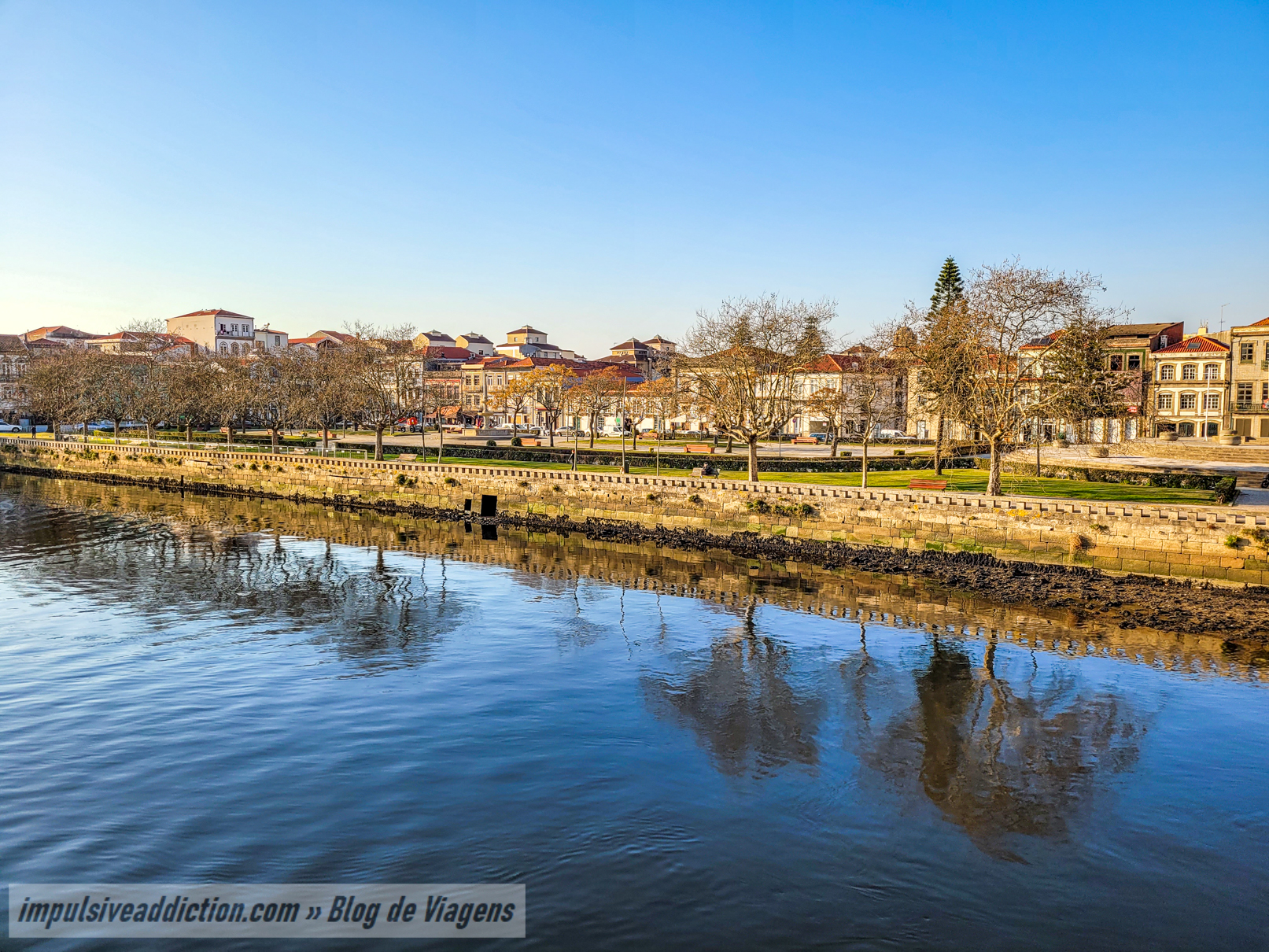
3. Monument to the Lacemaker and Chapel of São Roque
I then passed by the Monument to the Lacemaker of Vila do Conde, still on the banks of River Ave, but resisted the urge to head straight for the Customs (Alfândega) Square. Instead, I walked up Rua do Lidador towards the 16th-century Chapel of São Roque, built as a result of a flu pandemic, São Roque being a healer of plagues.
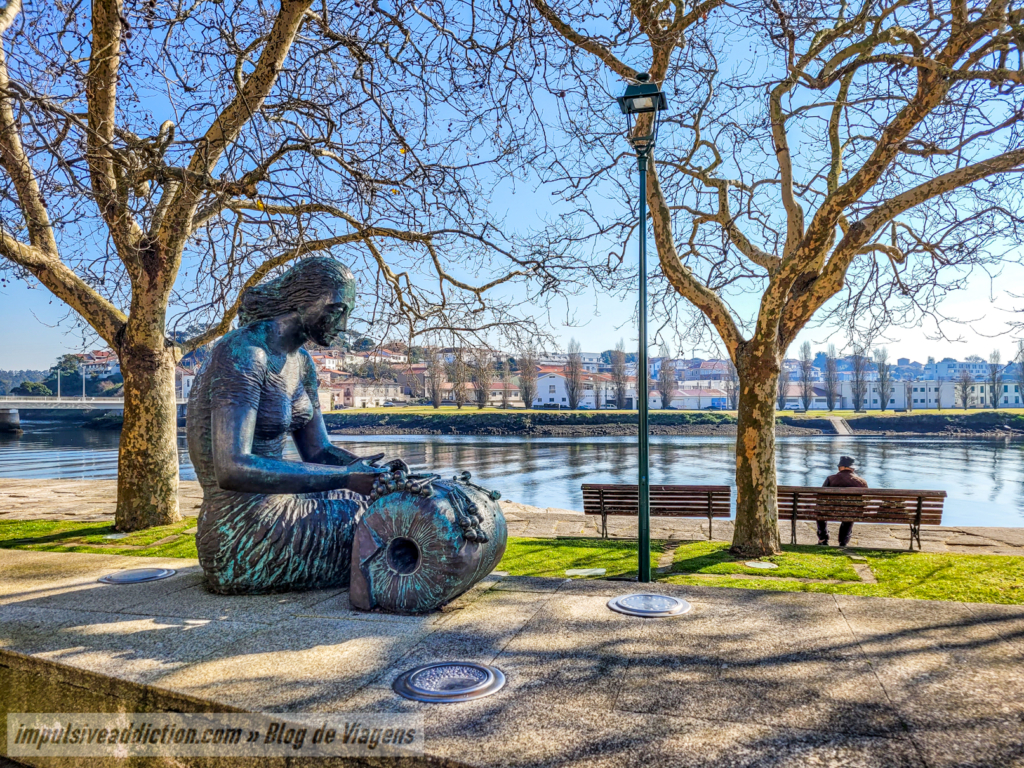
4. Artists Square and Bobbin Lace Museum
At the top of Rua do Lidador I found Artists Square, from where I began the descent back towards river Ave via Rua de São Bento. The first stop on this street was the Bobbin Lace Museum, where I found the largest bobbin lace in the world on display. This museum is located in an old manor house from the 18th century and has a school that teaches the tradition, so that it is not lost over time. I had the opportunity to enter the classroom and see a student of the school making bobbin lace.
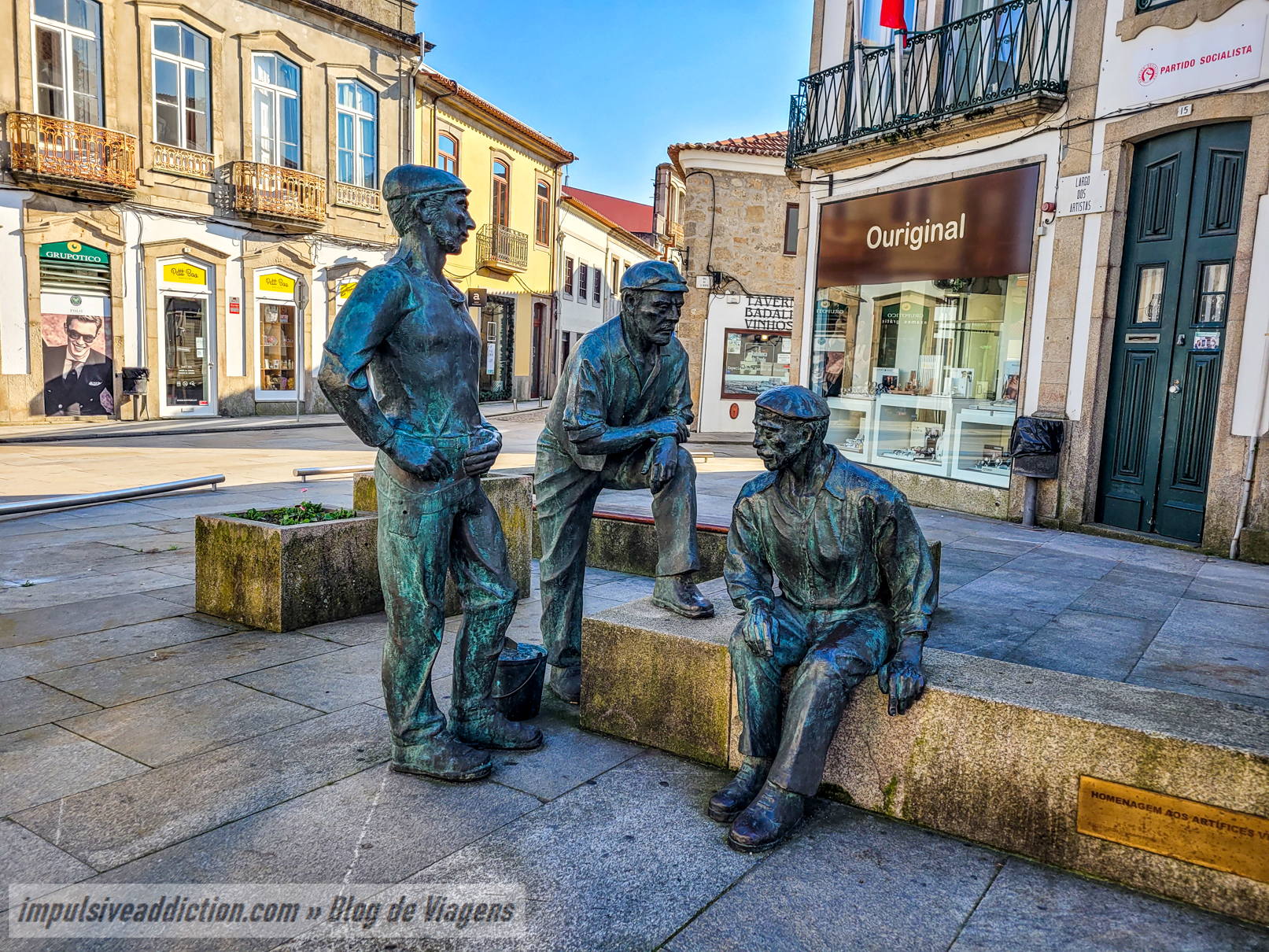
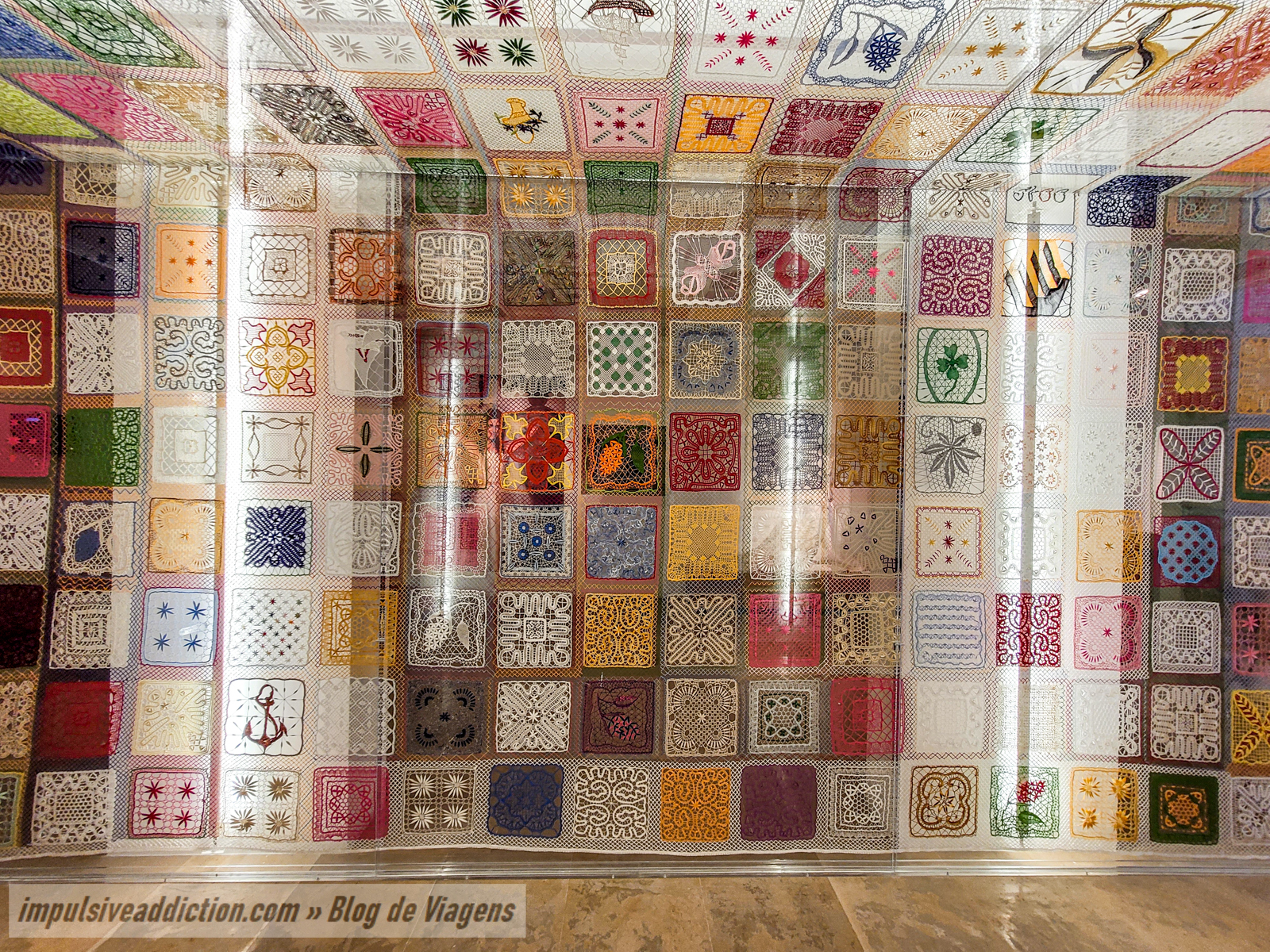
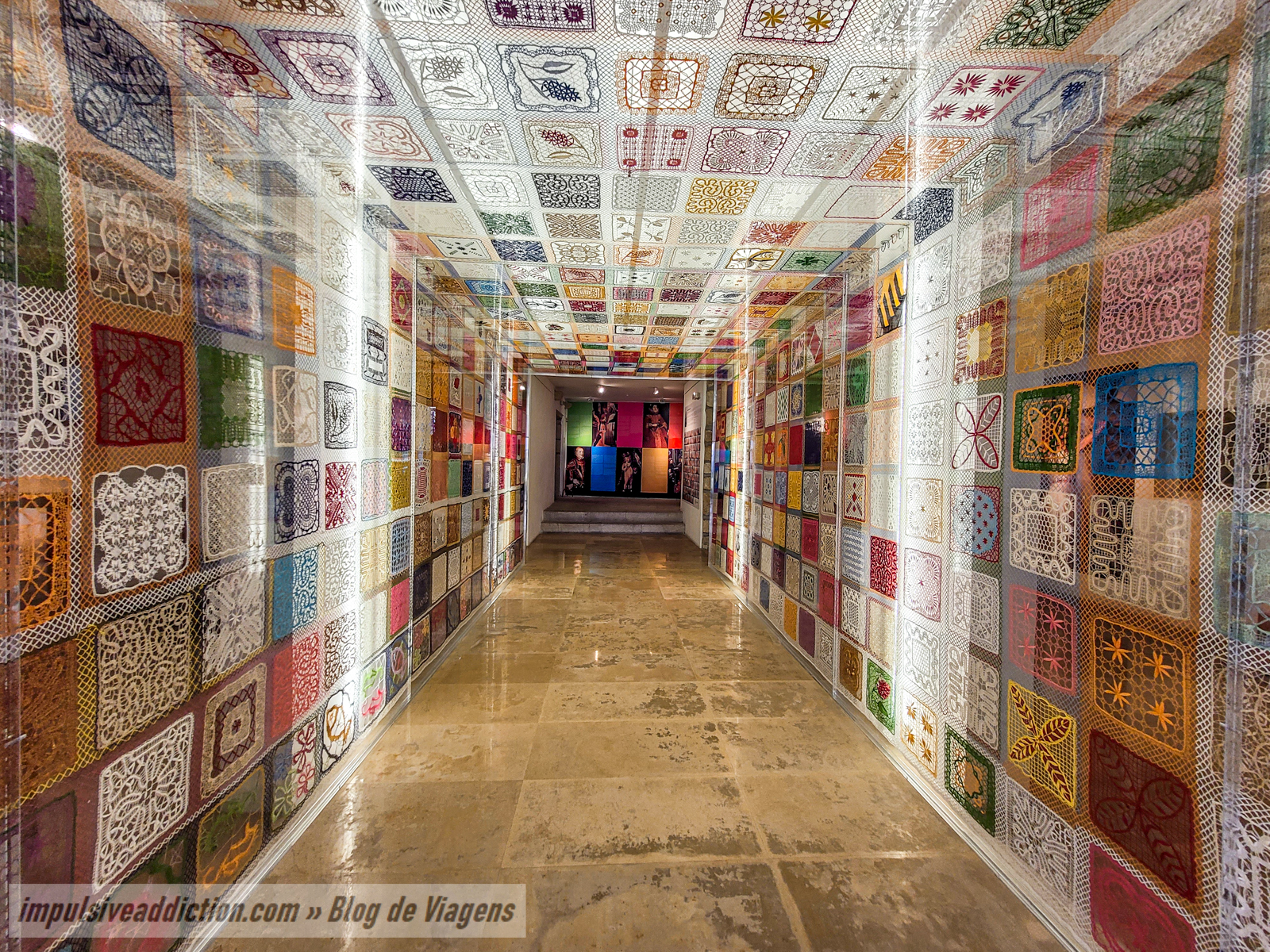
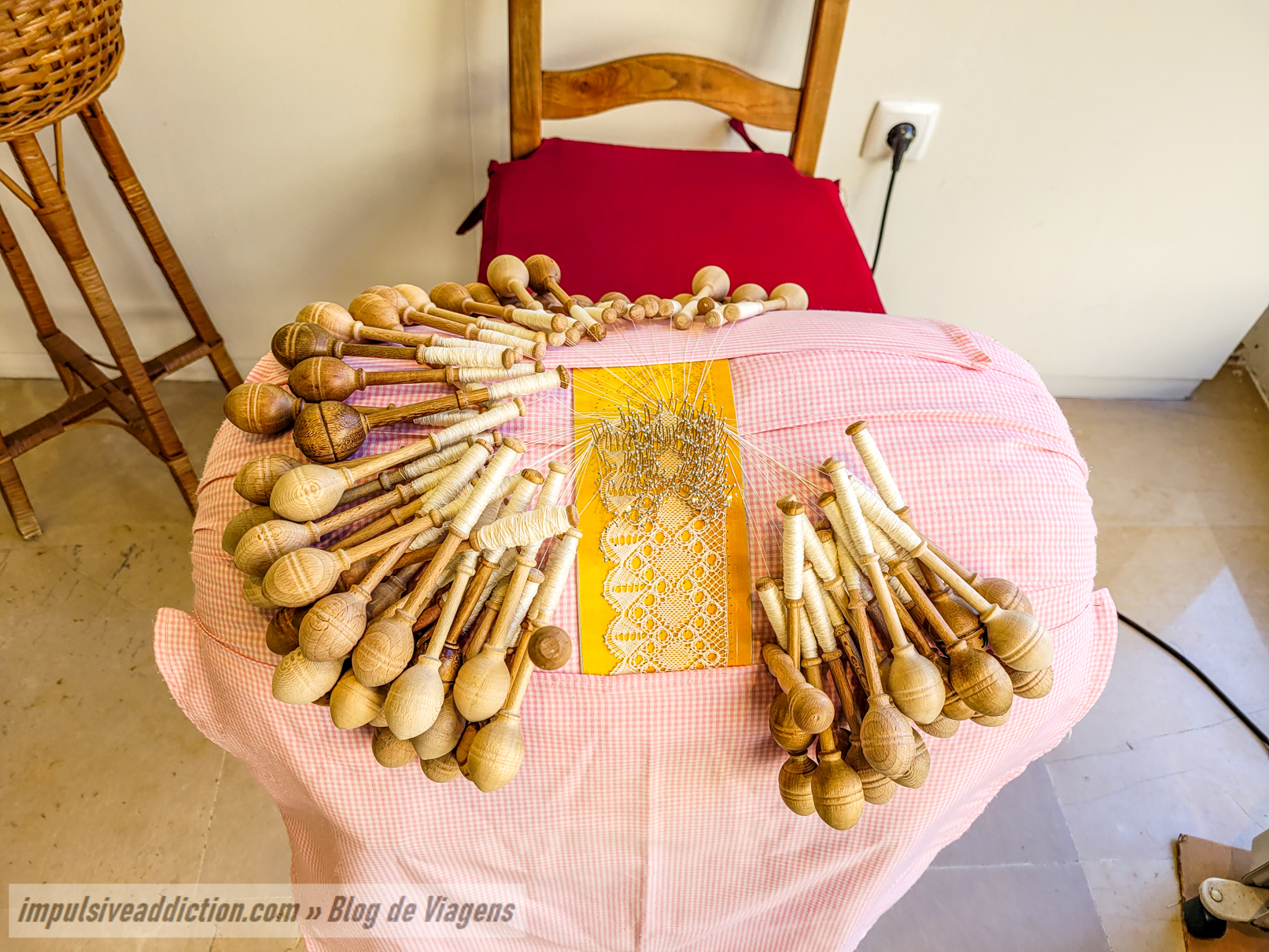
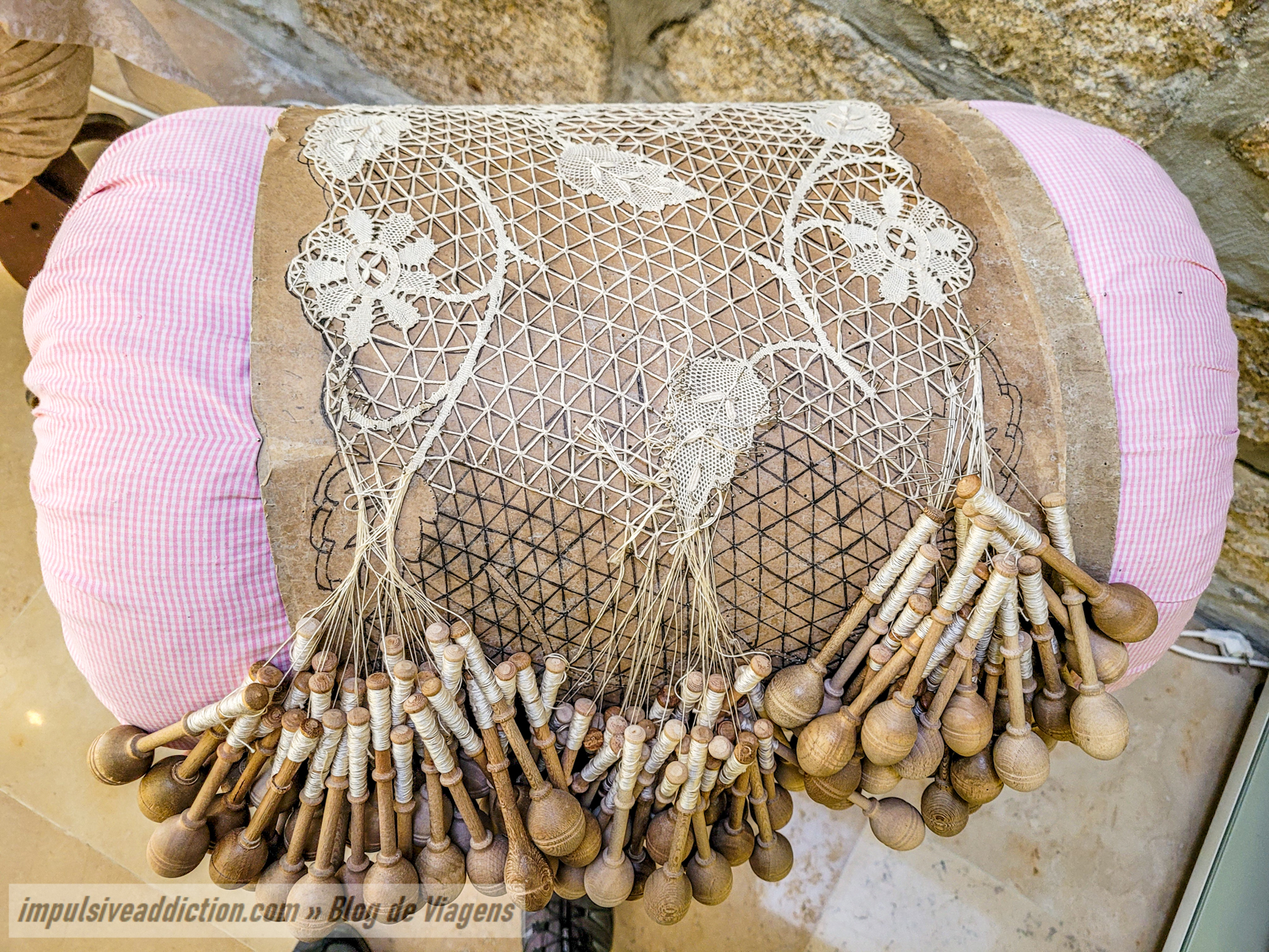
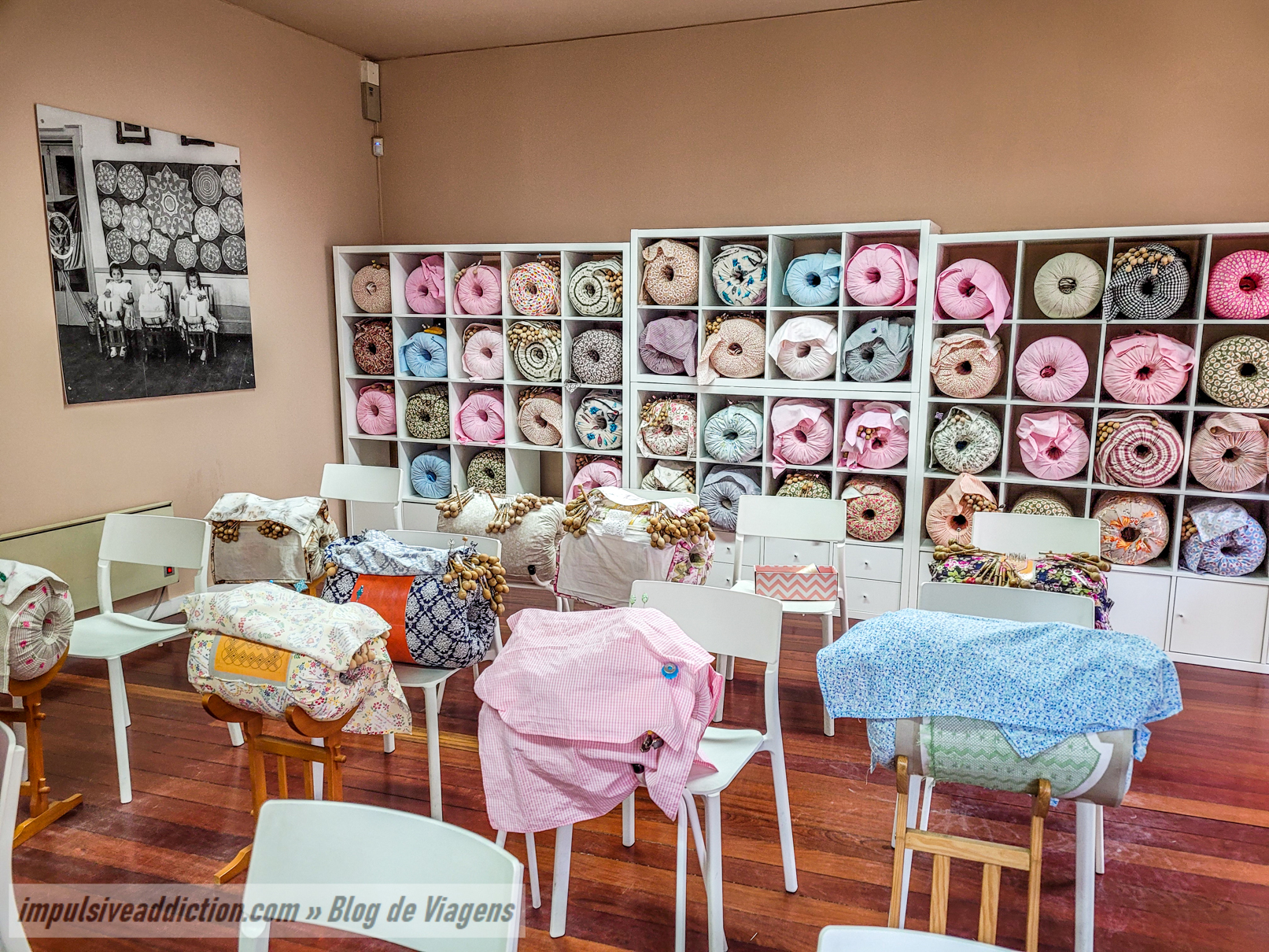
5. São Bento Chapel and Carmo Convent
Rua de São Bento ends at the 17th century chapel of the same name. Then you will find Laranjal Square and the Old Convent of Nossa Senhora do Carmo, founded in the mid-18th century. Today, the convent is home to a number of municipal offices.
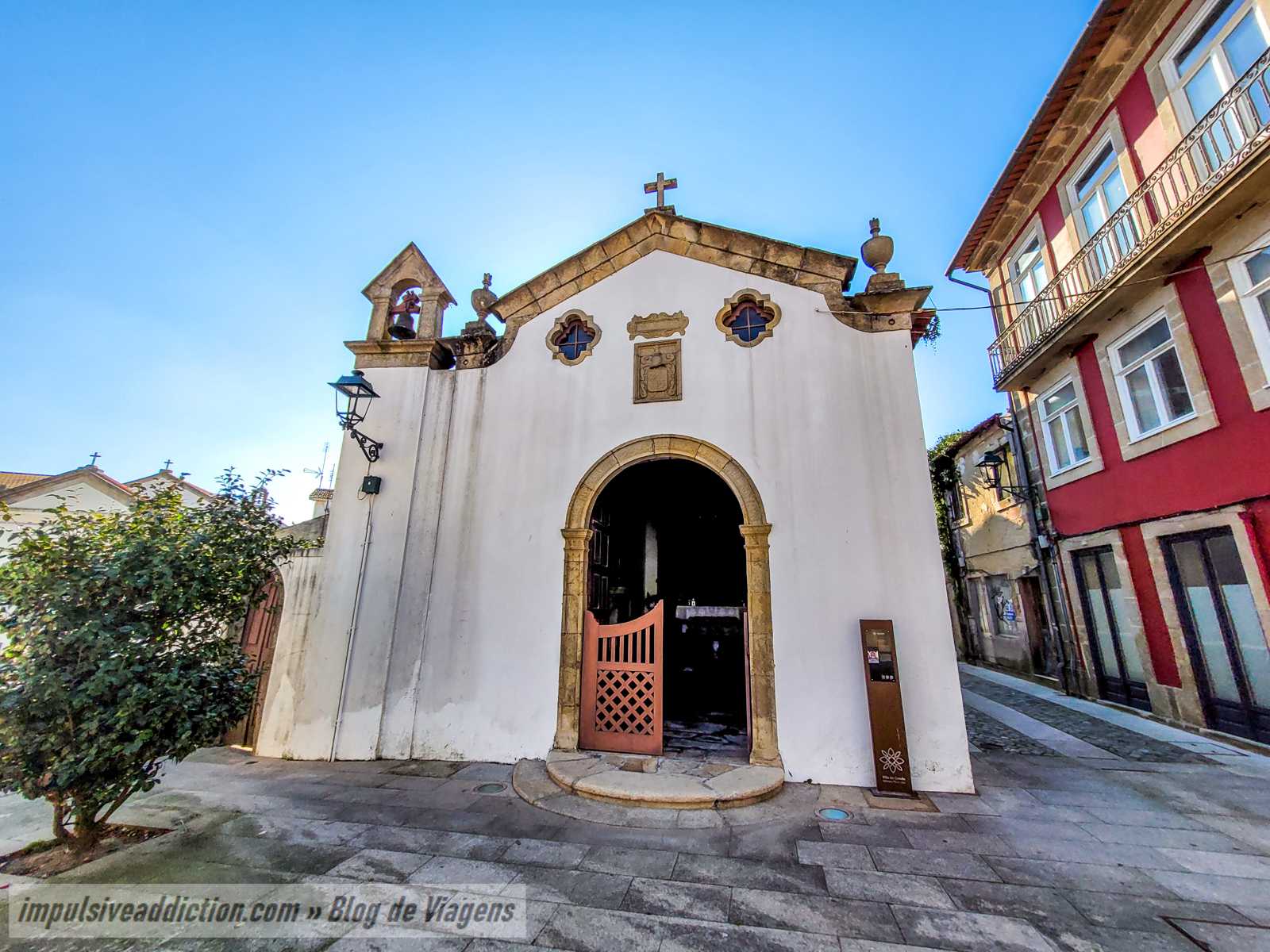
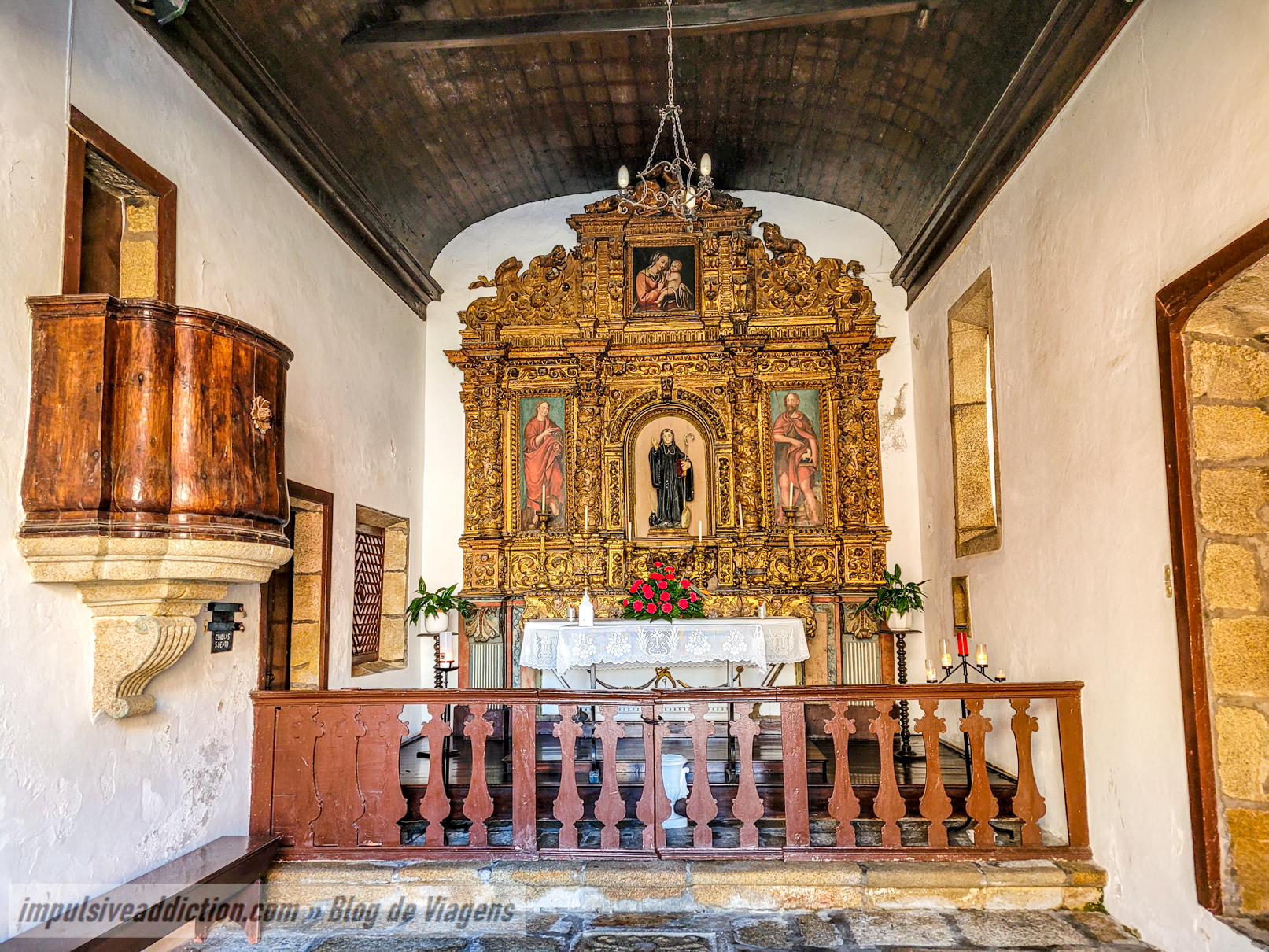
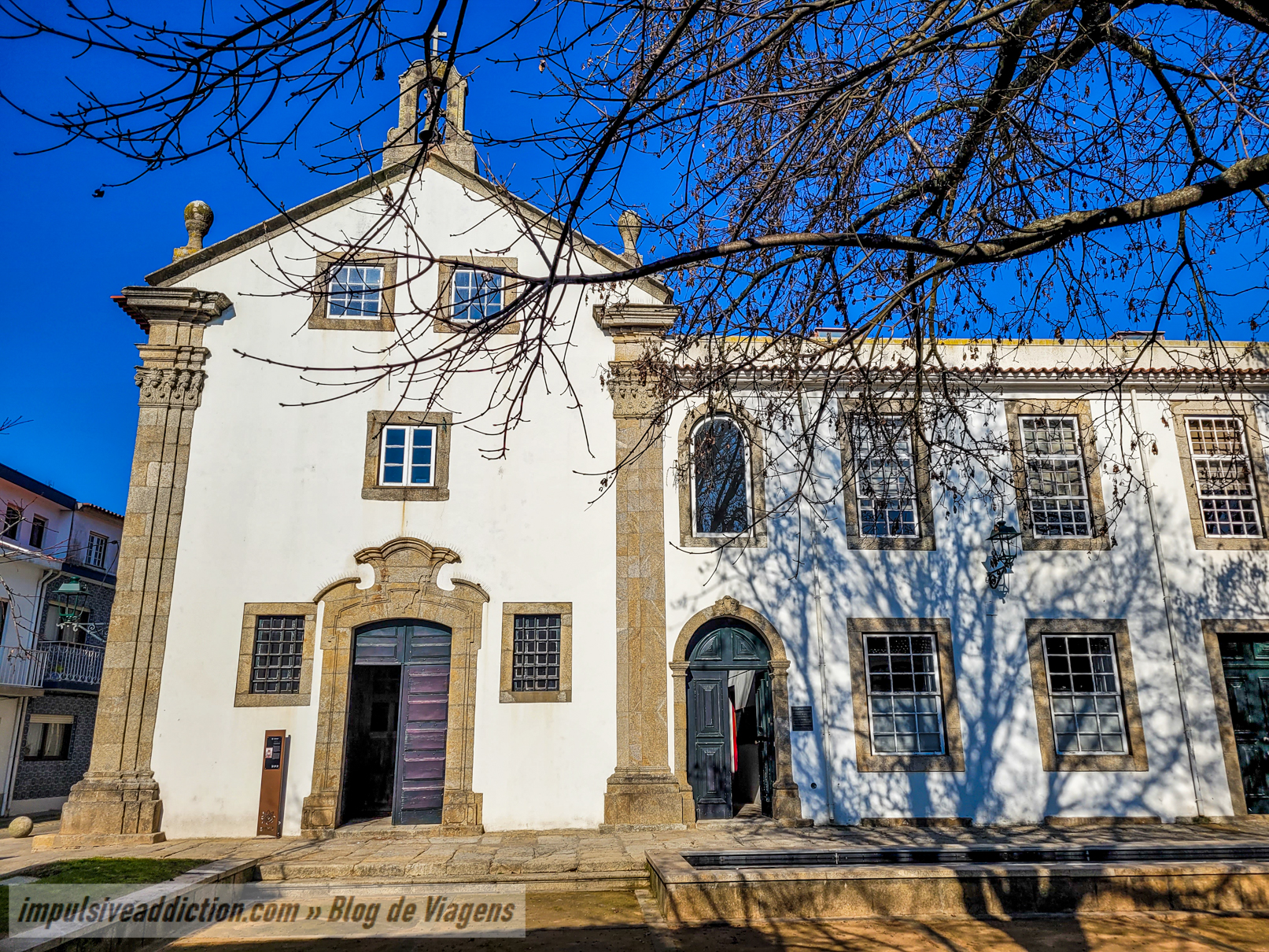
6. Alfândega Régia, Casa do Barco and Nau Quinhentista
There are three museums in Alfândega Square, all with the common theme of shipbuilding and Portuguese navigation. The Alfândega Régia is where you buy the combined ticket for the Shipbuilding Museum and the Nau Quinhentista. Casa do Barco is, in turn, a free place to visit and also serves as another tourist office in the city.
It was in Alfândega Régia (a 15th century building) that Vila do Conde’s shipyards once operated. The Nau Quinhentista is simply a replica that shows you what a 16th century Portuguese ship was like. You can enter it to explore the crew’s quarters, the deck and even the hold.
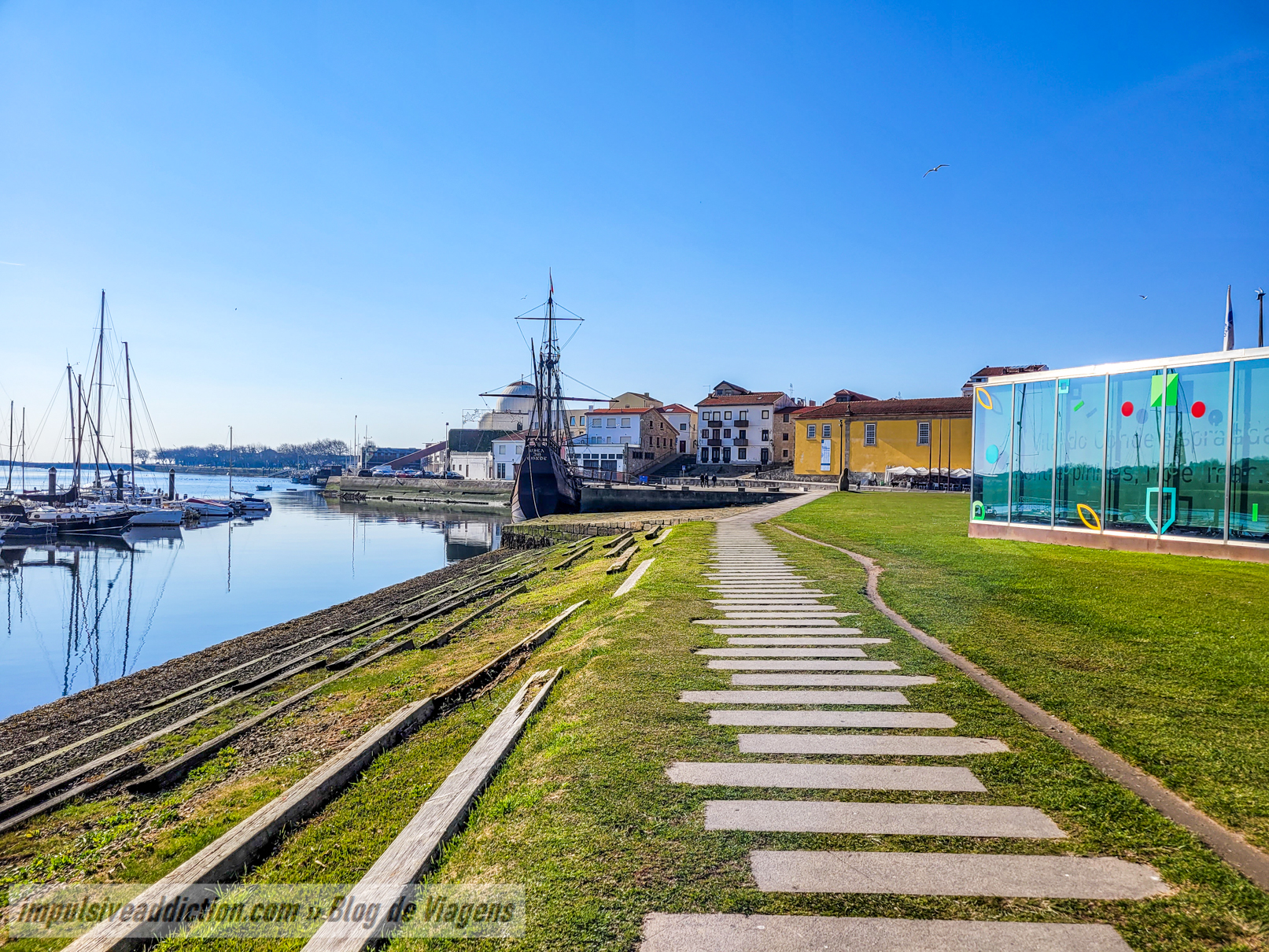
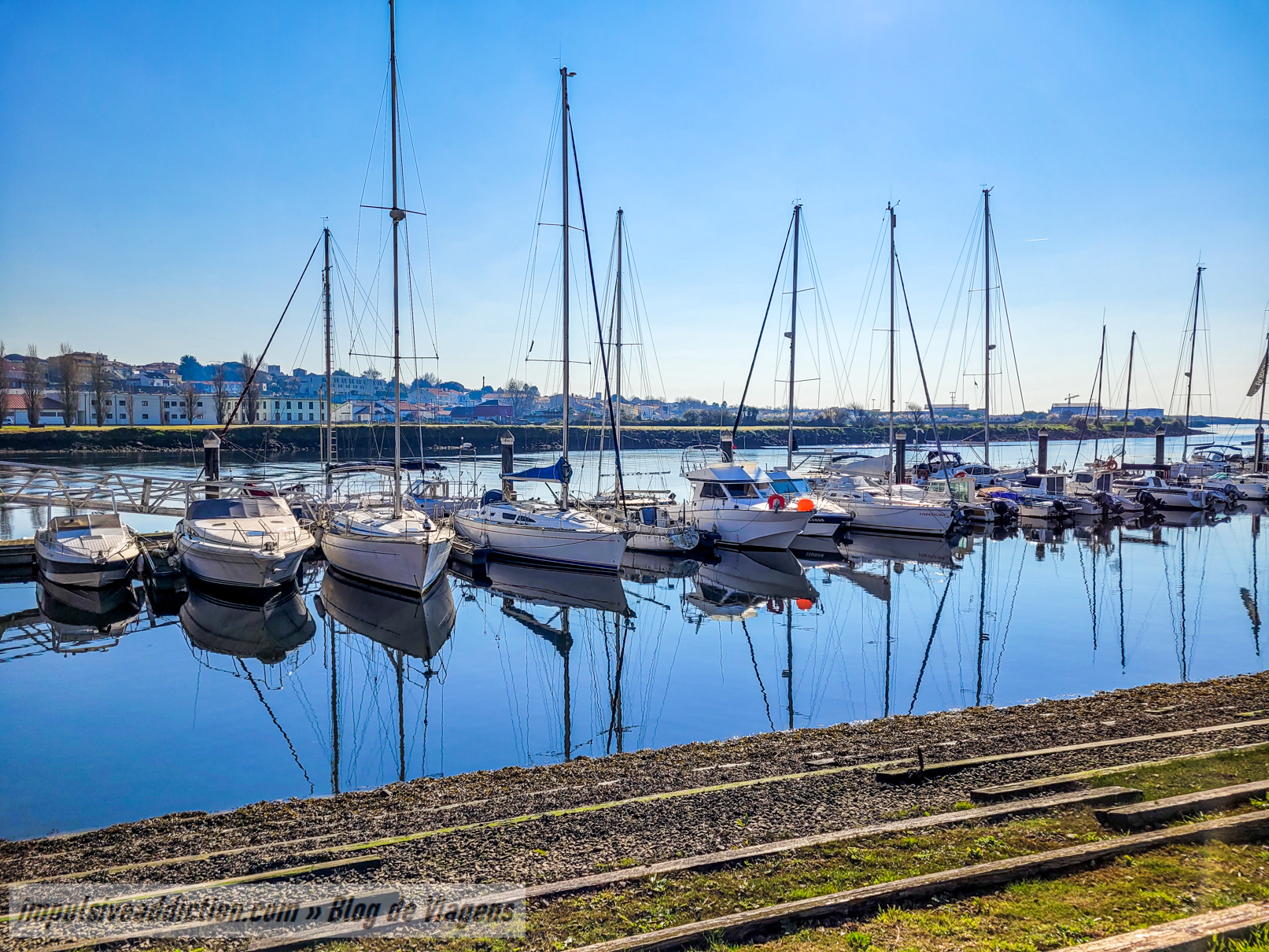
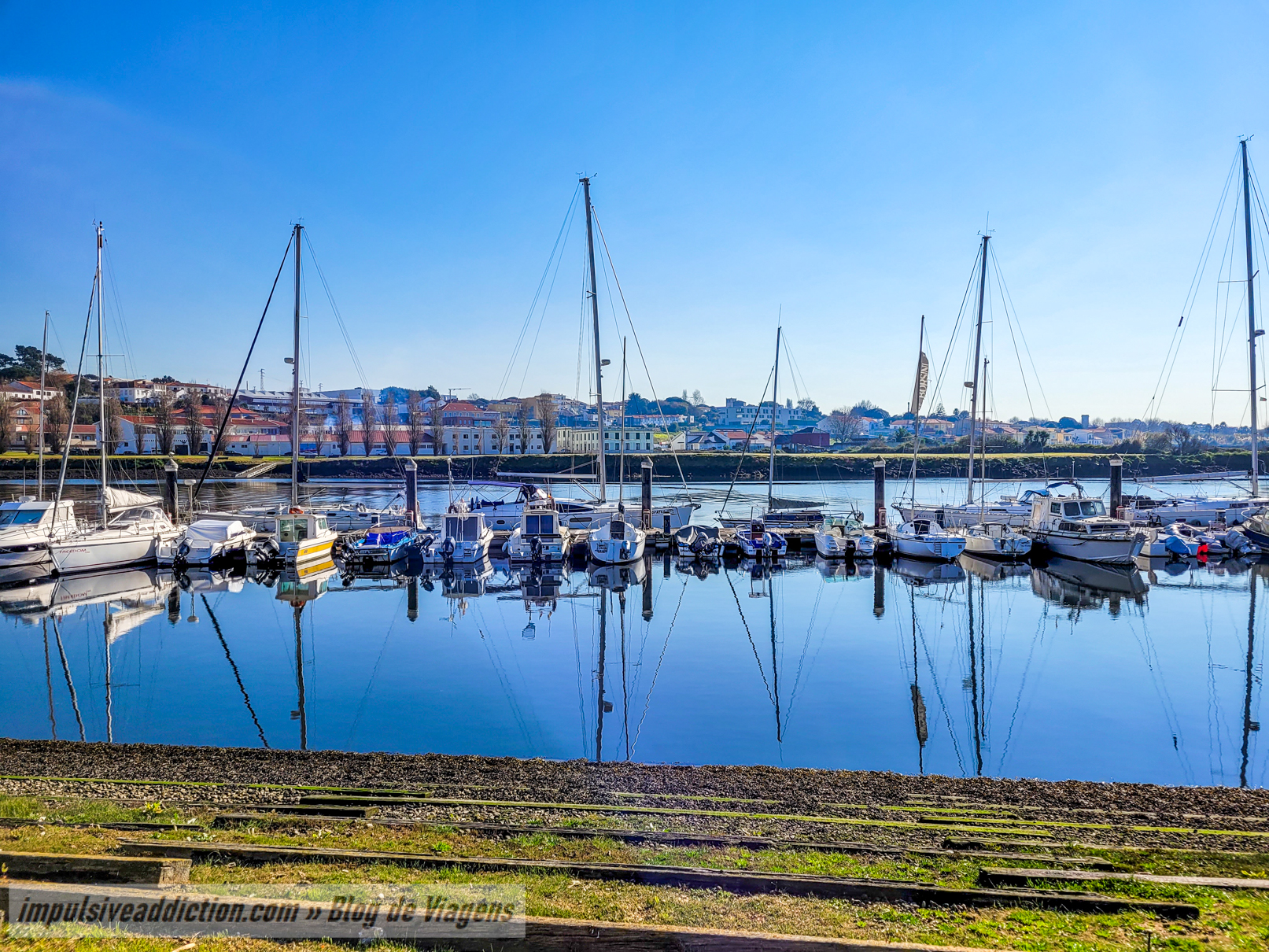
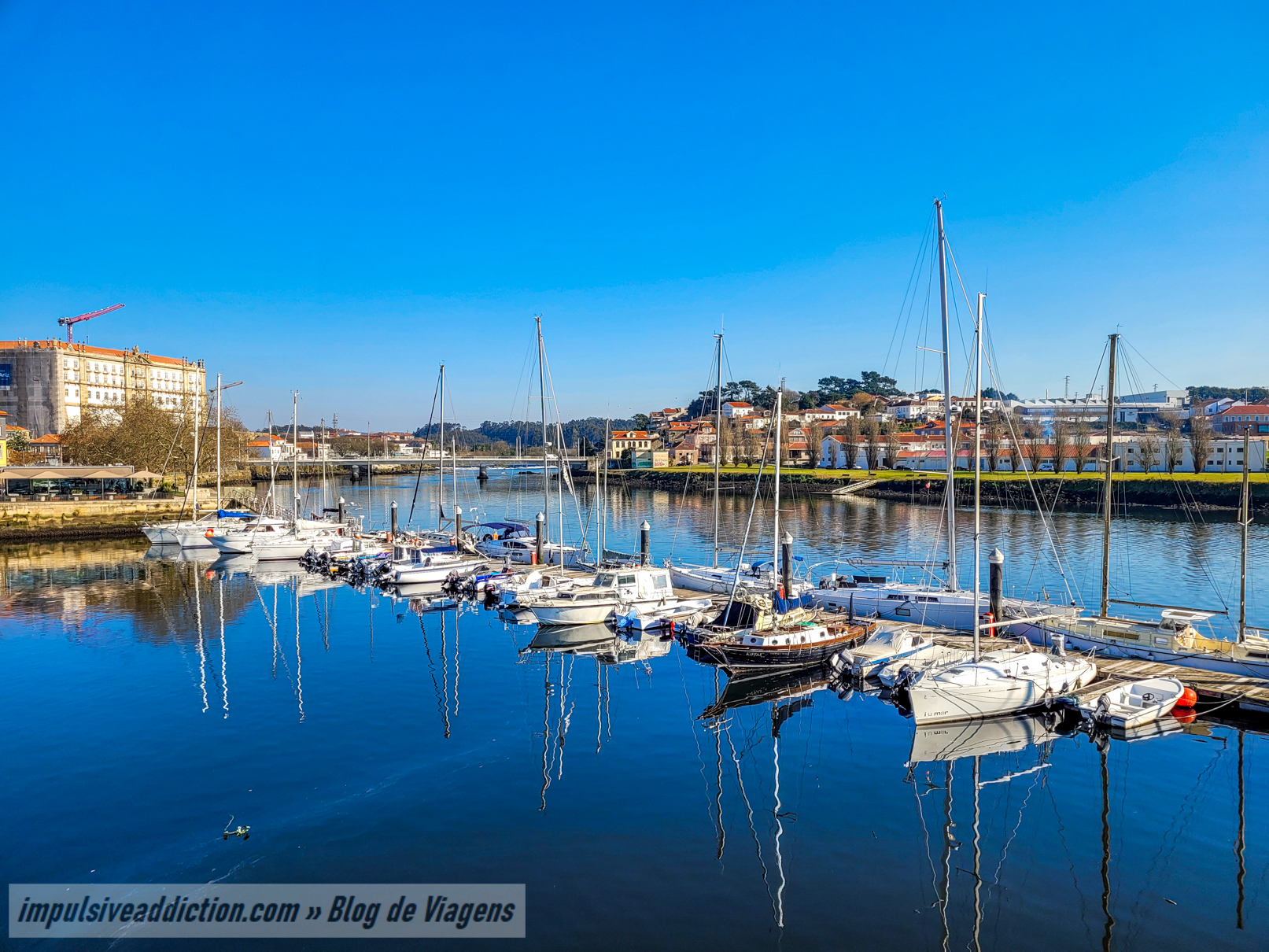
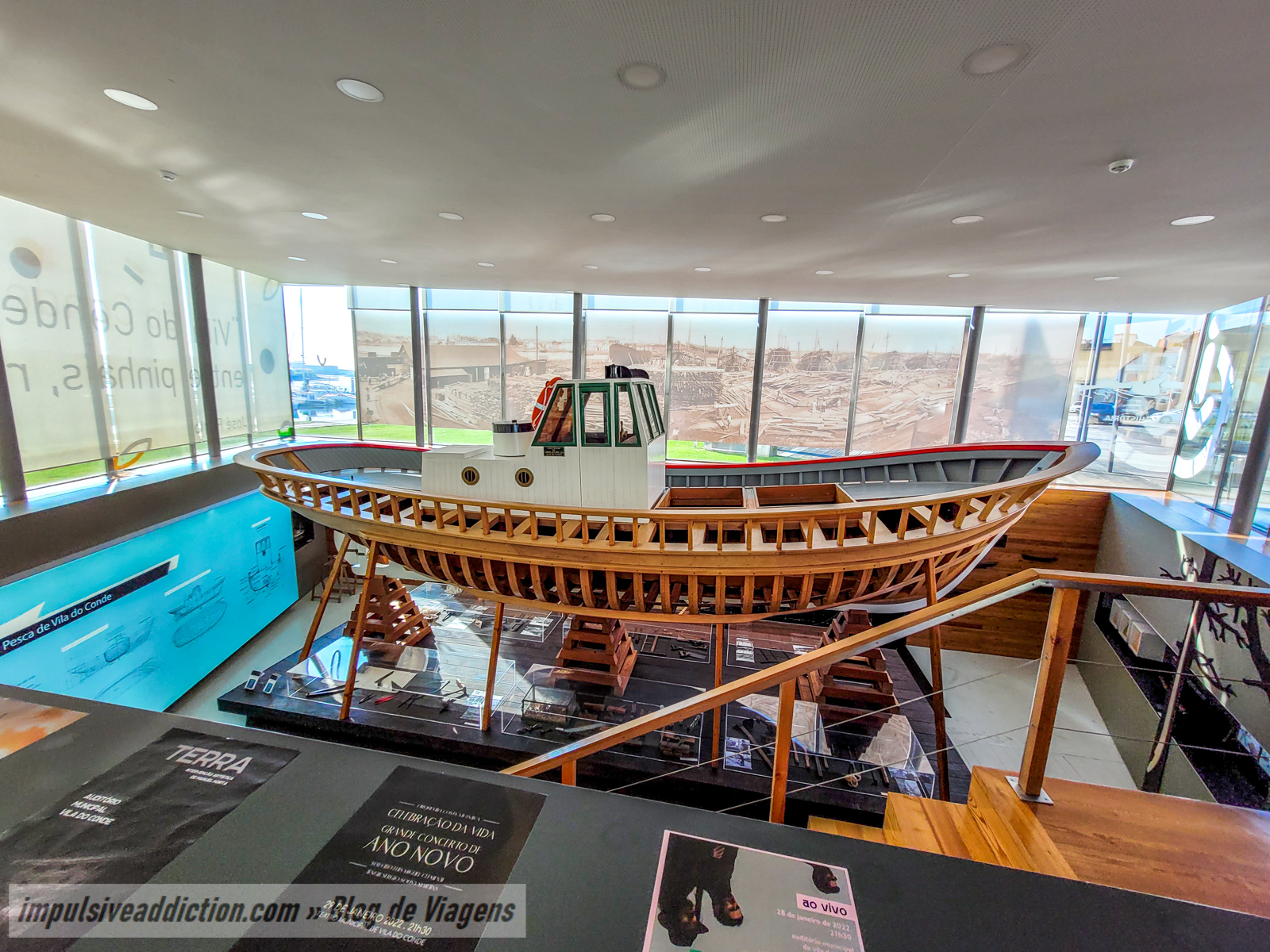
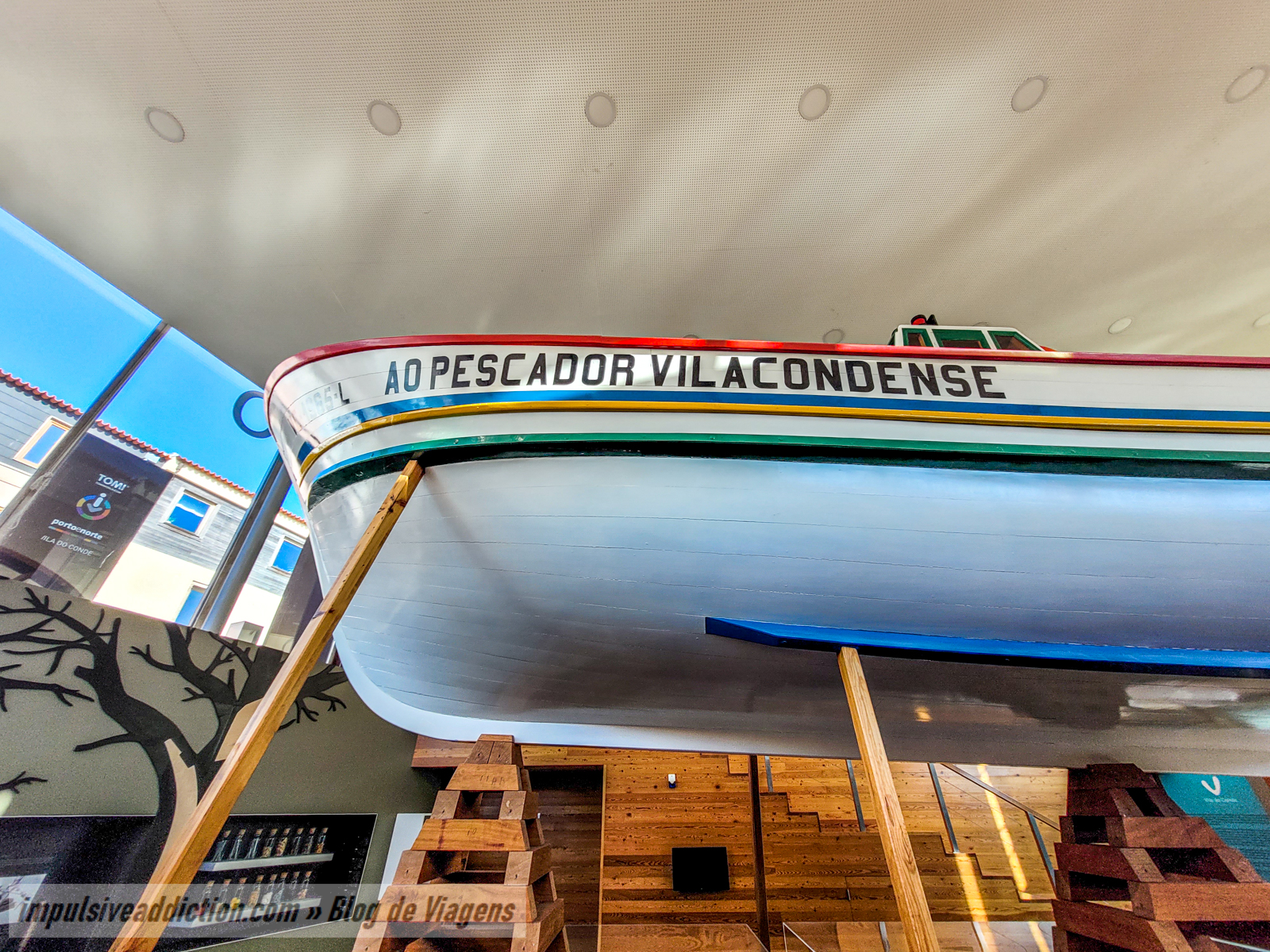
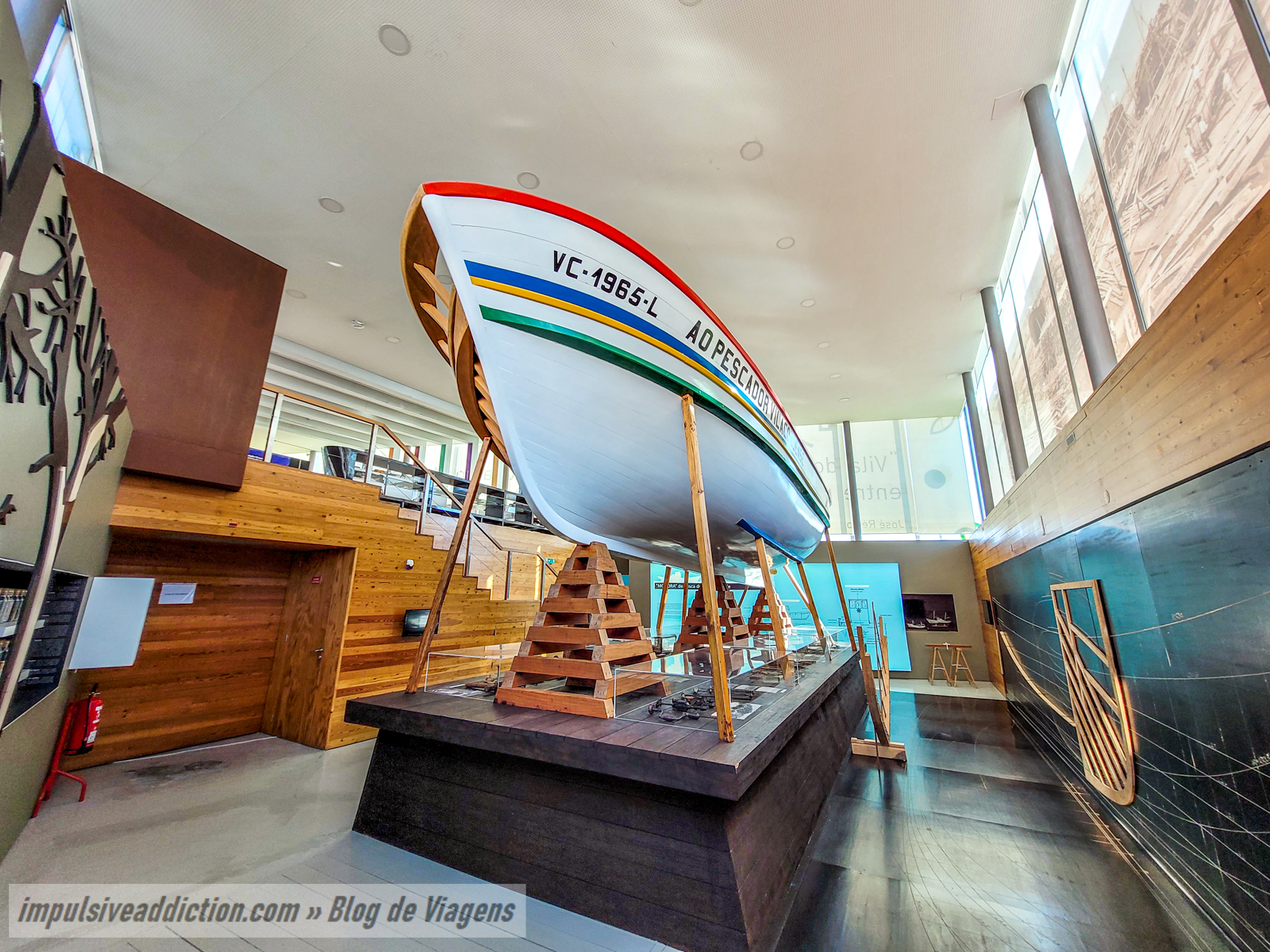
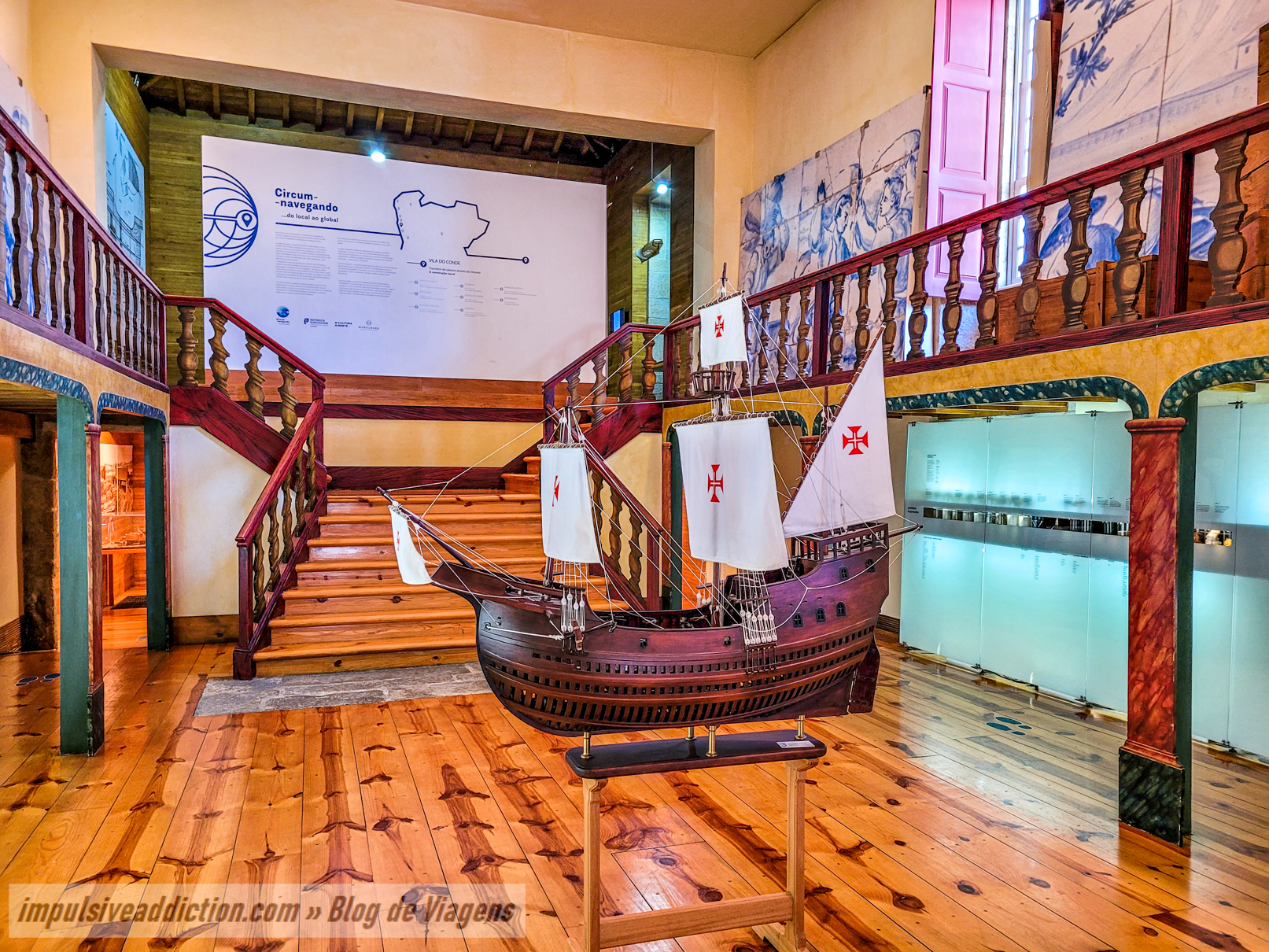
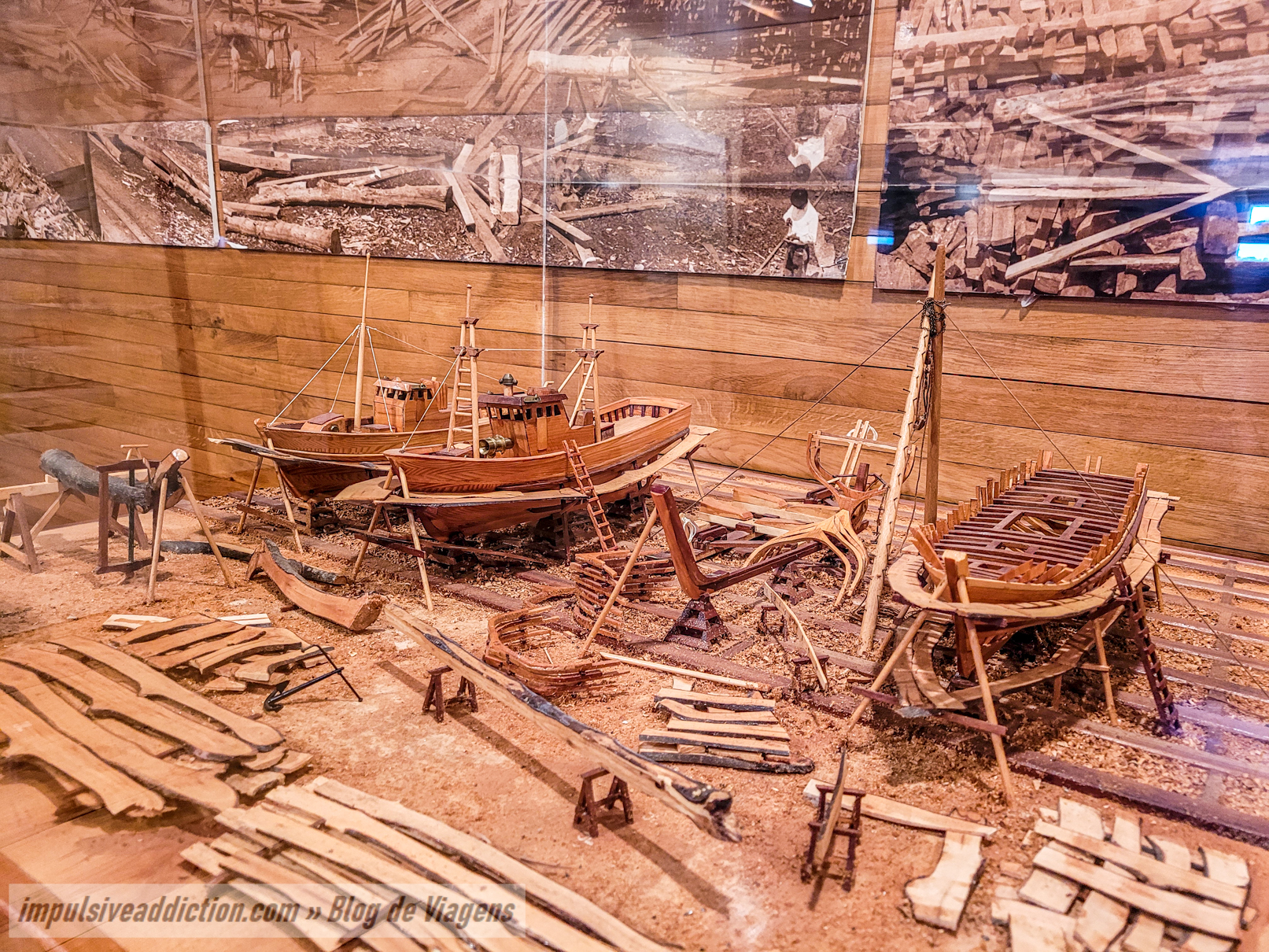
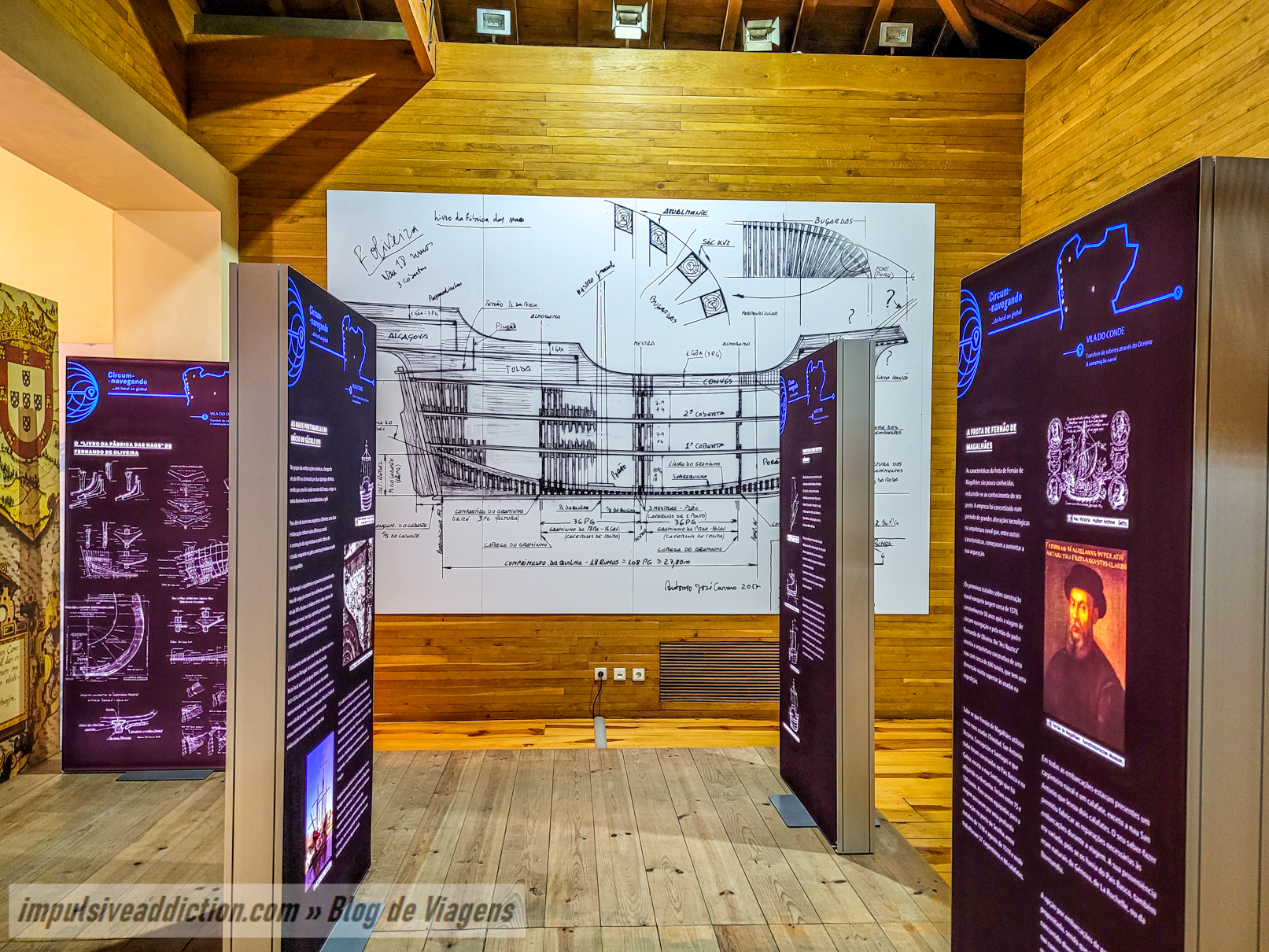
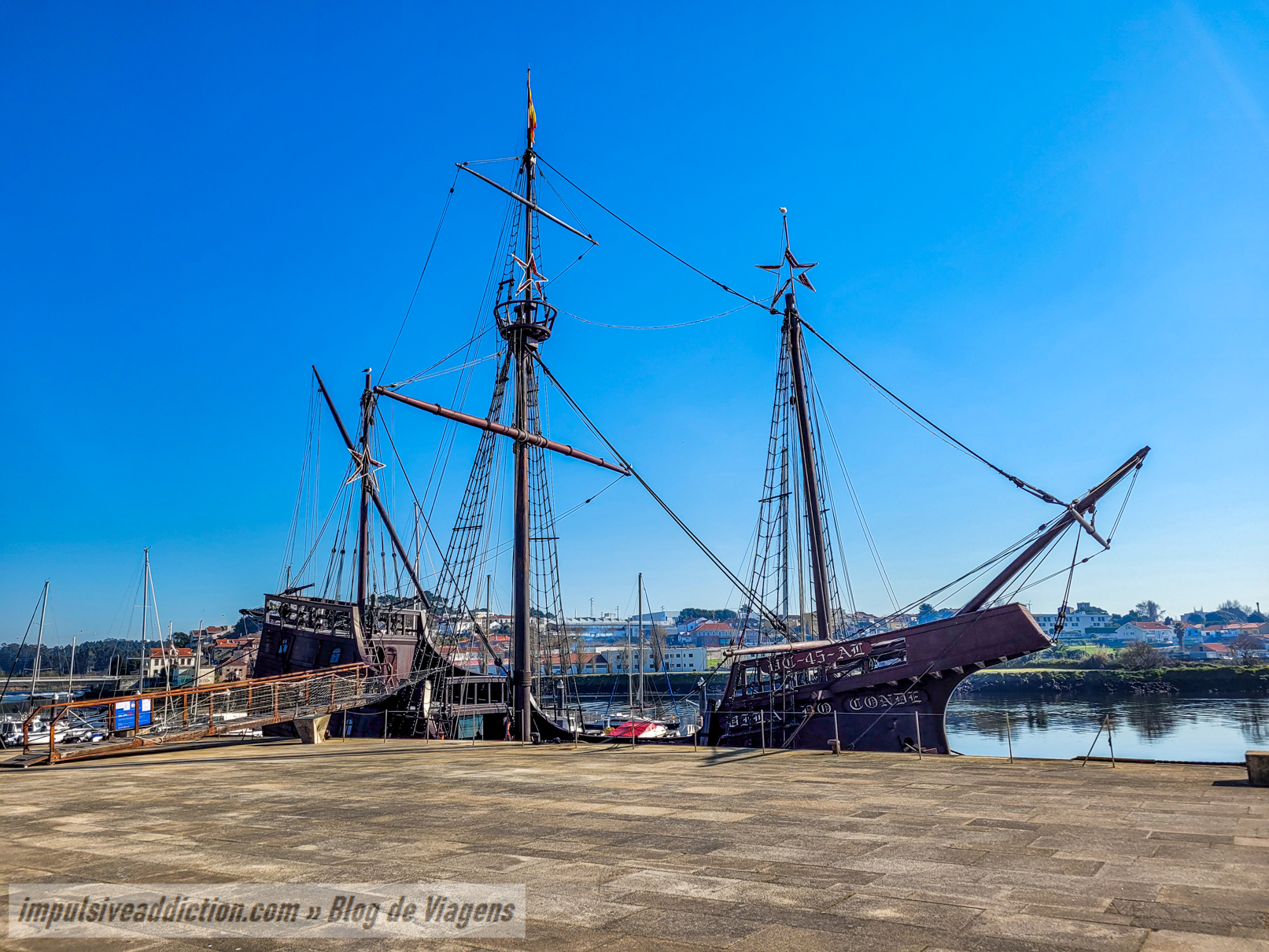
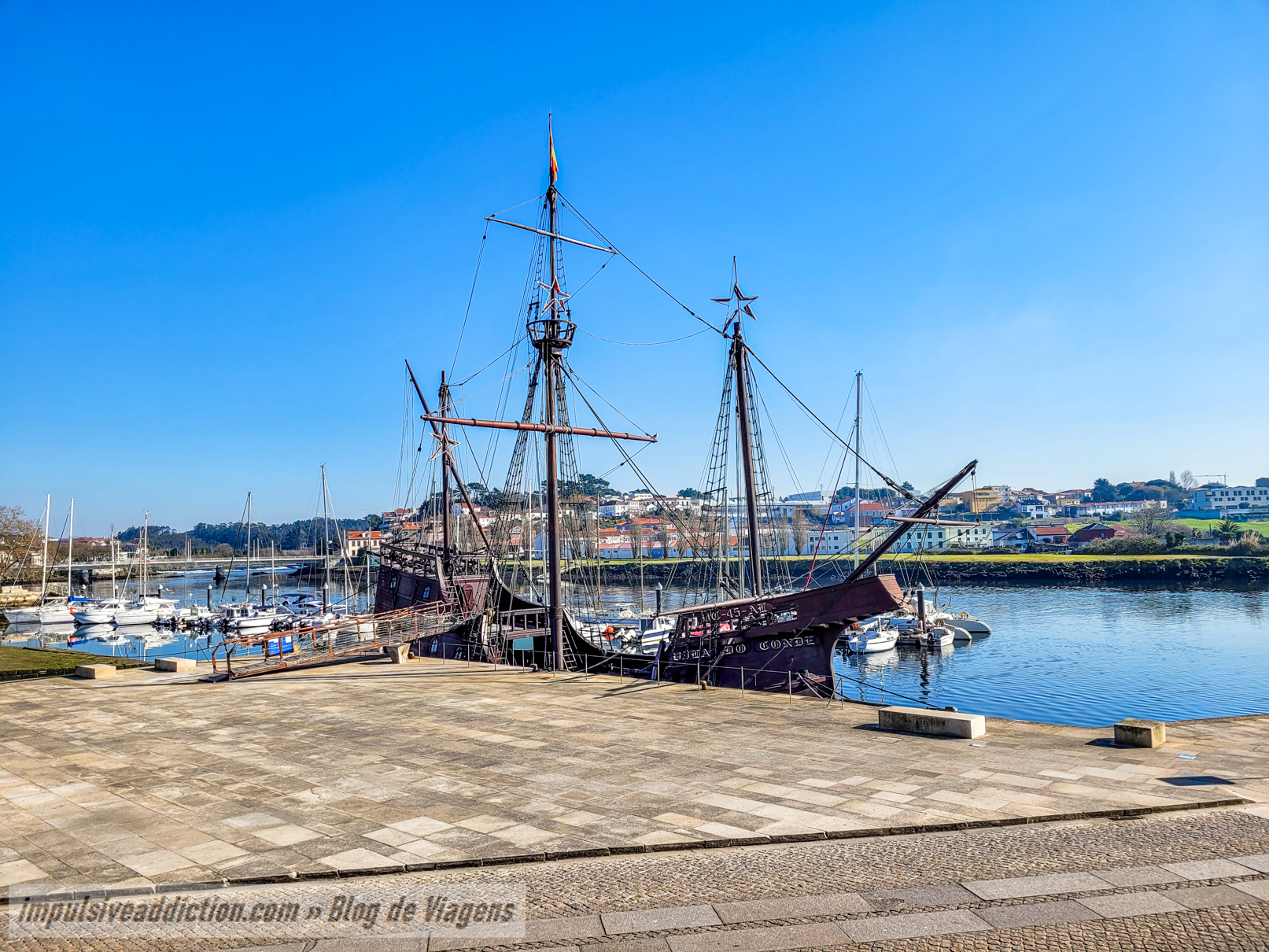
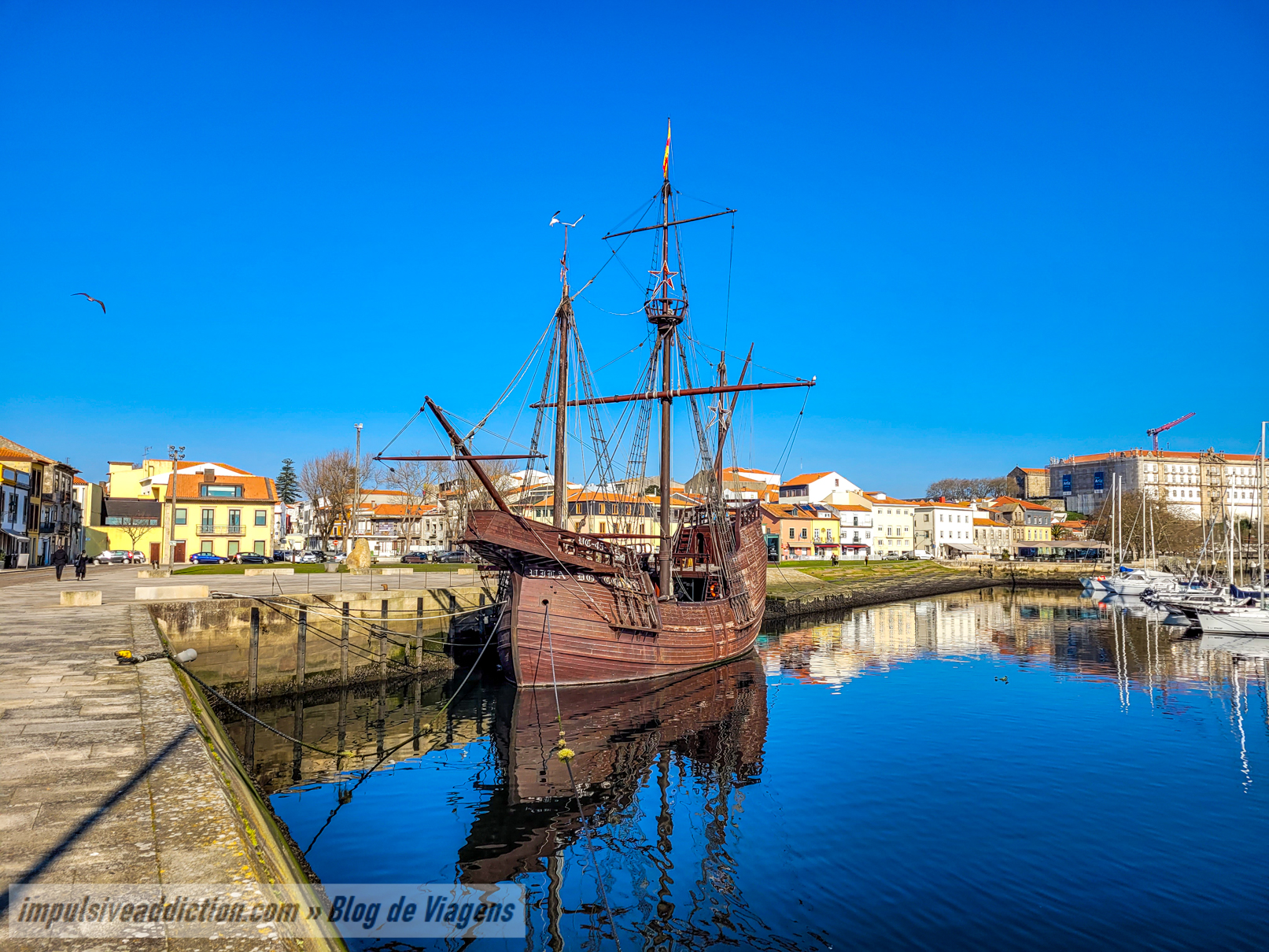
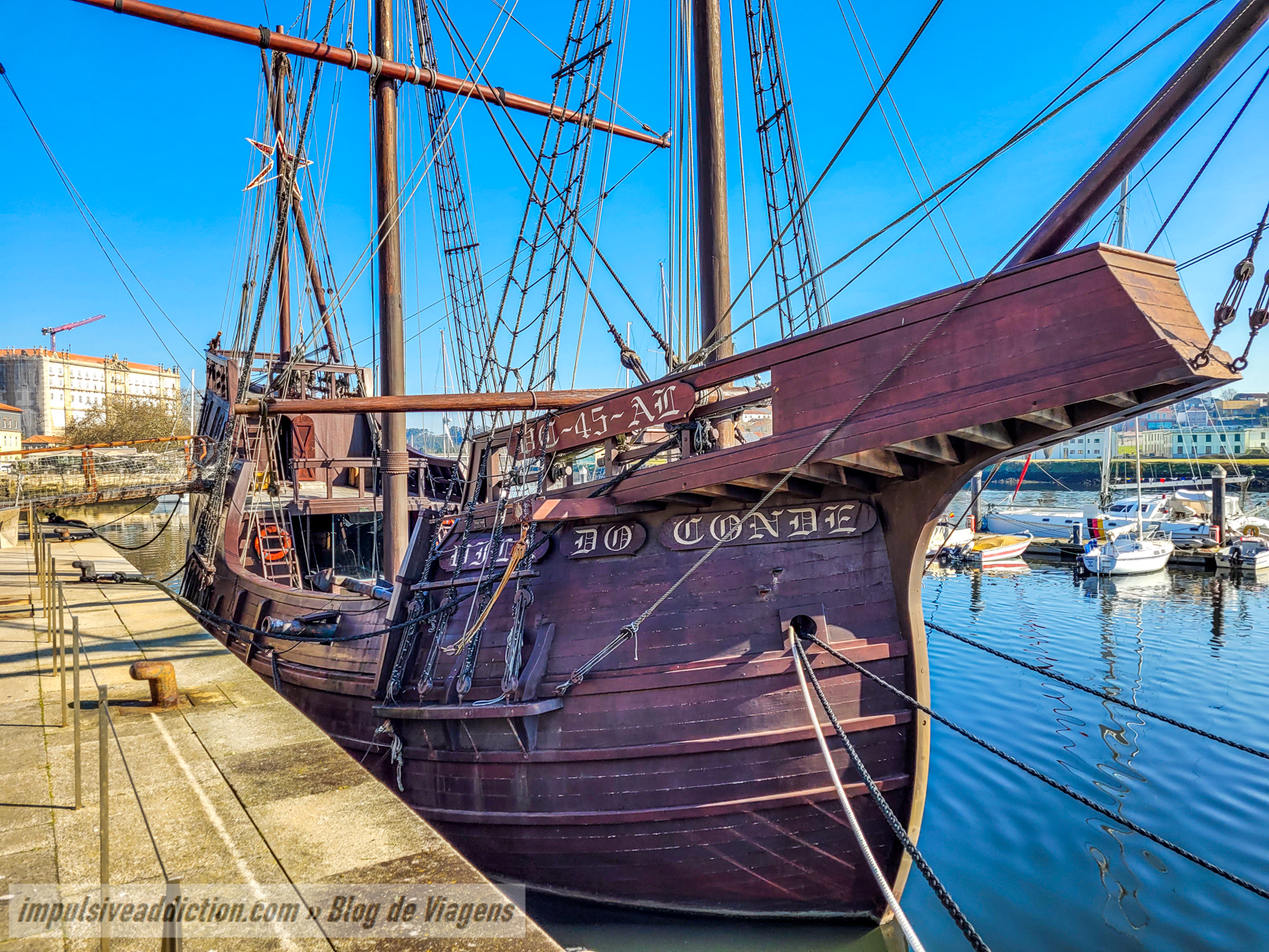
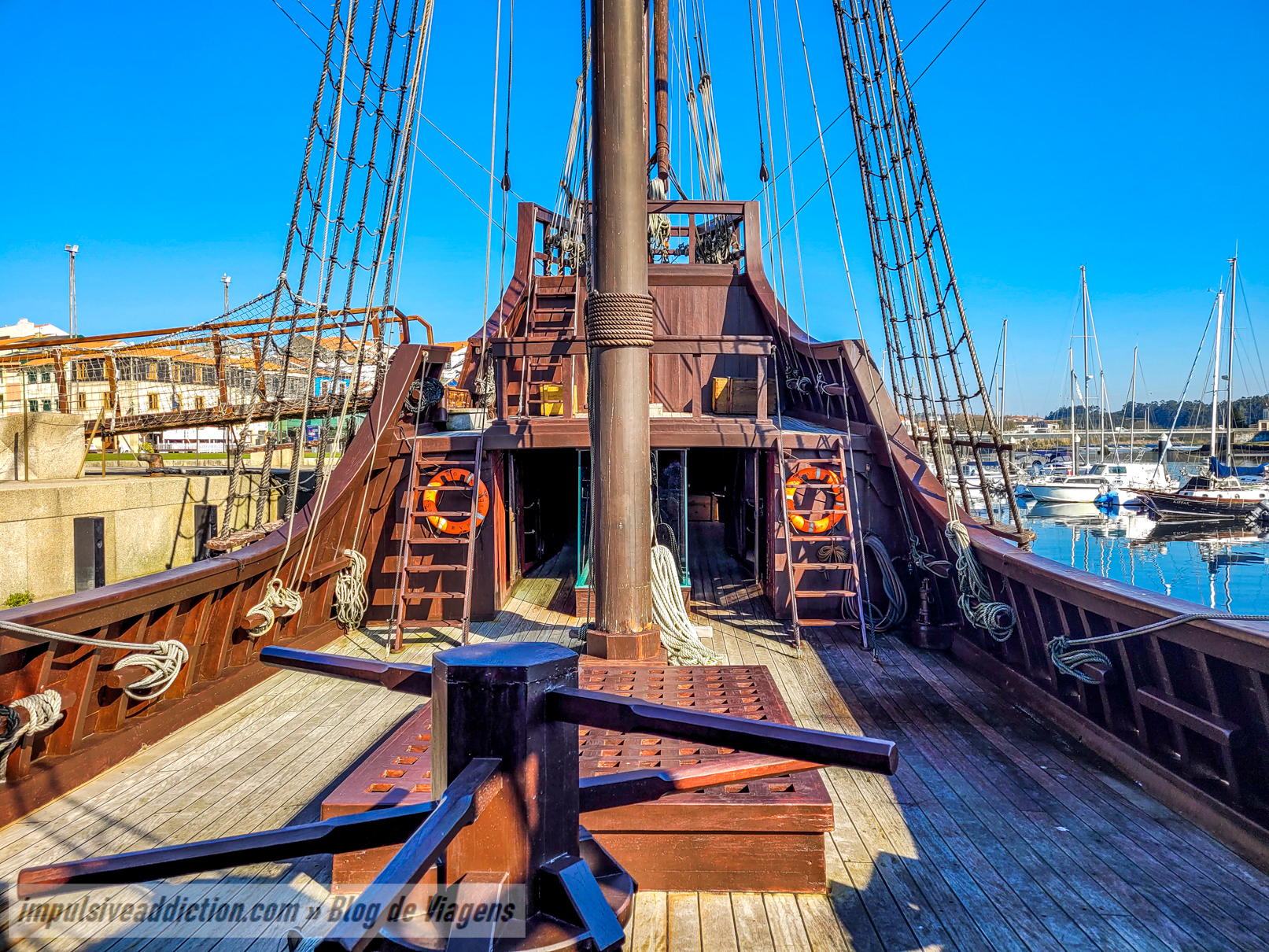
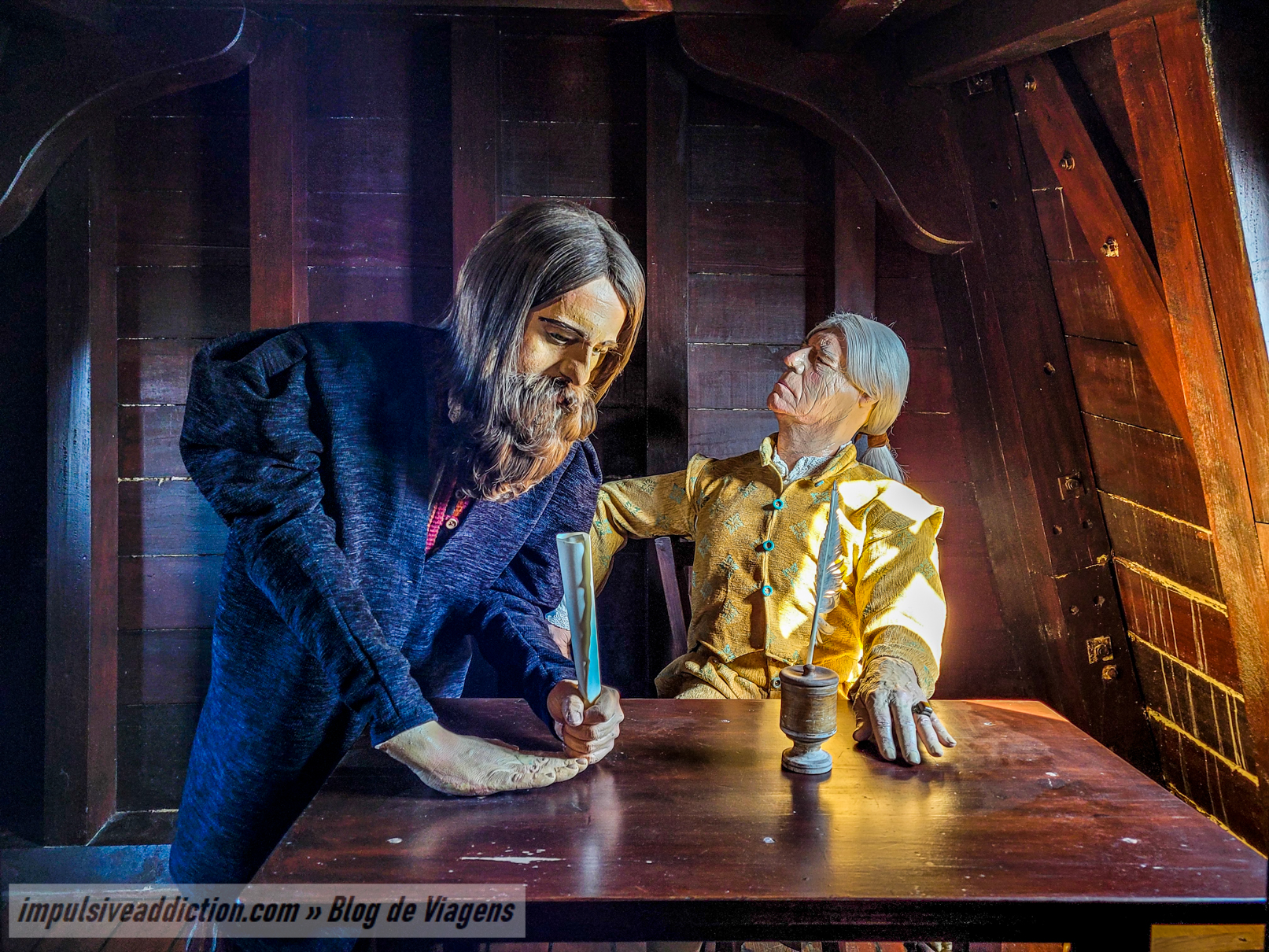
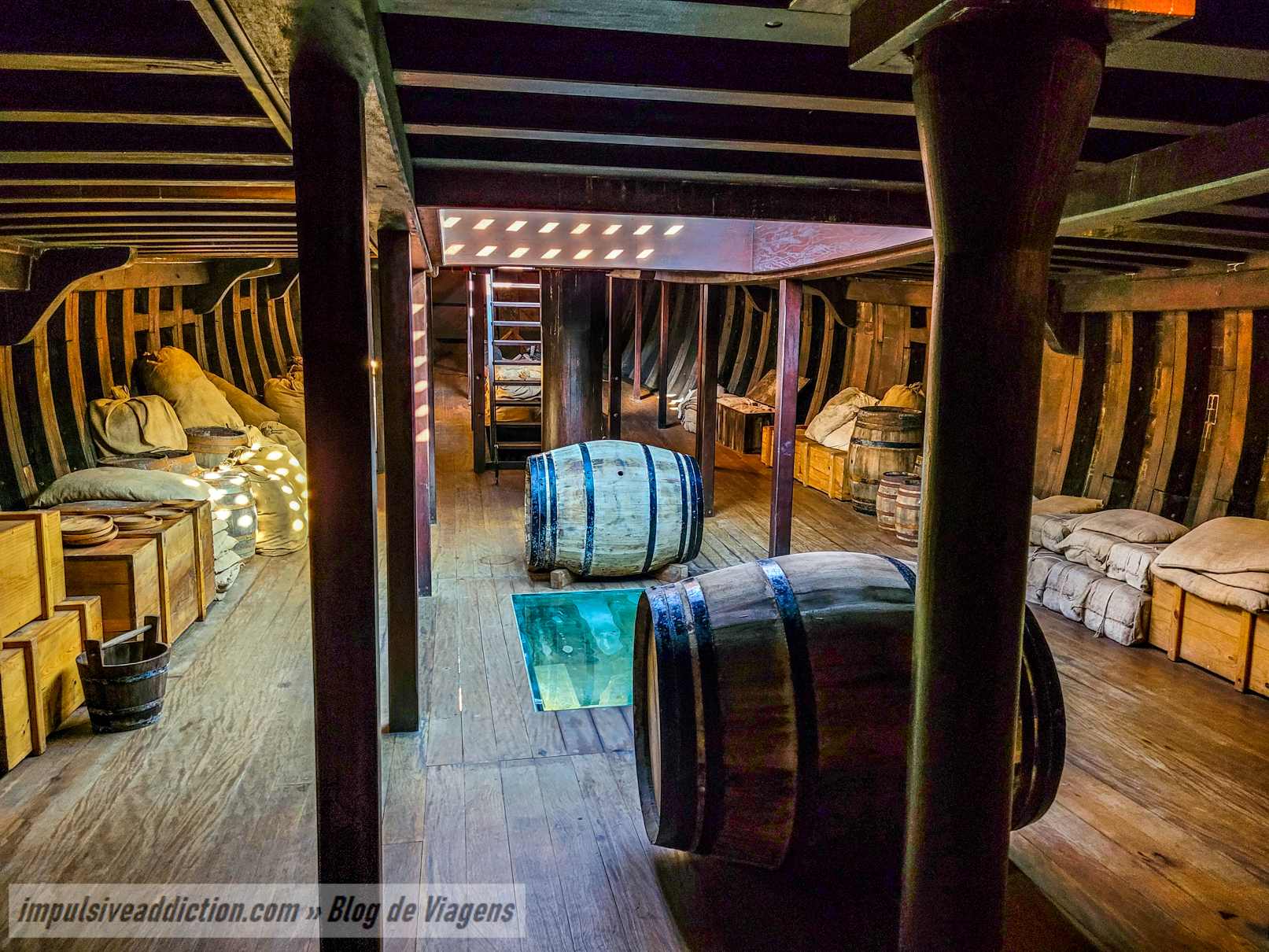
7. Chapel of Nossa Senhora do Socorro and D. João II Square
The Chapel of Nossa Senhora do Socorro is in a privileged position between Alfândega and D. João II squares, with a good viewpoint of both, River Ave, and even the 16th century ship and marina next to it. The chapel is very unique in style, and has tiles dating from the 18th century depicting the life of Christ. In D. João II square, the gigantic sundial undoubtedly stands out.
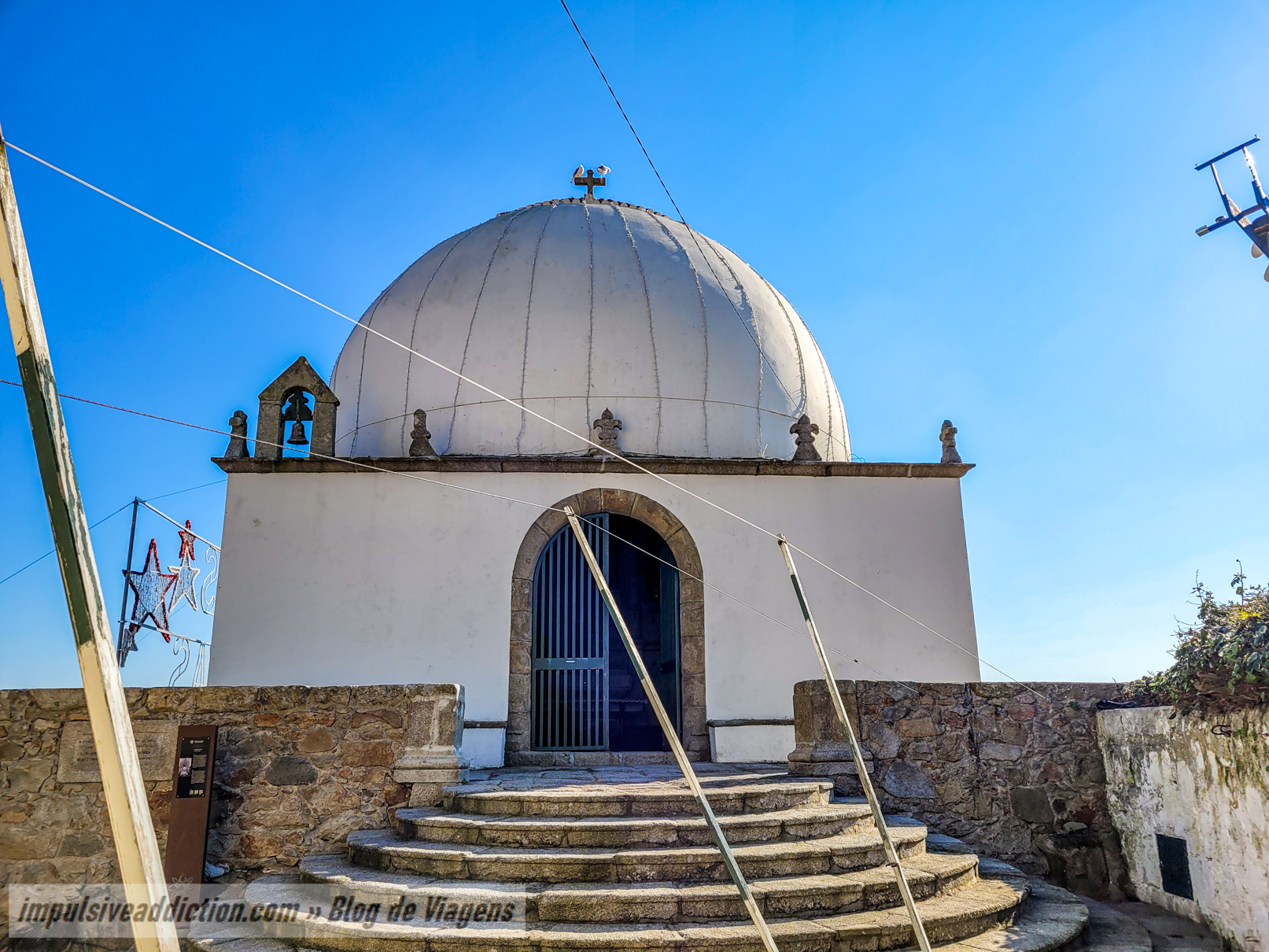
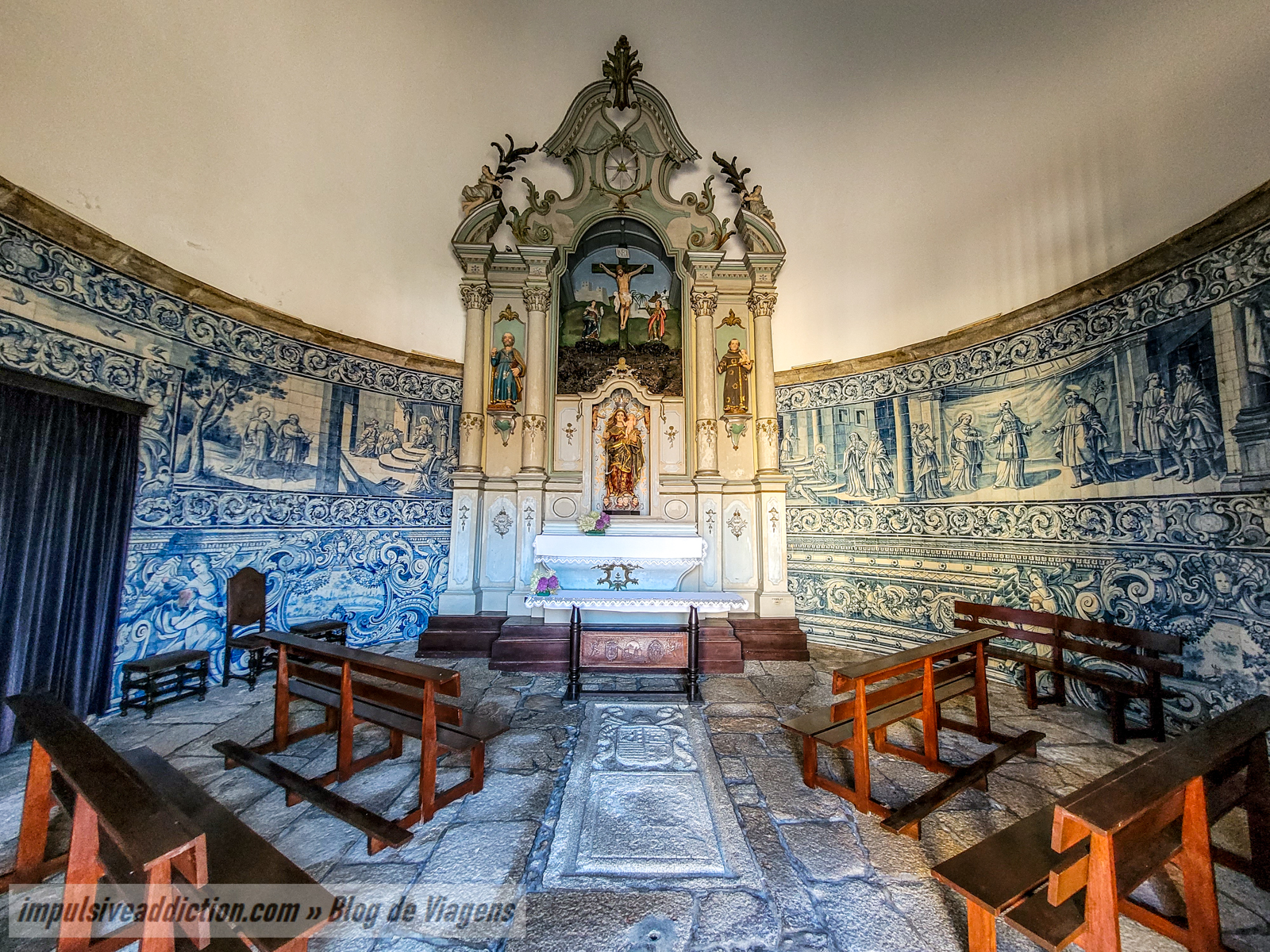
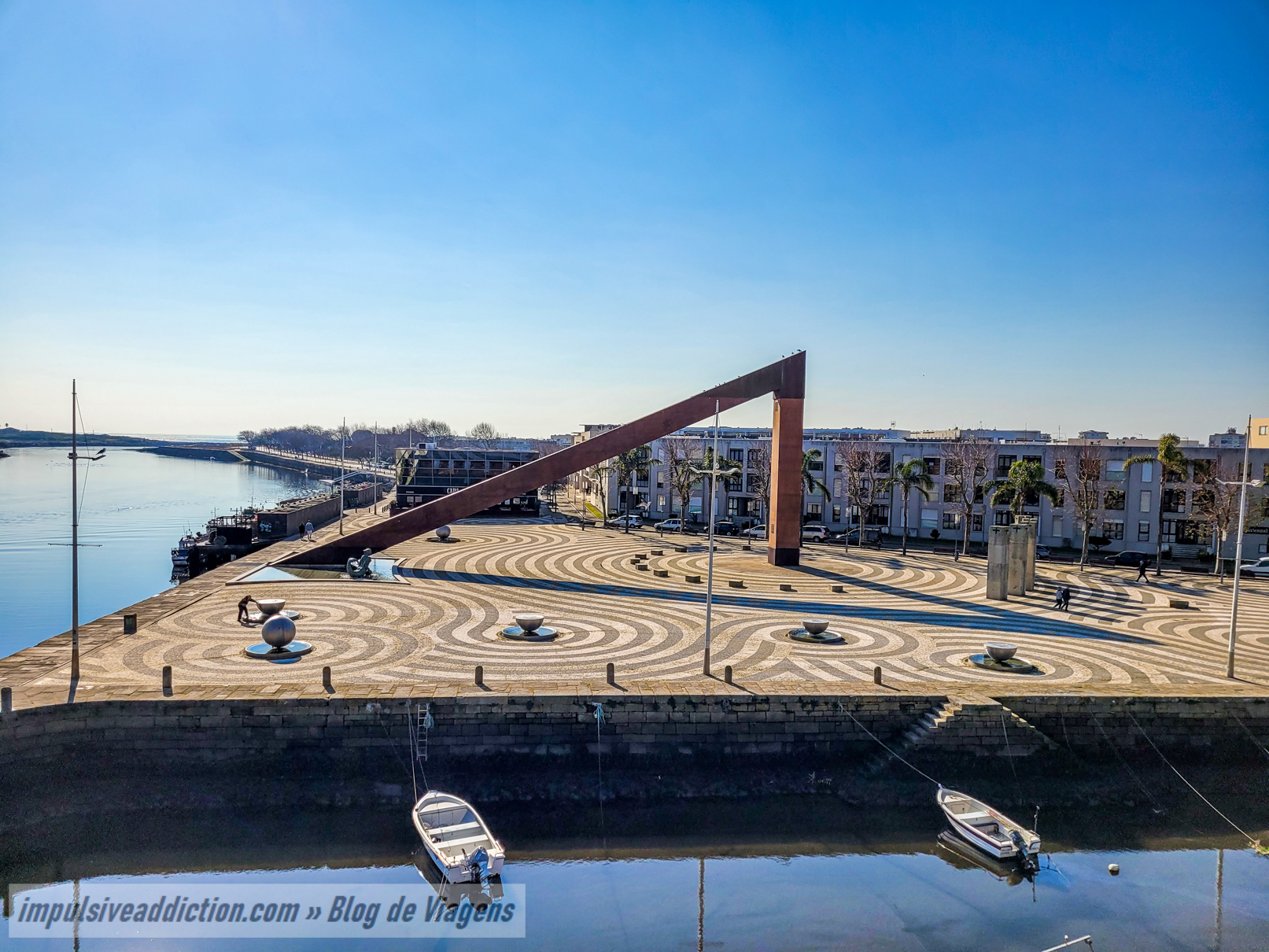
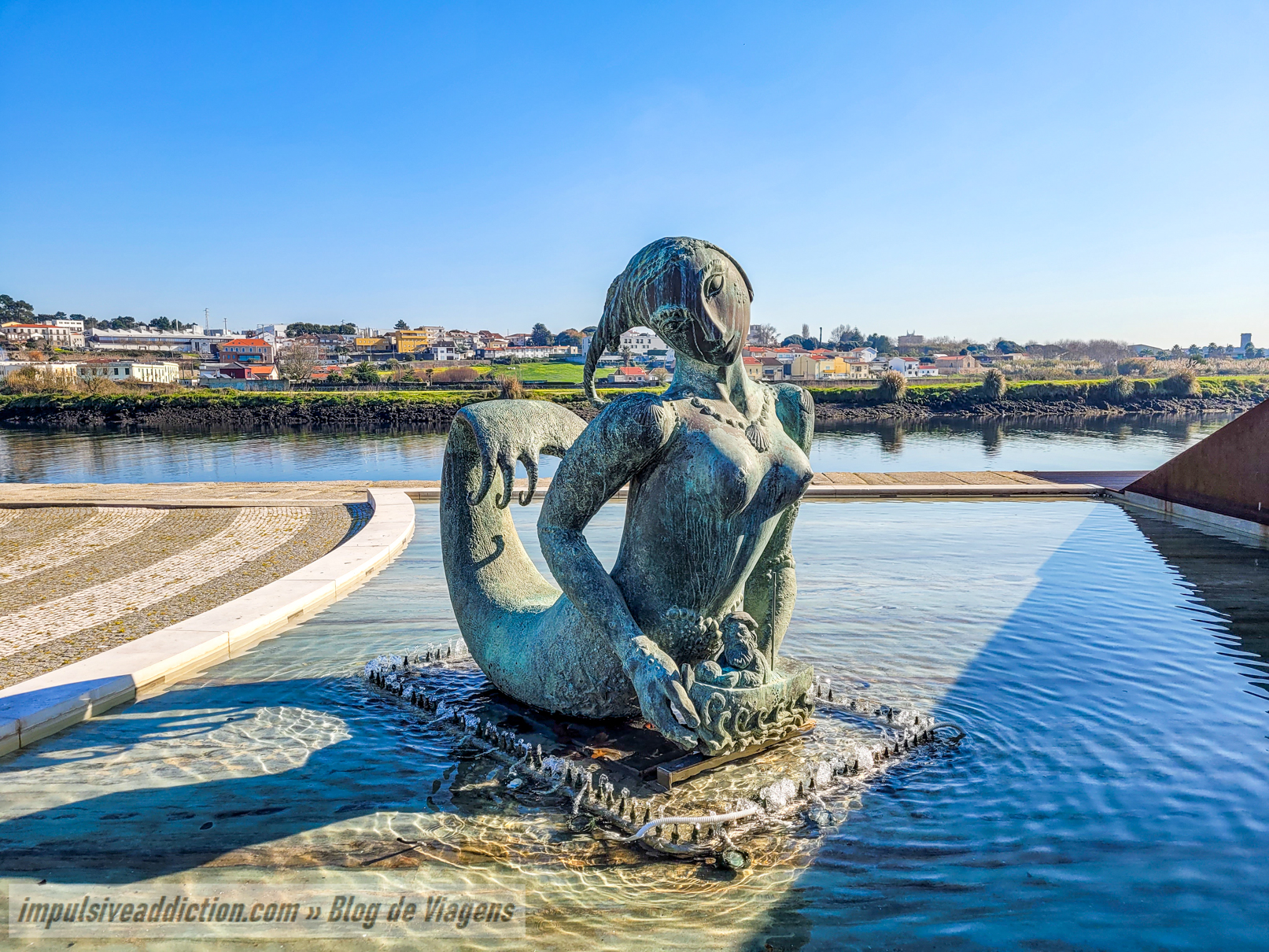
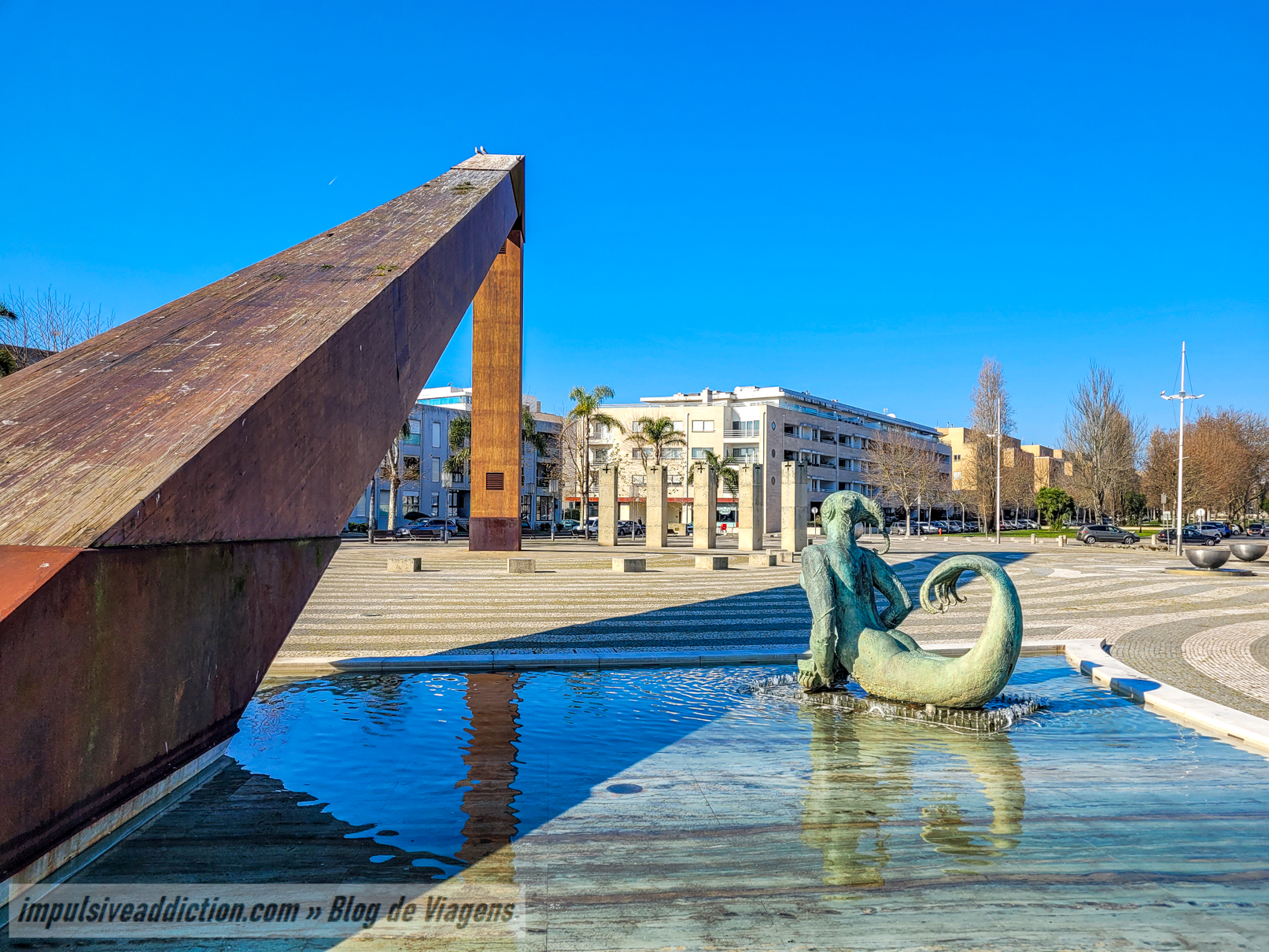
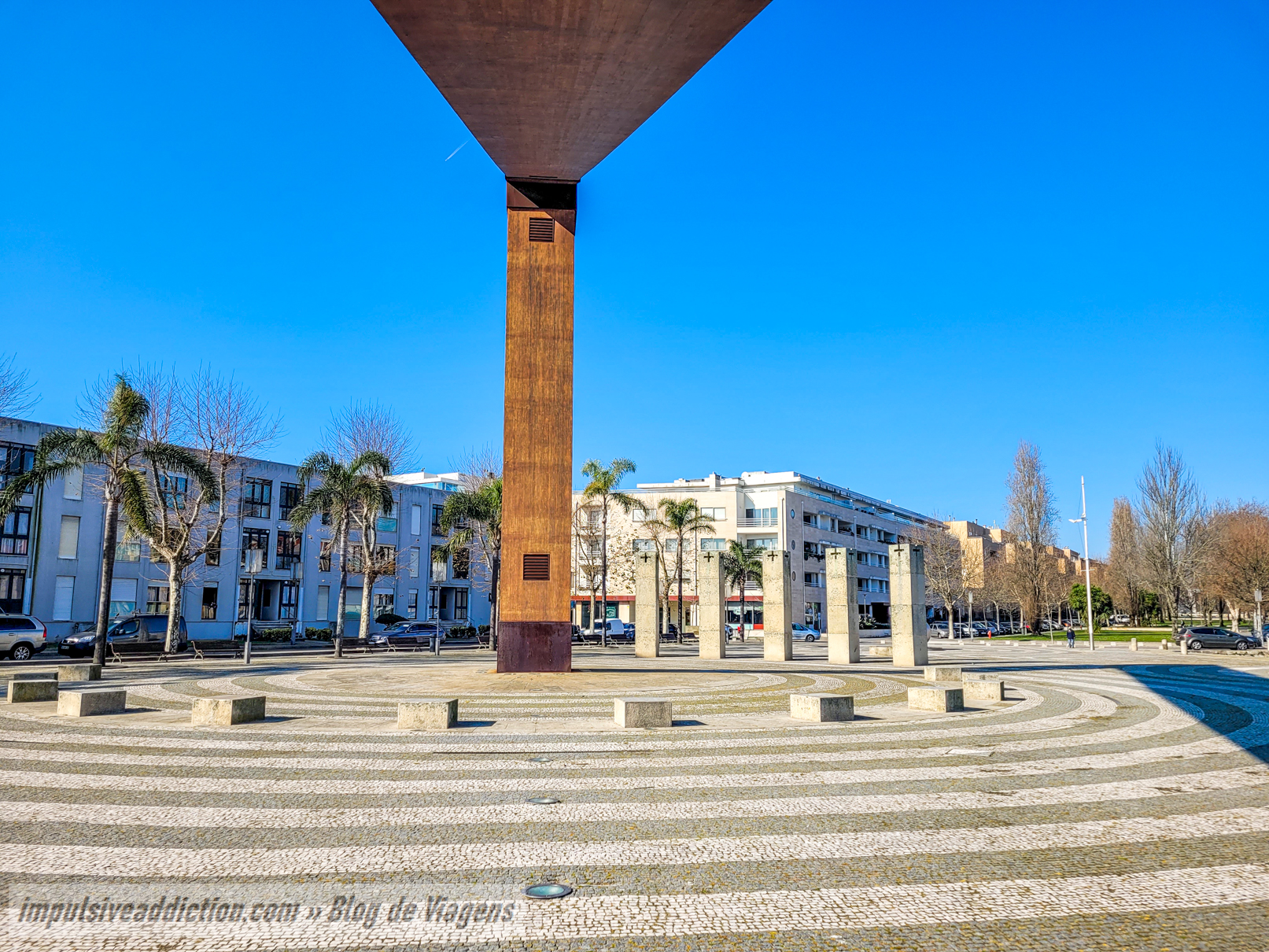
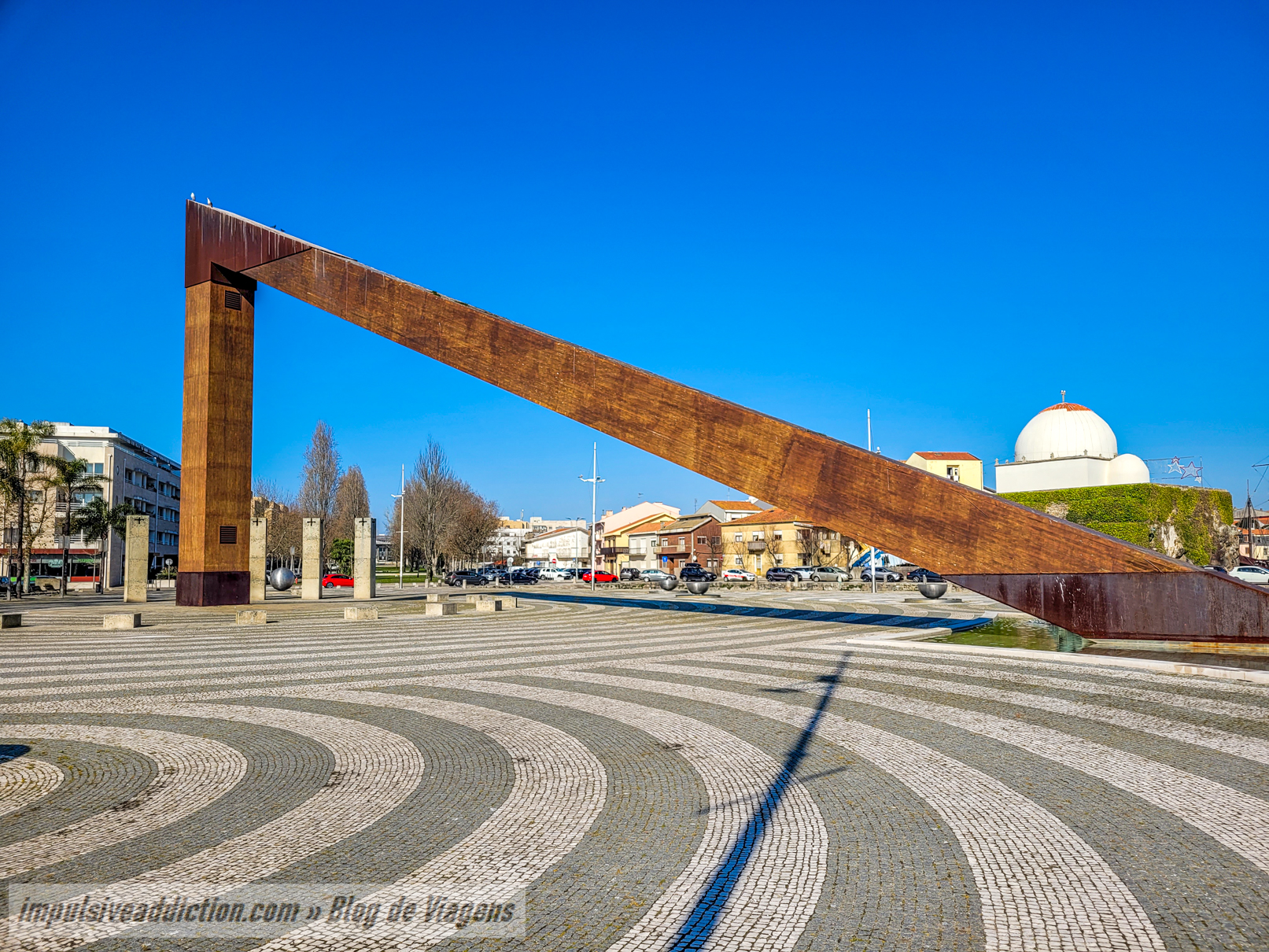
8. Alameda dos Descobrimentos and Júlio Graça Gardens
The huge Alameda dos Descobrimentos starts from D. João II square. It’s a landscaped area that stretches all the way to Vila do Conde Judicial Court, in a more modern part of the city. Just outside the courthouse you’ll find the Municipal Theatre.
Júlio Graça Gardens are even more beautiful, in my opinion. The Playground of Vila do Conde stands out at one end and the bandstand square at the other. Don’t forget to stop by the Church of Nossa Senhora do Desterro and to admire the fountains and lakes along the avenue, as well as its many plane trees.
Every year, Júlio Graça Avenue has been the stage for various municipal fairs, such as the Handicraft Fair, the Gastronomy Fair and the Agricultural Activities Fair. At the top, I can’t fail to mention the 19th century Palacete Melo, nowadays used as the Youth Hostel of Vila do Conde, where you can stay overnight.
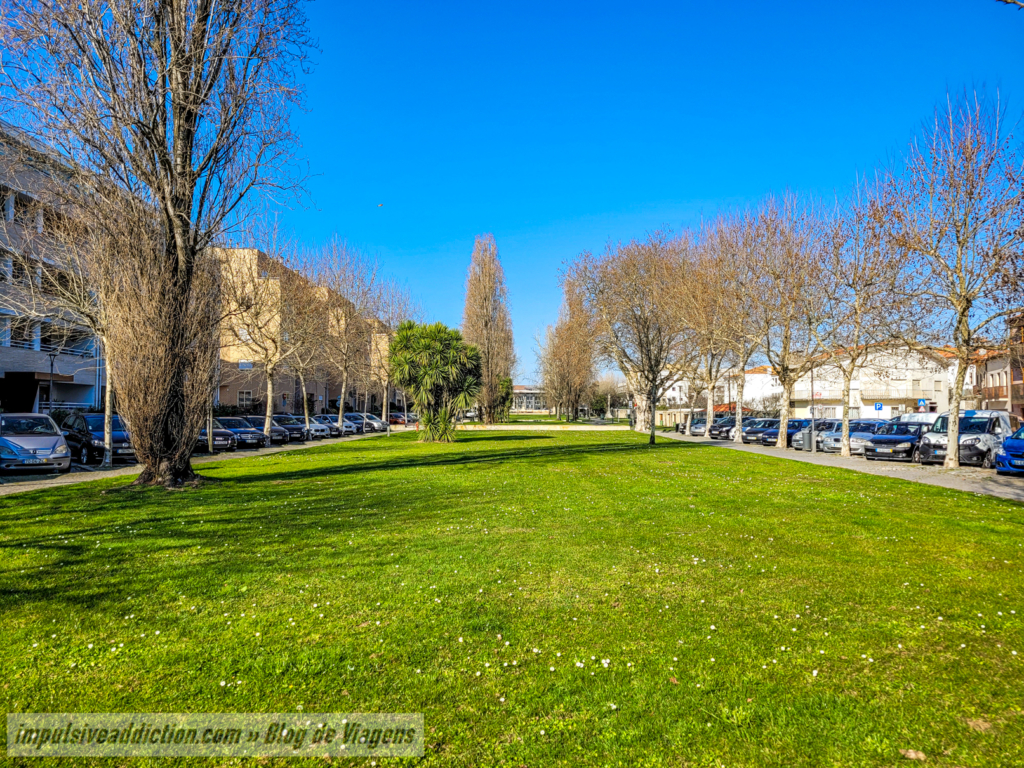
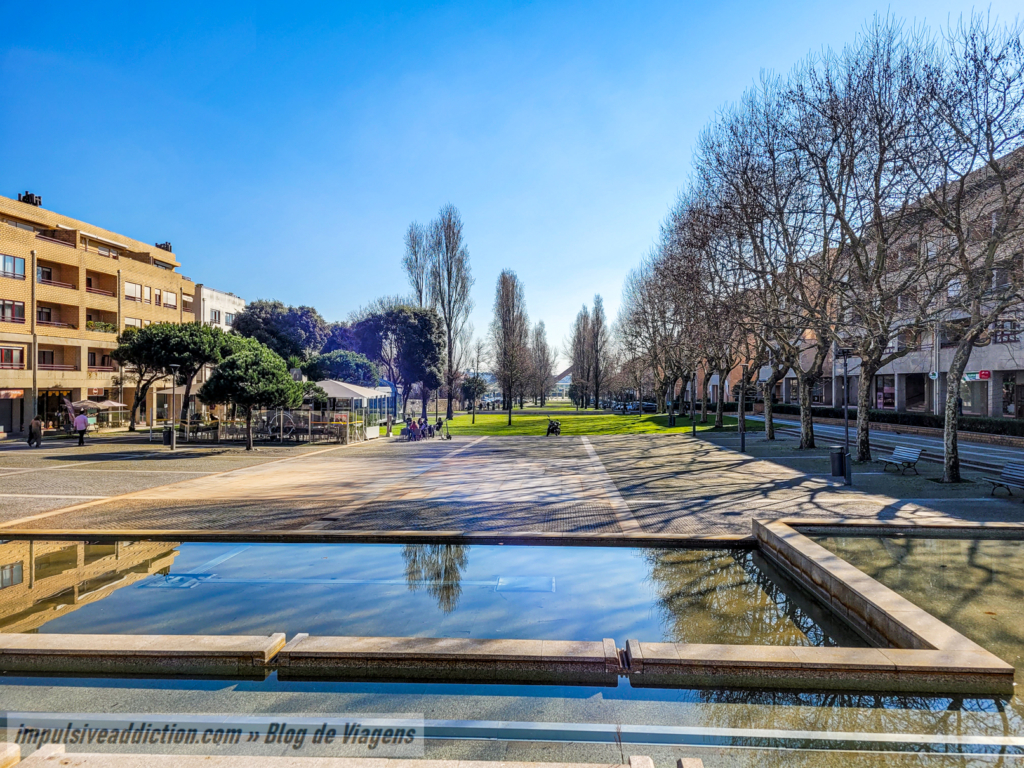
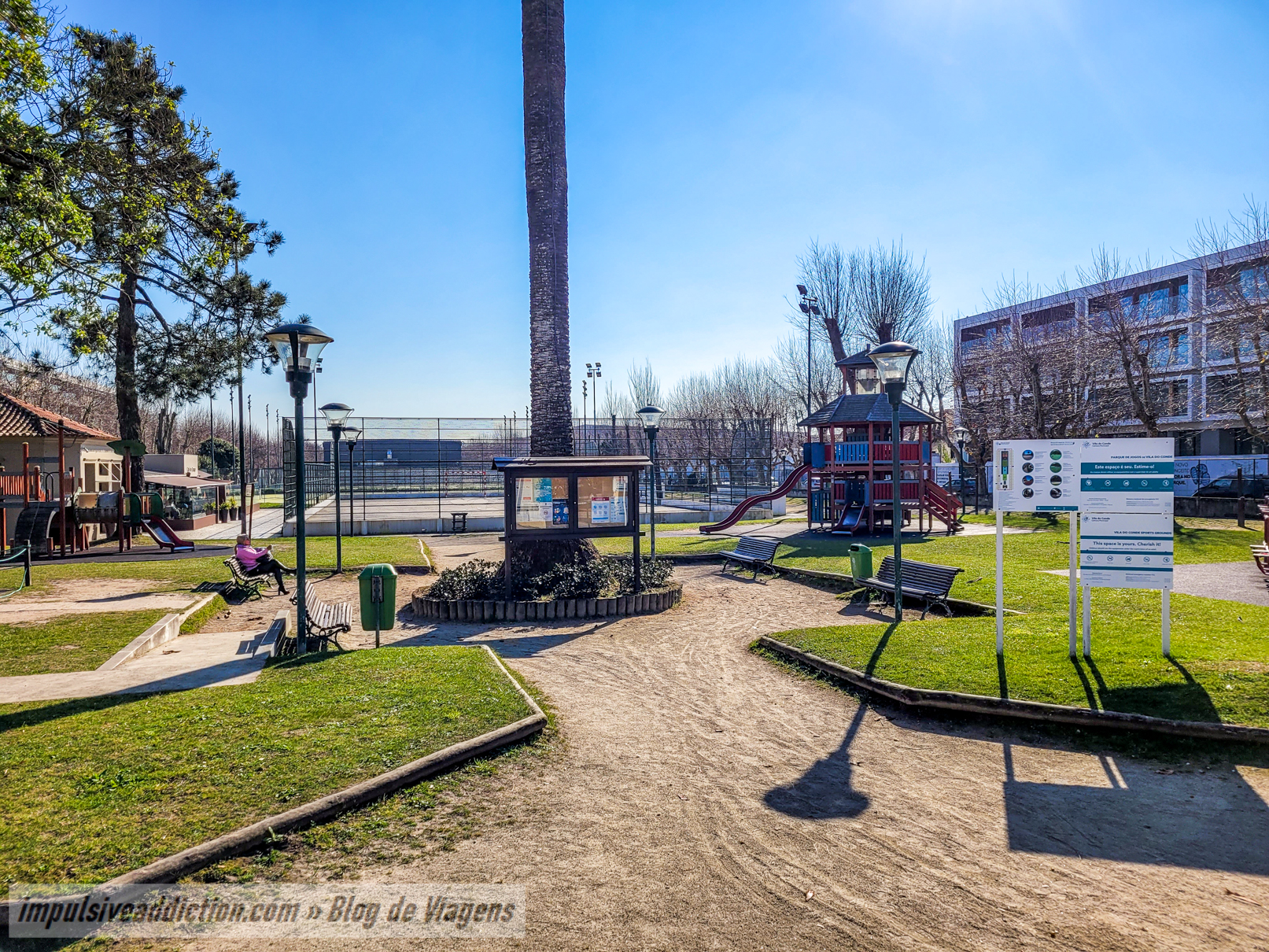
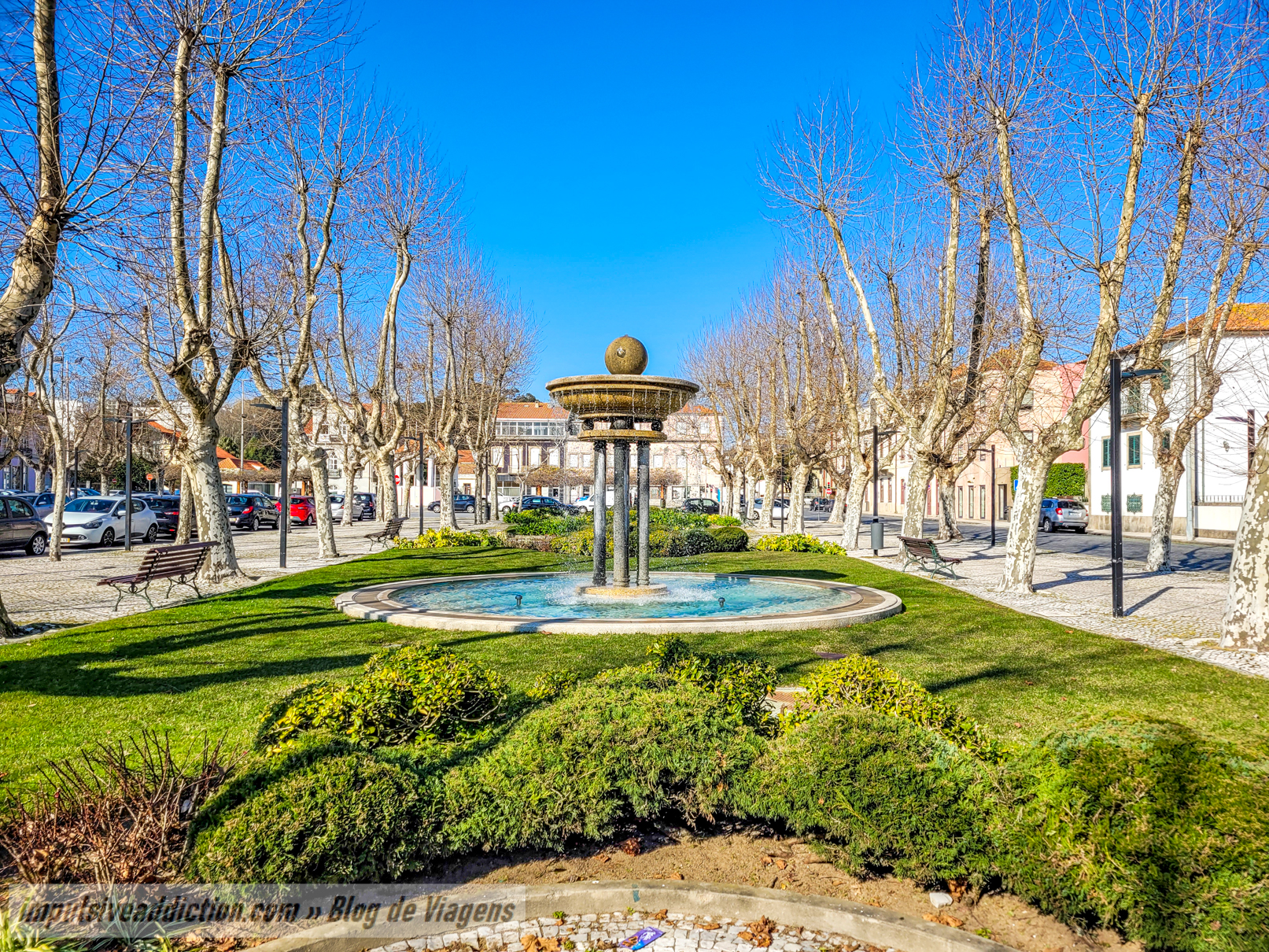
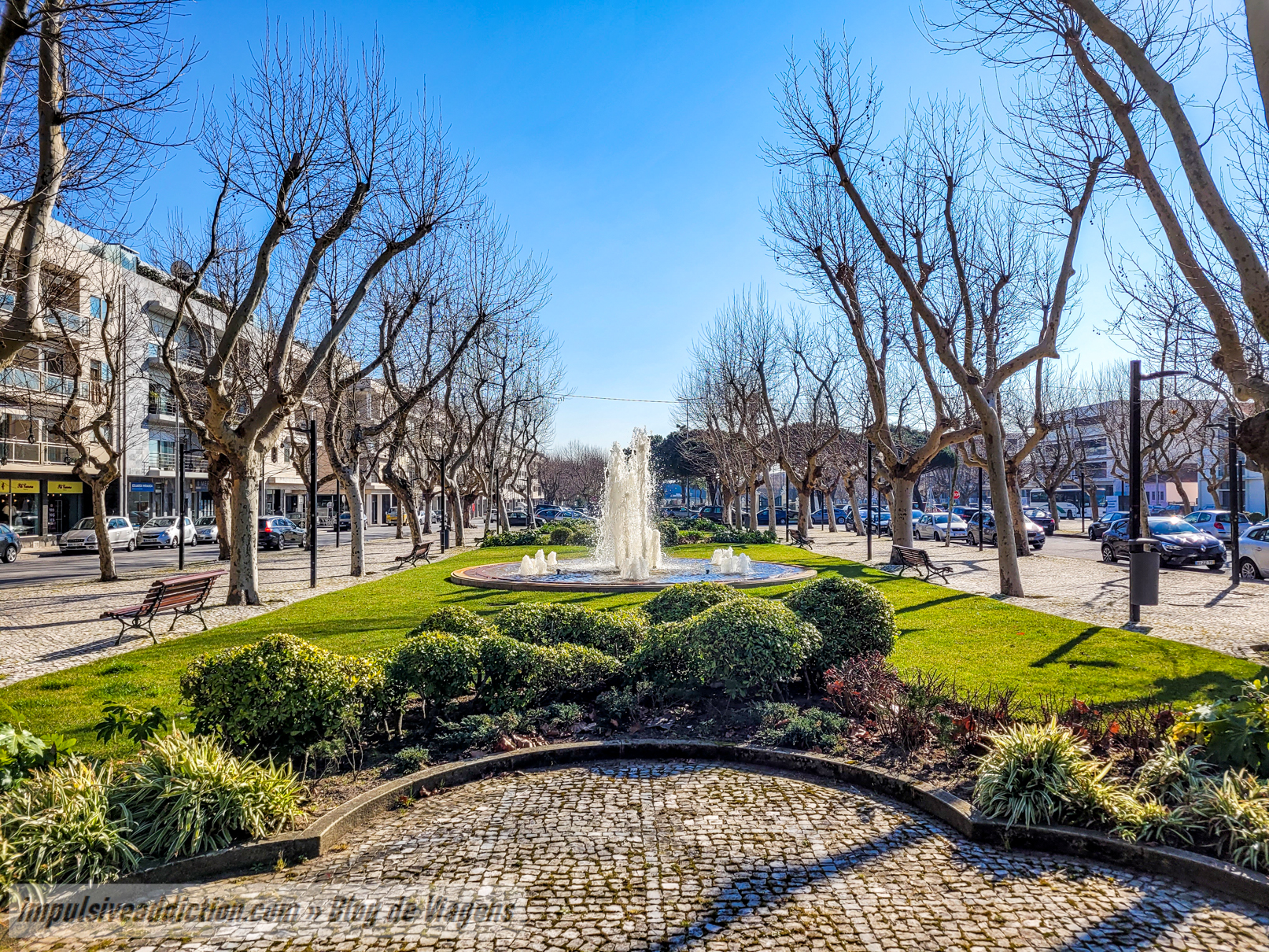
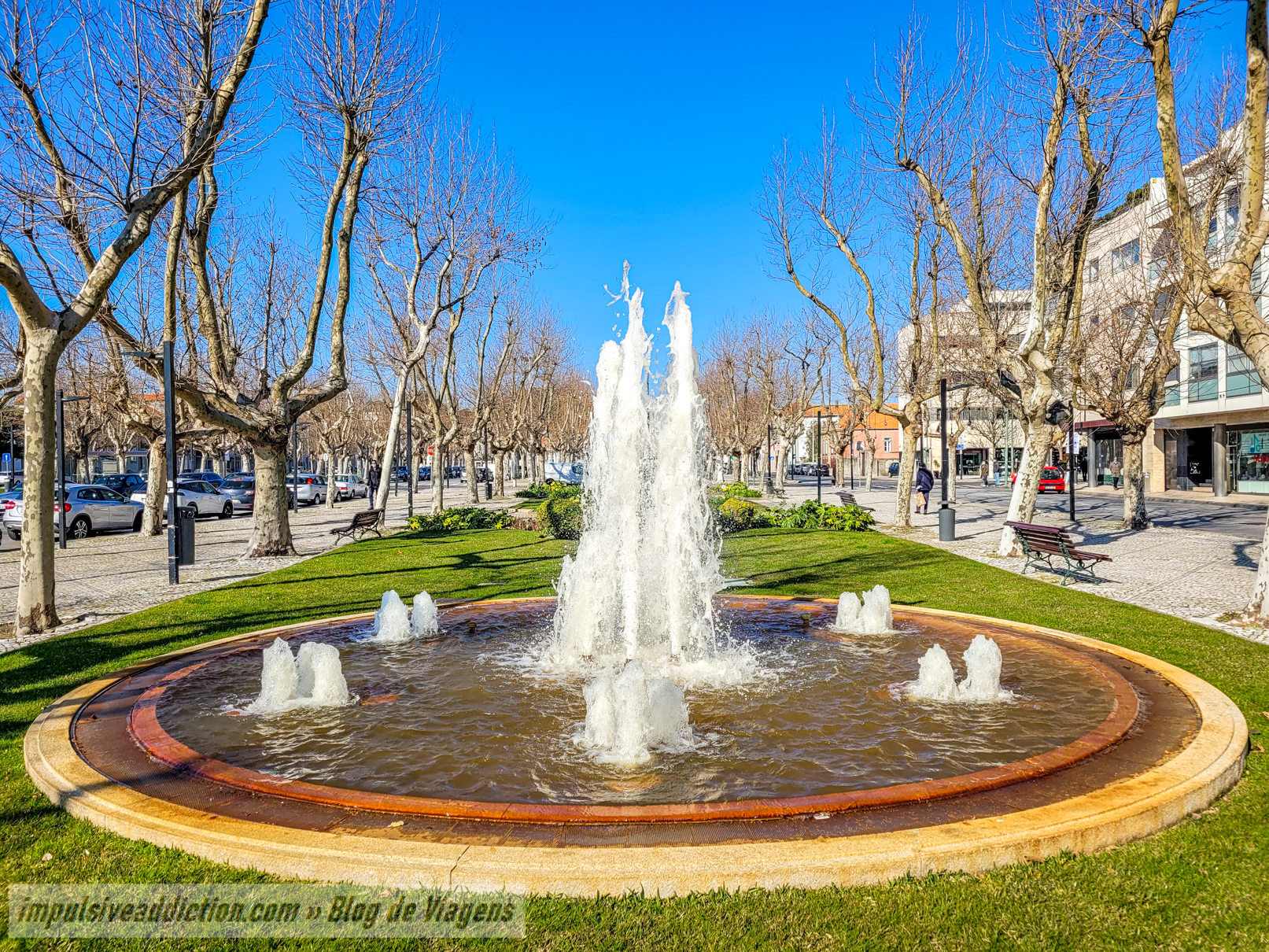
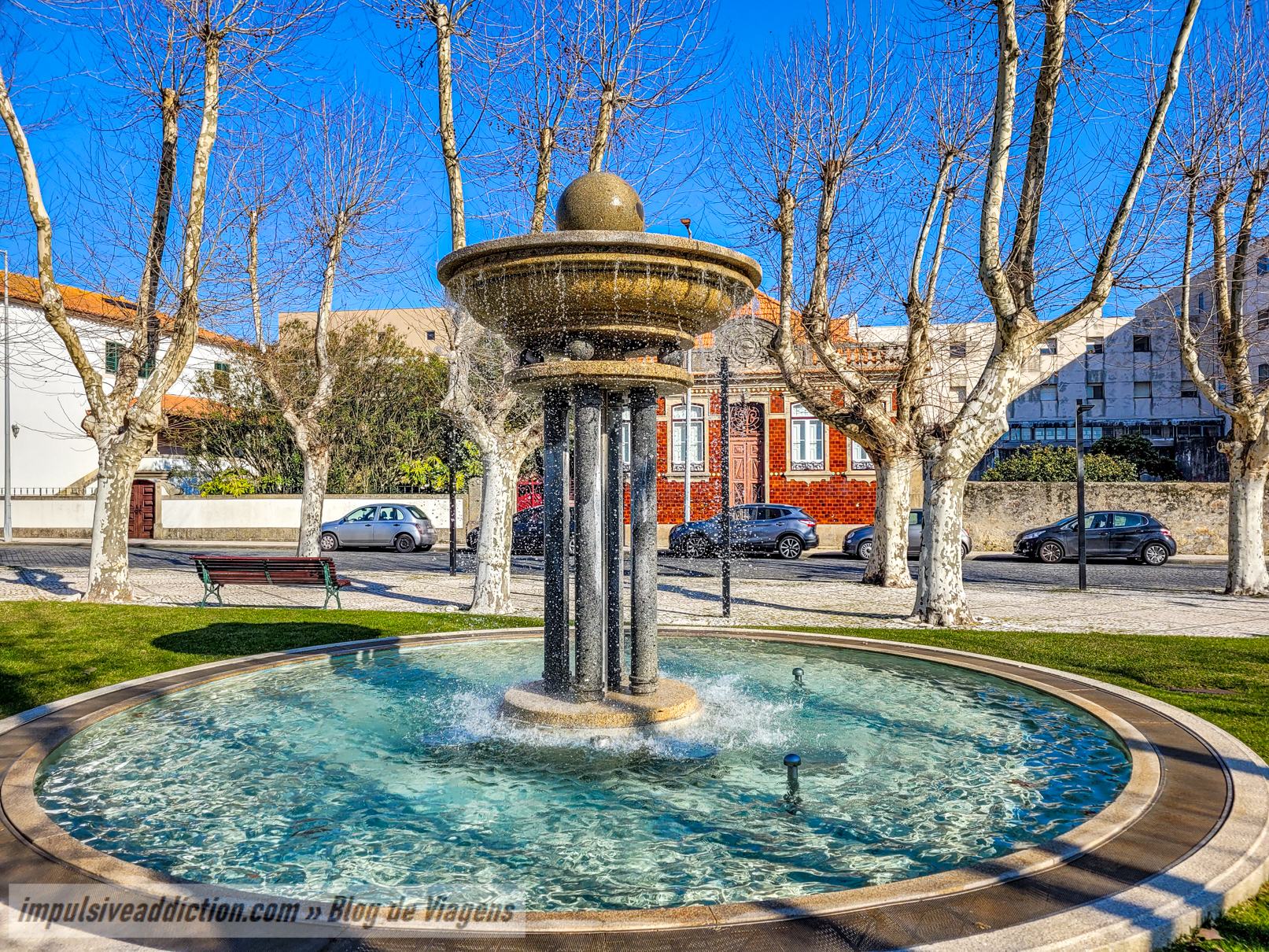
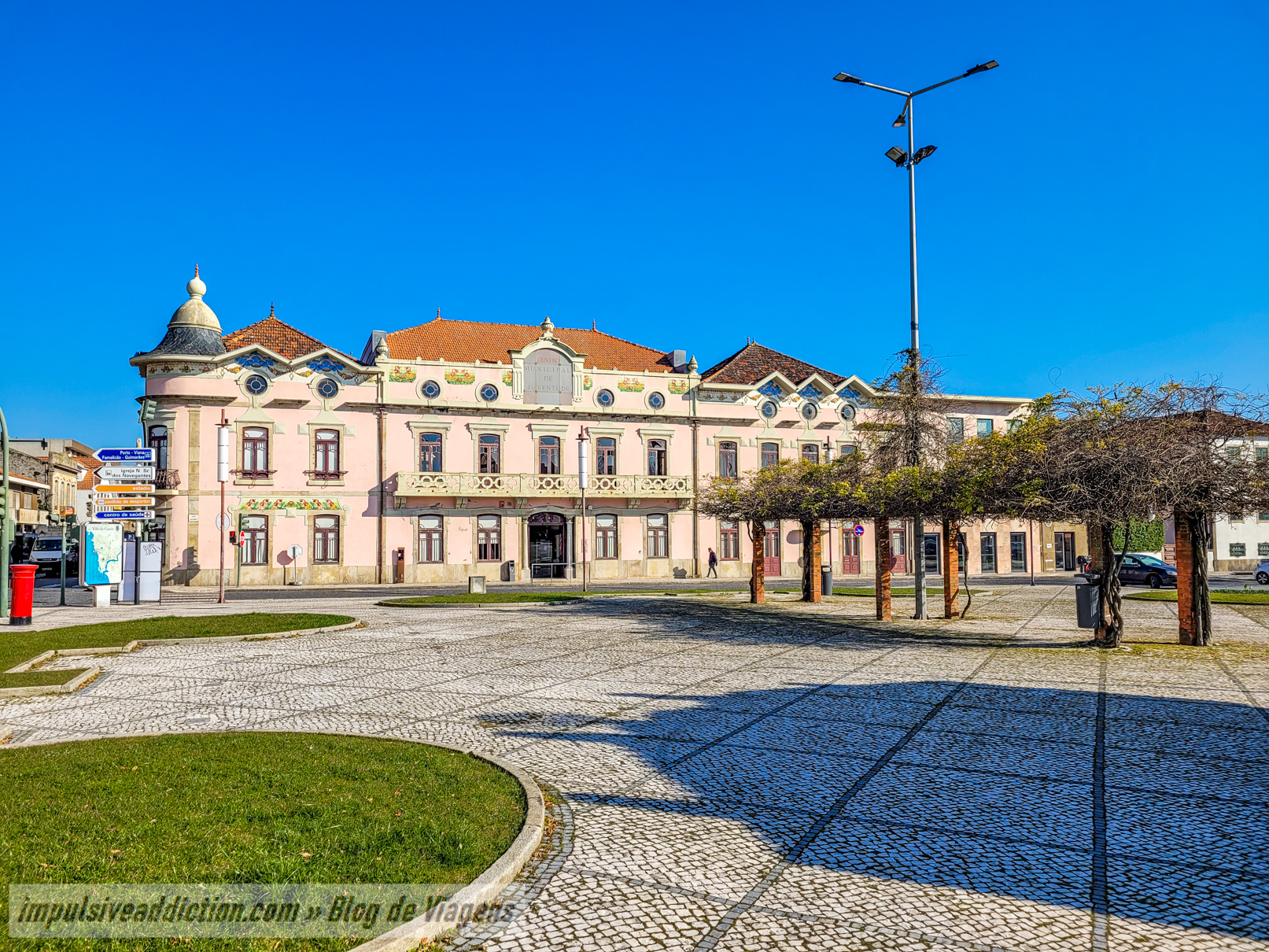
9. Misericórdia Church and Misericórdia Memories Interpretive Center
Santa Casa da Misericórdia in Vila do Conde was founded at the beginning of the 16th century. The Misericórdia Church itself was built shortly afterwards. Don’t miss out on visiting it, and also the museum of the memories of Santa Casa, with its collection of sacred art.
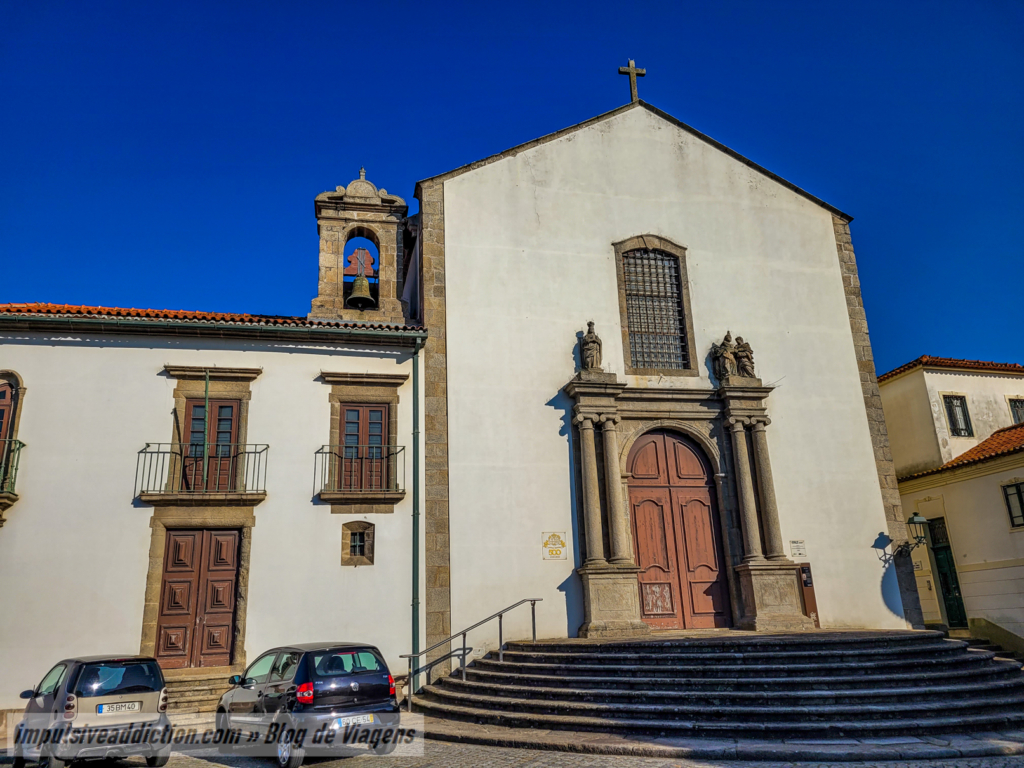
10. Vasco da Gama Square and São João Baptista Church
Vasco da Gama Square surprised me in a good way, and the same goes for the Mother Church. There I began to see Vila do Conde with new eyes, as a city with one of the best and most beautiful historical centers on the Portuguese coast.
The Mother Church of São João Baptista dates from the late 15th century and has a beautiful Manueline portico. In Vasco da Gama square you’ll also find the Town Hall building and the pillory, both from the 16th century. It’s worth noting that the Town Hall has always been based here, from the time the building was built to the present day.
There was also a public jail in this square, which was in operation until the beginning of the 20th century. It was this jail that prompted the construction of the Chapel of Nosso Senhor da Agonia at the end of the 17th century, so that prisoners could attend mass from their cells.
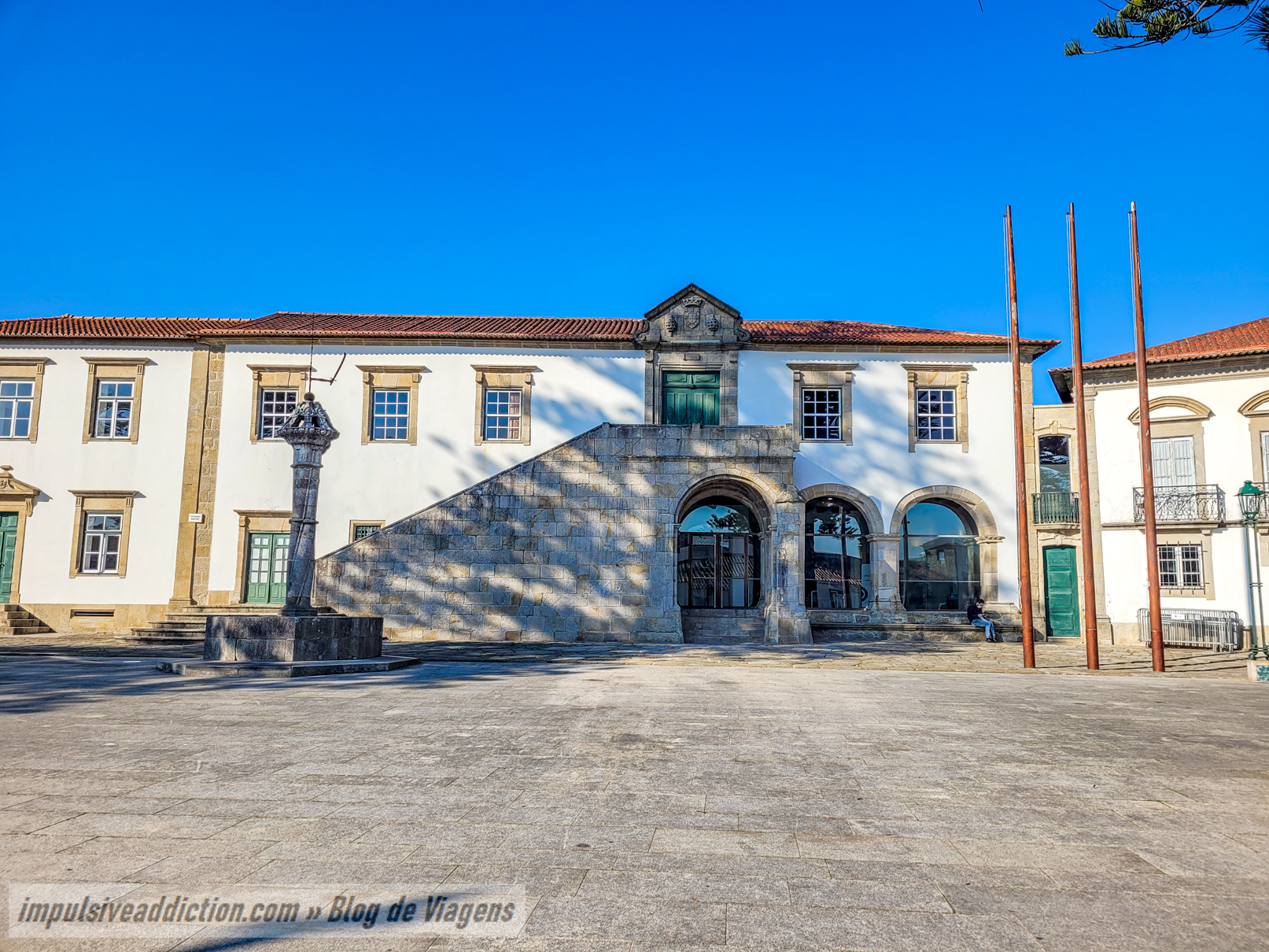
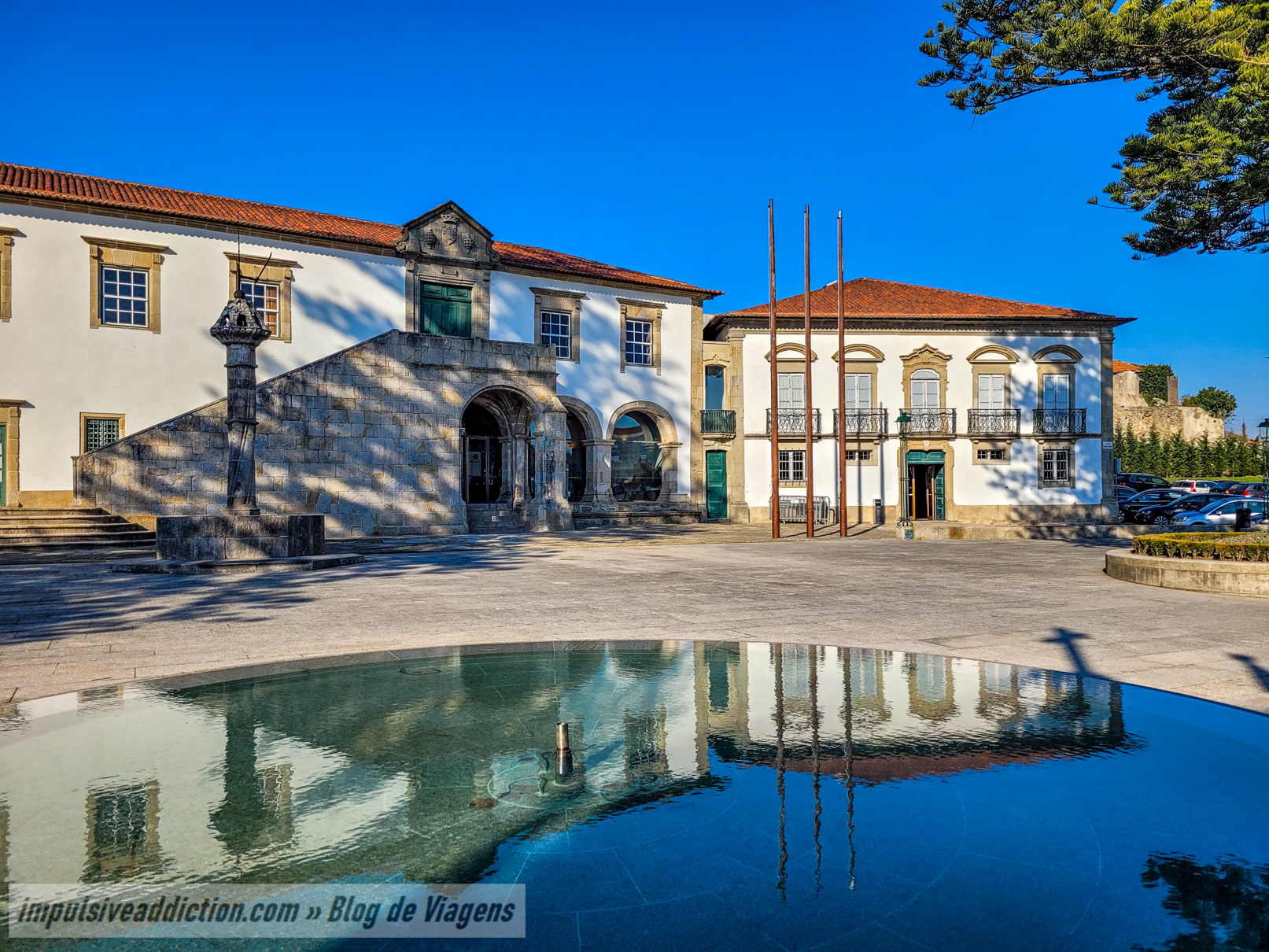
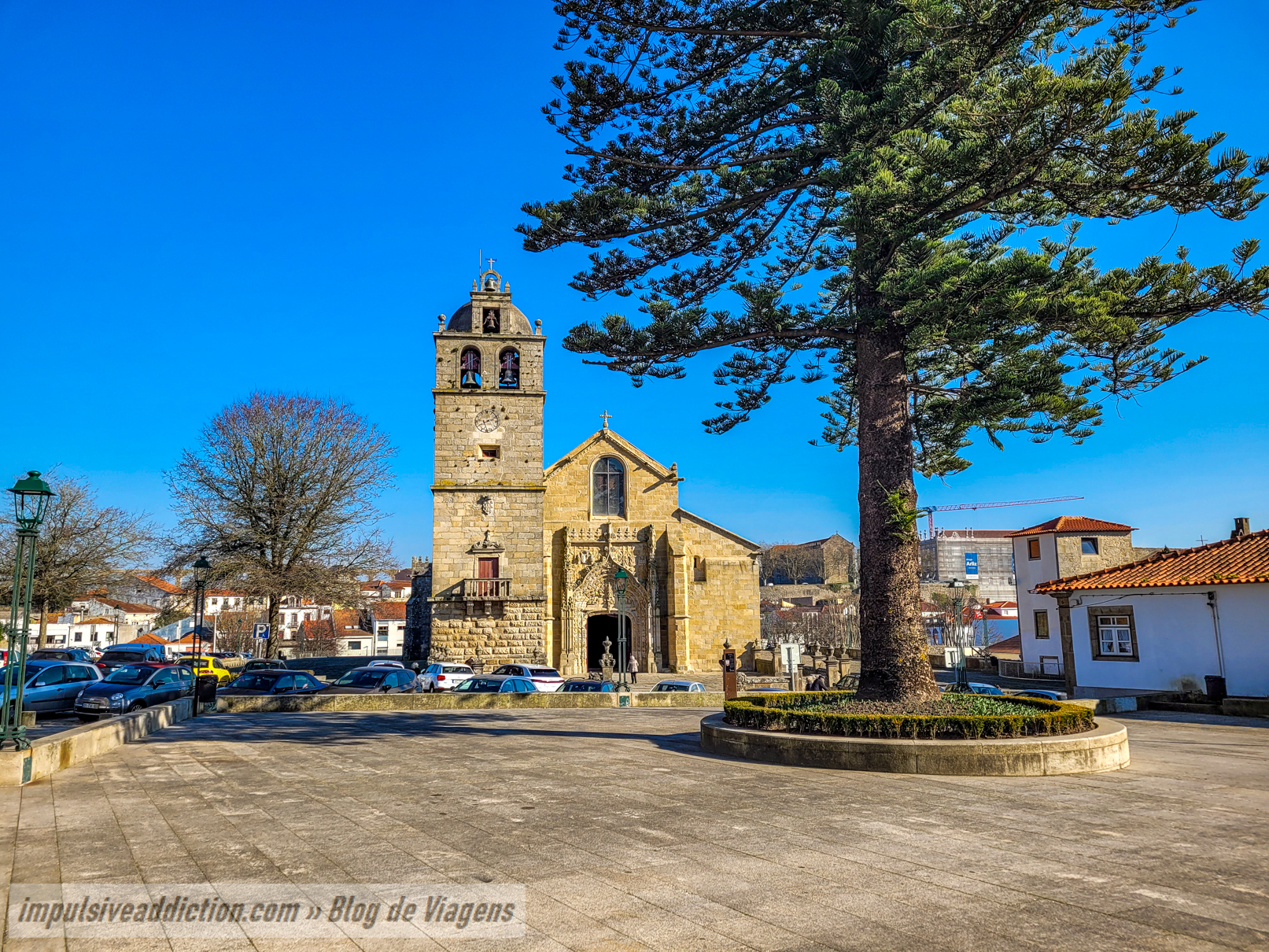
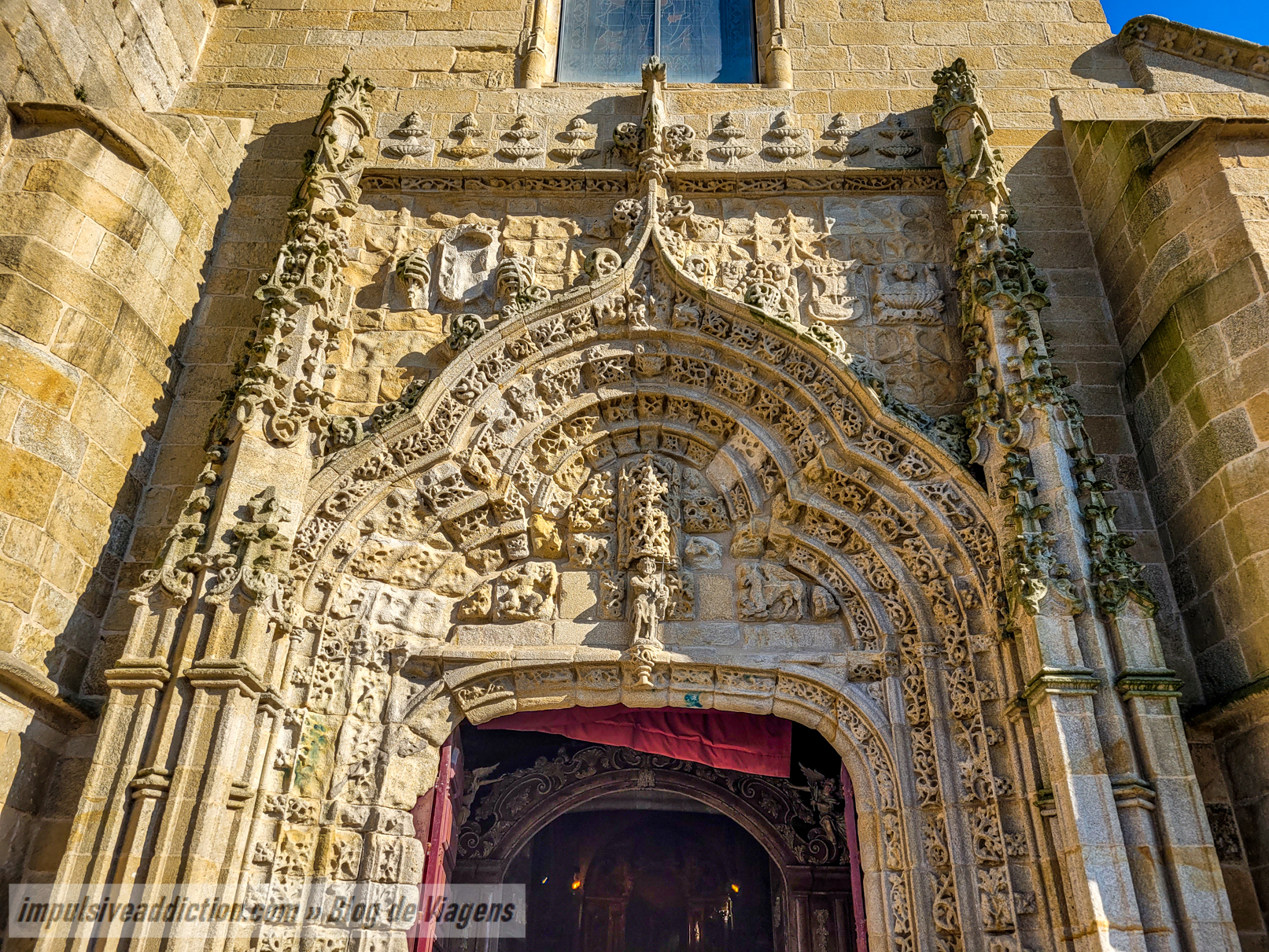
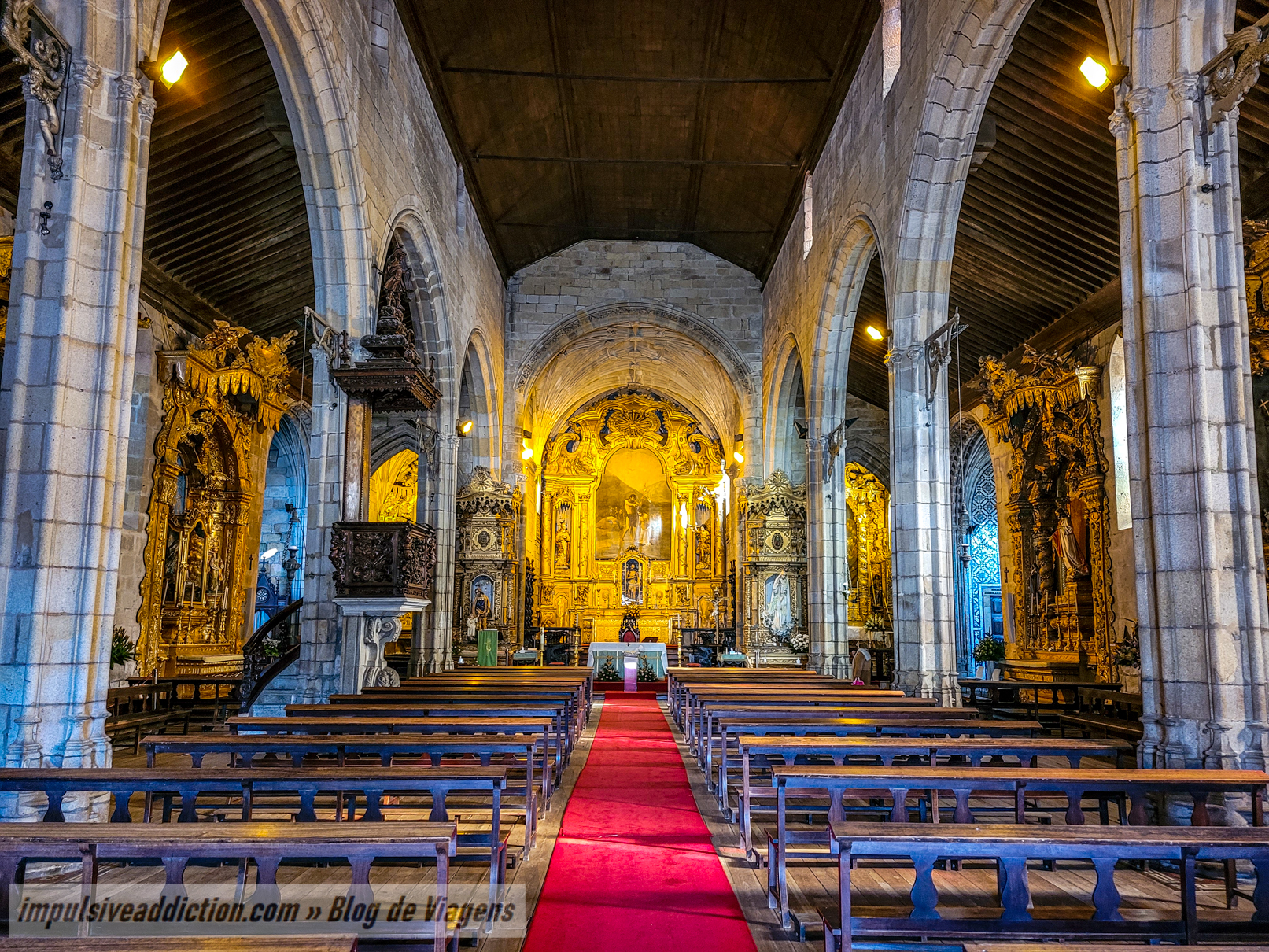
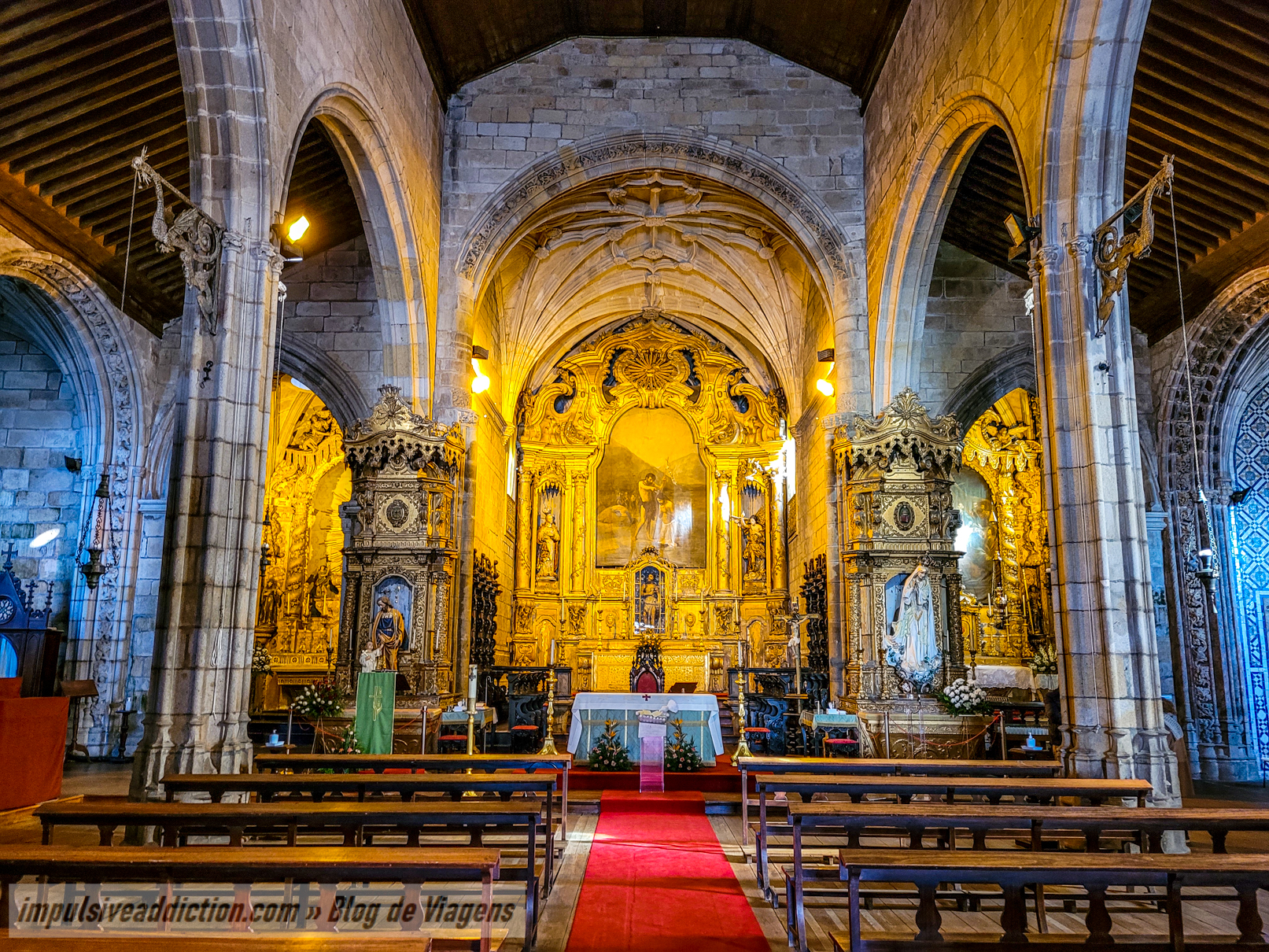
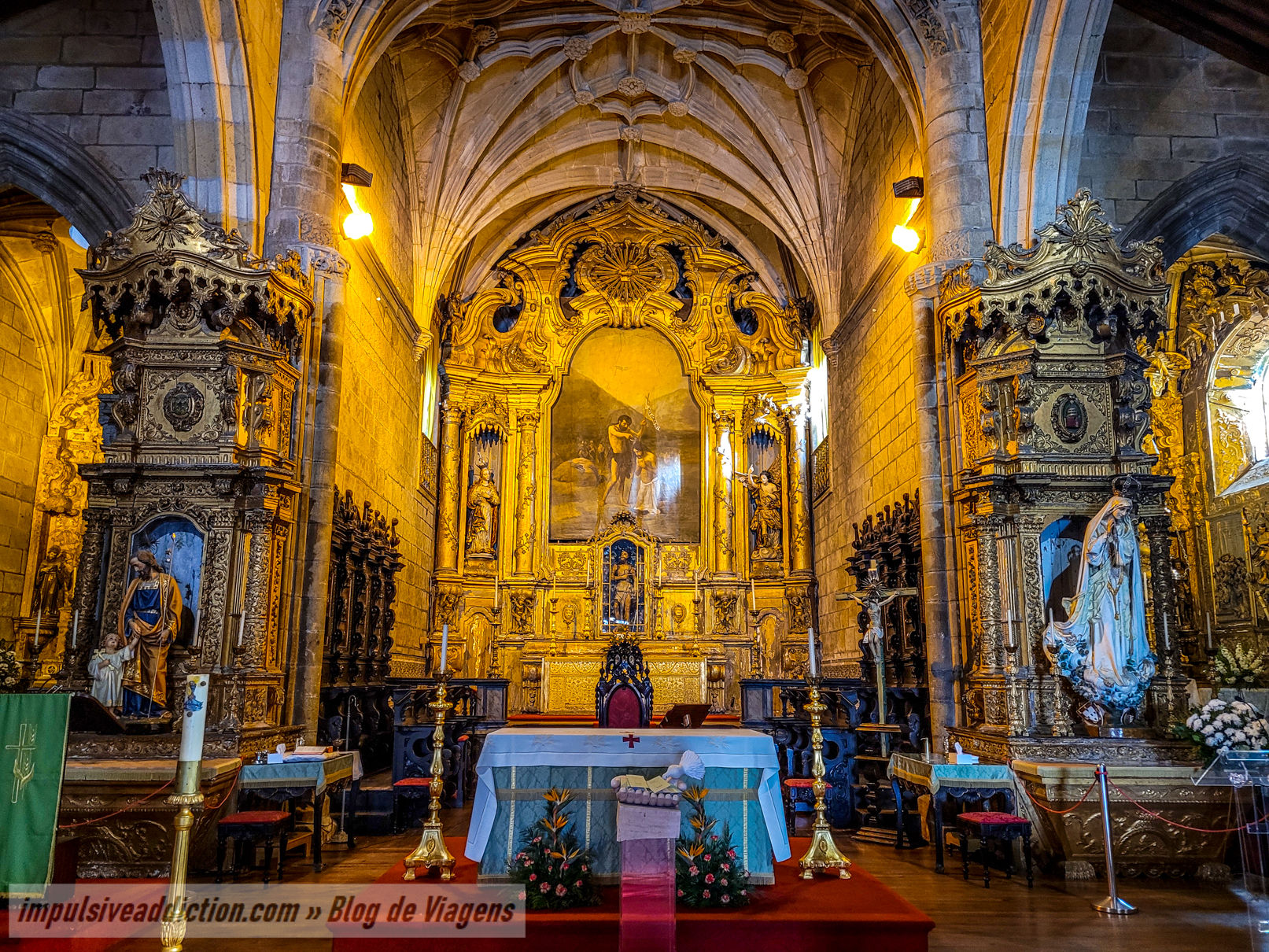
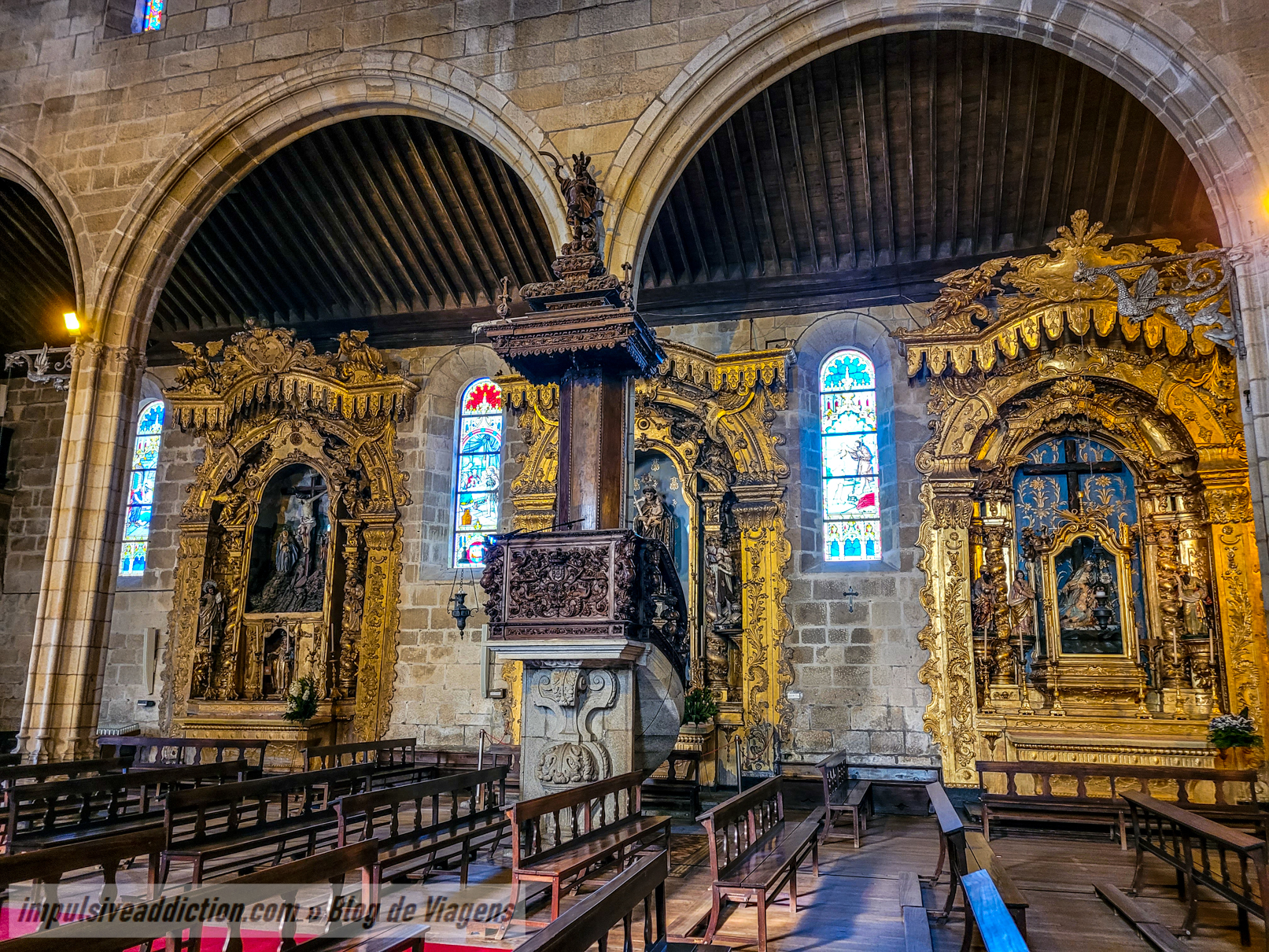
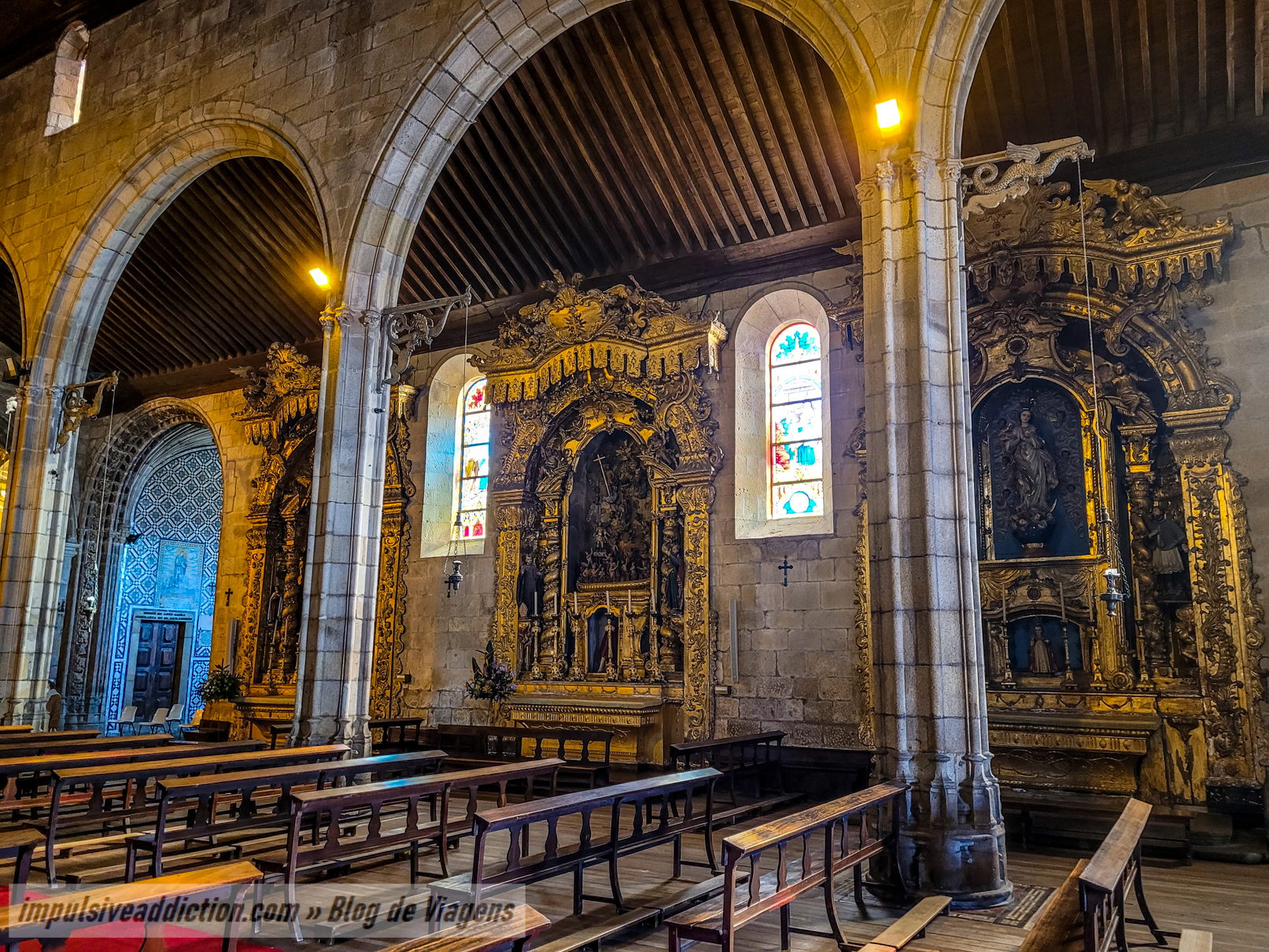
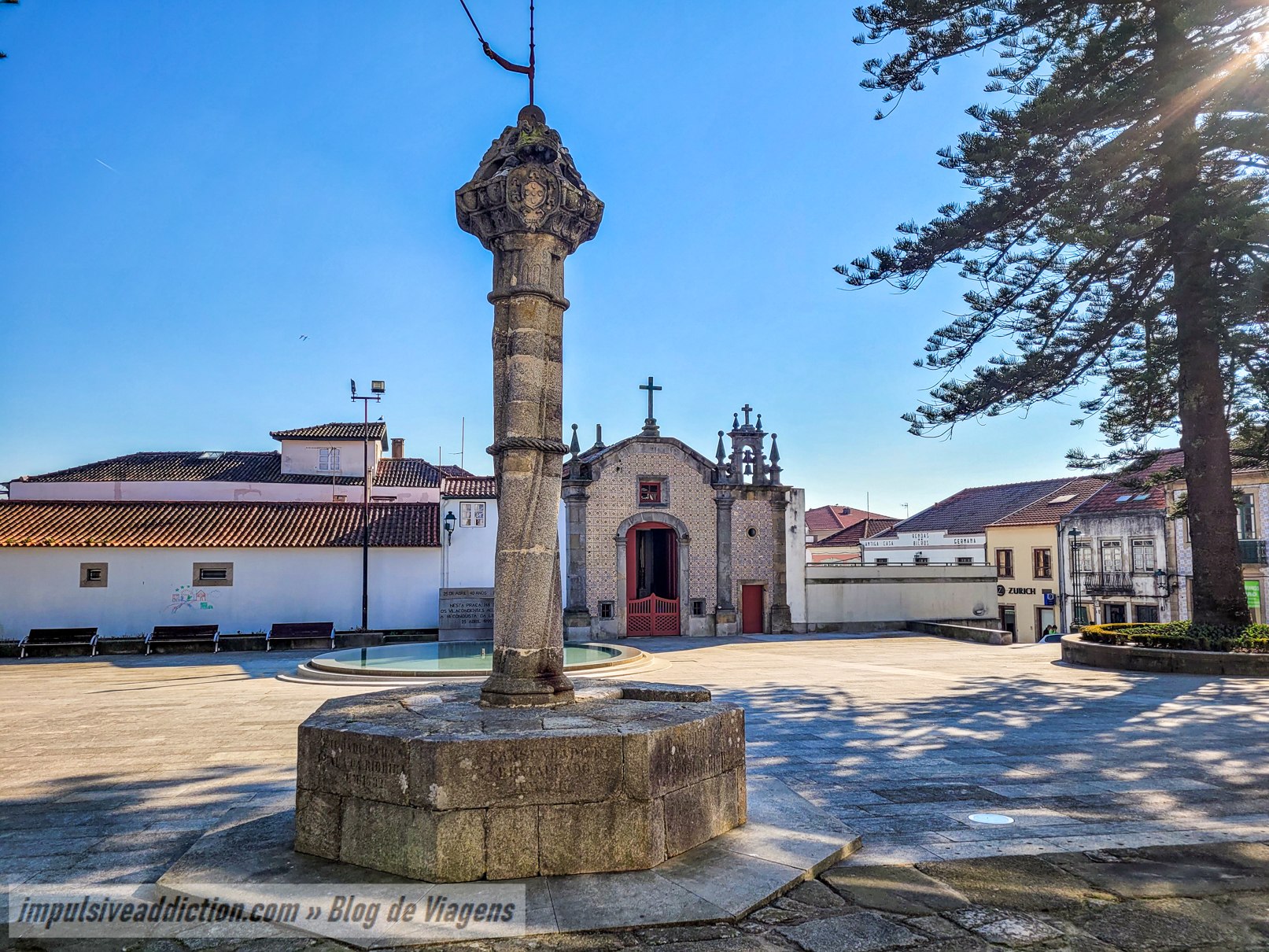
11. Vila do Conde Memory Center
I recommend that you take a detour to the Vila do Conde Memory Center, before passing by the aqueduct and Santa Clara Monastery. Don’t forget the nearby Santo Amaro Chapel, built in the 16-17th centuries.
The Memory Center is Vila do Conde’s main museum. It tells you all about the history of the municipality, from antiquity onwards, and although it is much more than an archaeological center, it has on display some of the remains discovered in excavations at Cividade de Bagunte and Castro de São Paio, for example.
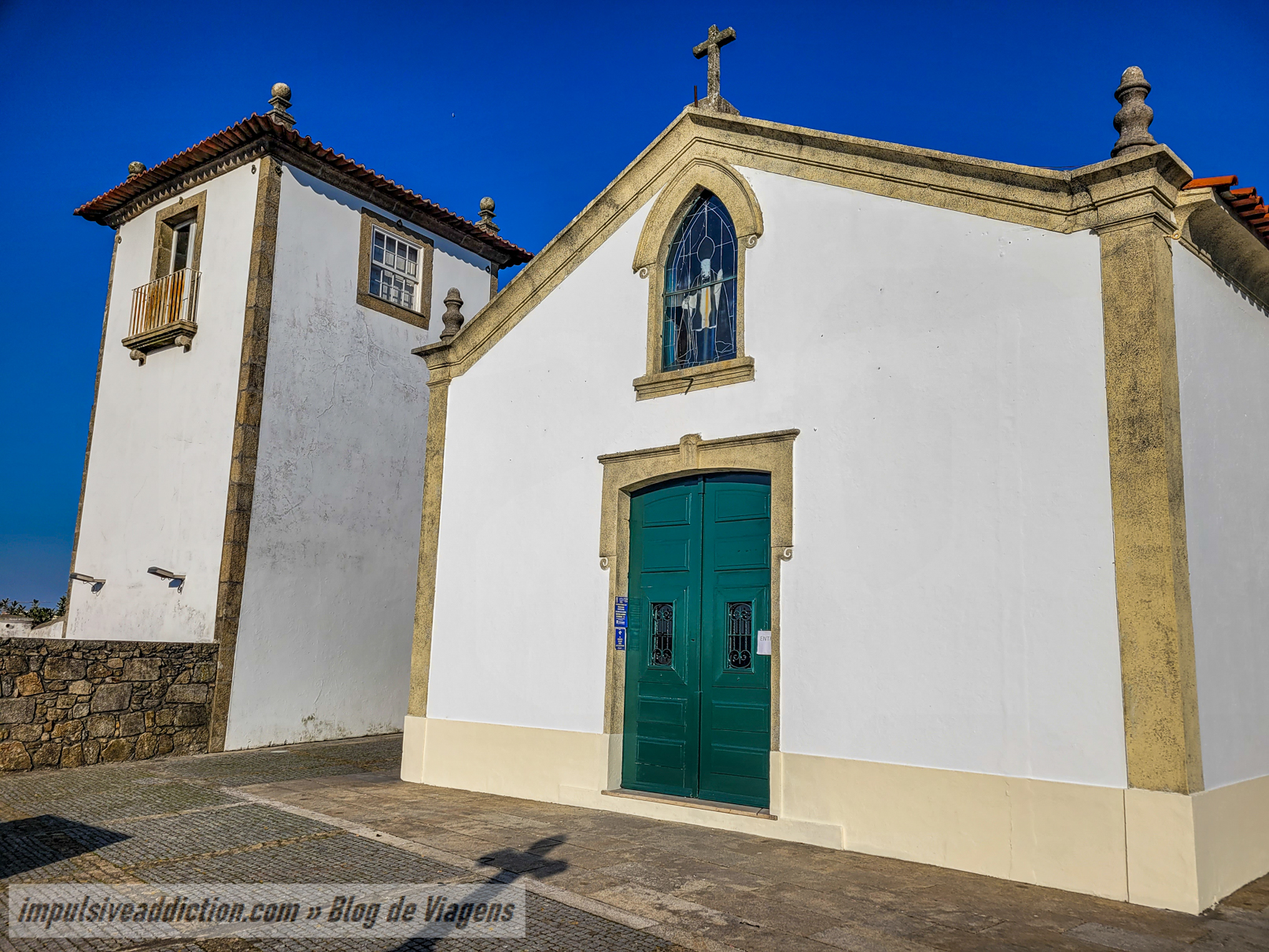
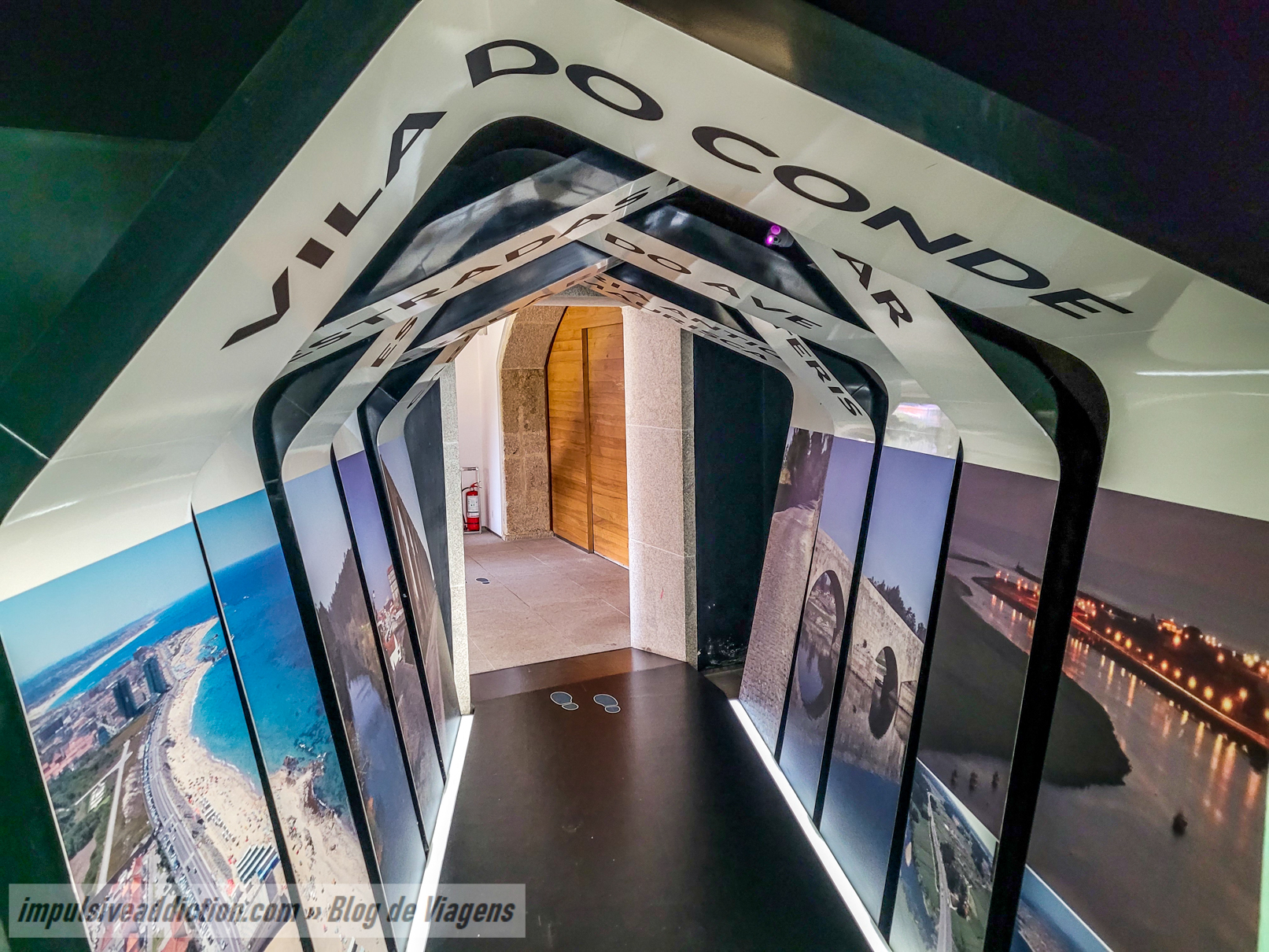
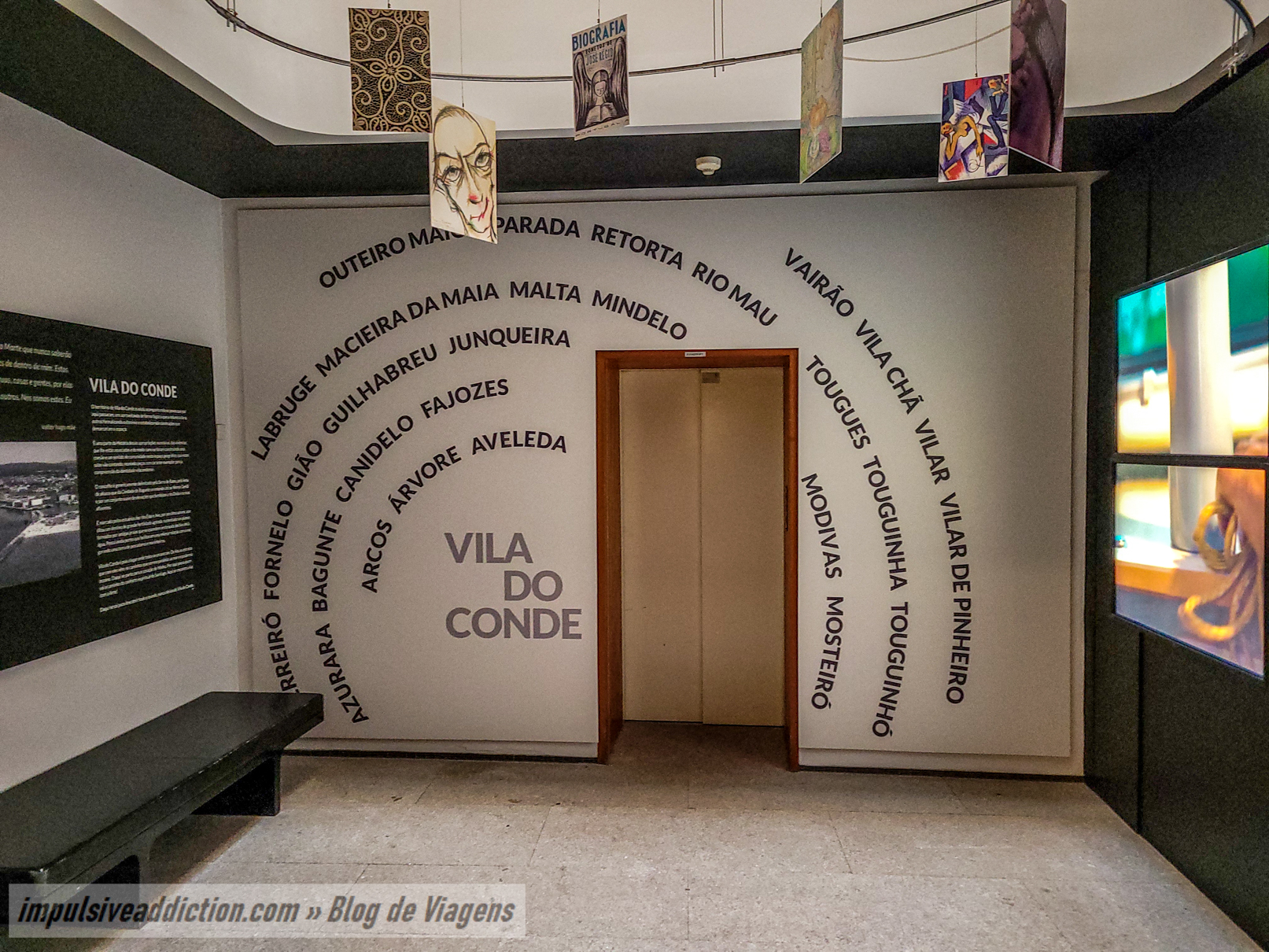
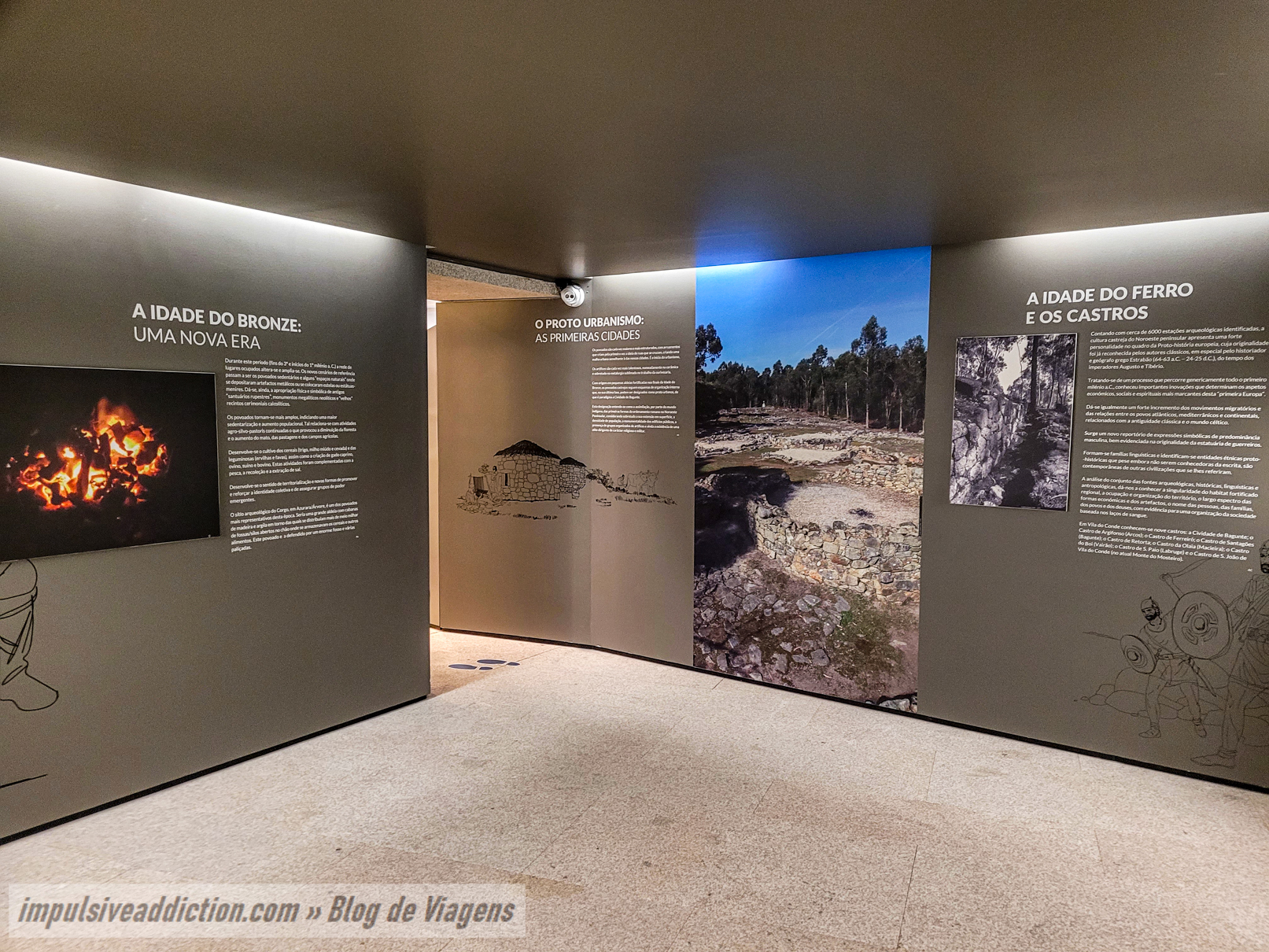
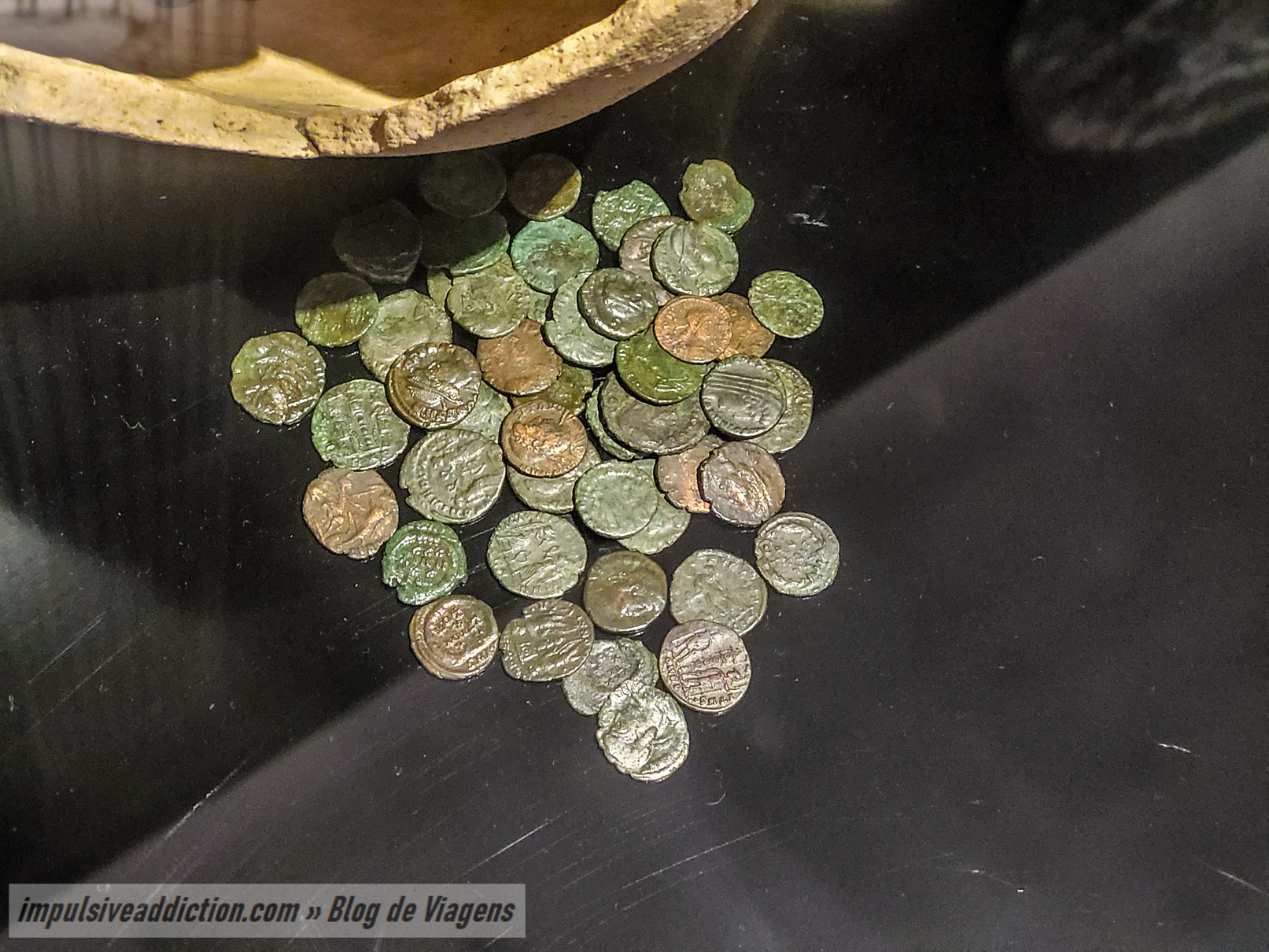
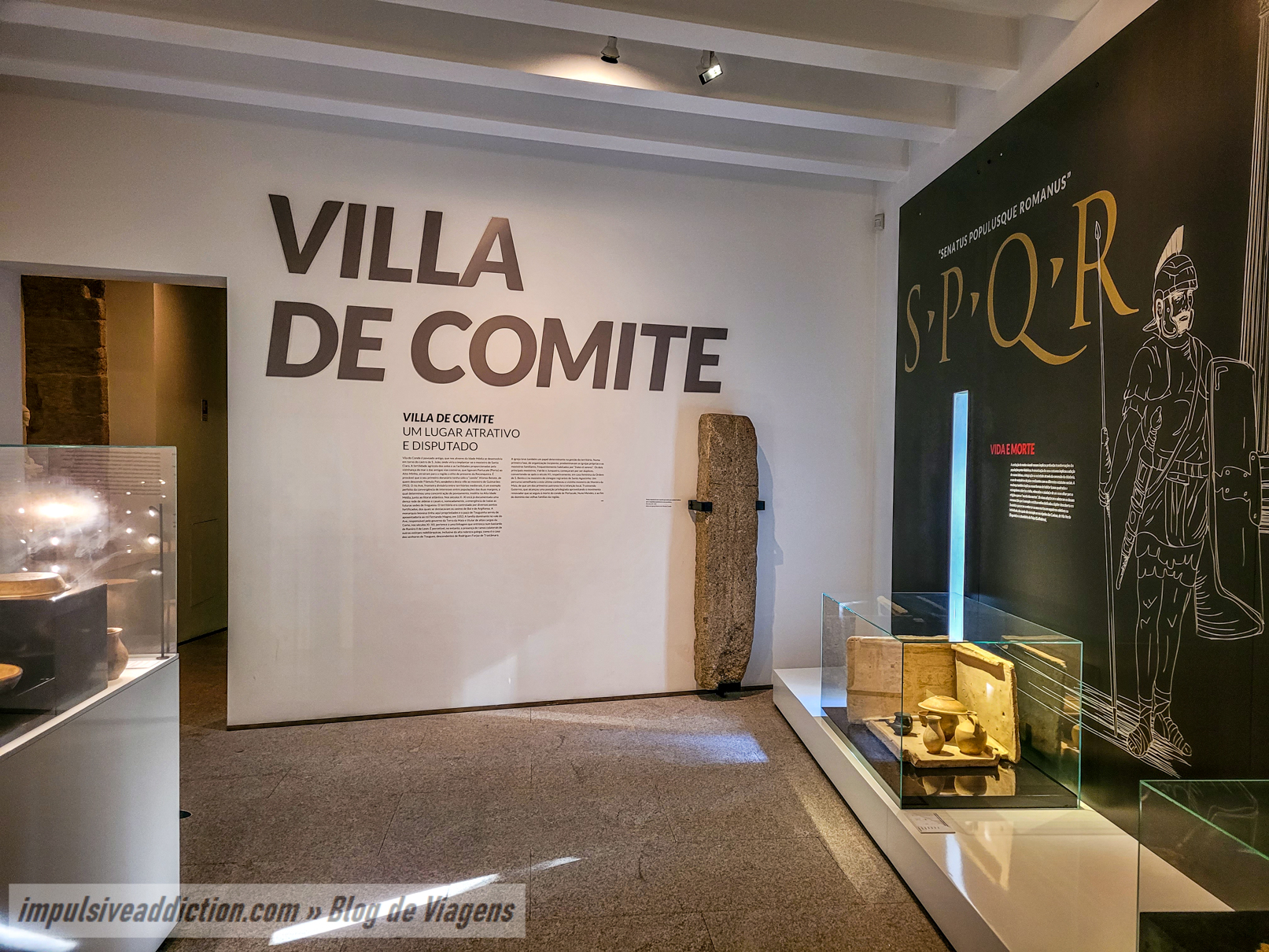
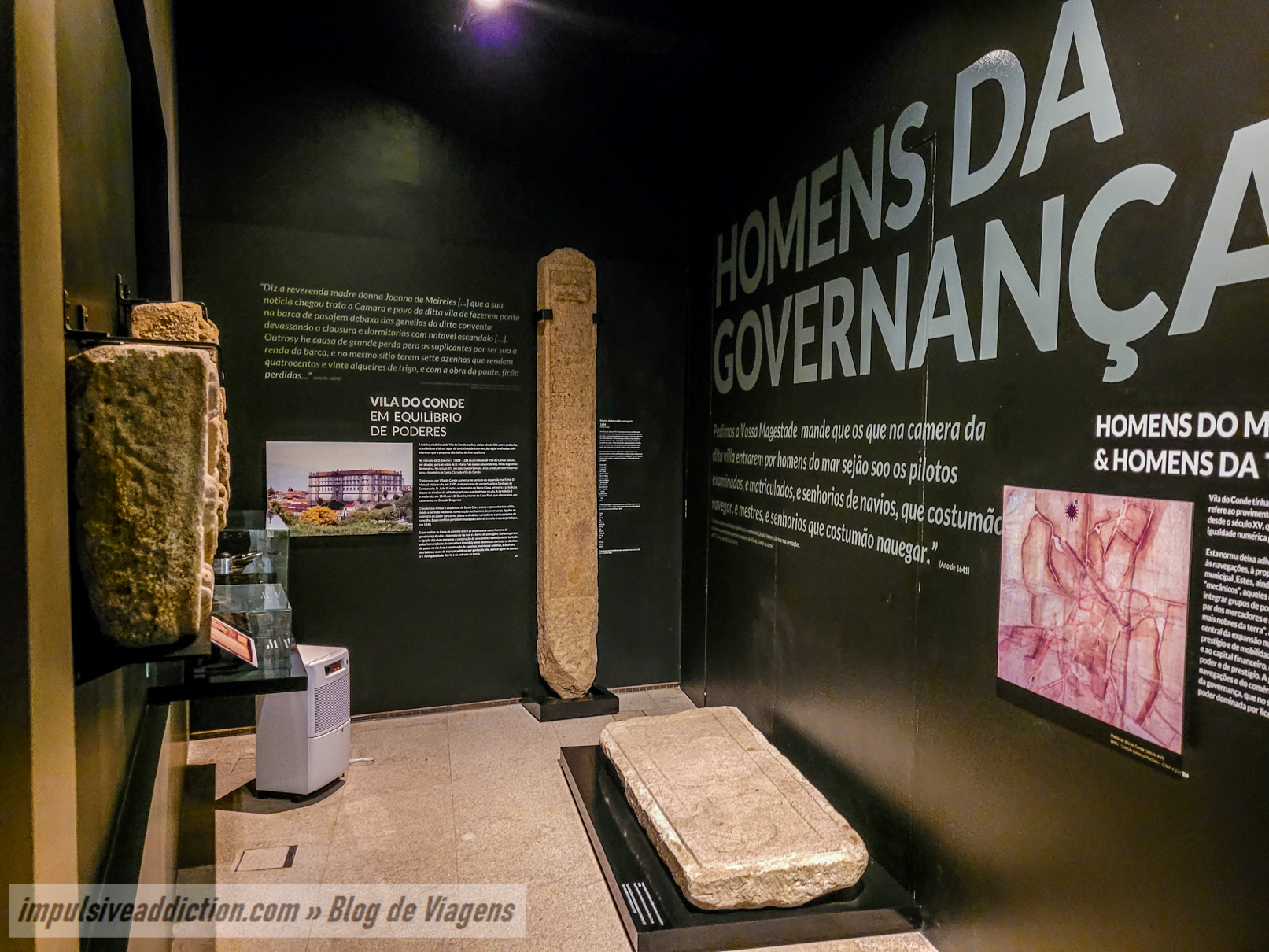
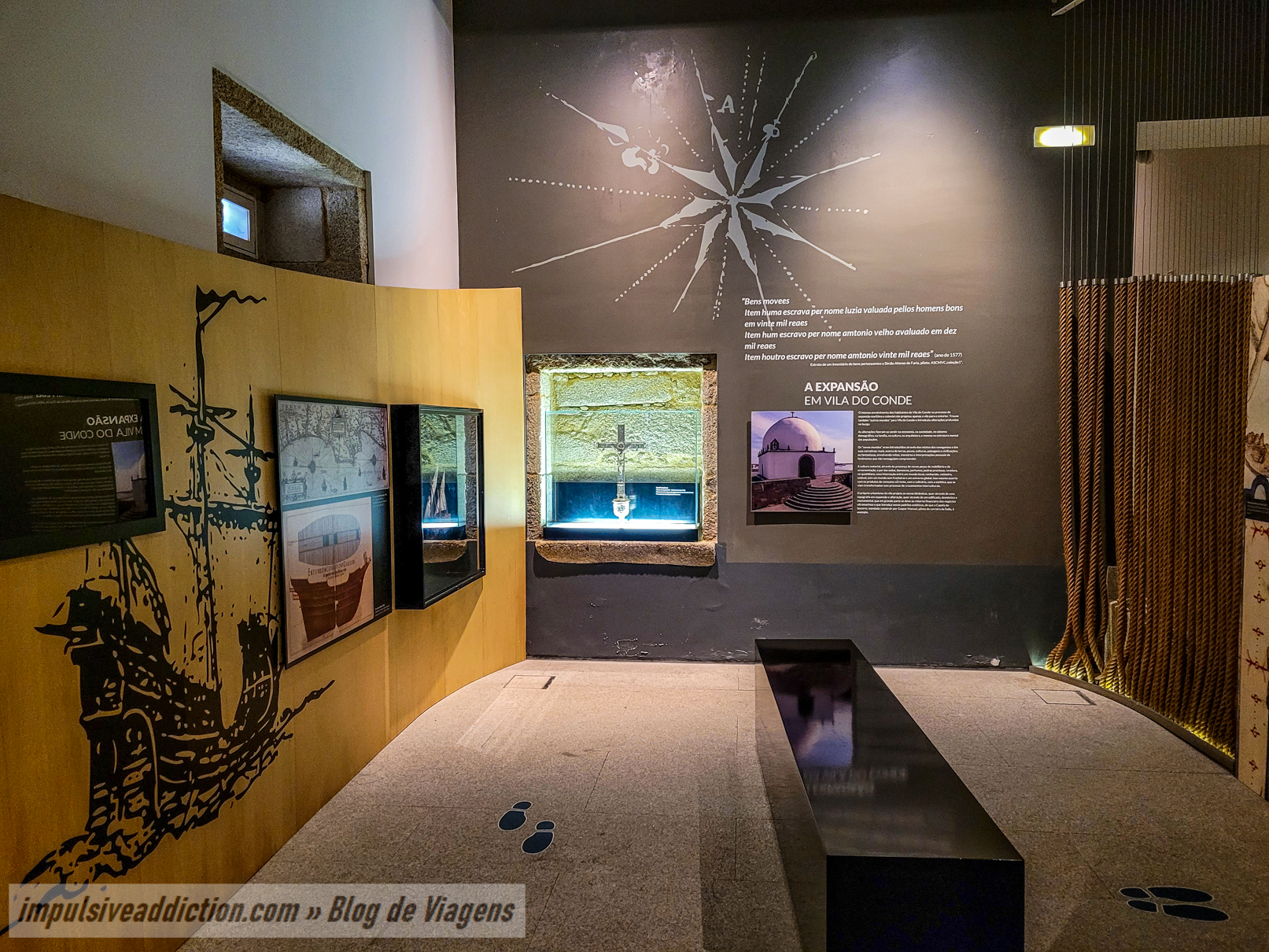
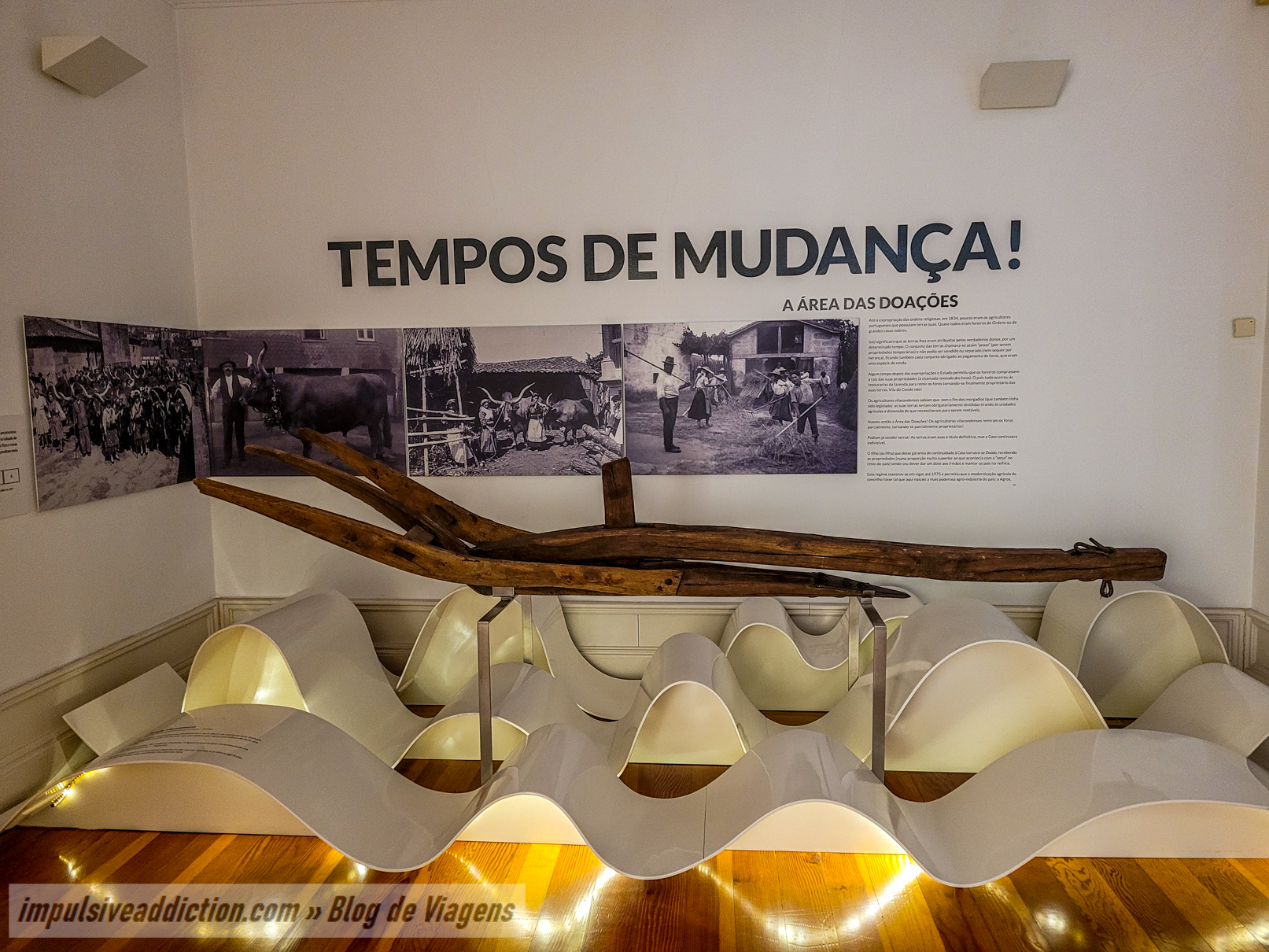
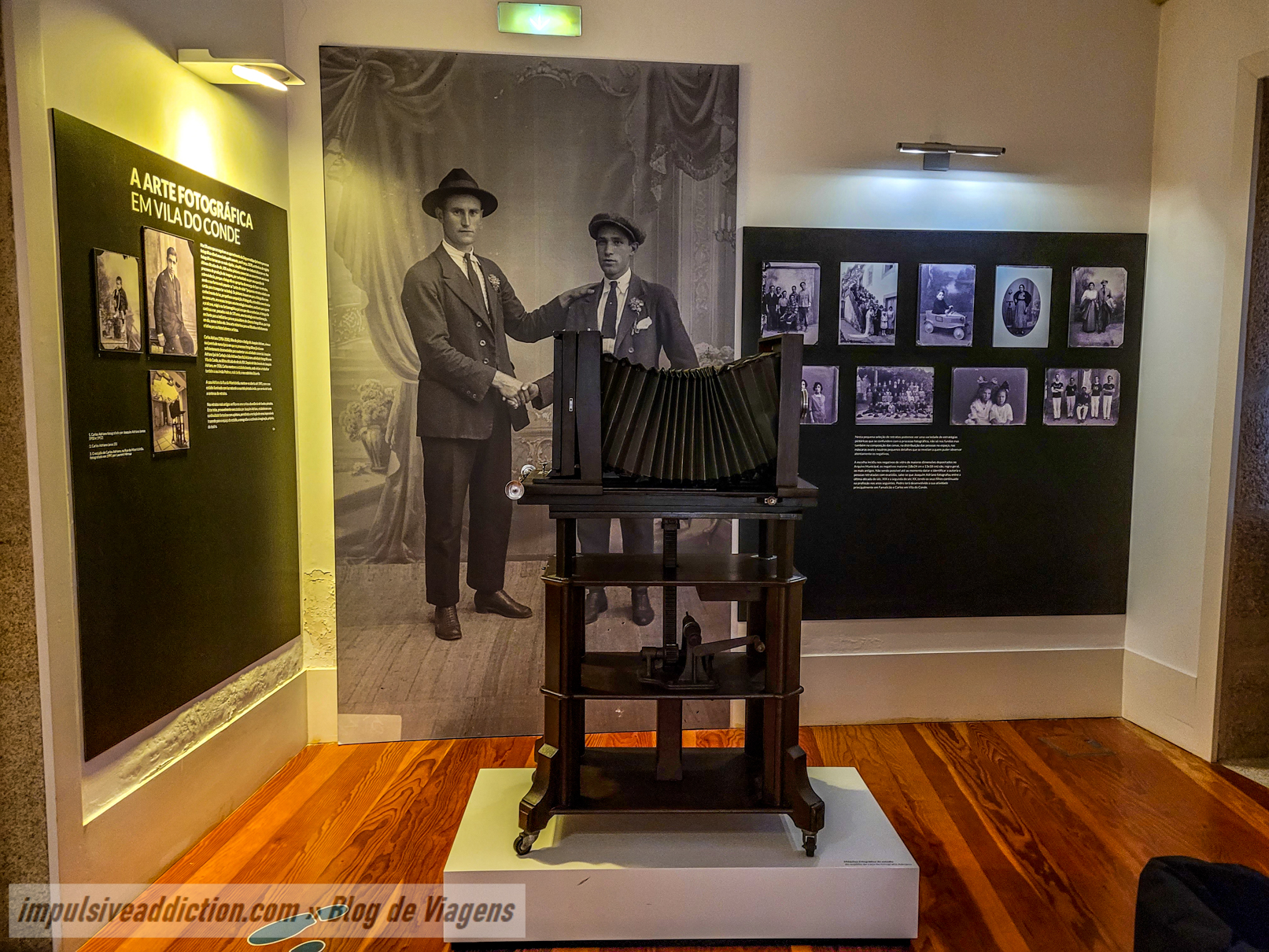
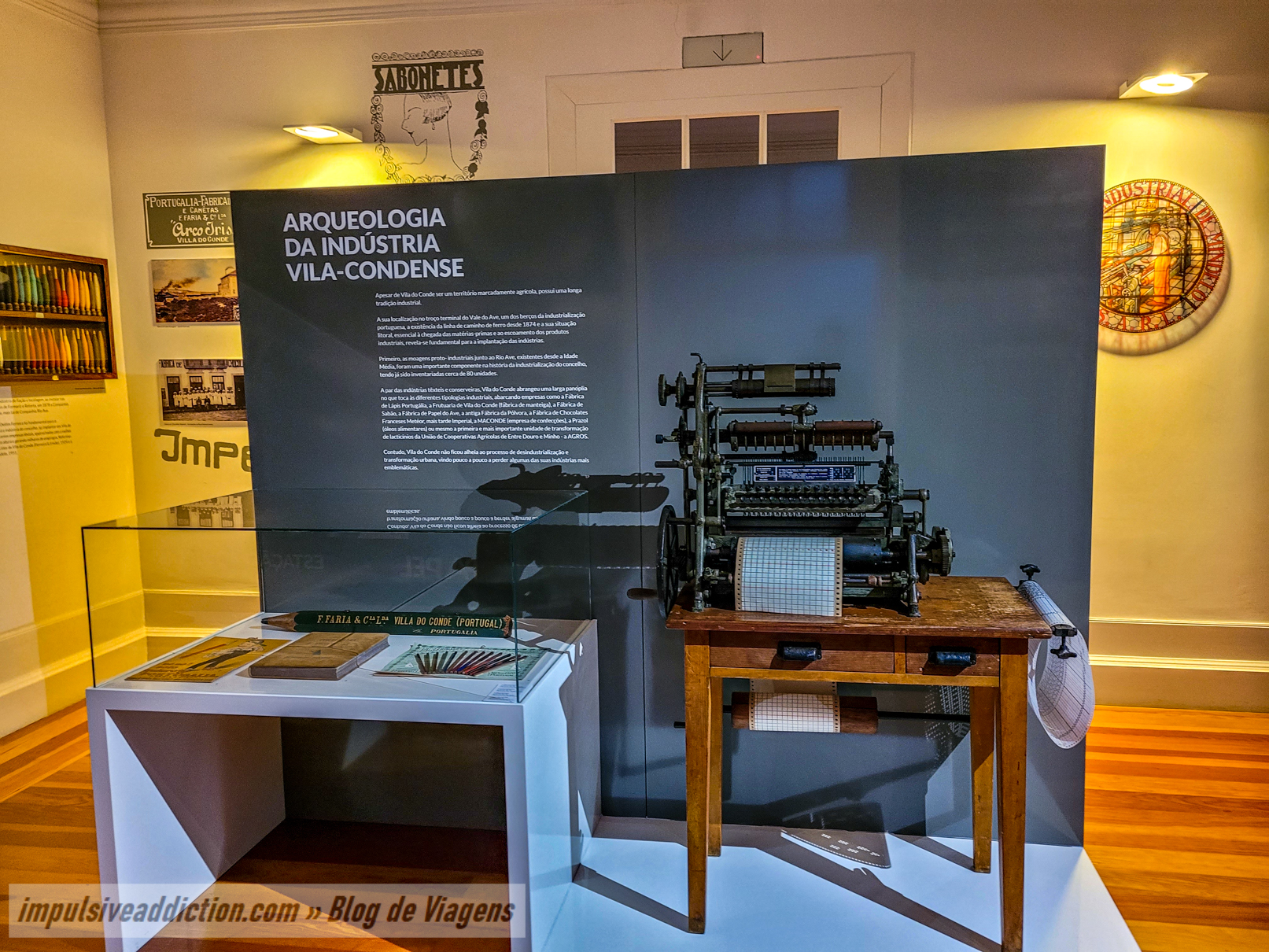
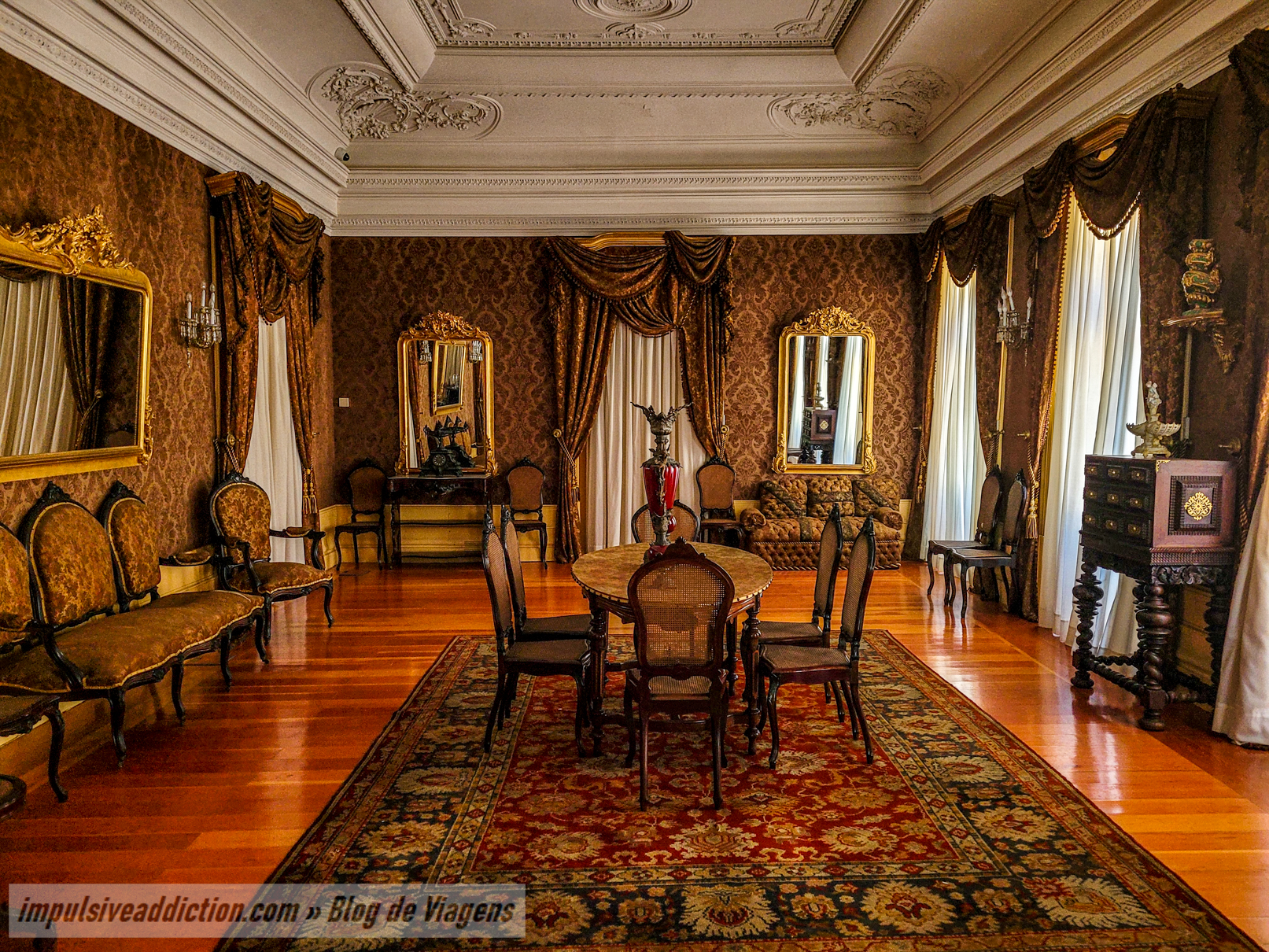
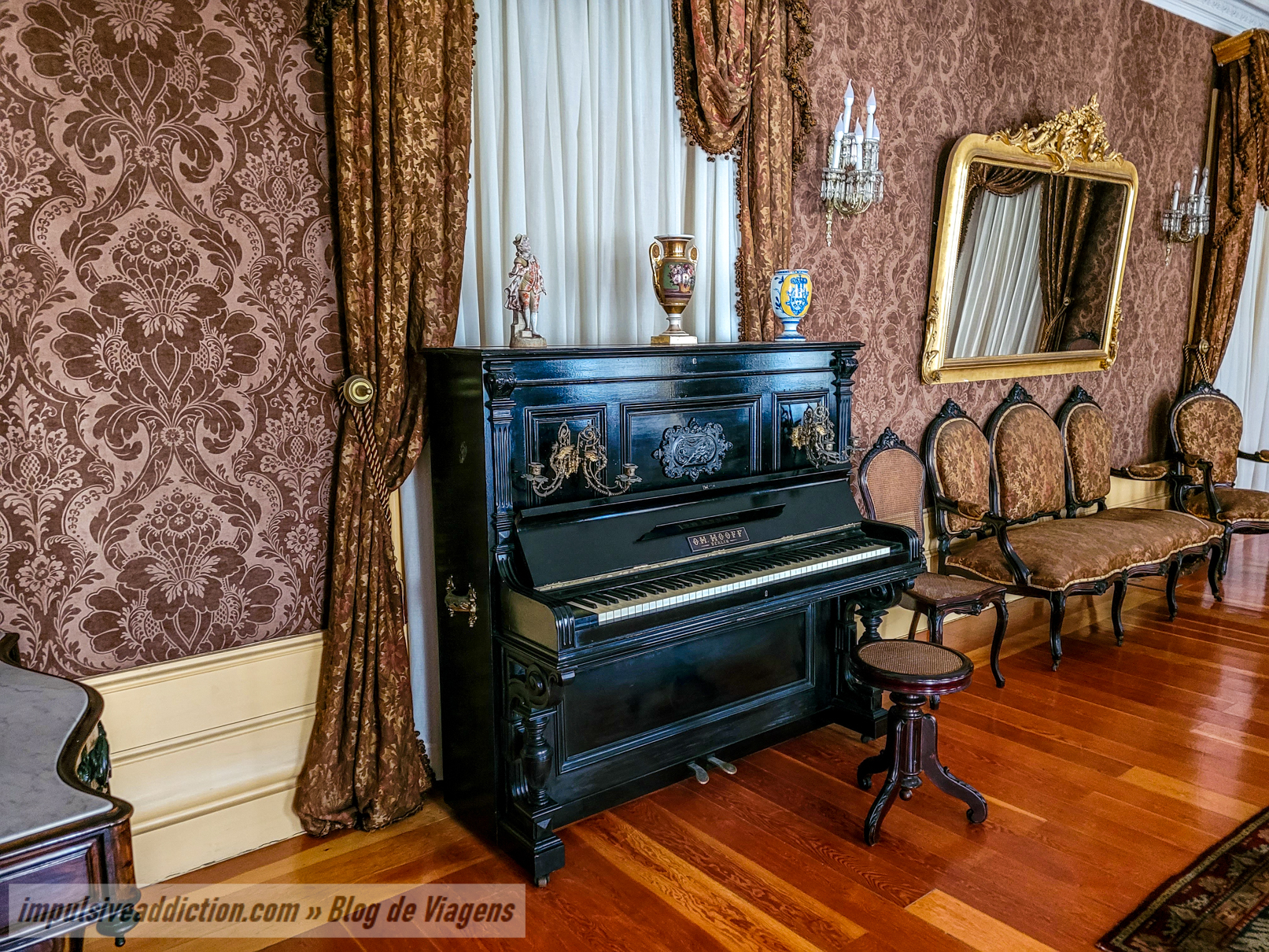
12. Santa Clara Aqueduct
You’ll have the opportunity to walk alongside the Santa Clara Aqueduct for a short stretch from Vila do Conde Memory Center to the monastery. This is the second longest aqueduct in Portugal, originally with 999 arches. National Geographic itself has already classified it as one of the most beautiful aqueducts in the world, did you know that? It dates back to the early 18th century and was used to supply water to the Monastery of Santa Clara.
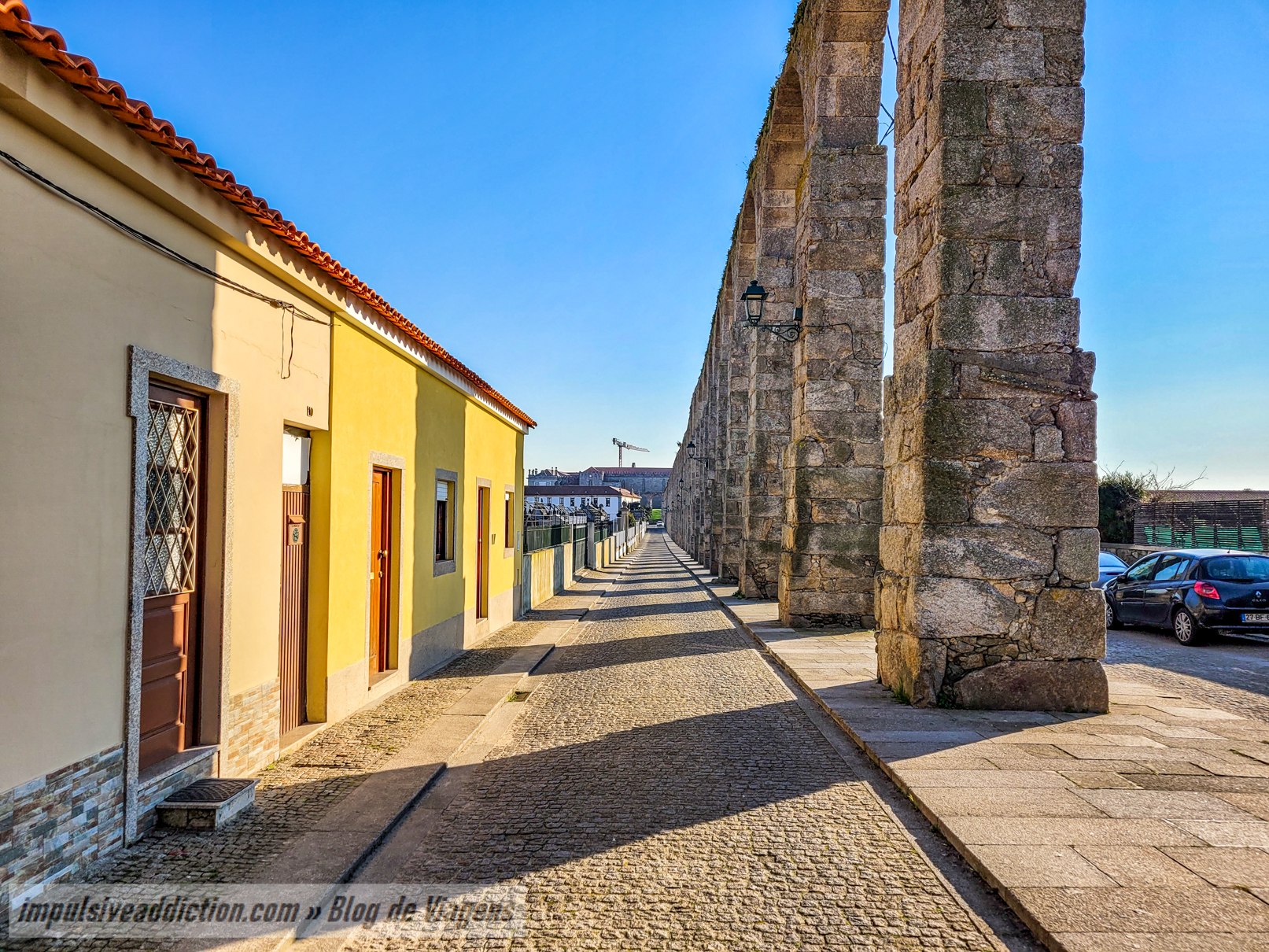
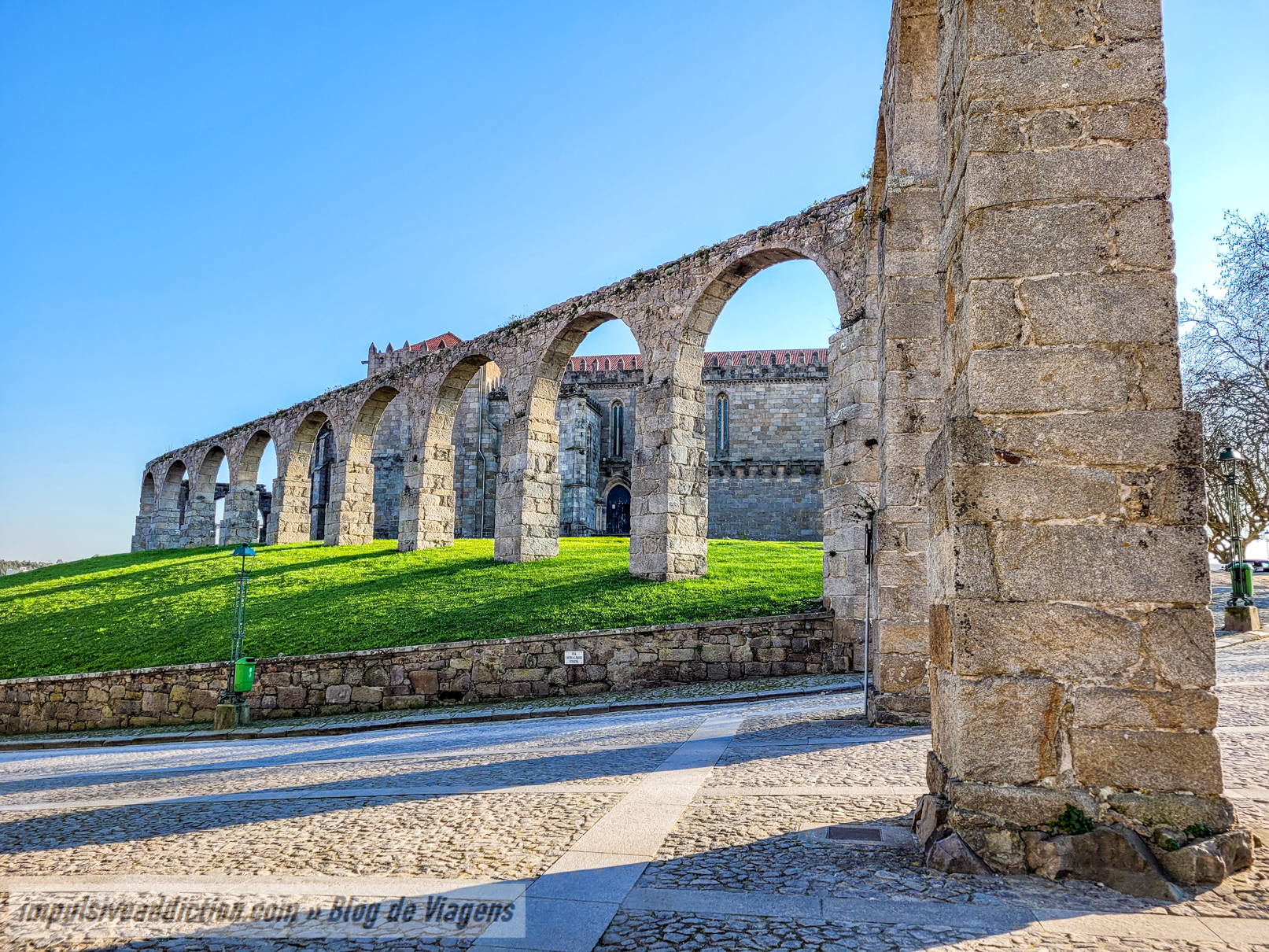
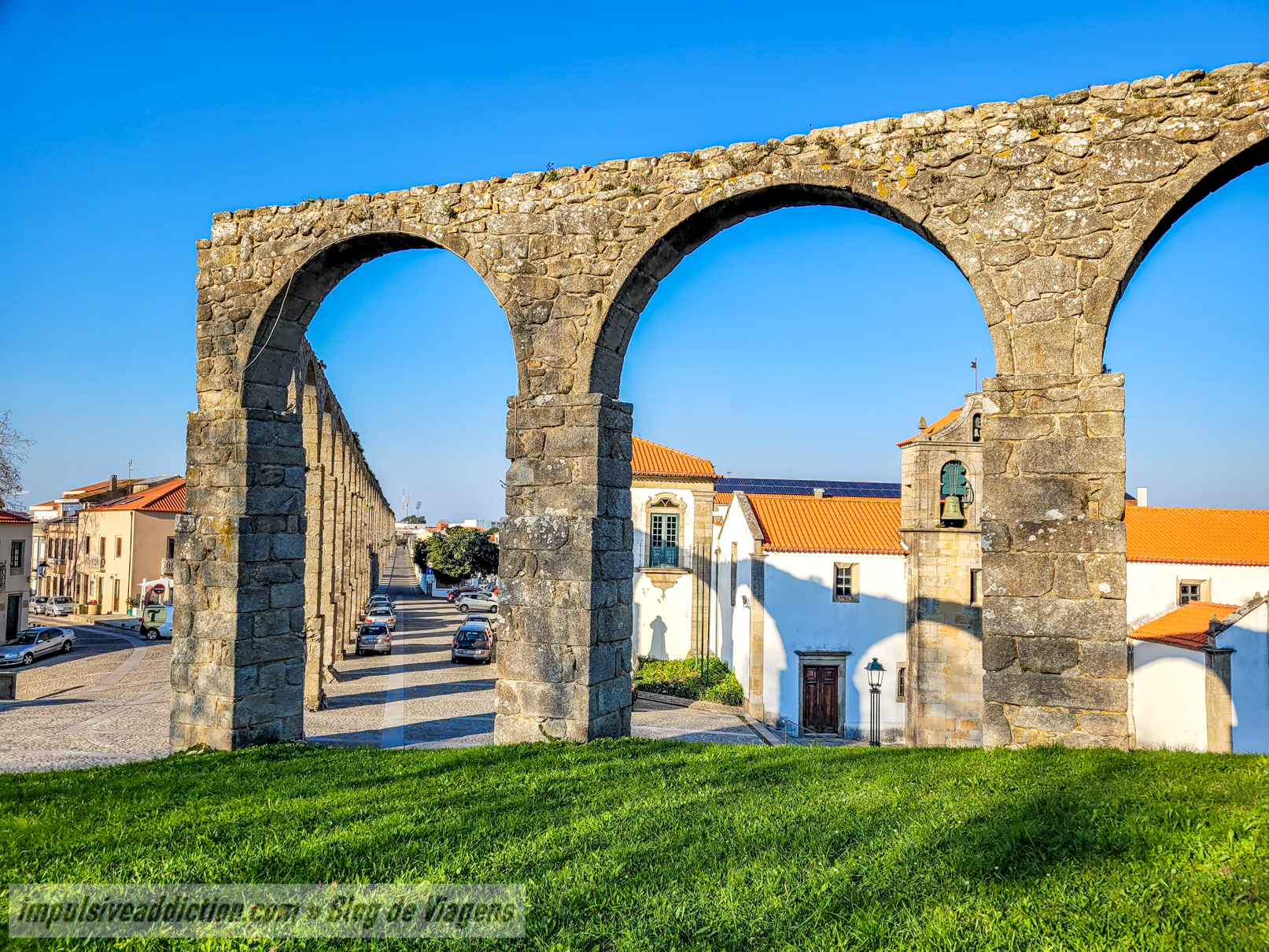
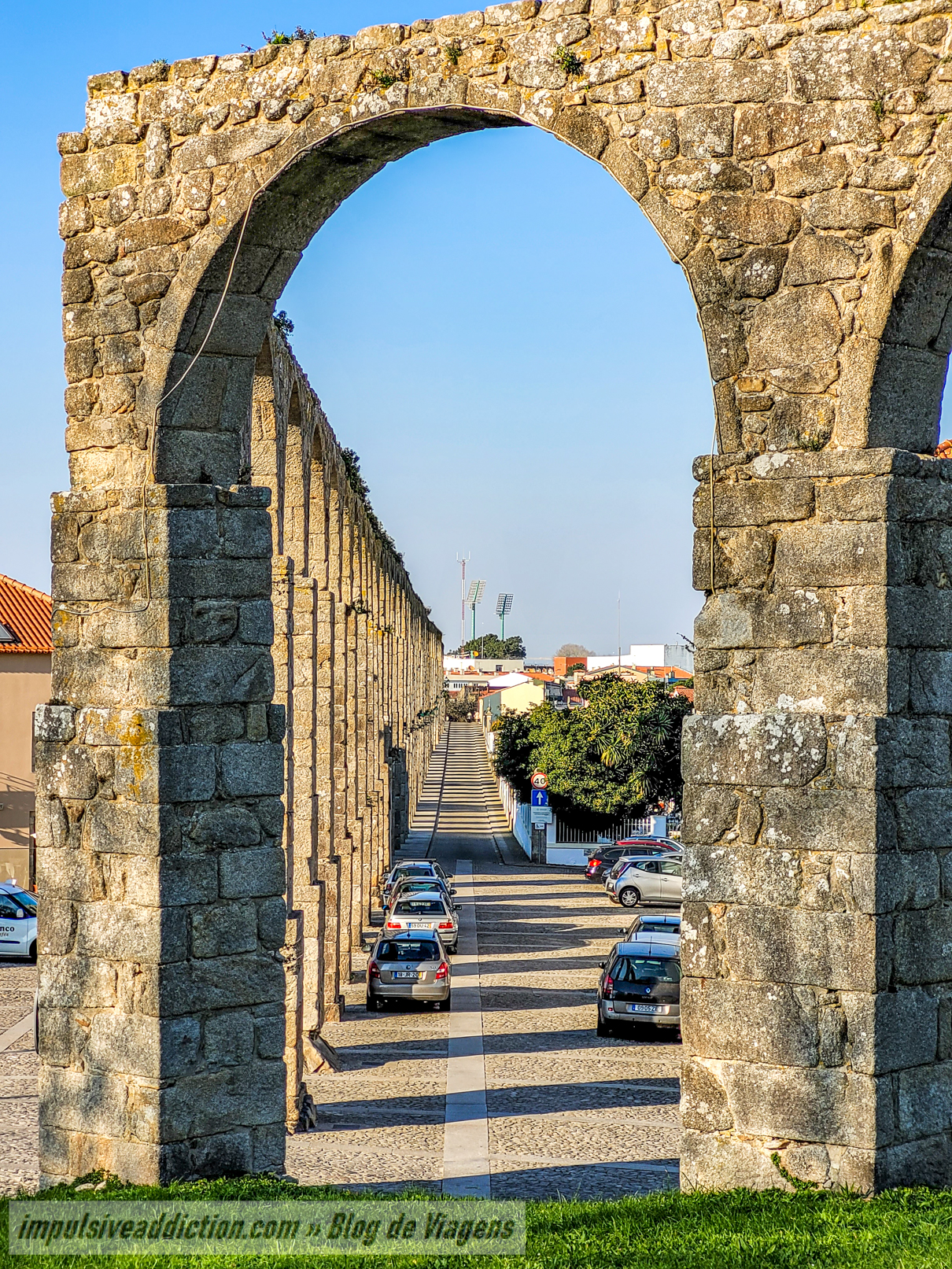
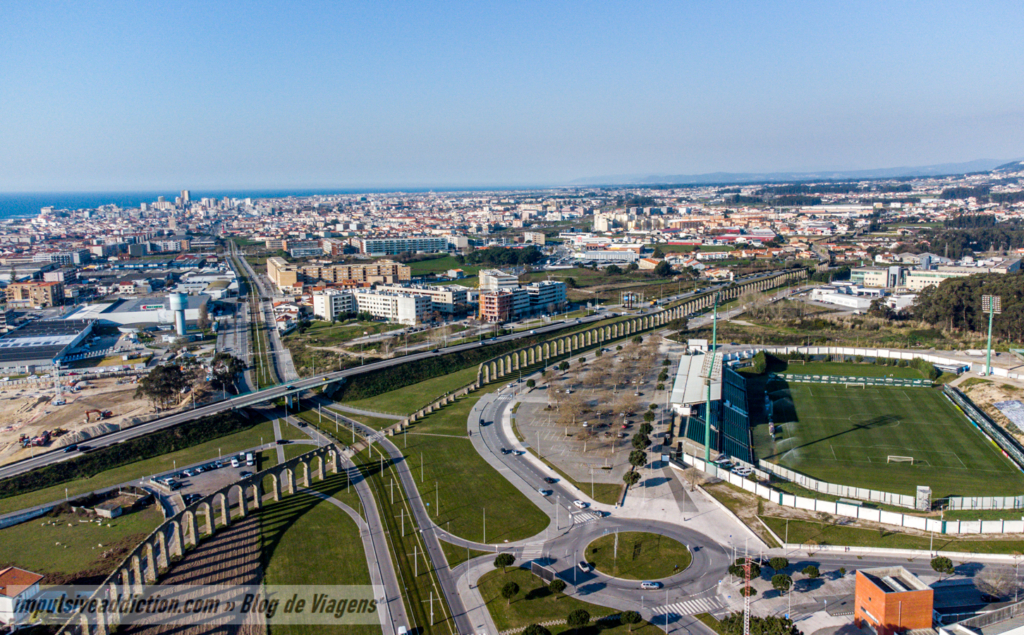
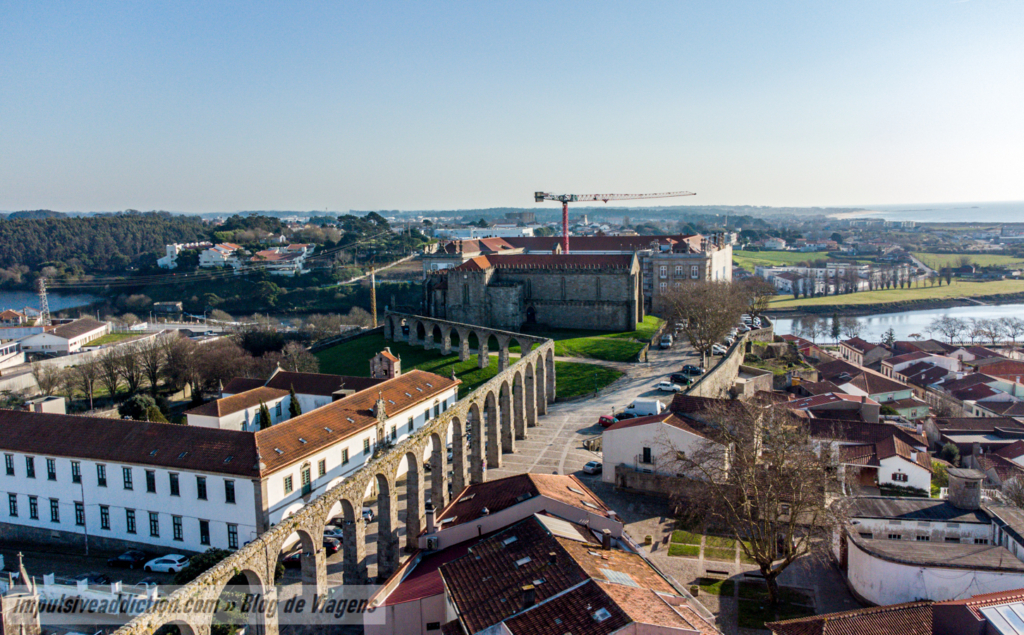
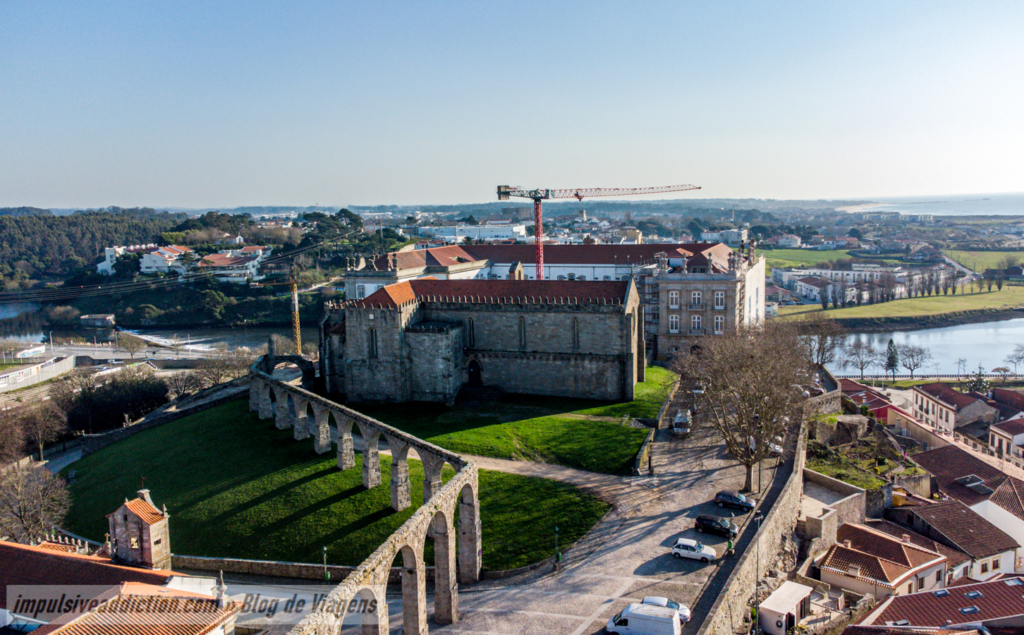
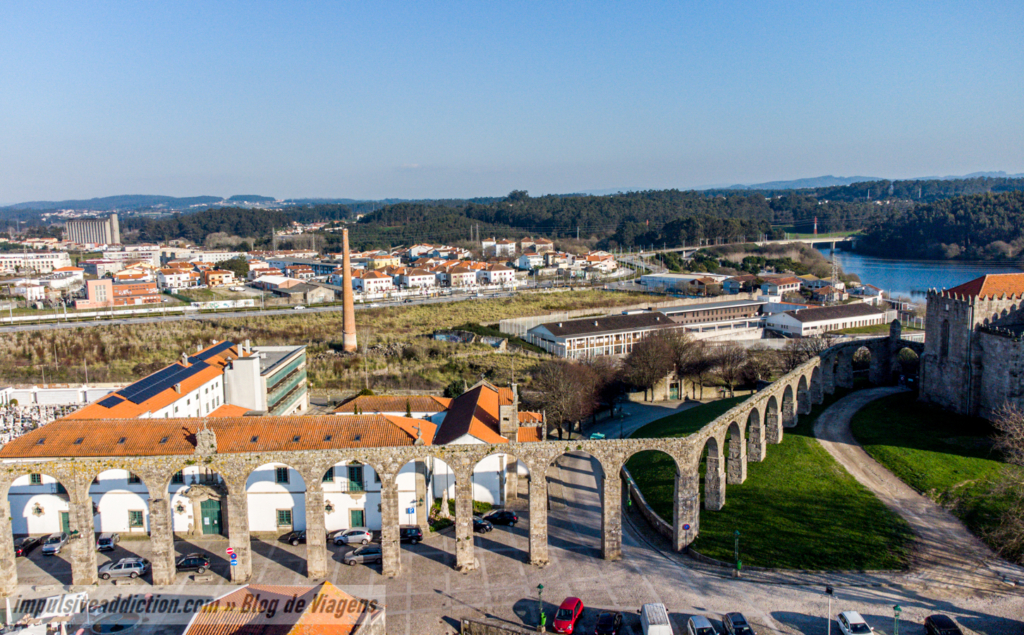
13. Monastery of Santa Clara
Unfortunately, I was only able to visit the Monastery of Santa Clara from the outside, as it was being renovated into a 5-star hotel. Perhaps you’ll be able to sleep in the monastery’s facilities during a future visit to Vila do Conde. 😉 Its history dates back to 1318, when it was founded by Afonso Sanches, the illegitimate son of King D. Dinis, and Teresa, his wife. You’ll find their tombs inside the church.
The main façade of the monastery is the one facing River Ave, and it is undoubtedly imposing. At the top, and in the center, you can see a sculpture of Santa Clara next to an elephant, a symbol of chastity.
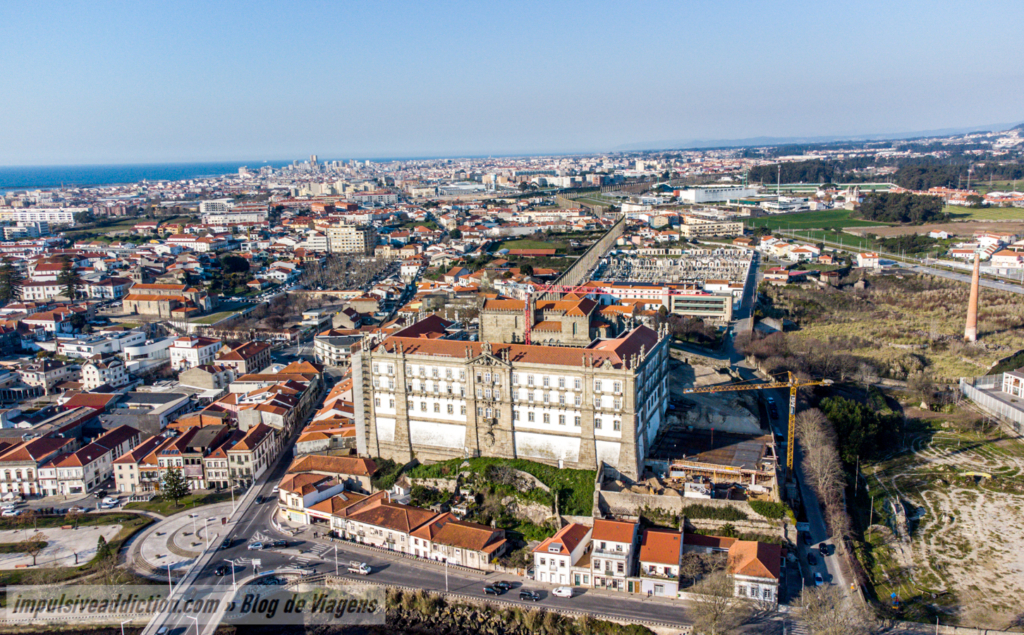
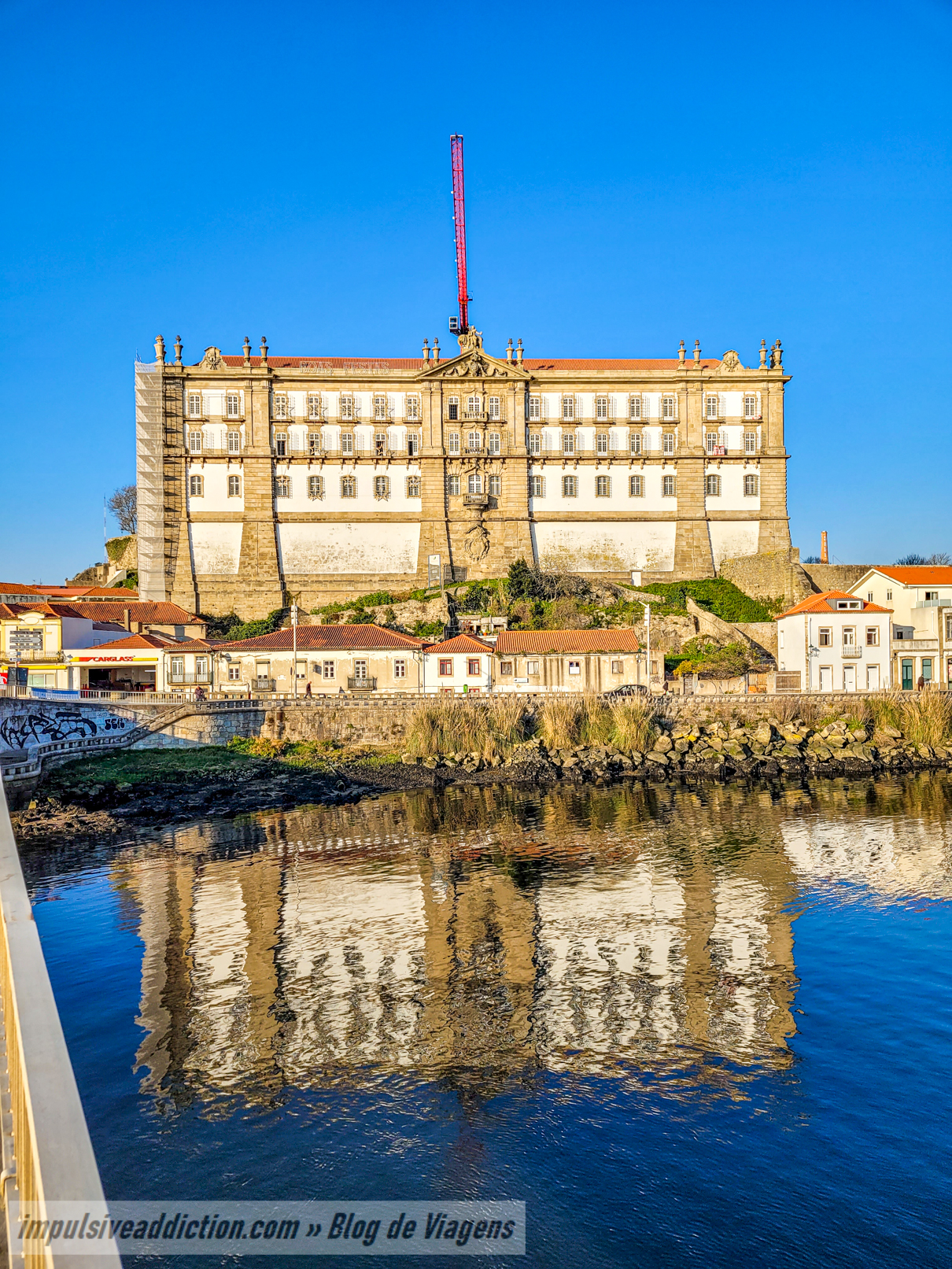
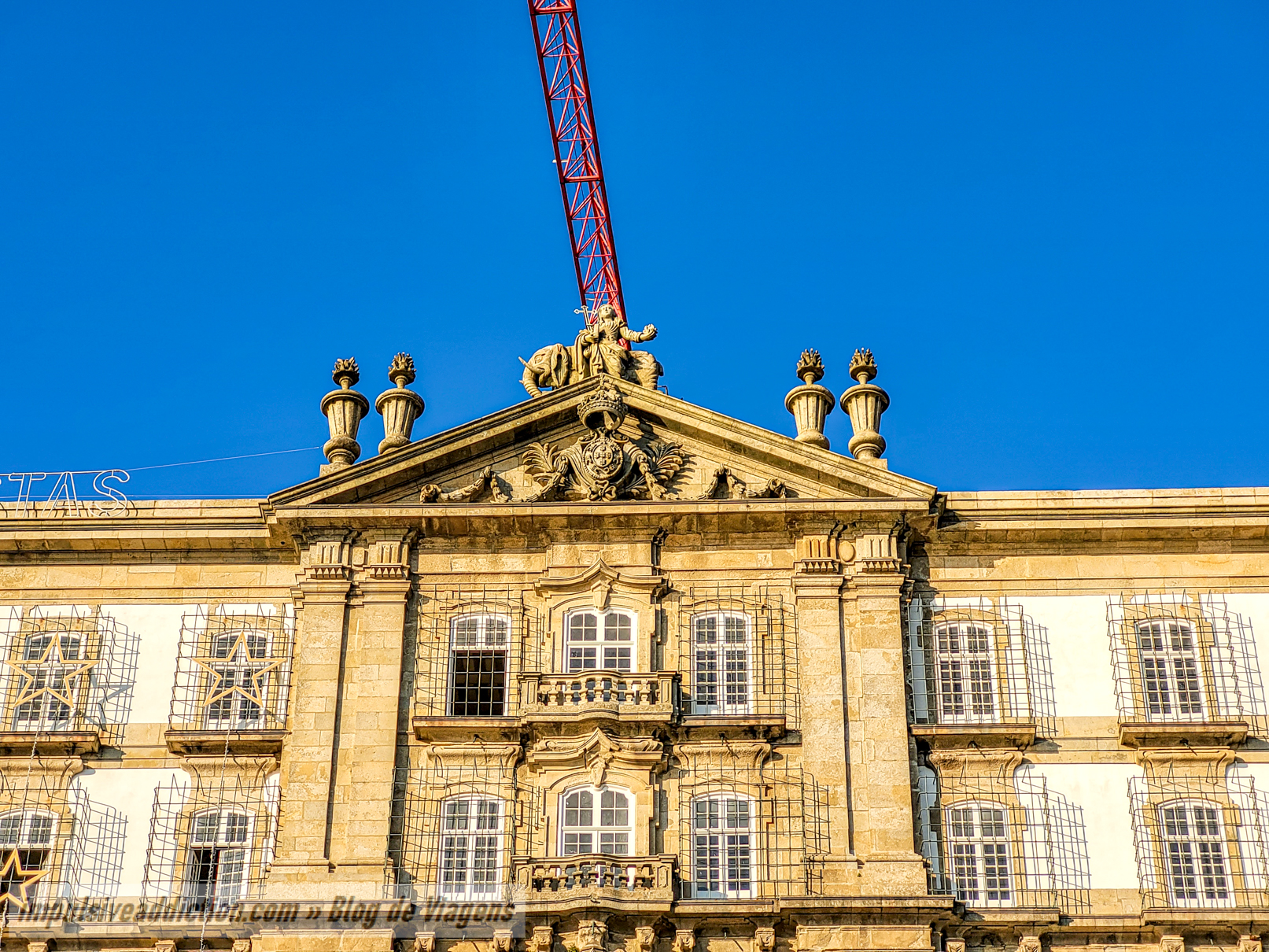
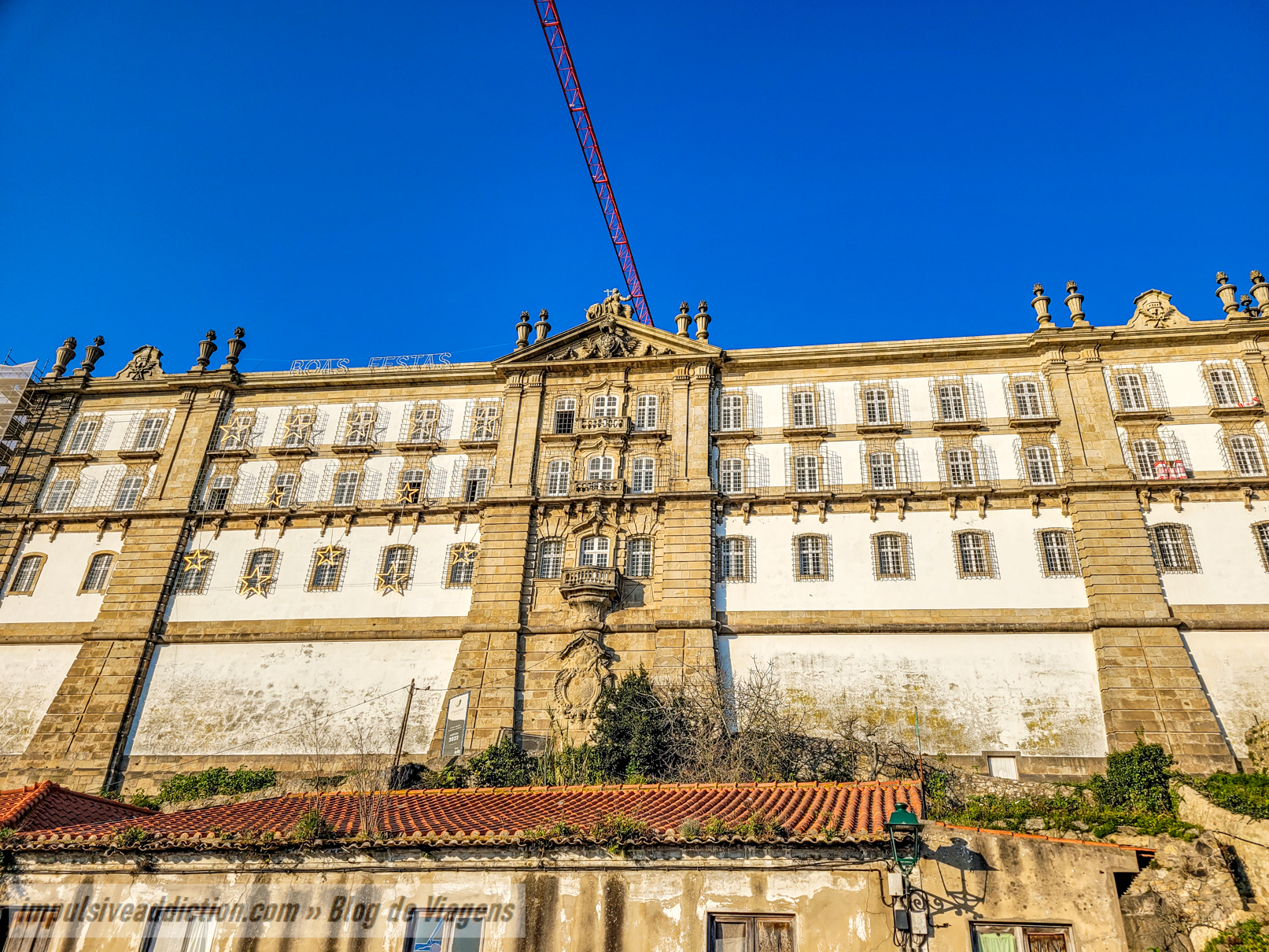
14. Convent of São Francisco and Nossa Senhora da Encarnação
It should also be noted that next to the Monastery of Santa Clara there is another of São Francisco, also known as the Convent of Nossa Senhora da Encarnação, founded around 200 years after the previous one, in the 16th century.
In the vicinity of the two convents you’ll find one of the best viewpoints in the city of Vila do Conde.
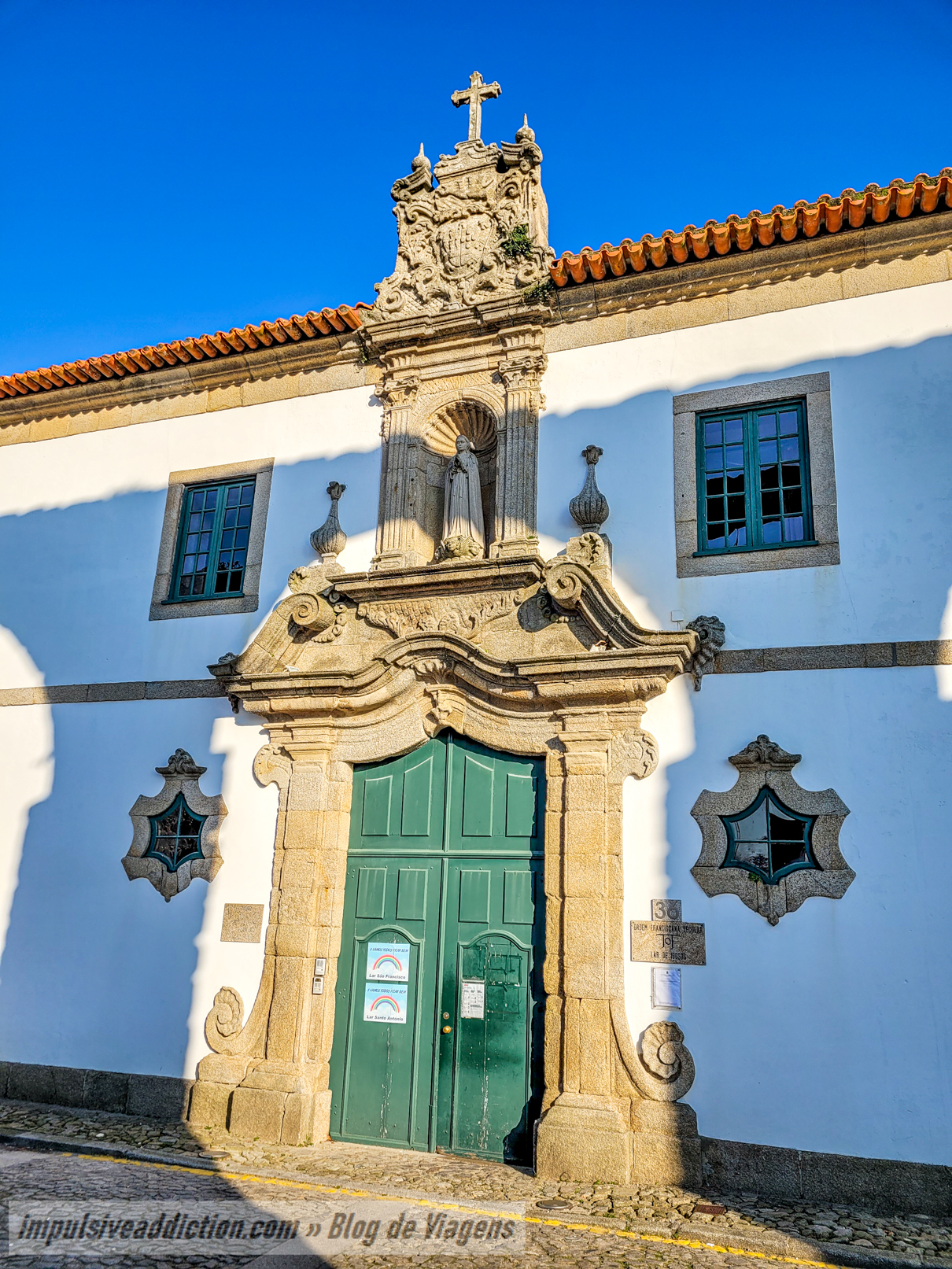
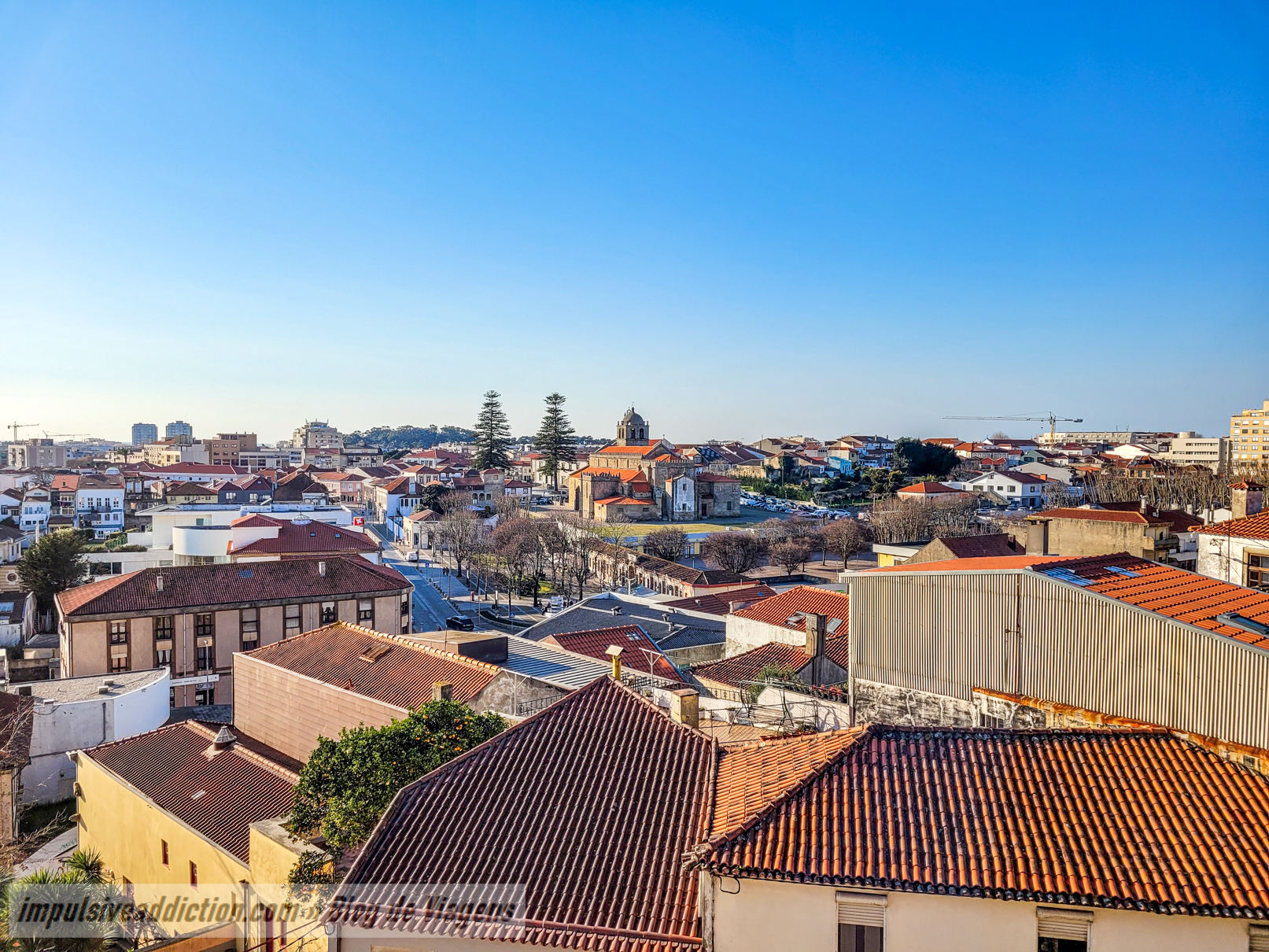
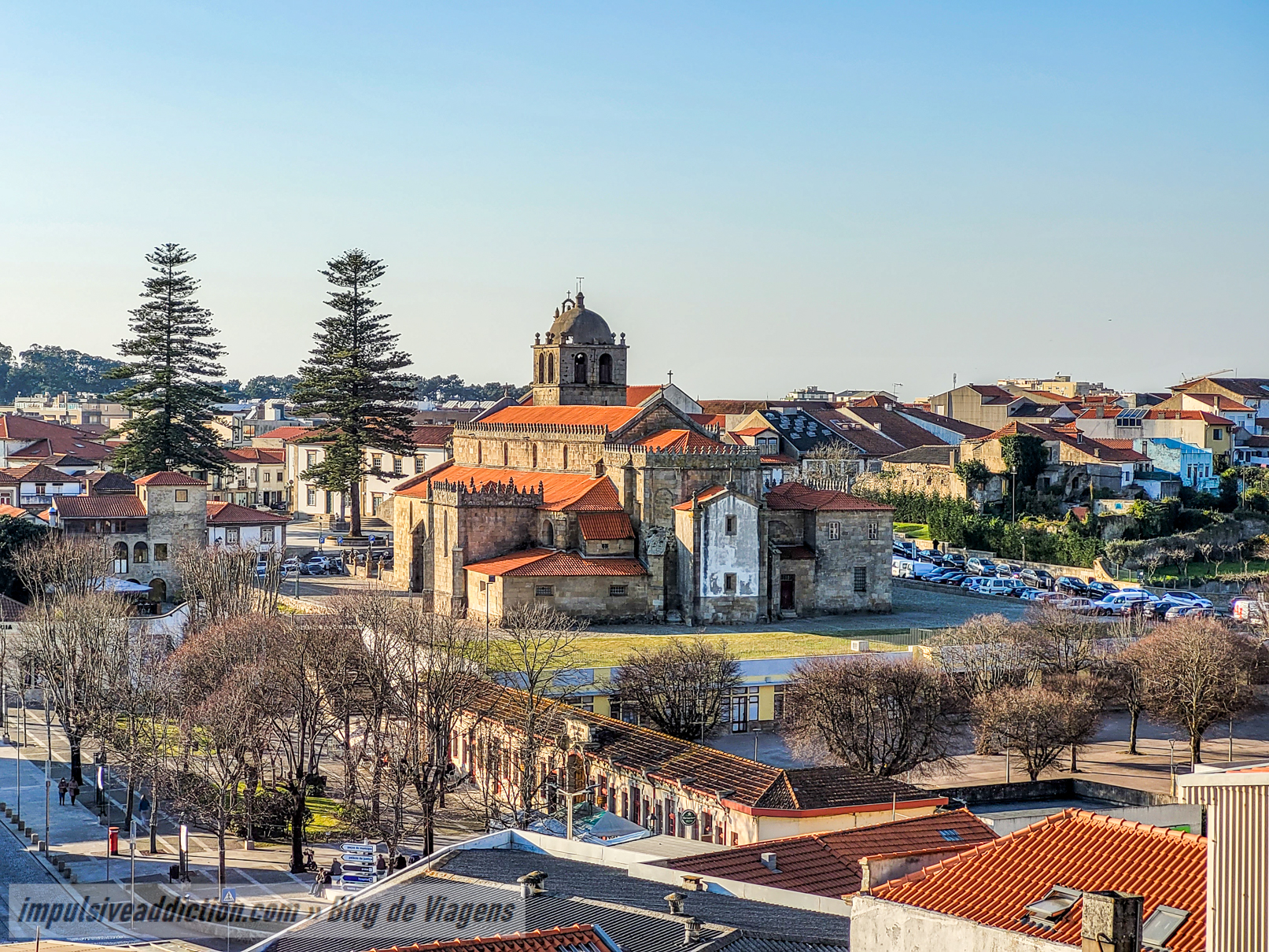
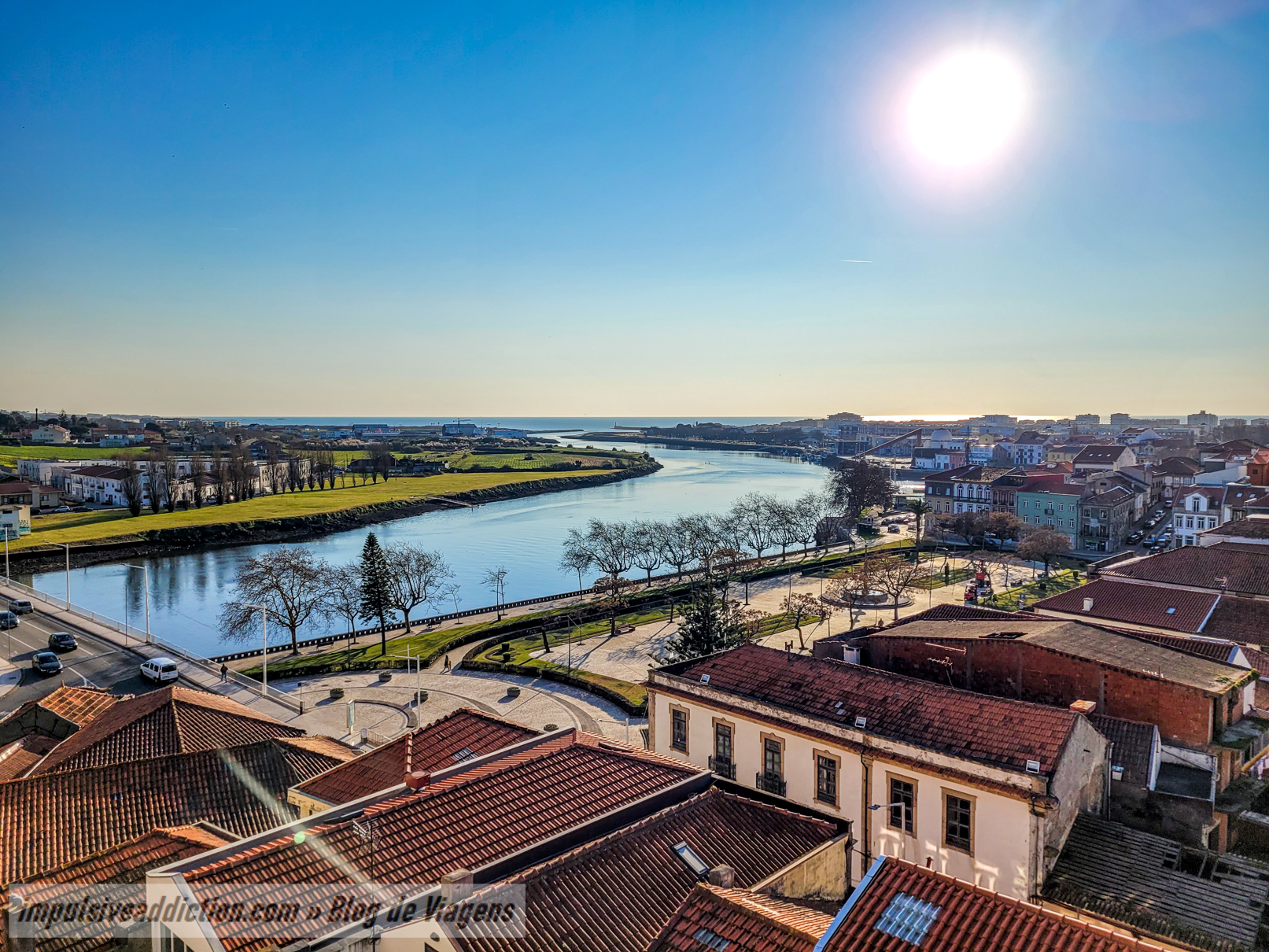
15. José Régio House Museum
José Régio House Museum was the museum space that impressed me the most when I visited Vila do Conde. The visit is always guided and you are not allowed to take photos inside. In addition to the furniture in the house, there are also numerous pieces of sacred art on display, which José Régio collected throughout his life.
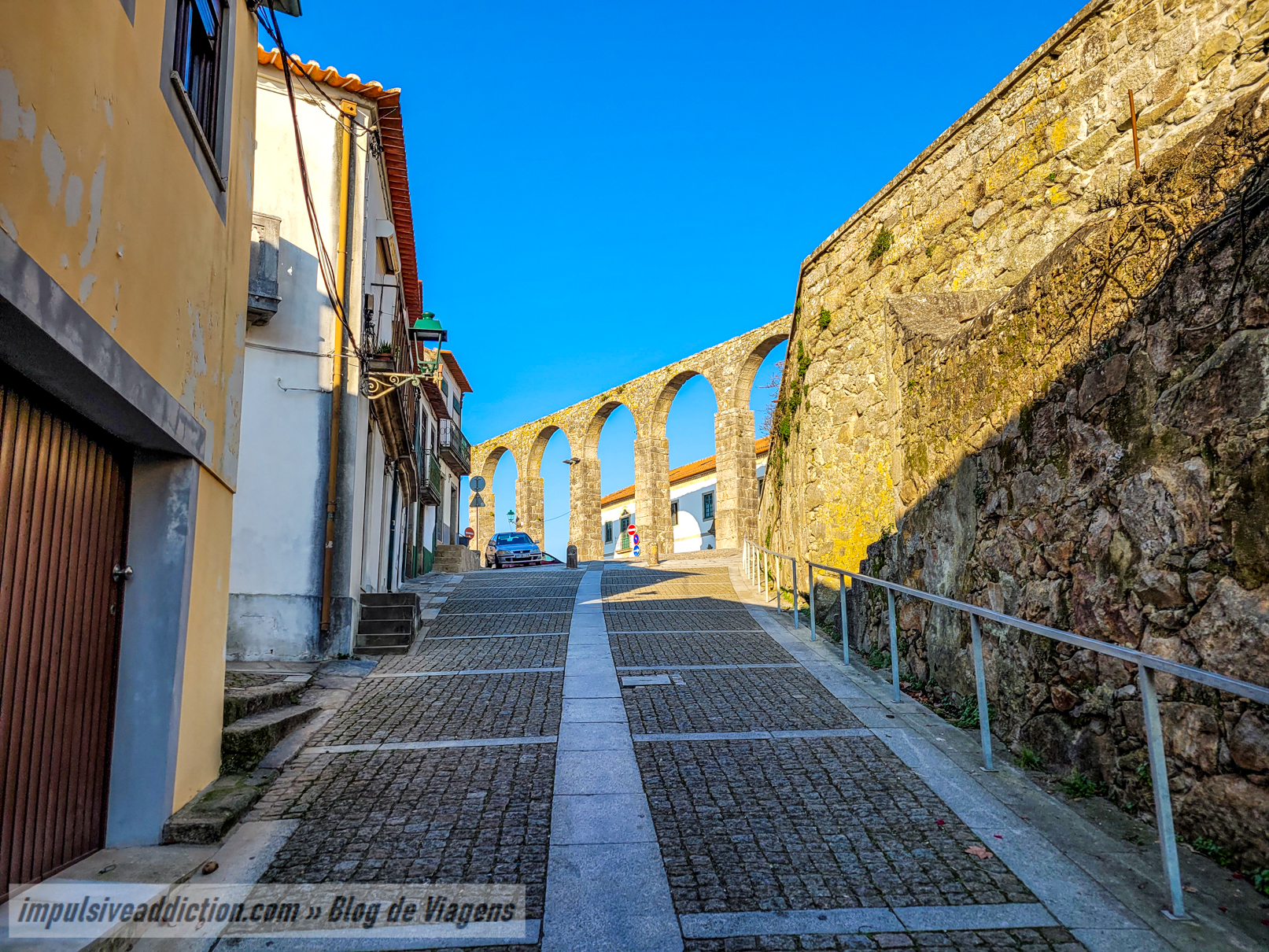
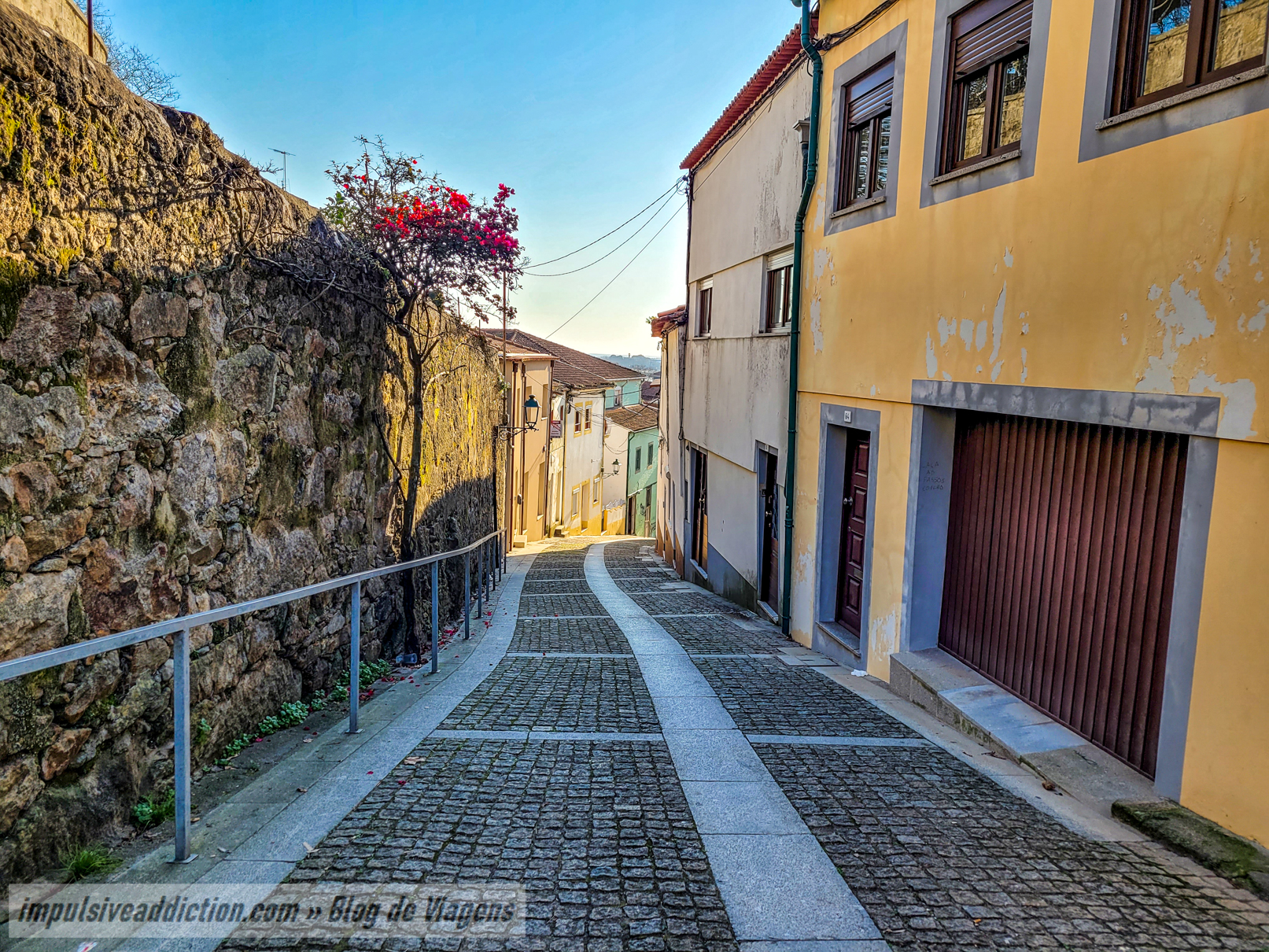
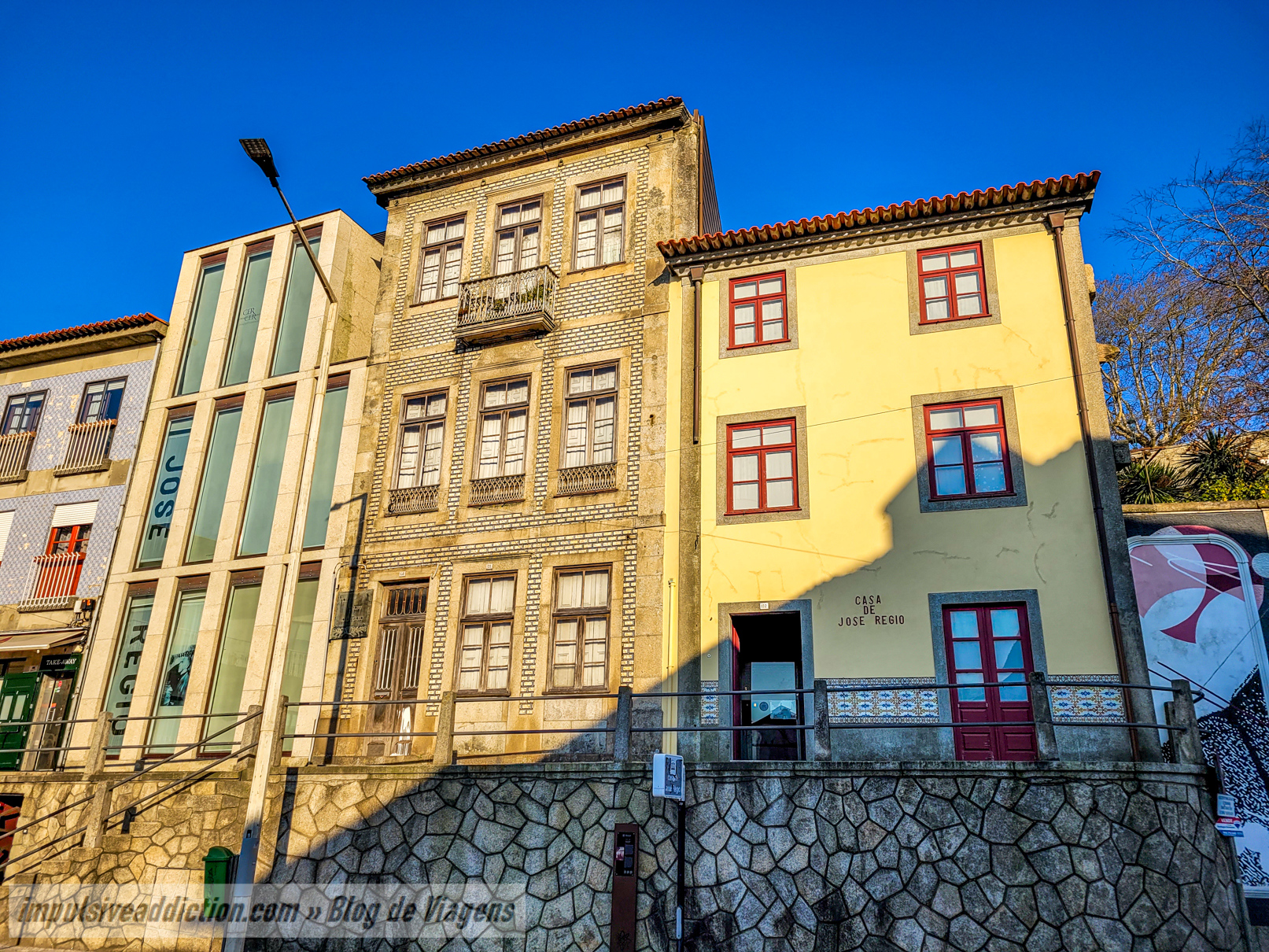
16. São João Square and Municipal Market of Vila do Conde
To finish Vila do Conde’s historic center, I mention São João Square and the Municipal Market, where the weekly market takes place every week. I highlight the statue of São João Baptista, the city’s patron saint.
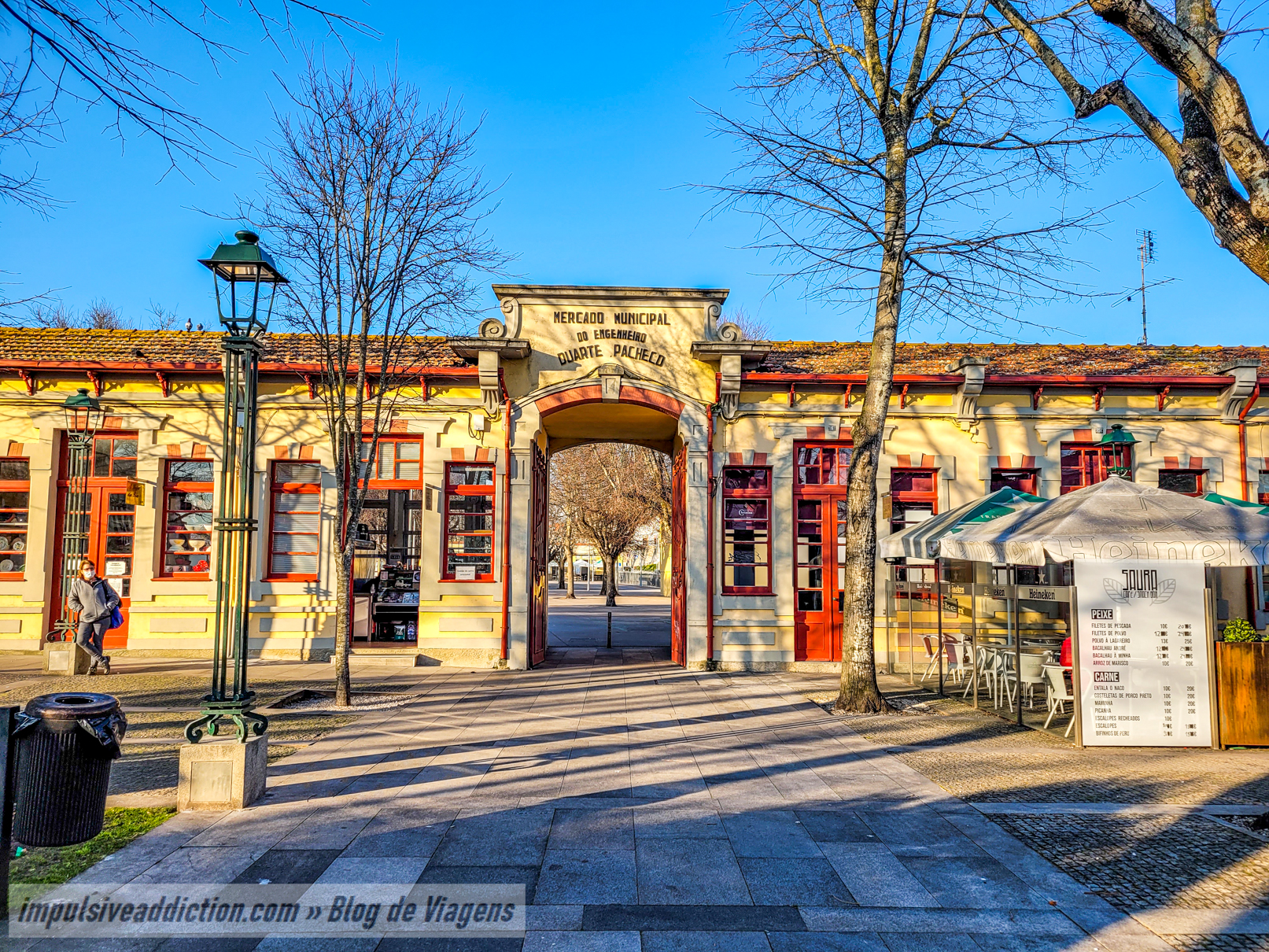
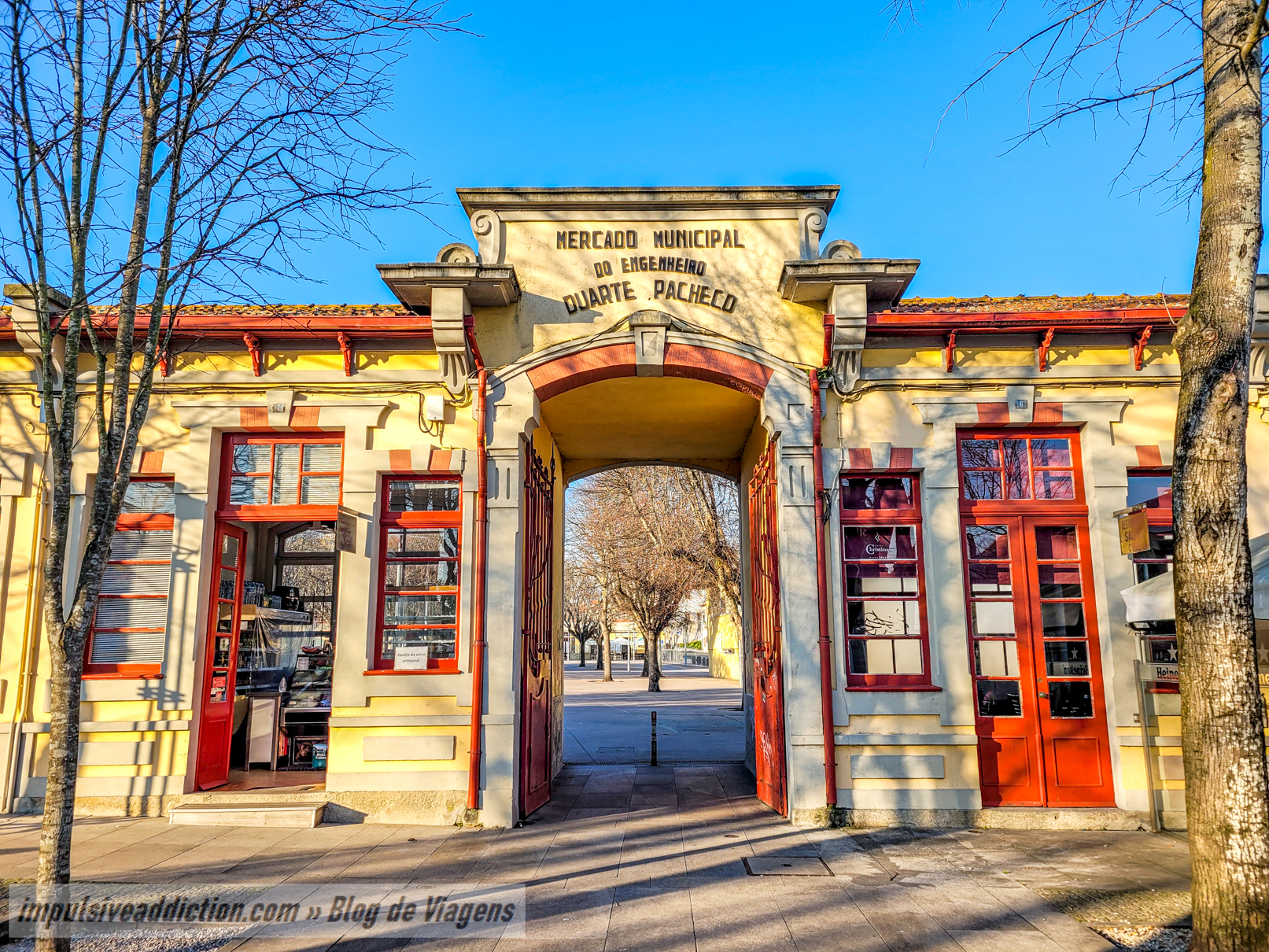
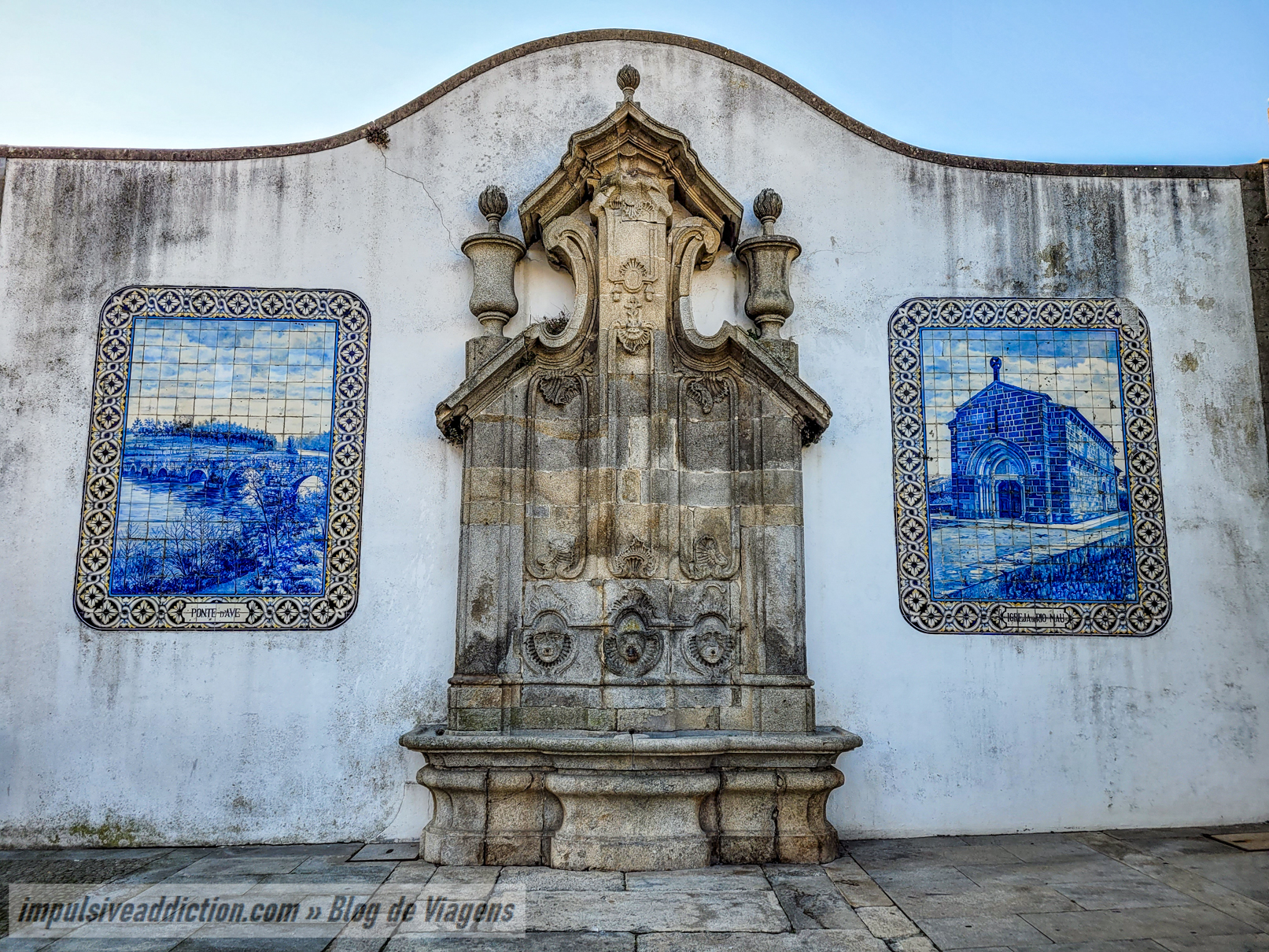
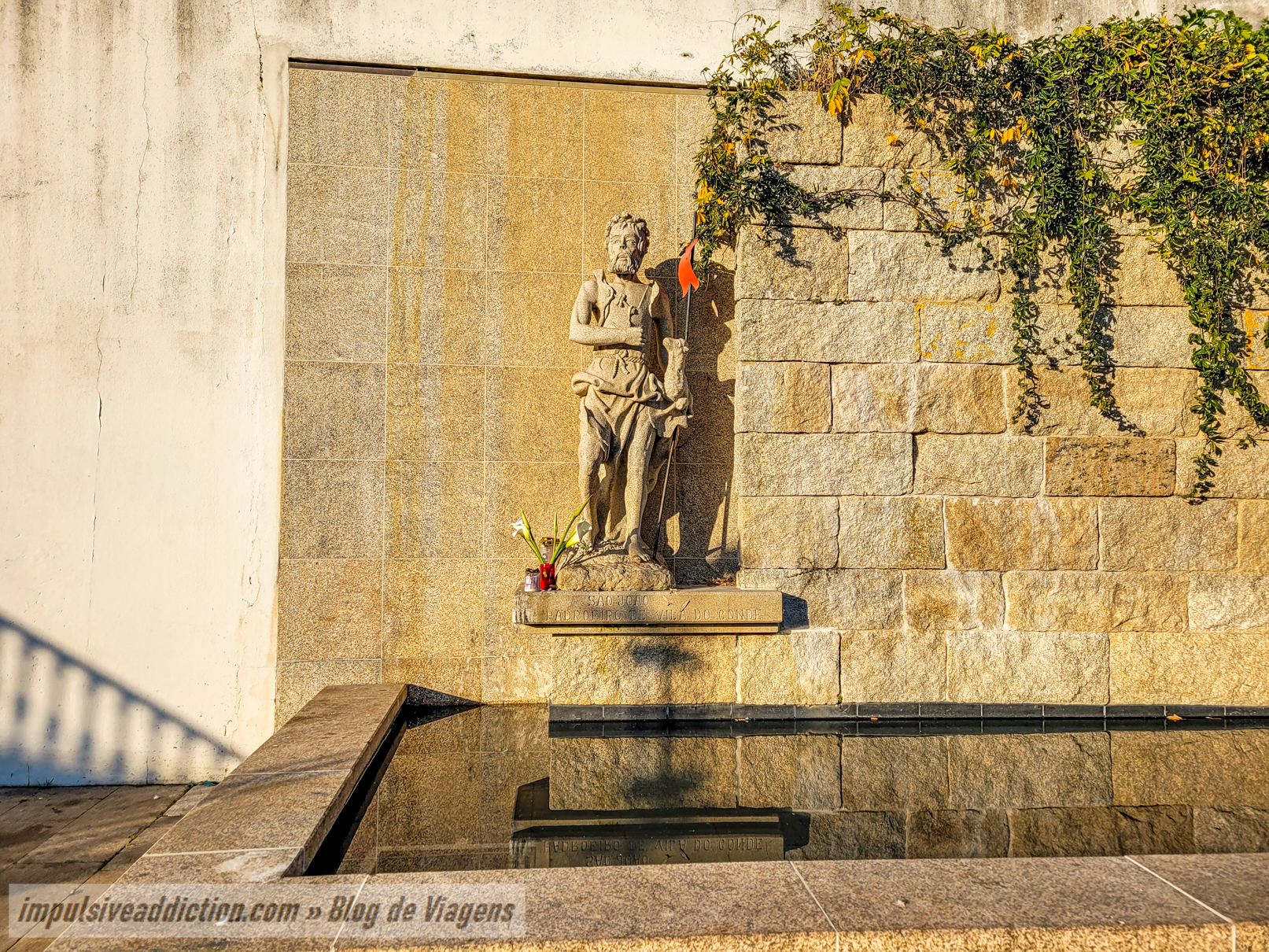
Visit Vila do Conde’s coast and the mouth of the River Ave
Having finished Vila do Conde’s historic center, it’s time to explore the best beaches and other places of tourist interest along the Atlantic coast. The following sequence is from south to north.
1. São Paio Beach and Castro
Castro de São Paio is the only maritime castro settlement in the Portuguese part of the northwest of the Iberian Peninsula. It is believed to date back to the 1st millennium BC, having been abandoned when the Romans arrived. You’ll find several ruins by the sea and pleasant wooden walkways by the beach, which make for an excellent walk around the area. Don’t miss the geodesic landmark.
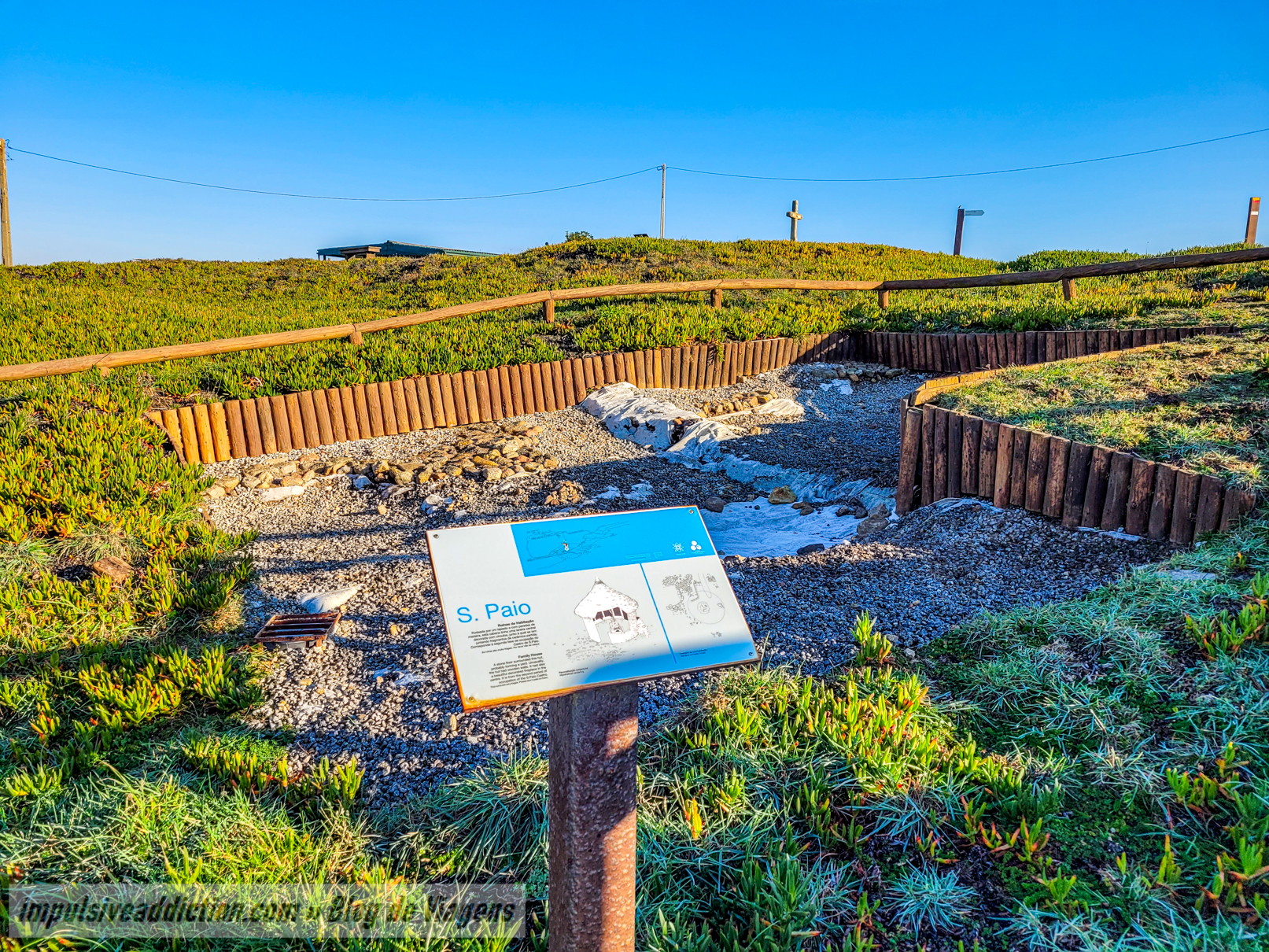
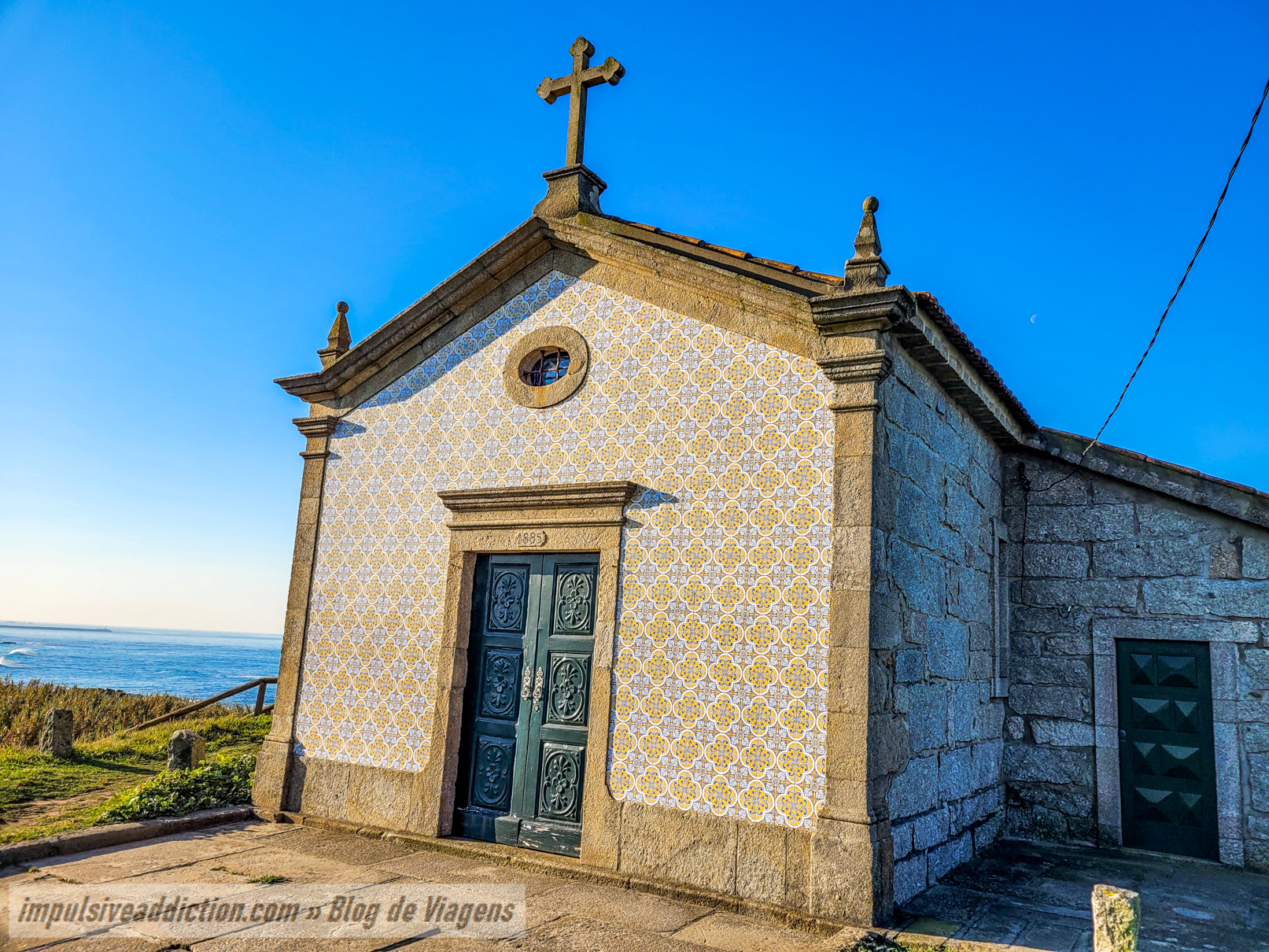
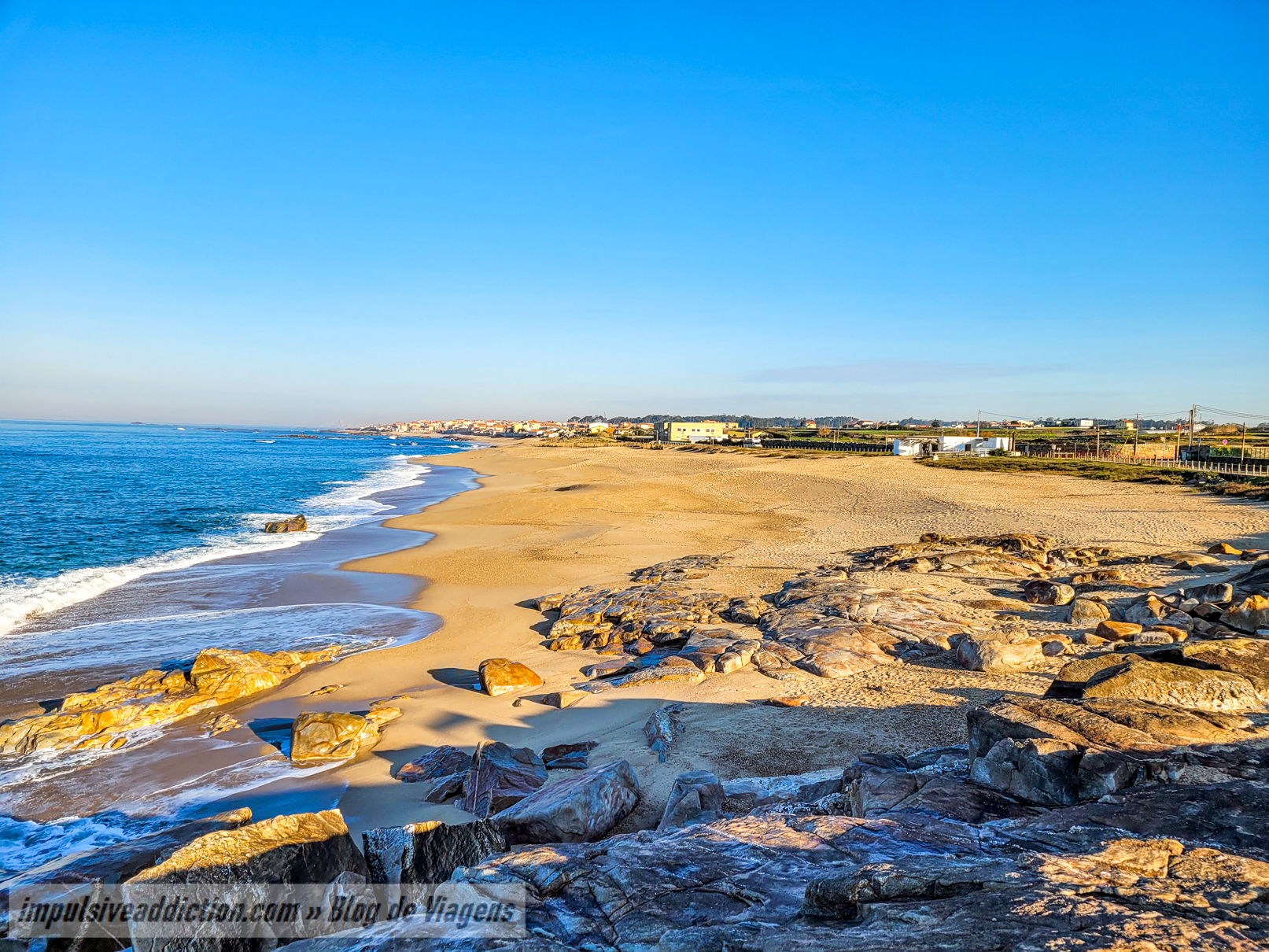
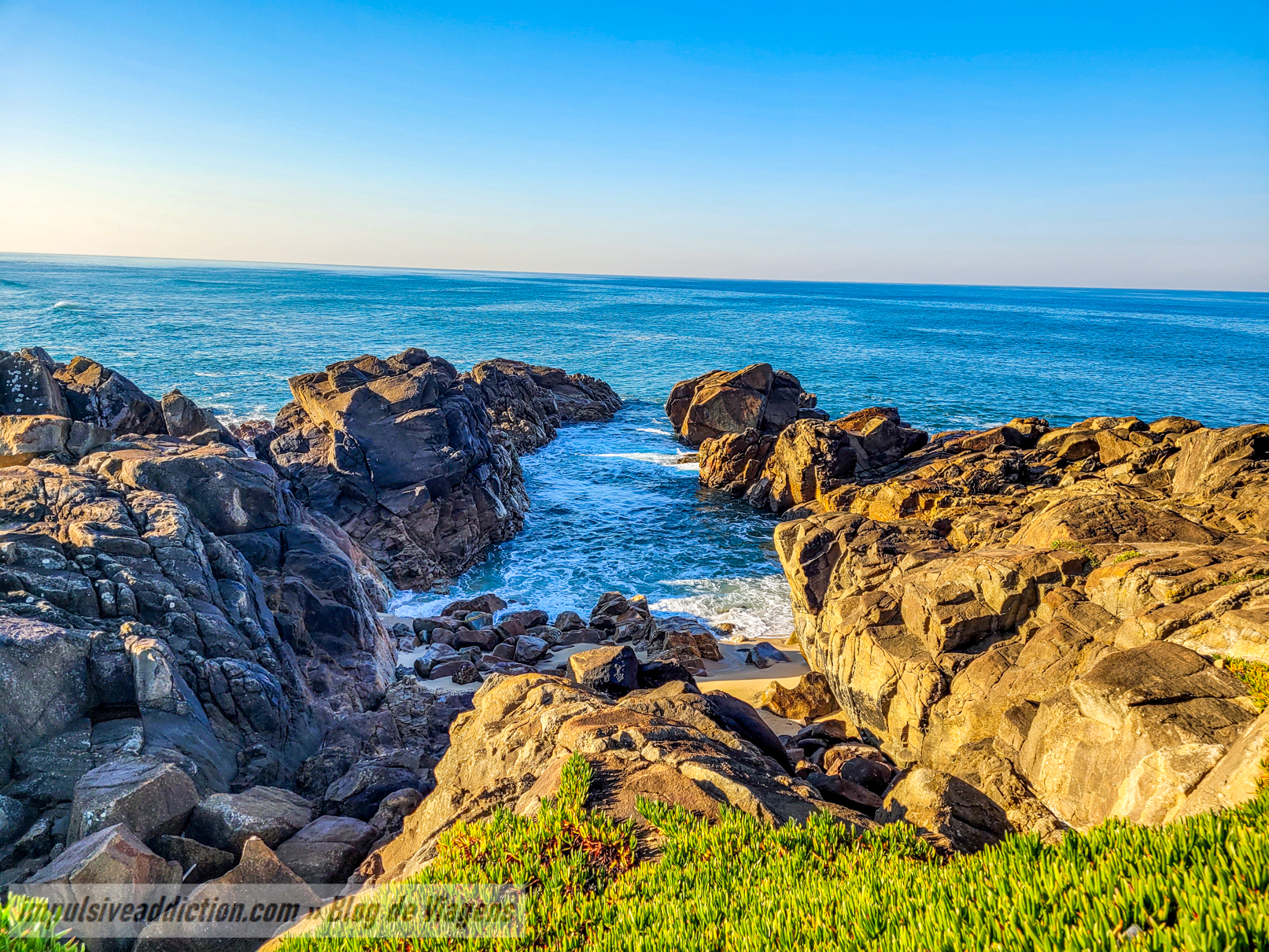
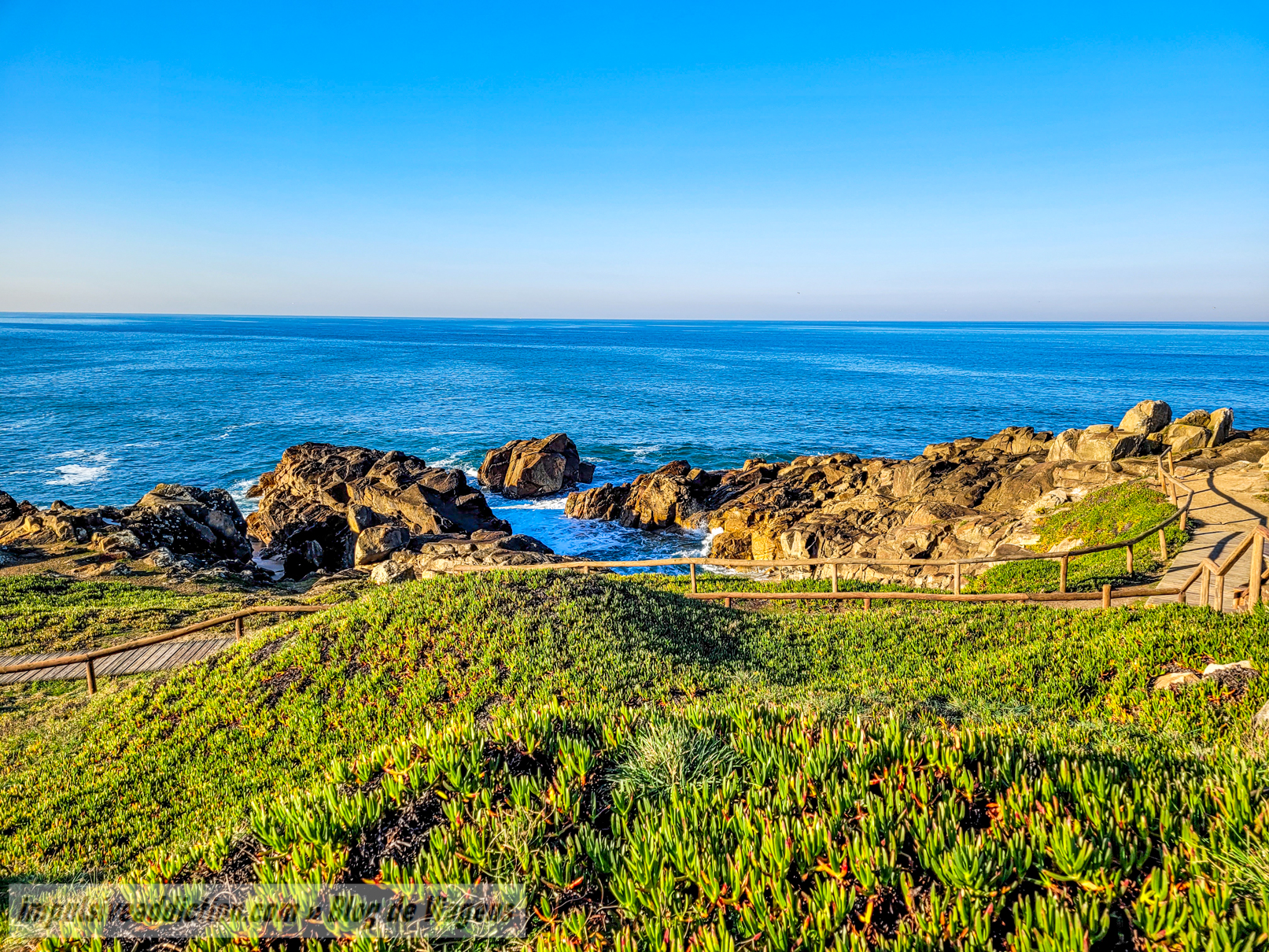
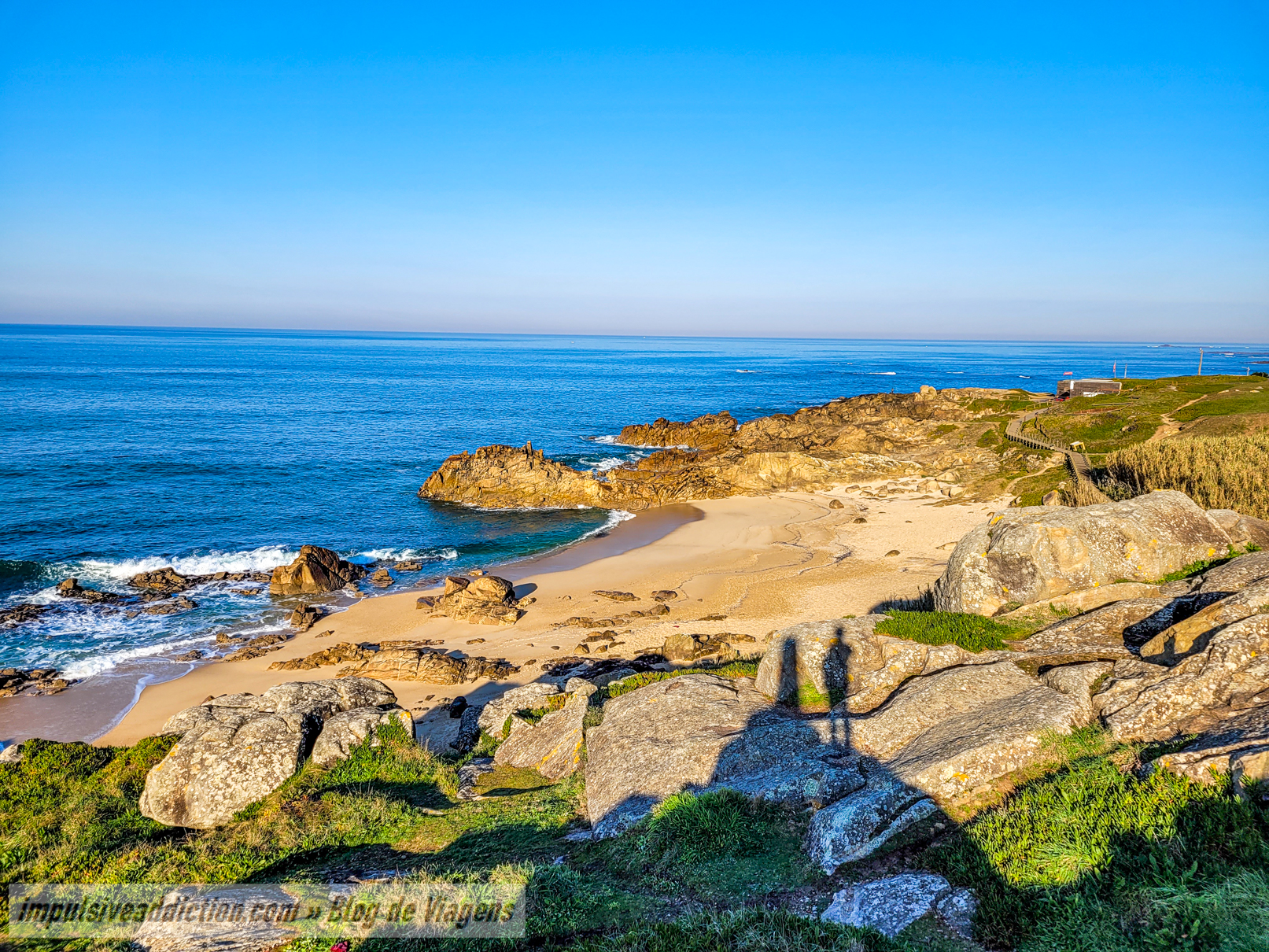
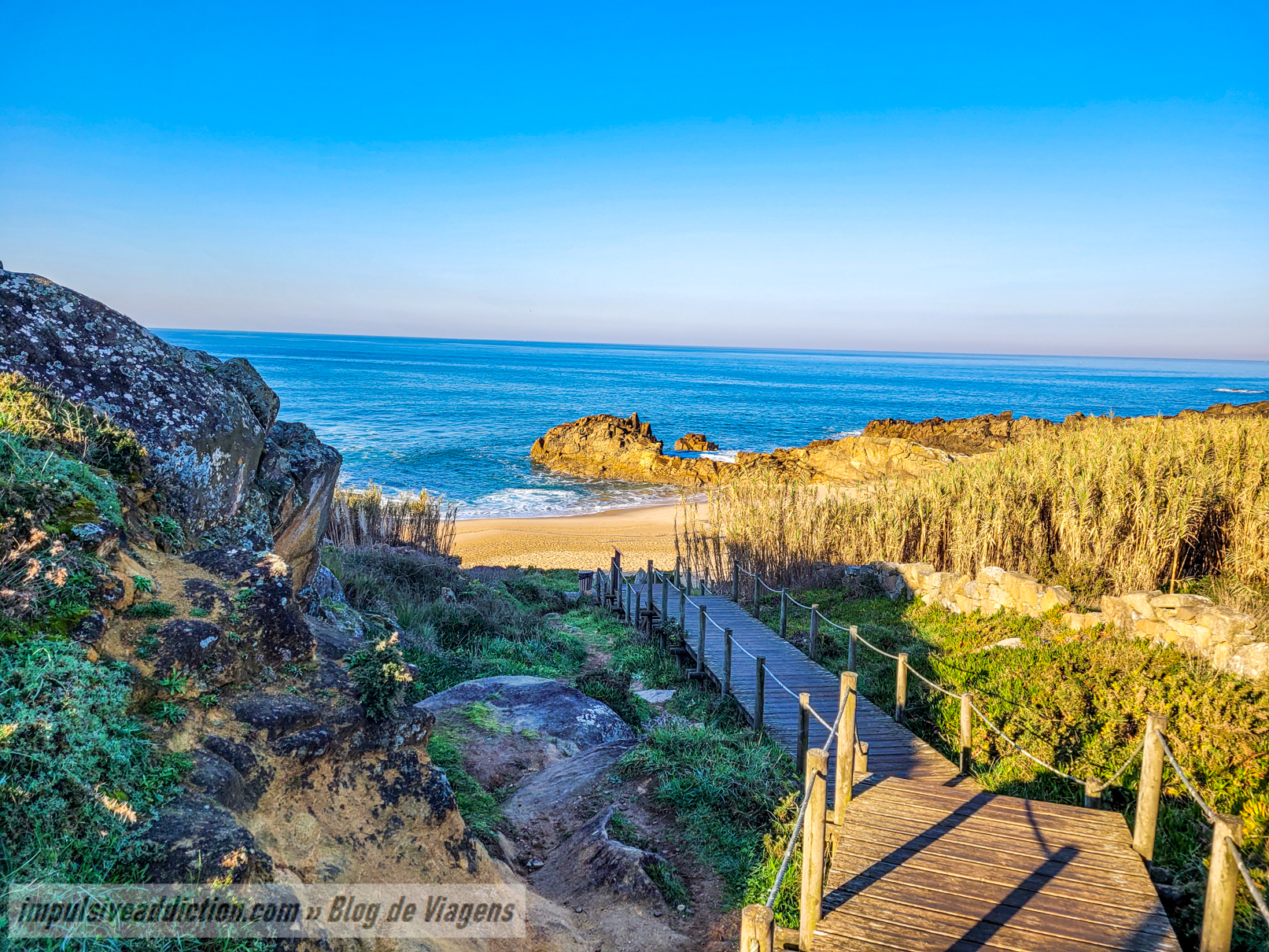
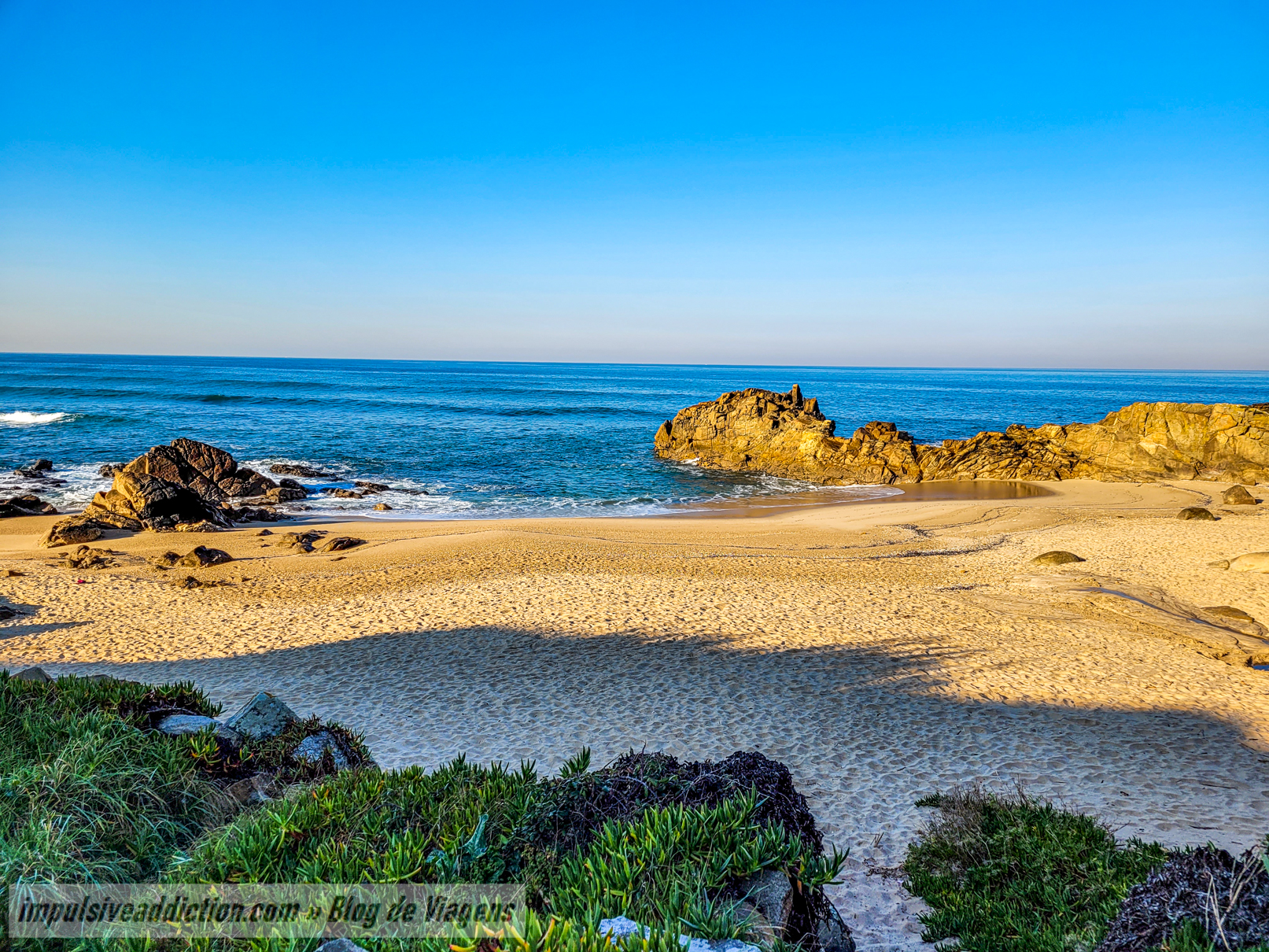
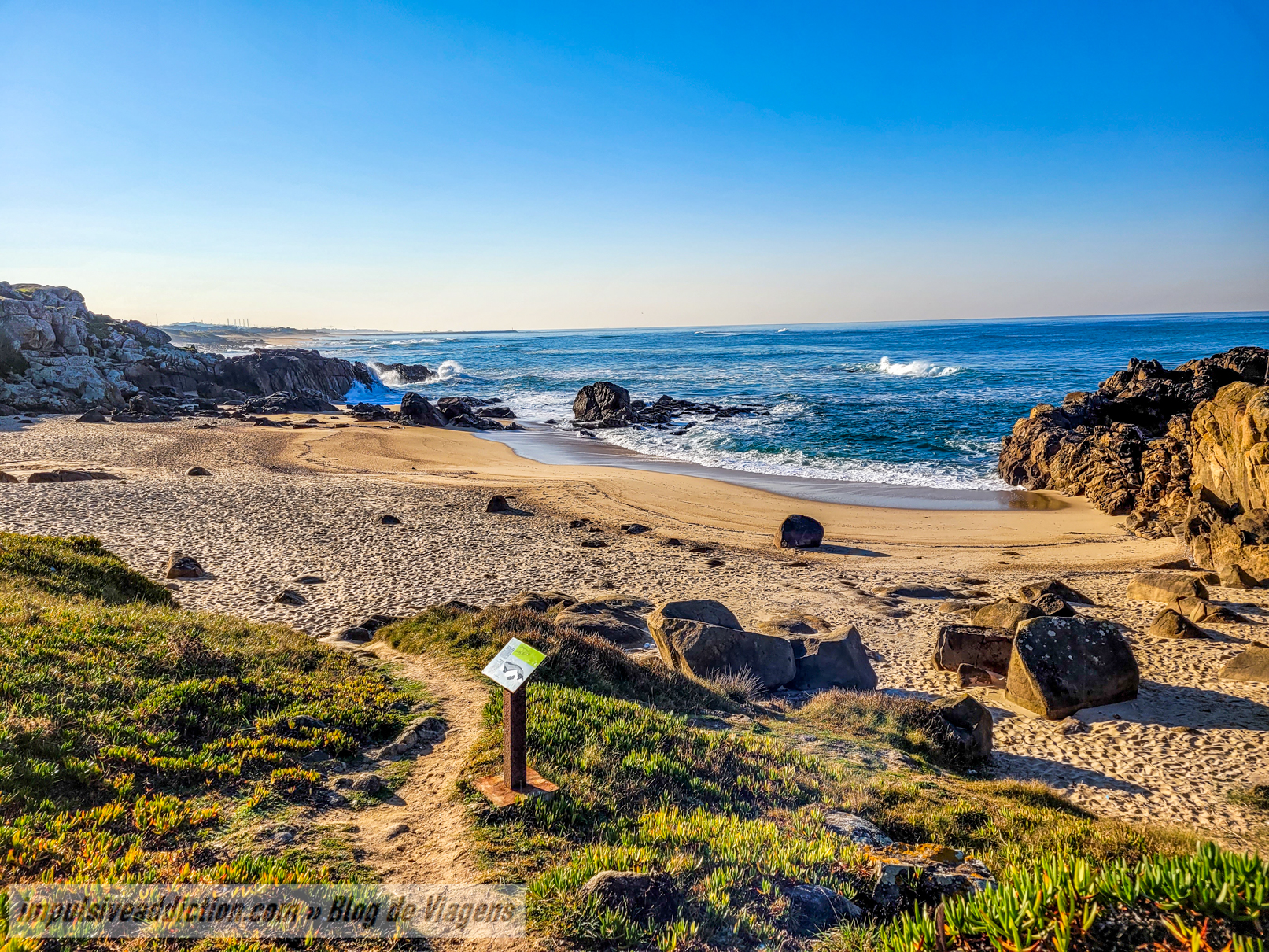
2. Vila do Conde’s South Coast Ecovia and Mindelo Ornithological Reserve
If you like the walkways surrounding São Paio Beach, consider getting a bike or walking along the South Coast Ecovia, which goes all the way to the south bank of River Ave, in Azurara. There are lots of stages on walkways by the sea, and along the way you will find more information about the Mindelo Ornithological Reserve. The ecovia is about 8.5km long.
3. Mindelo Beach and Azurara Beach
The main beaches you’ll find on the South Coast Ecovia are undoubtedly Mindelo beach and Azurara beach. They’re both very long, so you’ll have plenty of space to spread out your towel in the middle of your walk. Mindelo Beach stands out for its rock formations by the sea, which protect the sand from the force of the waves. Azurara Beach, in turn, is very popular with surf lovers.
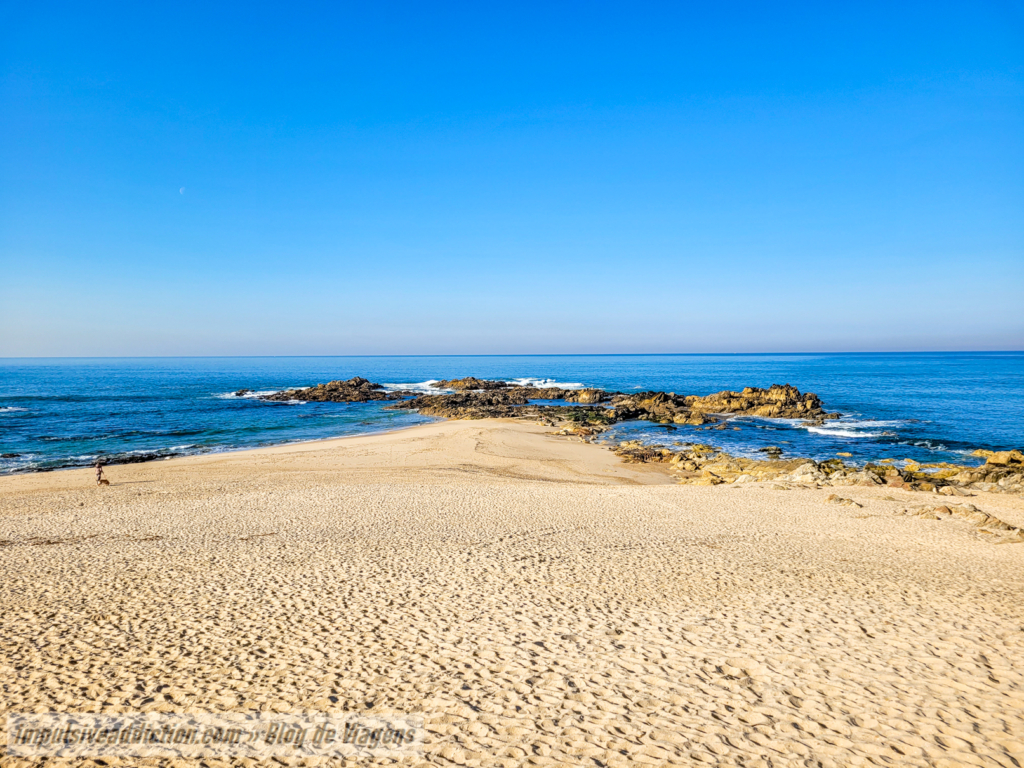
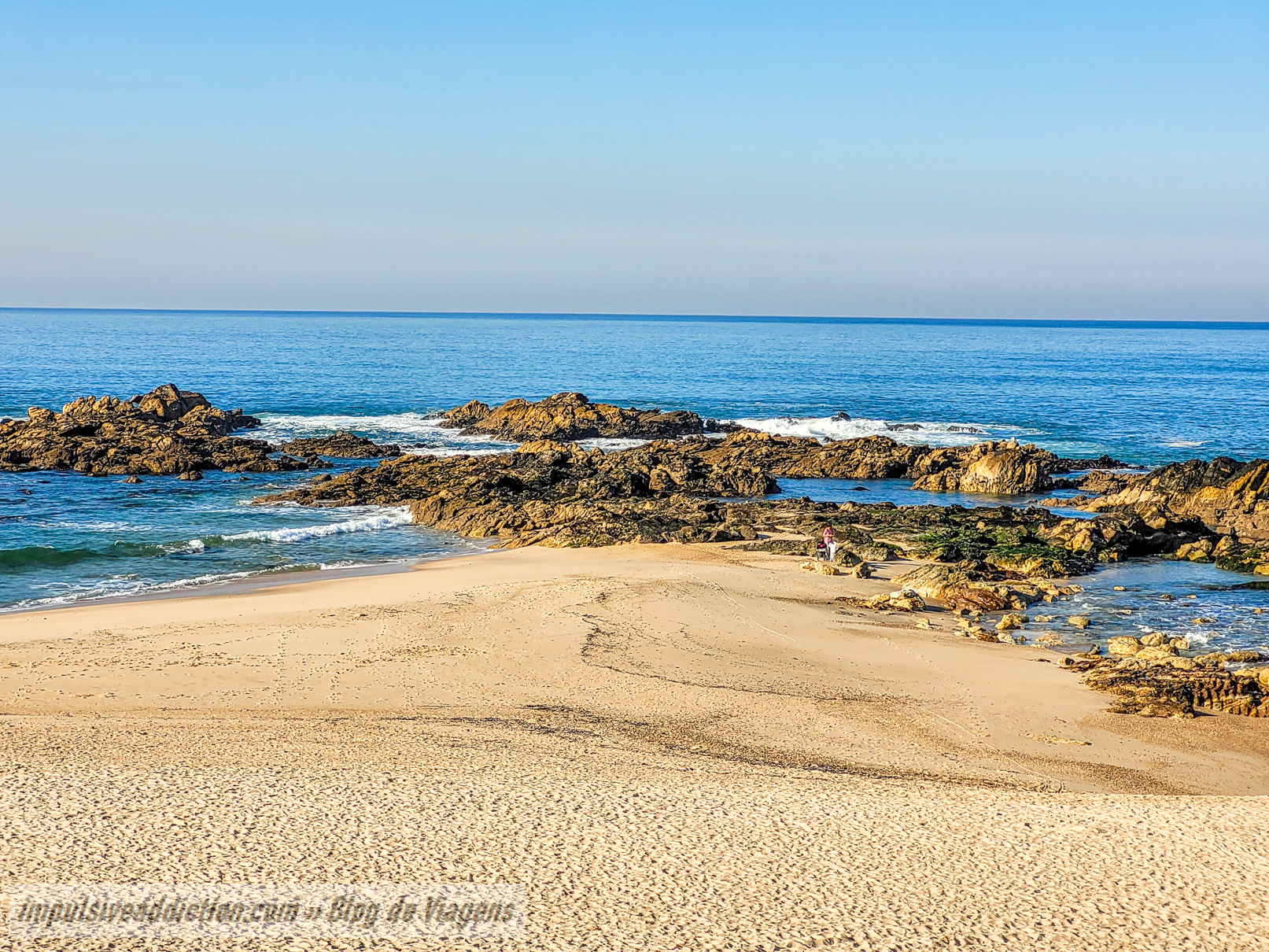
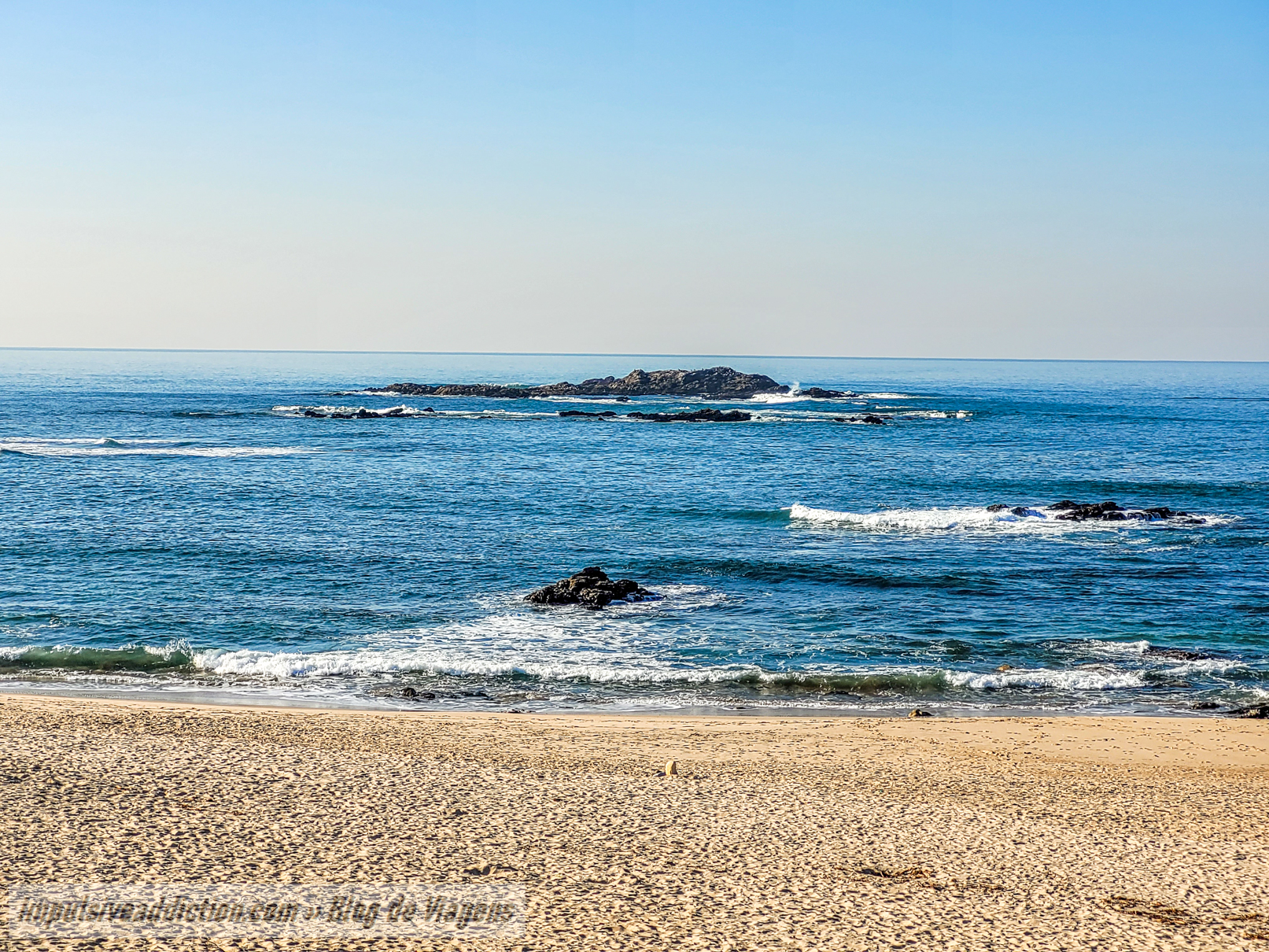
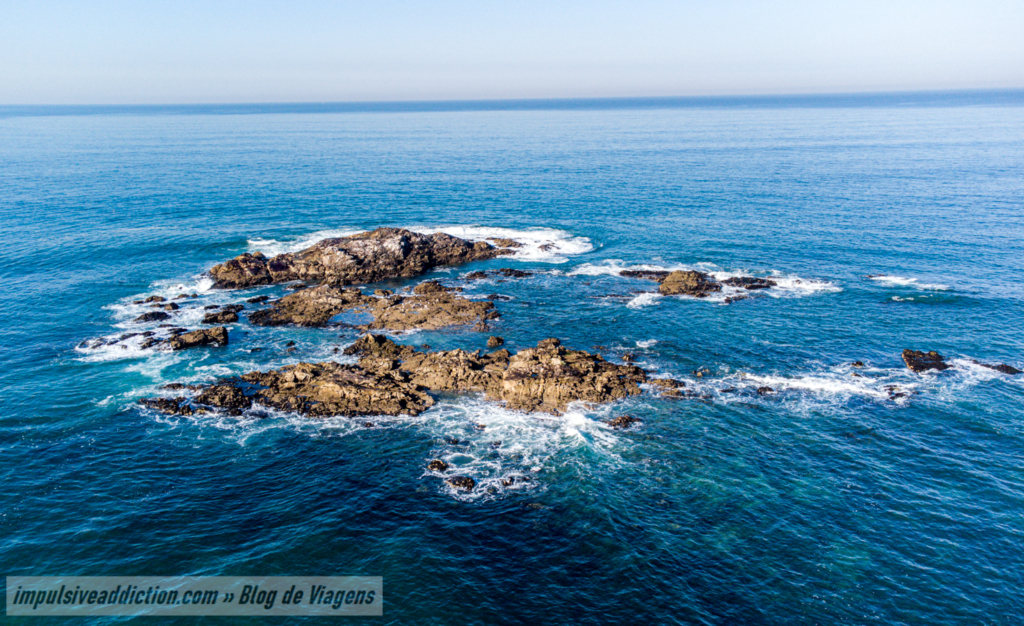
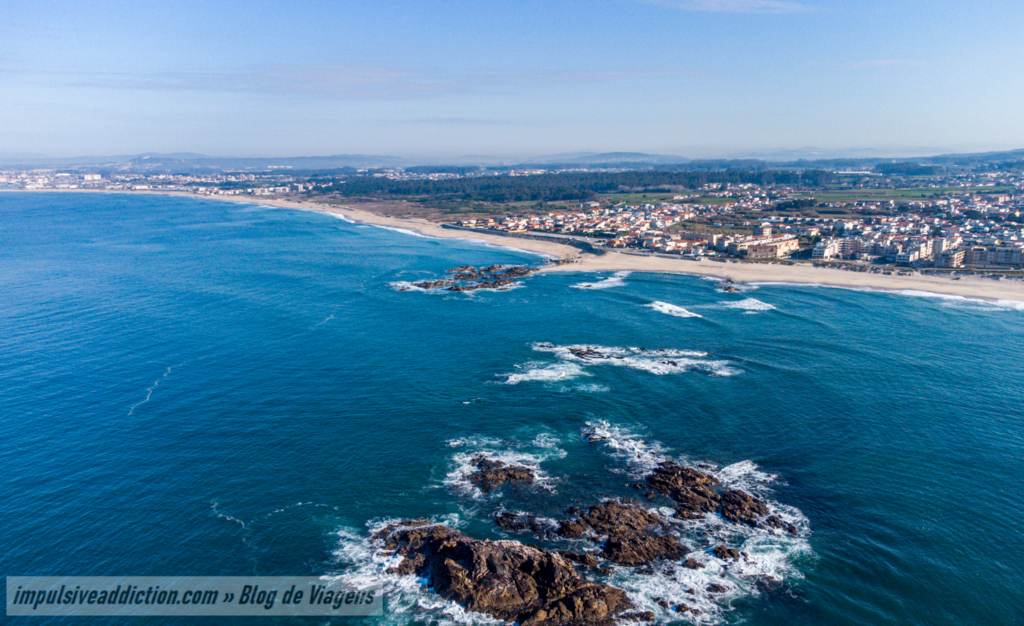
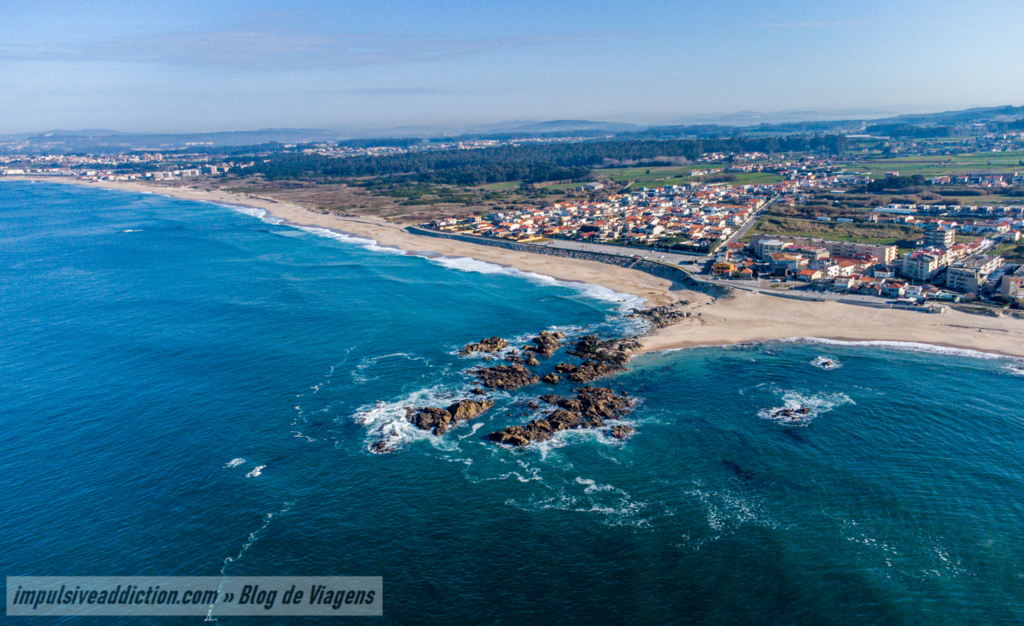
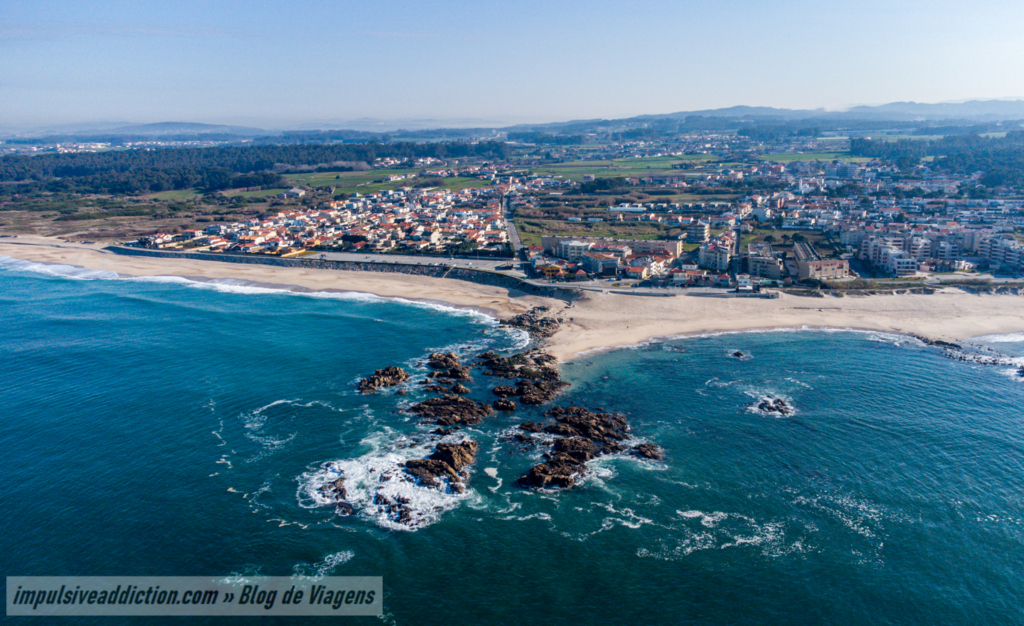
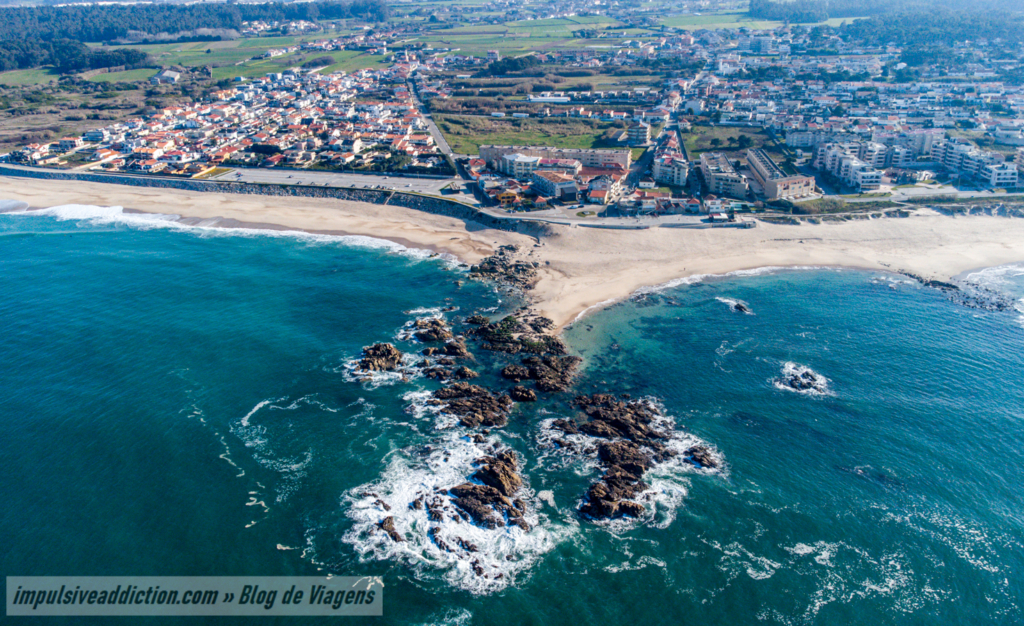
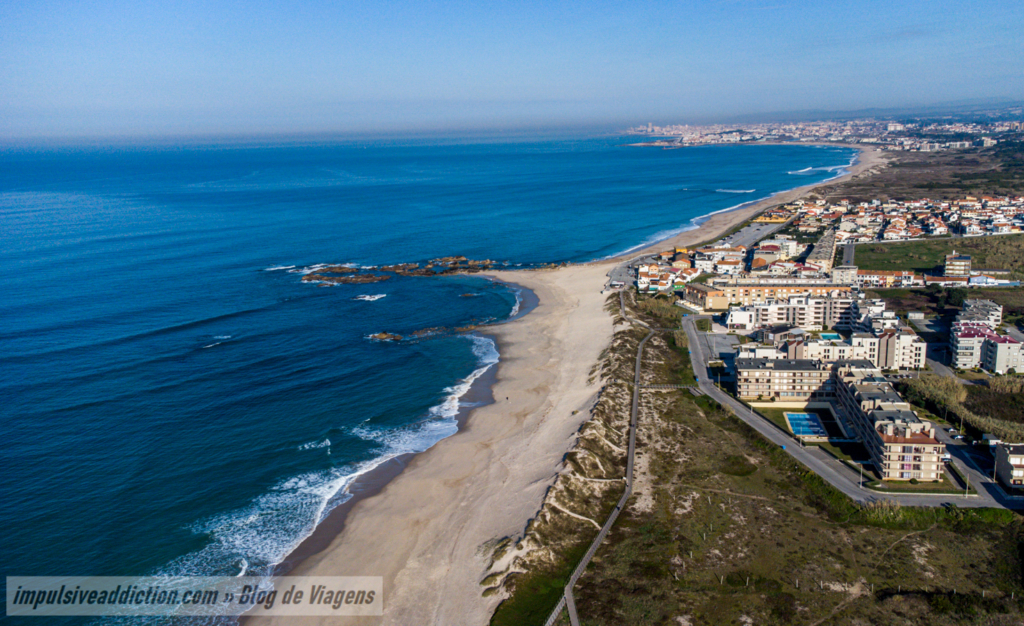
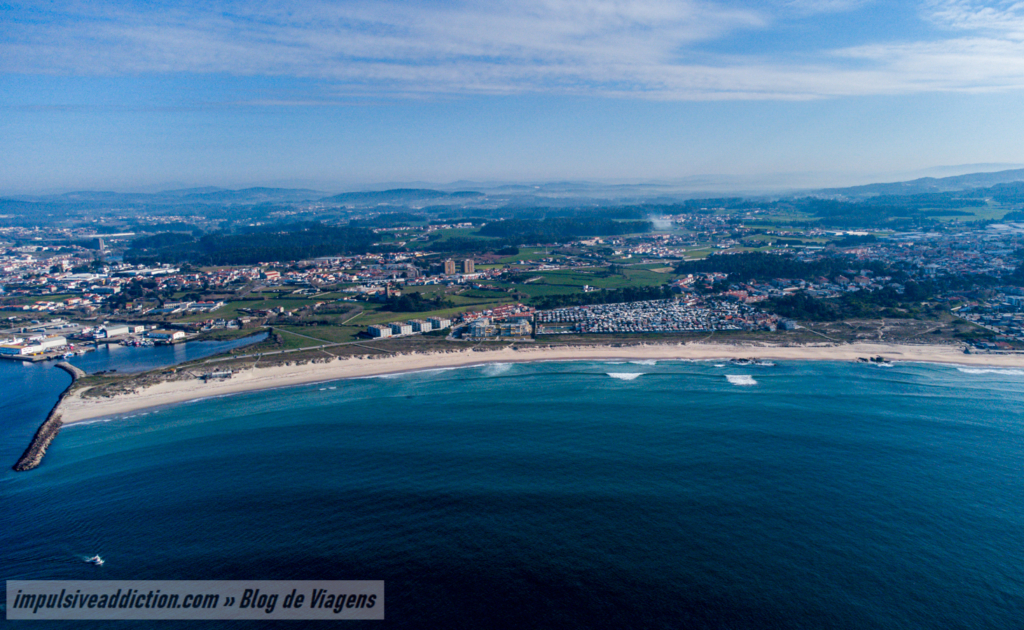
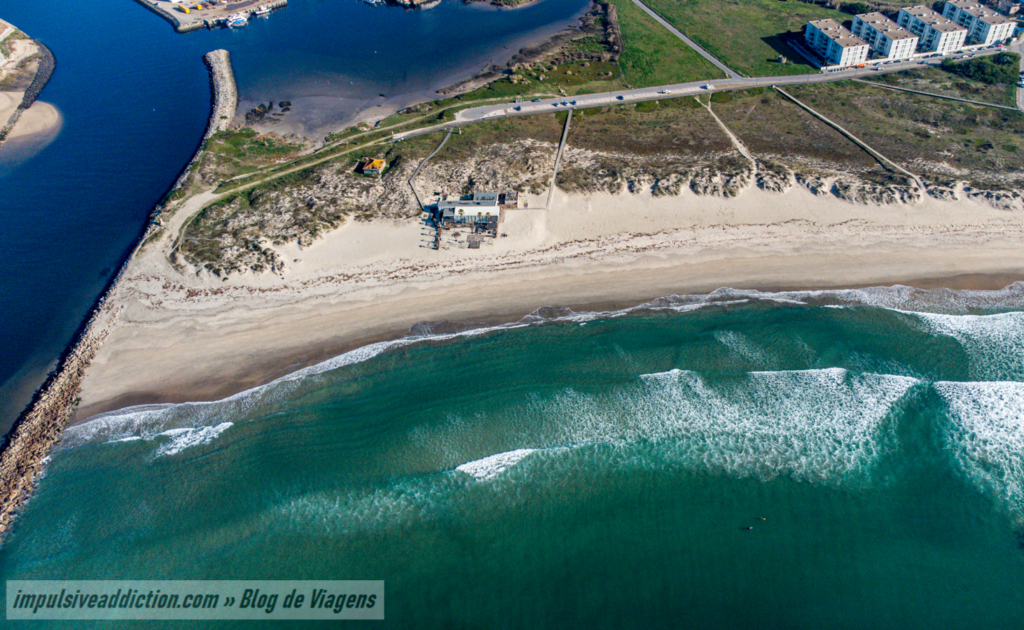
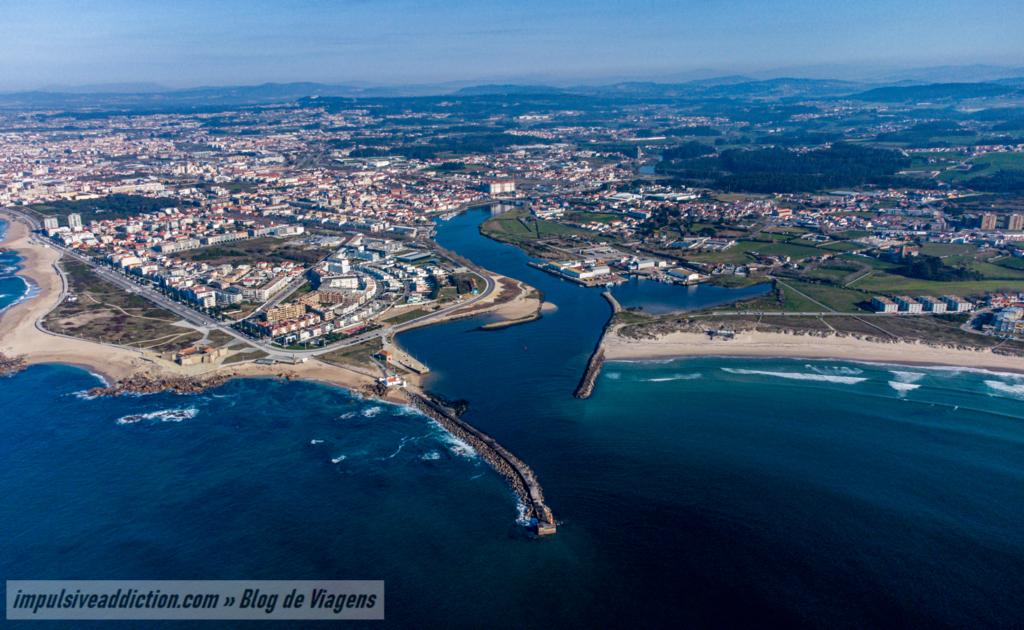
4. Chapel of Nossa Senhora da Guia
The most precious church in Vila do Conde, in my opinion, is right by the sea, at the mouth of River Ave. It’s the Chapel of Nossa Senhora da Guia, with beautiful 17th and 18th century tiles inside and coffered ceilings decorated with biblical scenes and figures of saints. It is believed to have originated in the 10th century, at the time under the name of Chapel of São Julião. Not to be missed! 🙂
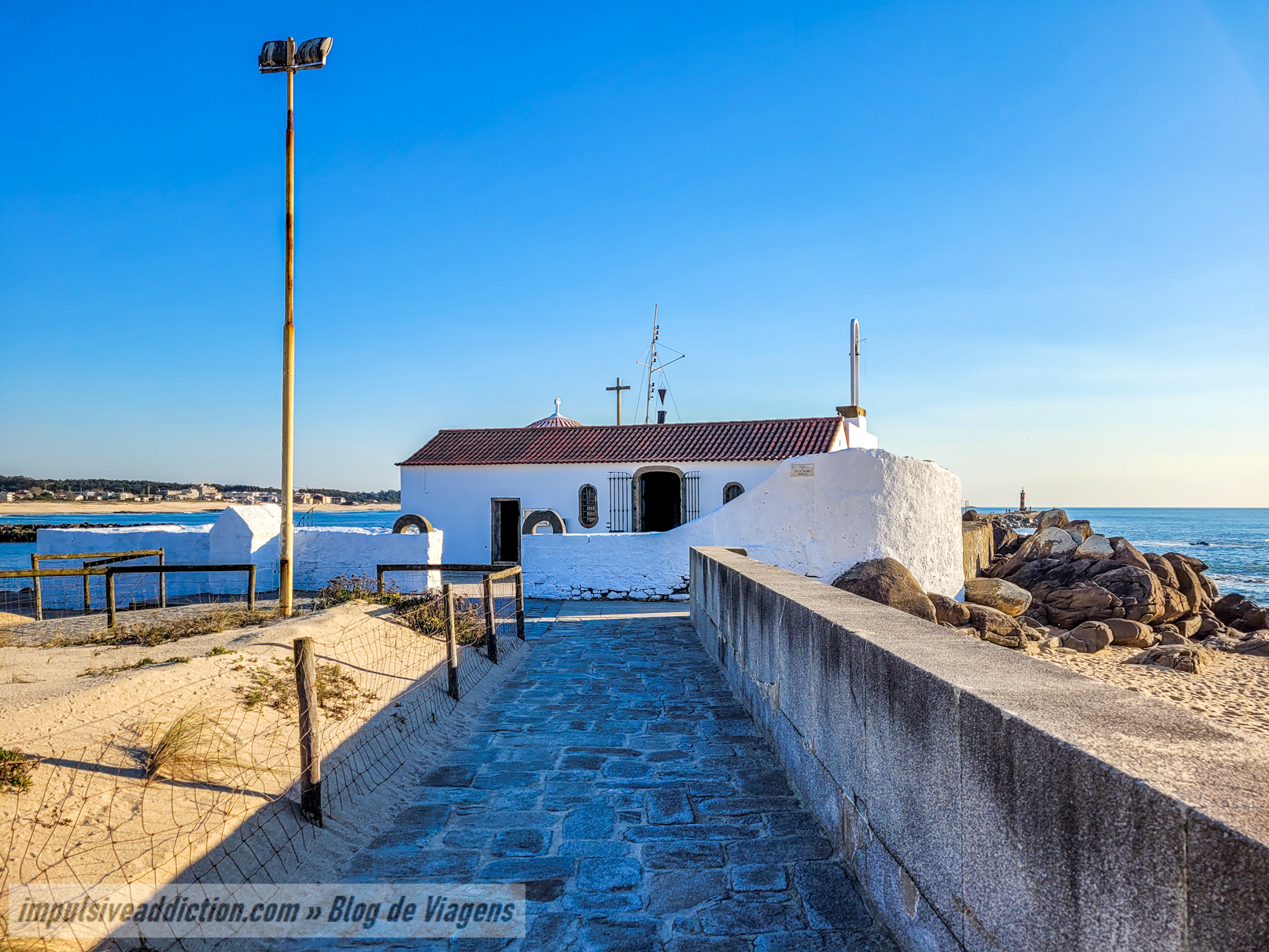
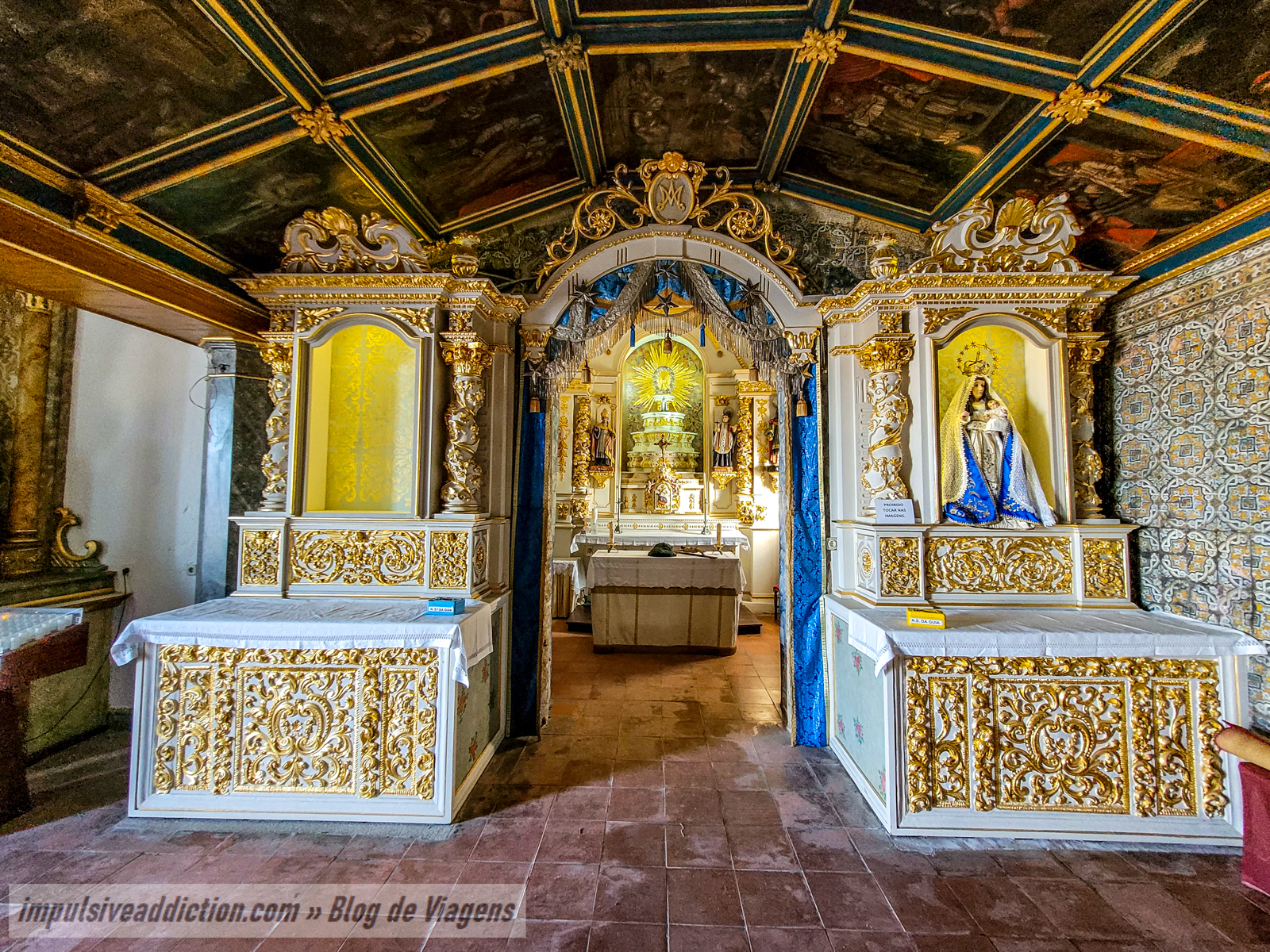
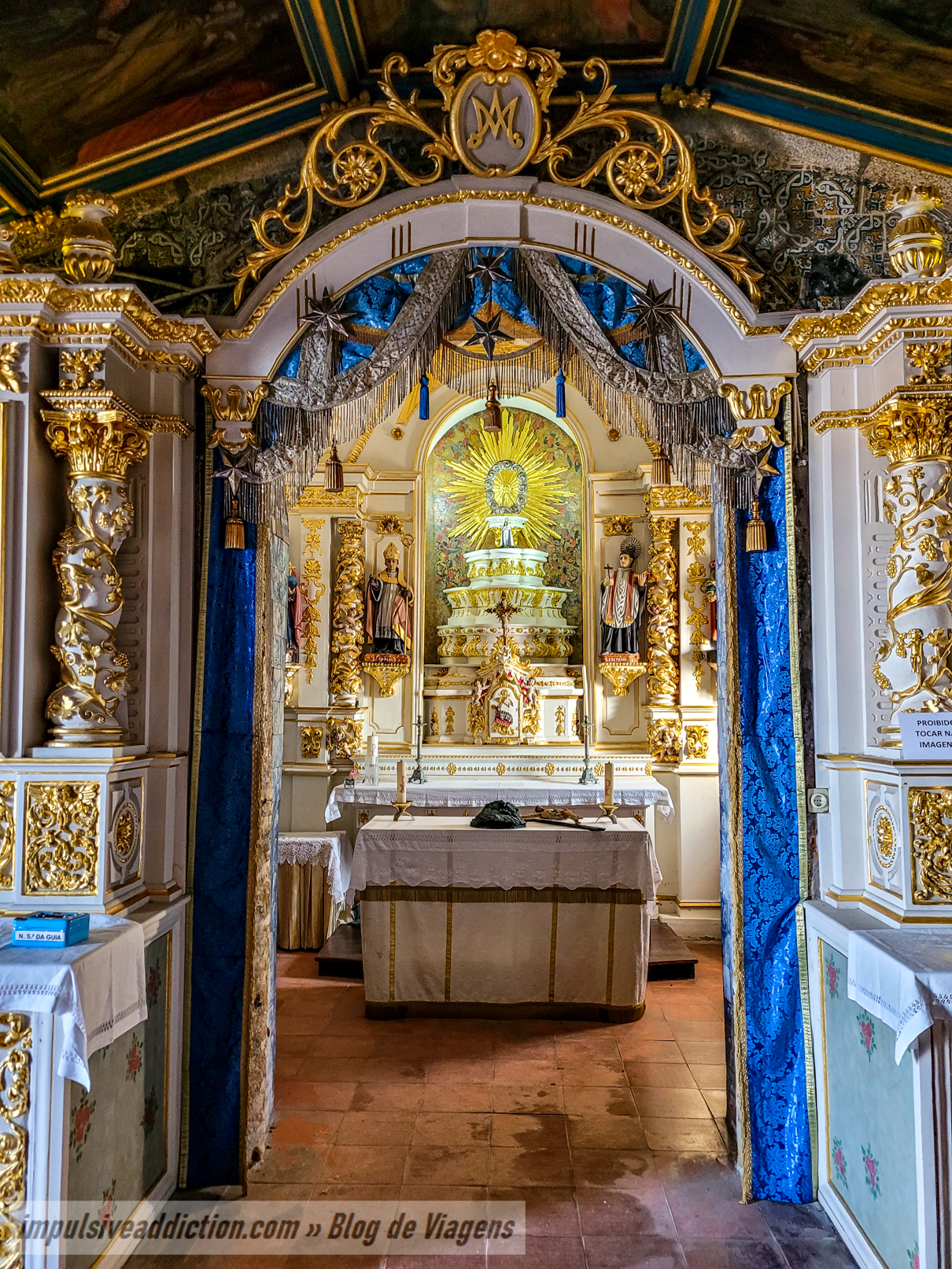
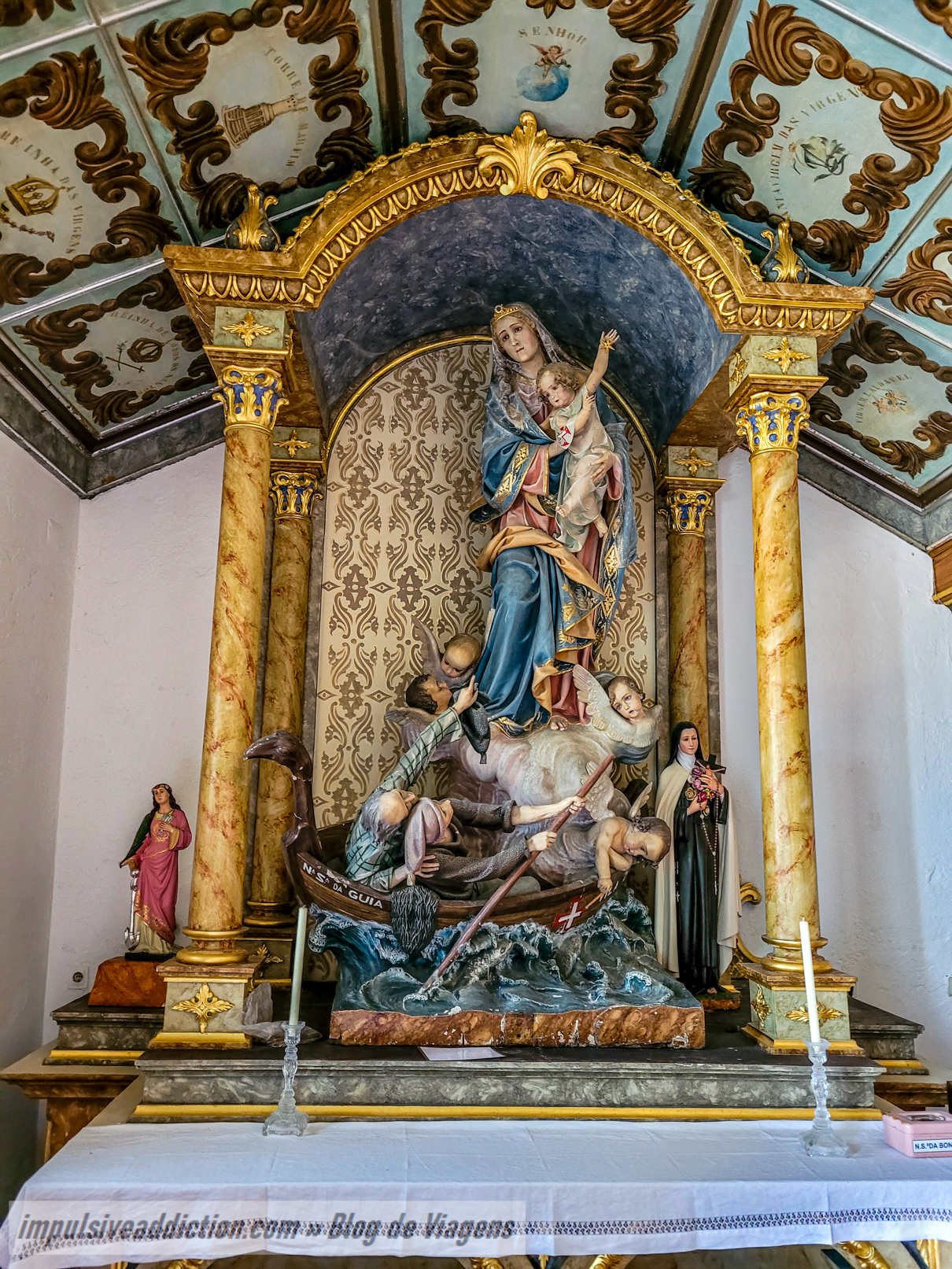
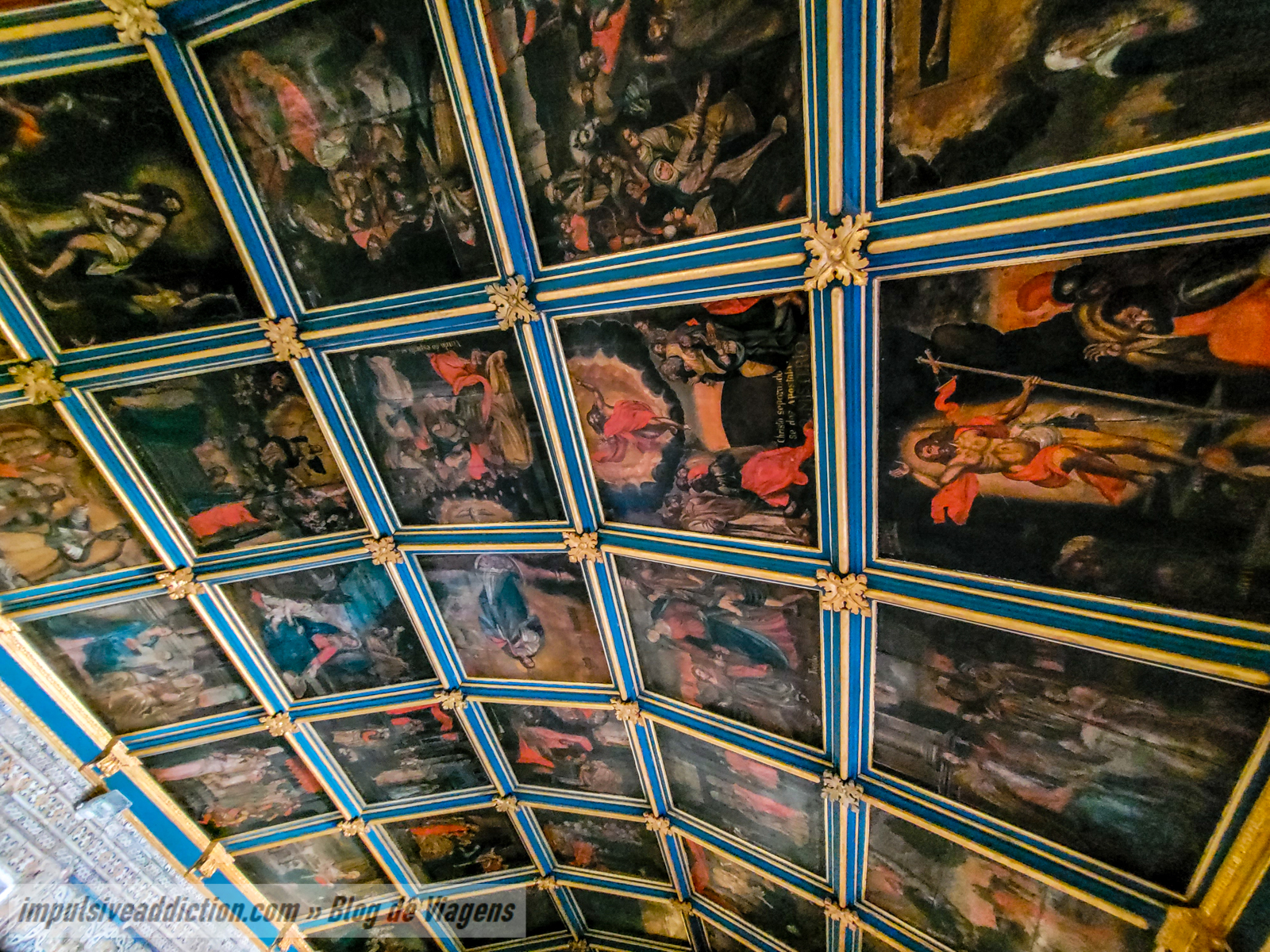
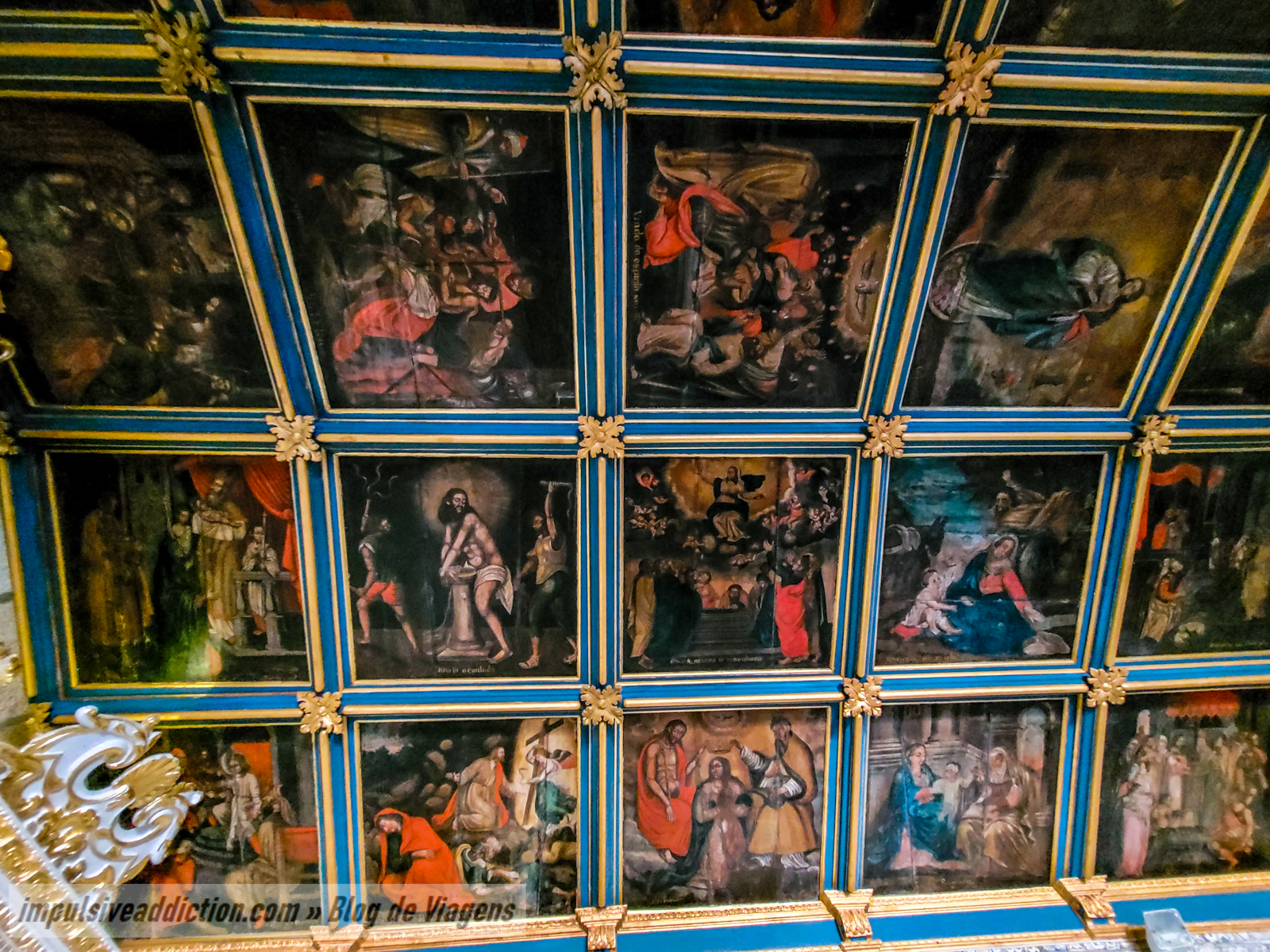
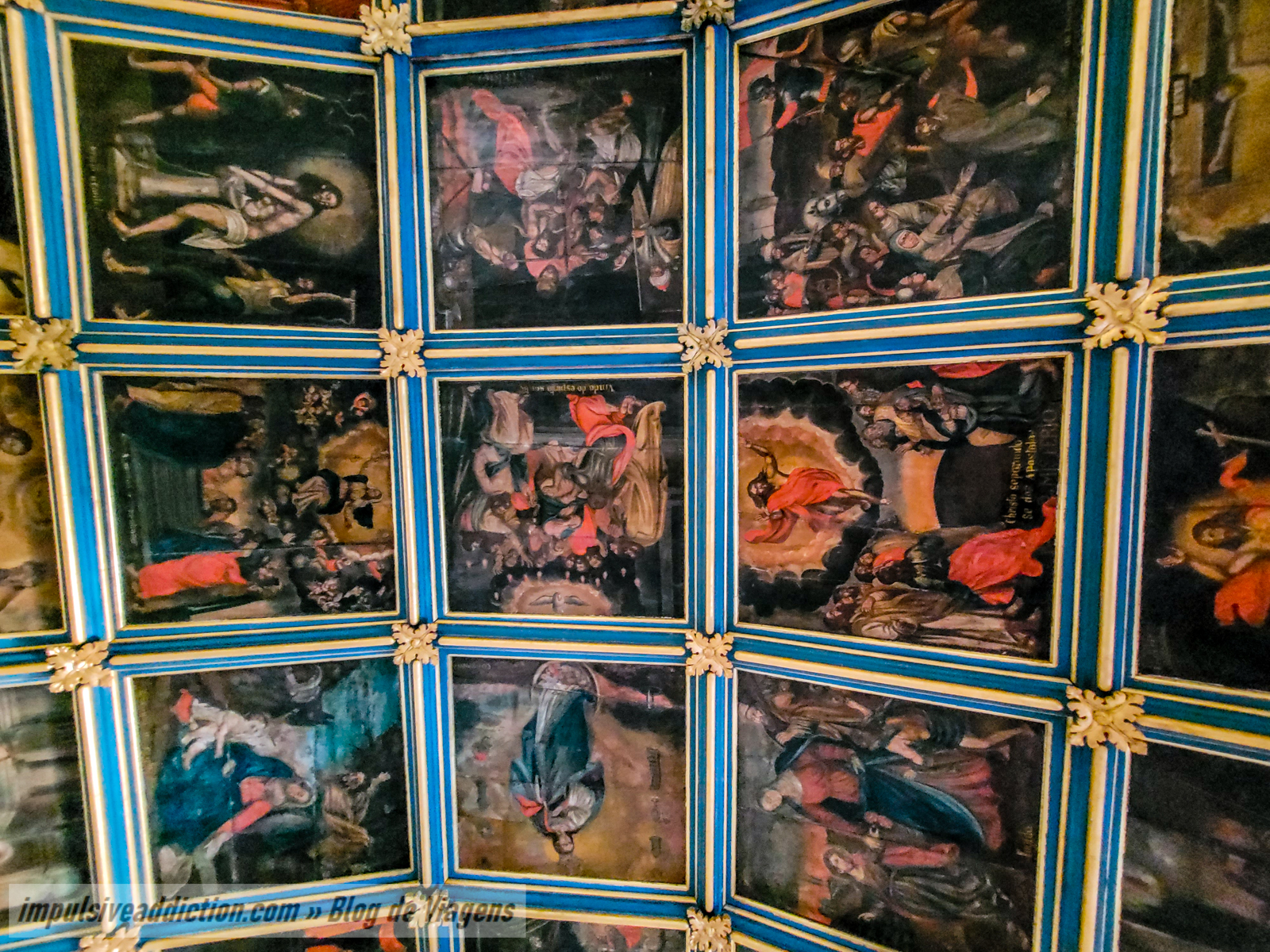
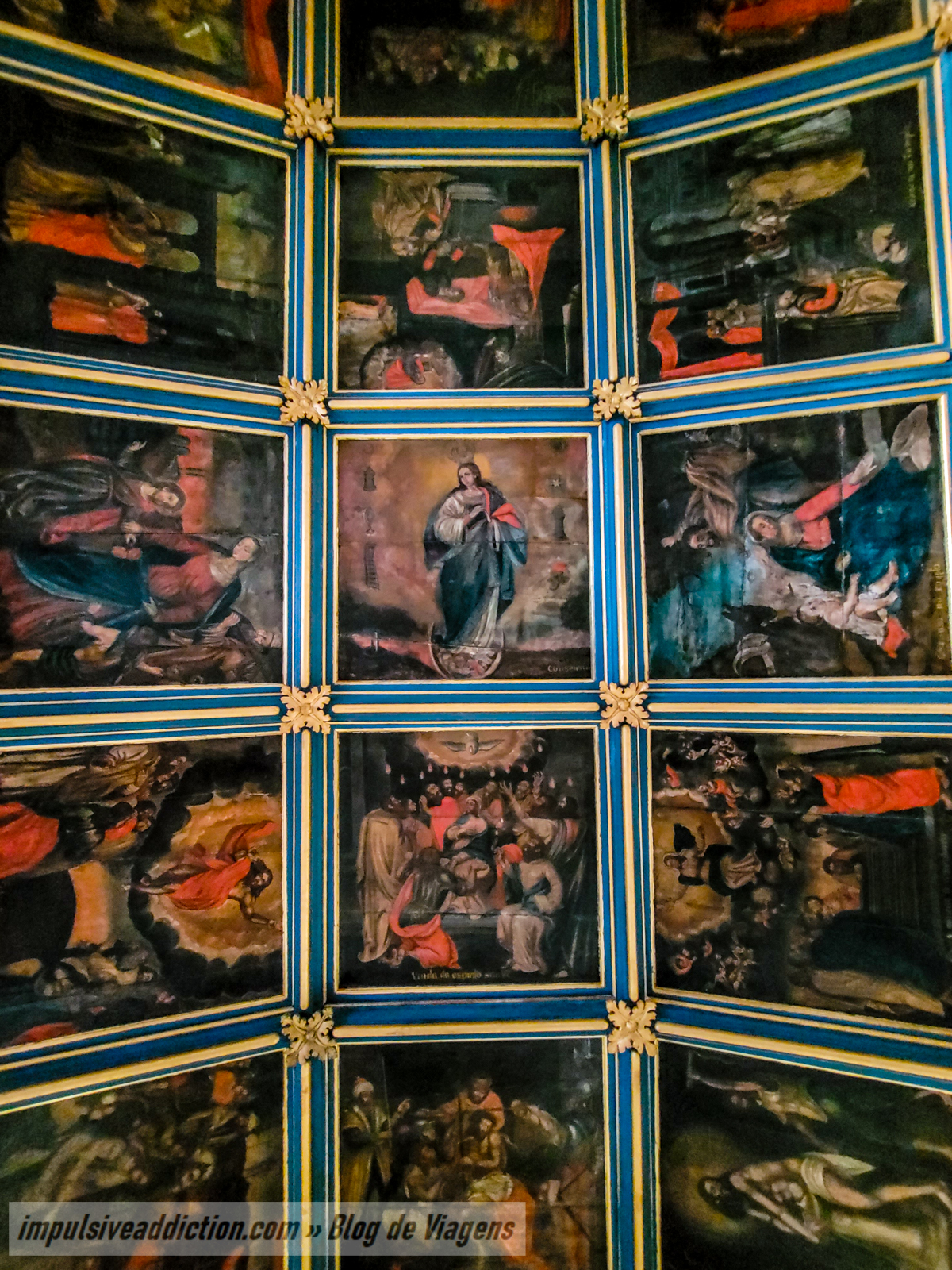
5. Fort of São João Baptista
The Fort of São João Baptista, also known as the Castle of Vila do Conde, is very close to the previous chapel and is dedicated to the city’s patron saint, although it was built in honor of Nossa Senhora da Assunção in the 16th century to defend the Portuguese coast. It has five bastions (Santo António, Santa Bárbara, São Francisco, São João and Nossa Senhora da Guia) and is now used for tourist accommodation and events.
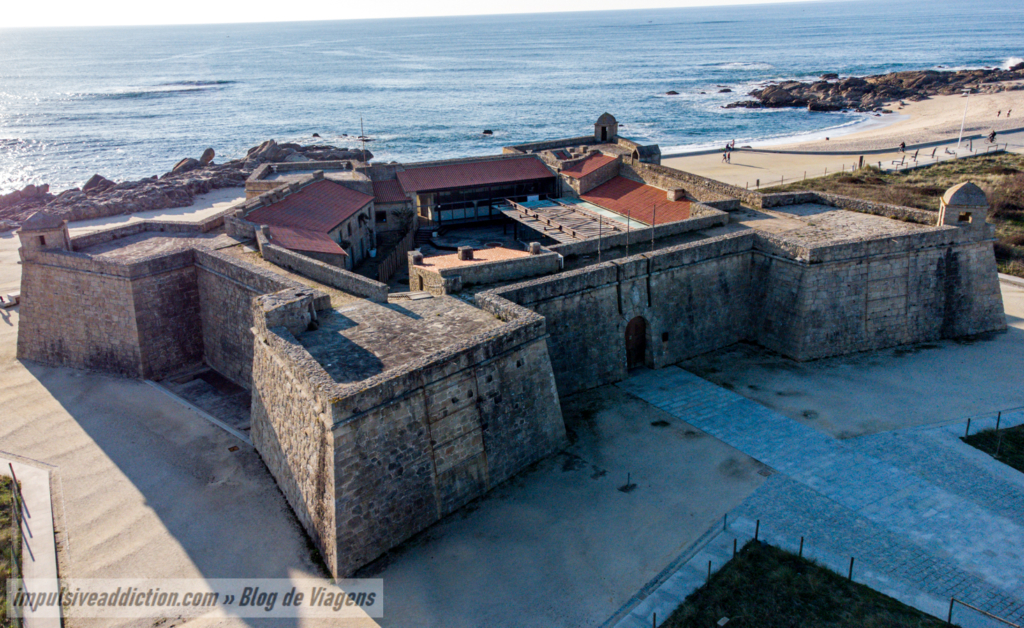
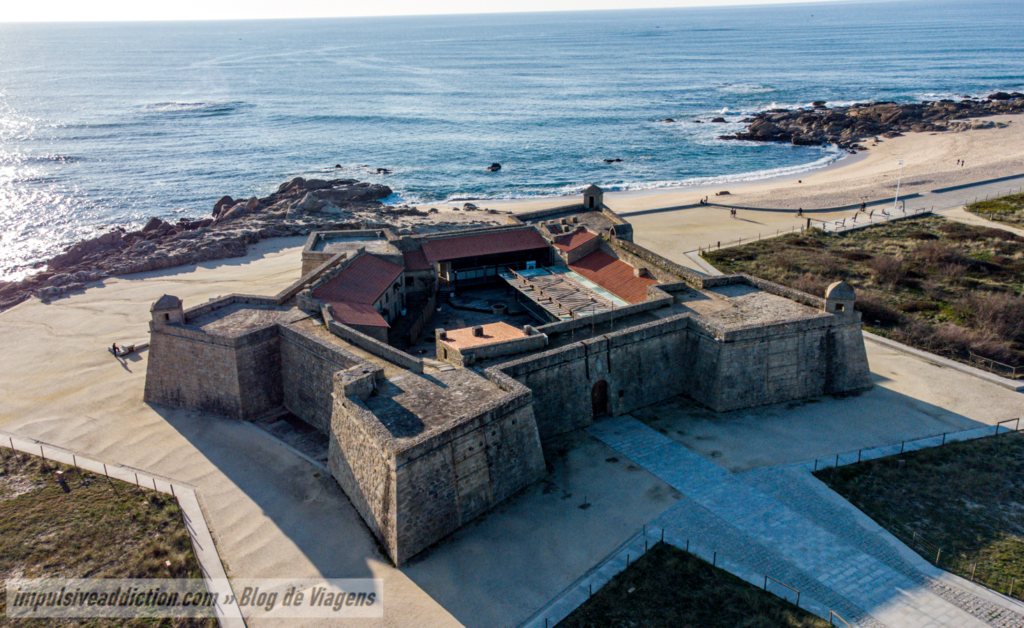
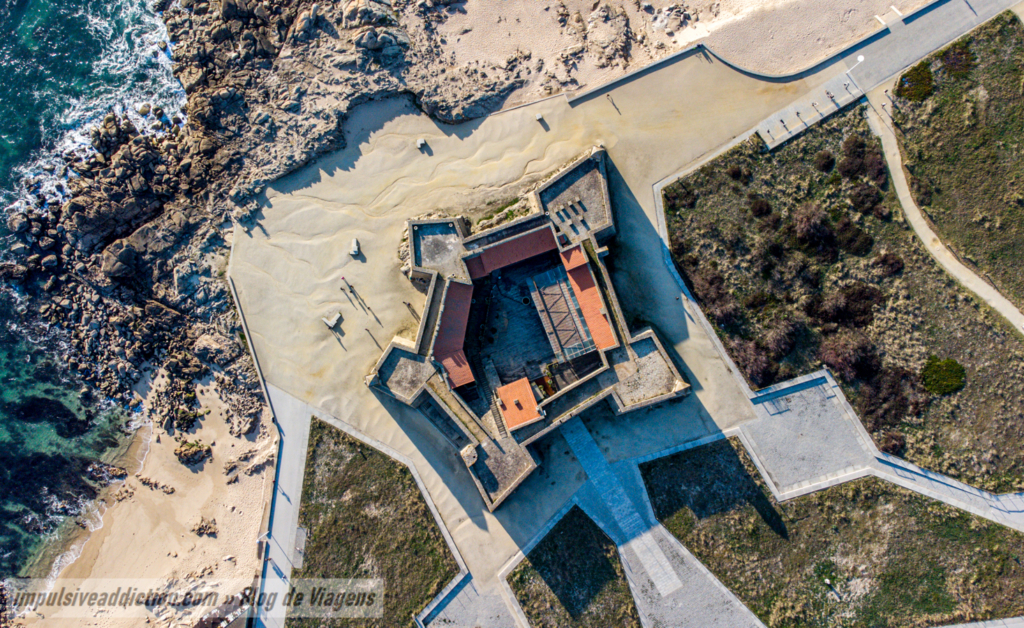
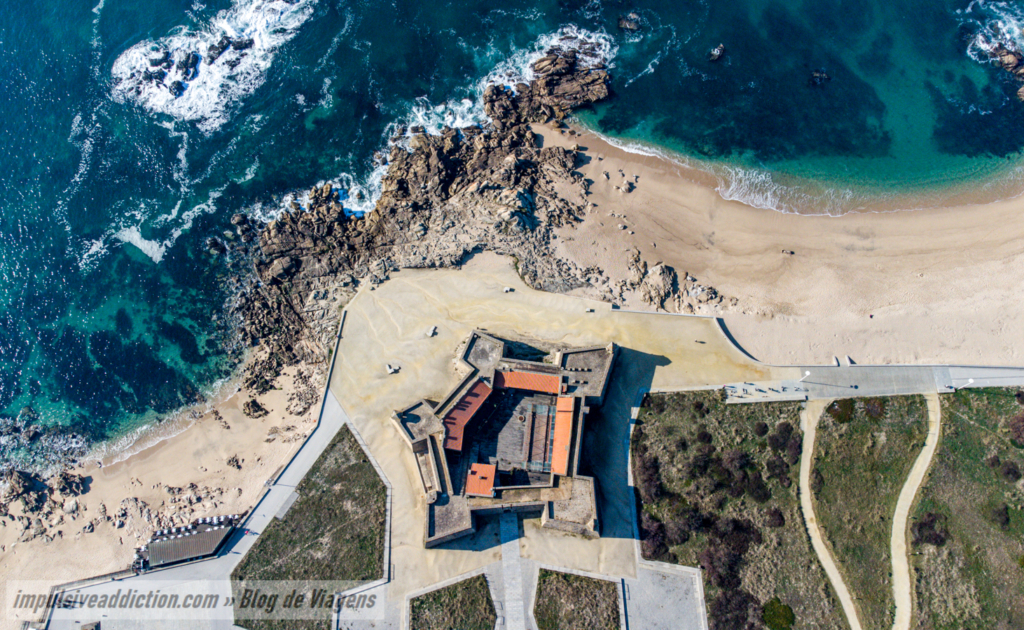
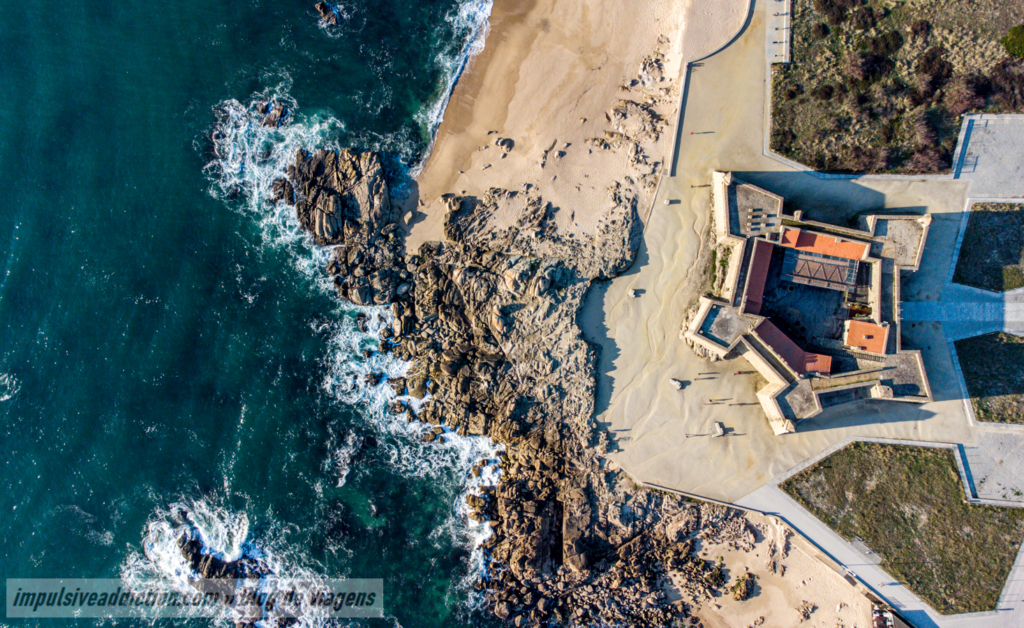
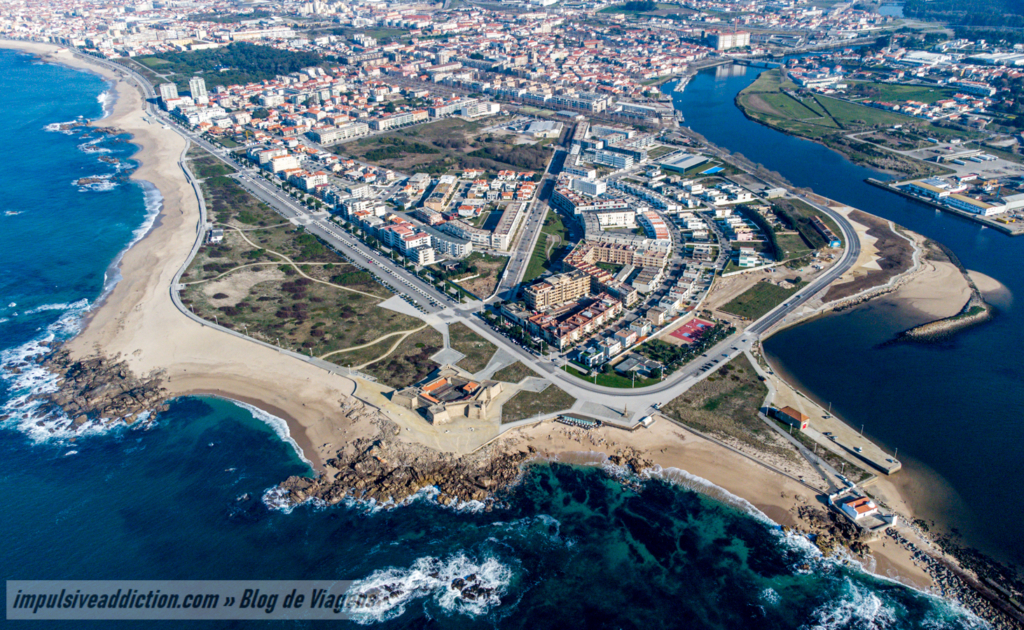
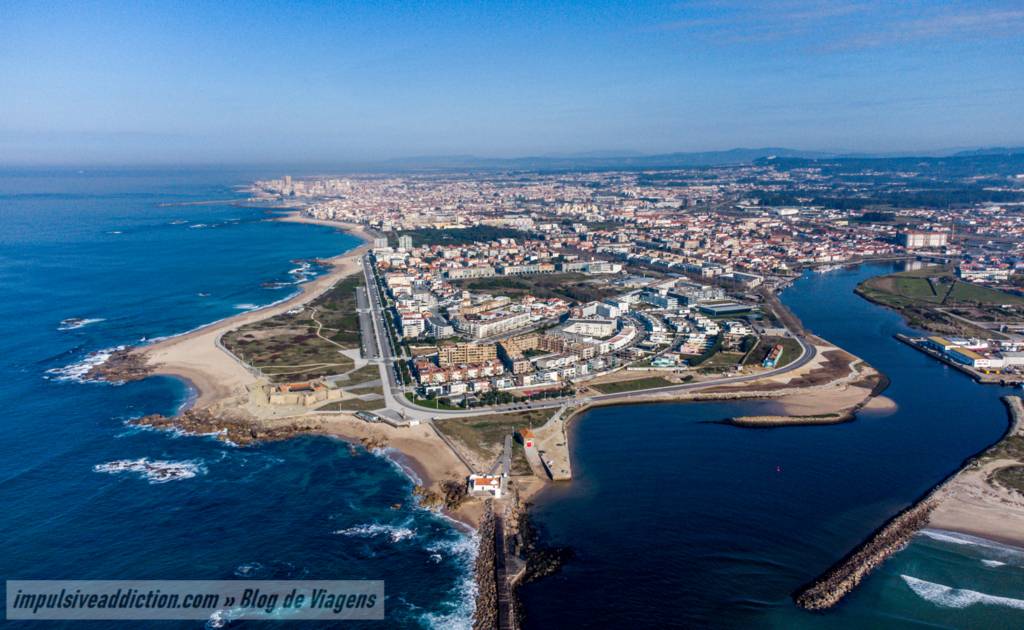
6. Atlantic Viewpoint and Tourism Beach
On the north coast of Vila do Conde, Tourism Beach undoubtedly stands out. It’s great how a real balcony to the sea has been added on top of the rock formations that exist next to the water. From this balcony you have a sublime viewpoint of the beach: the Atlantic Viewpoint.
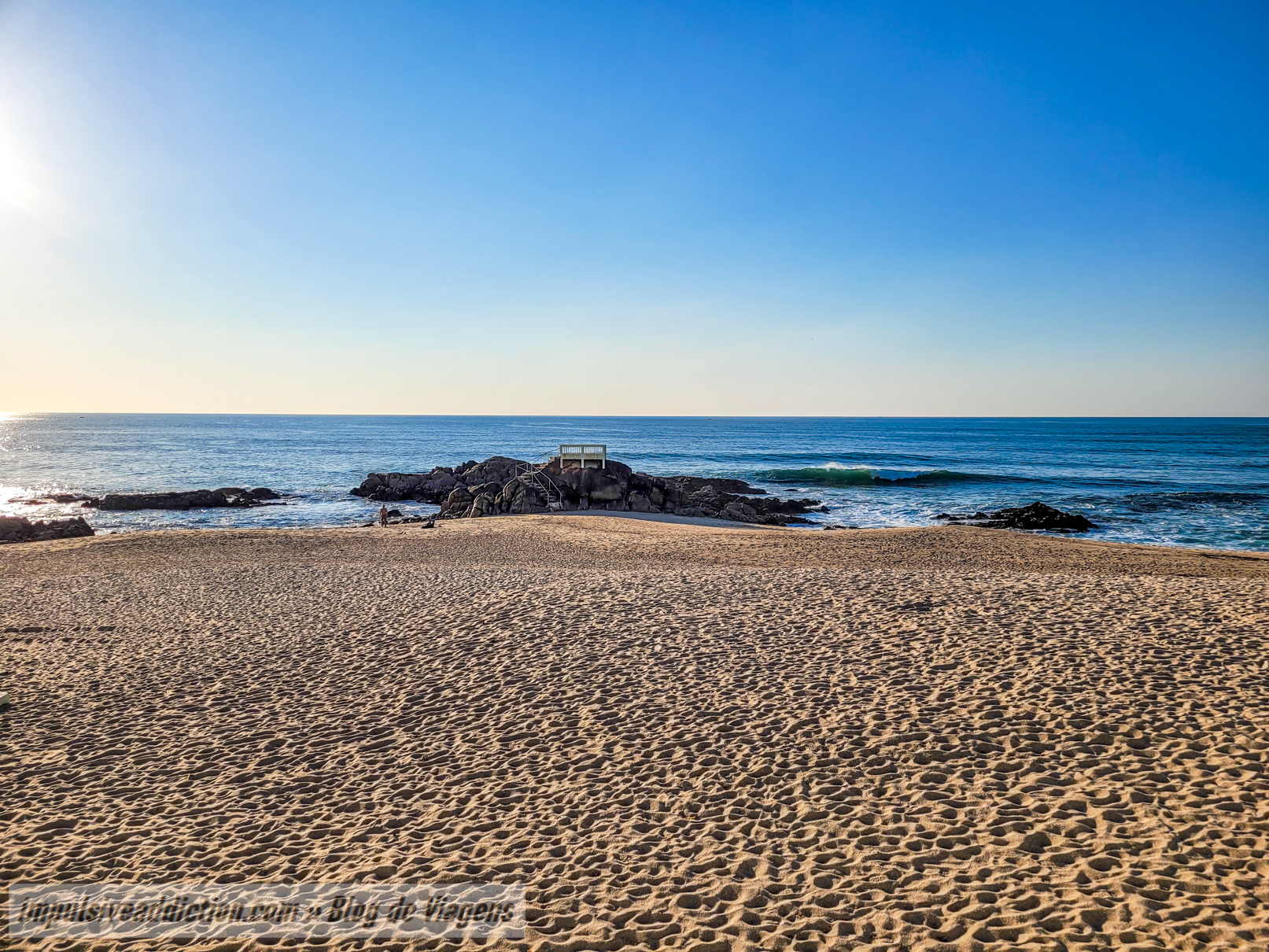
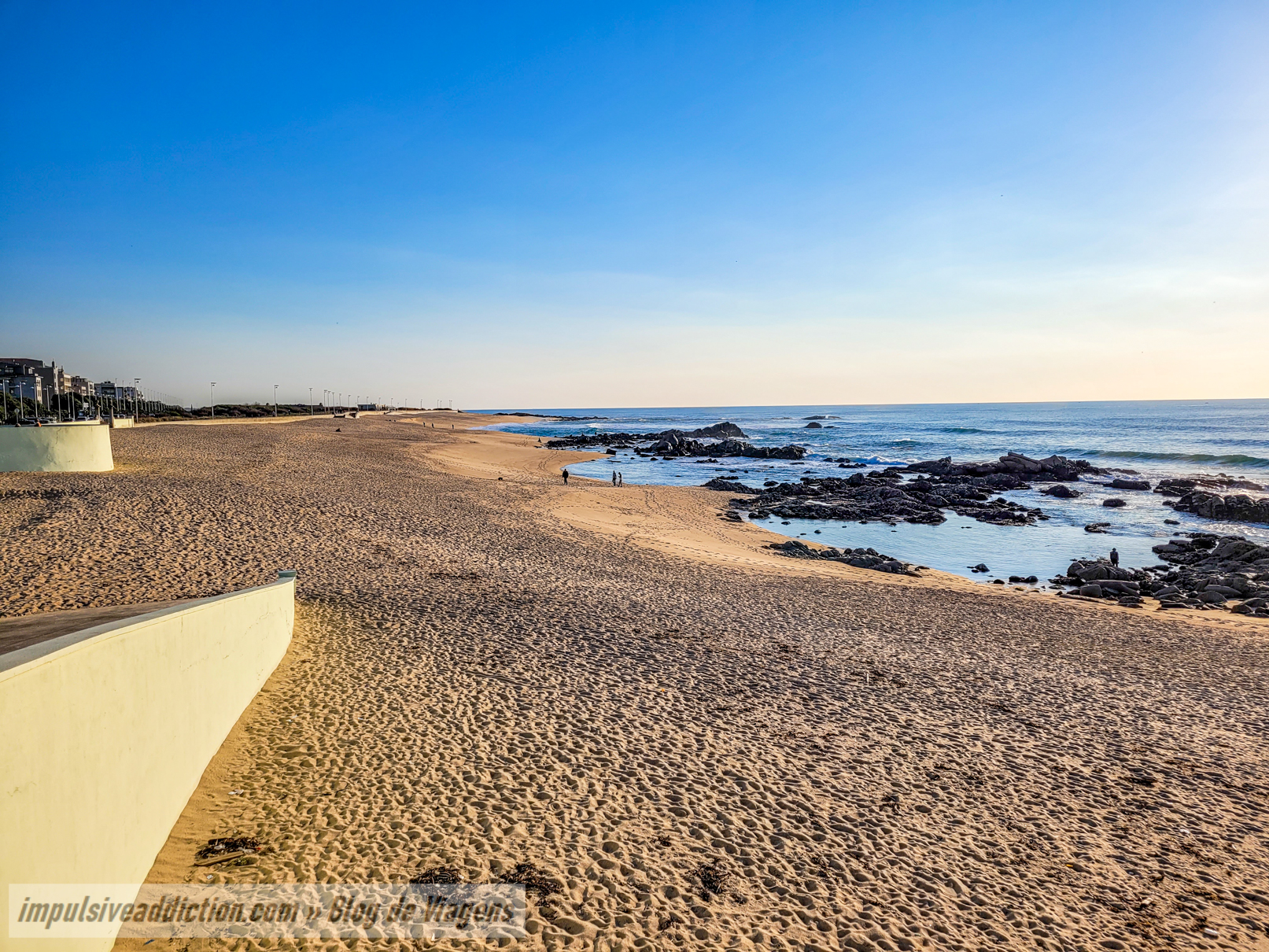
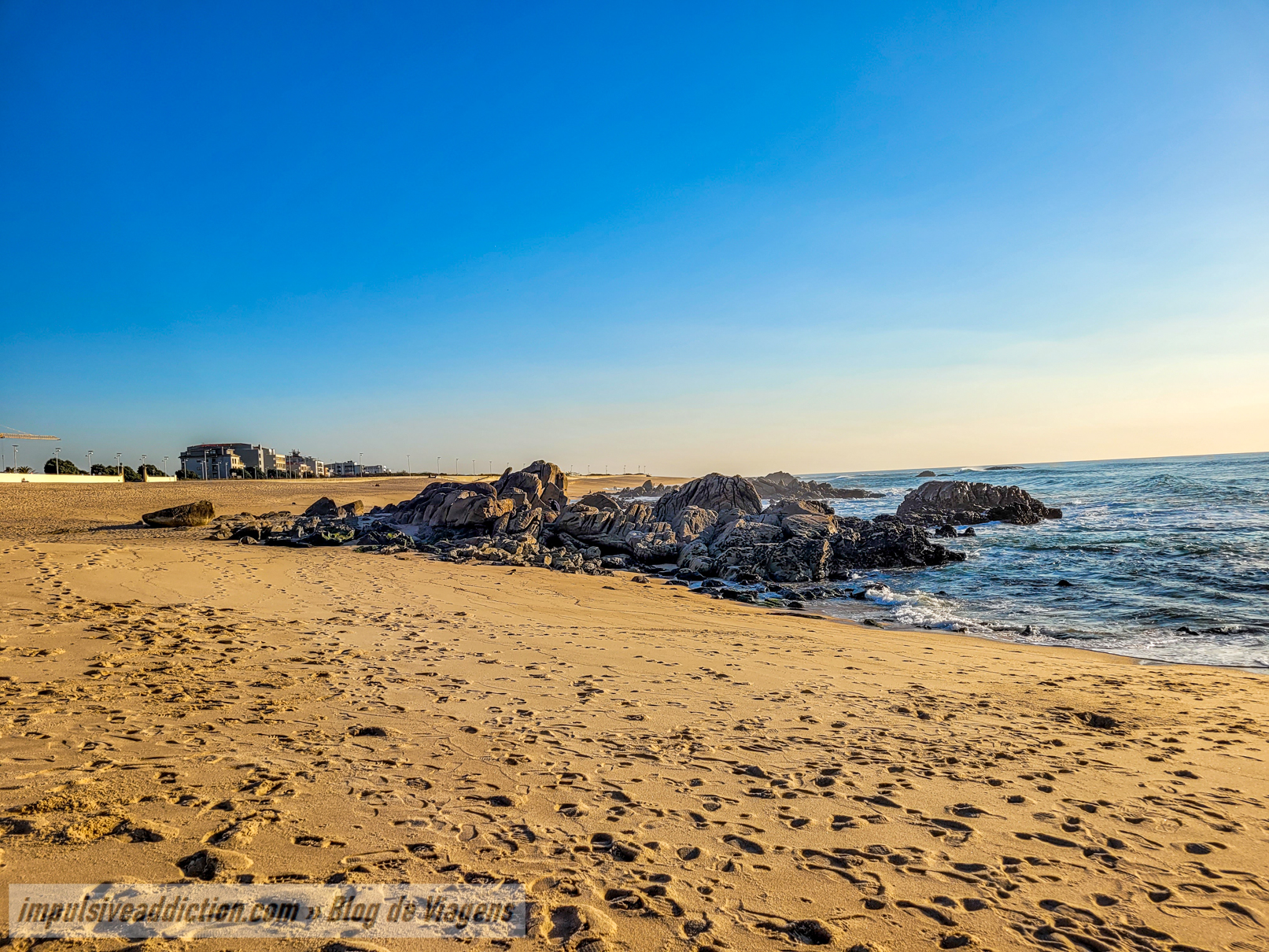
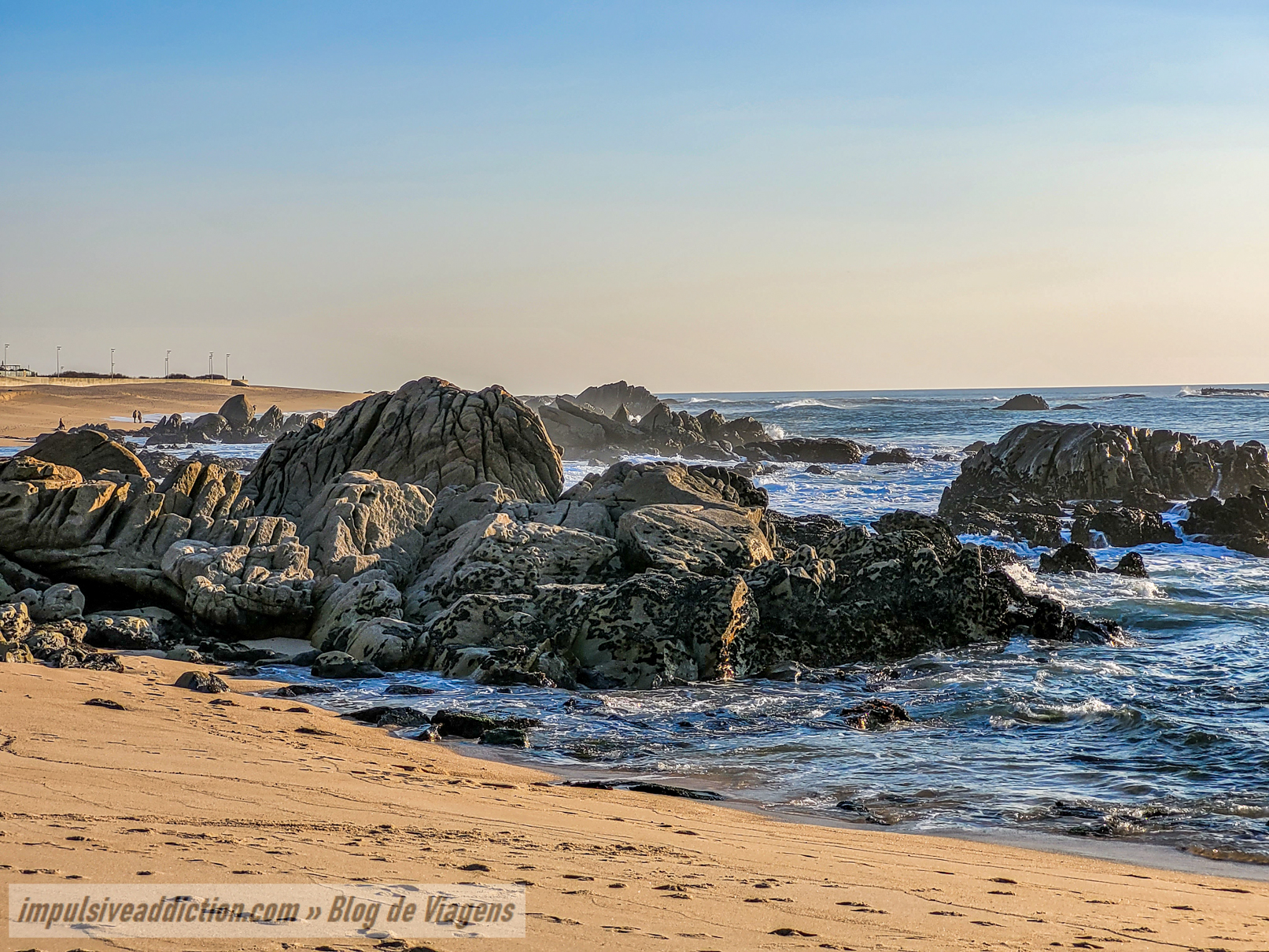
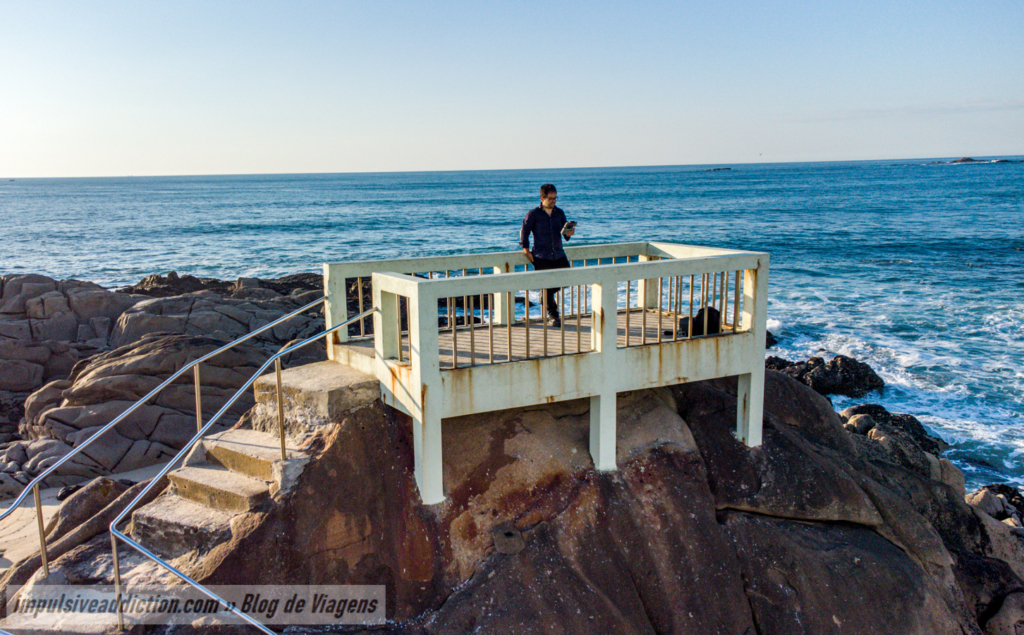
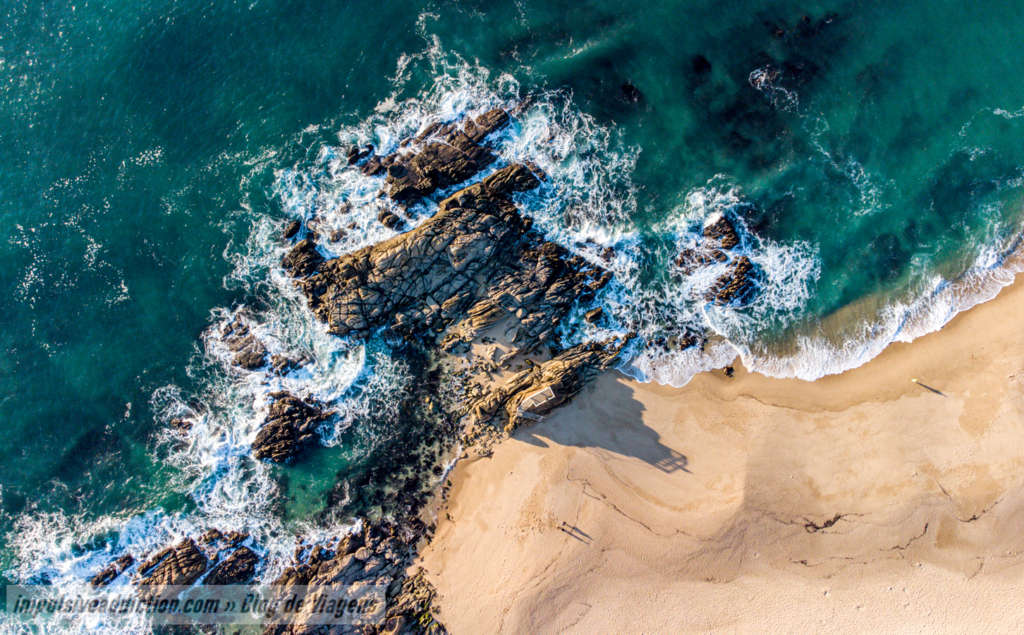
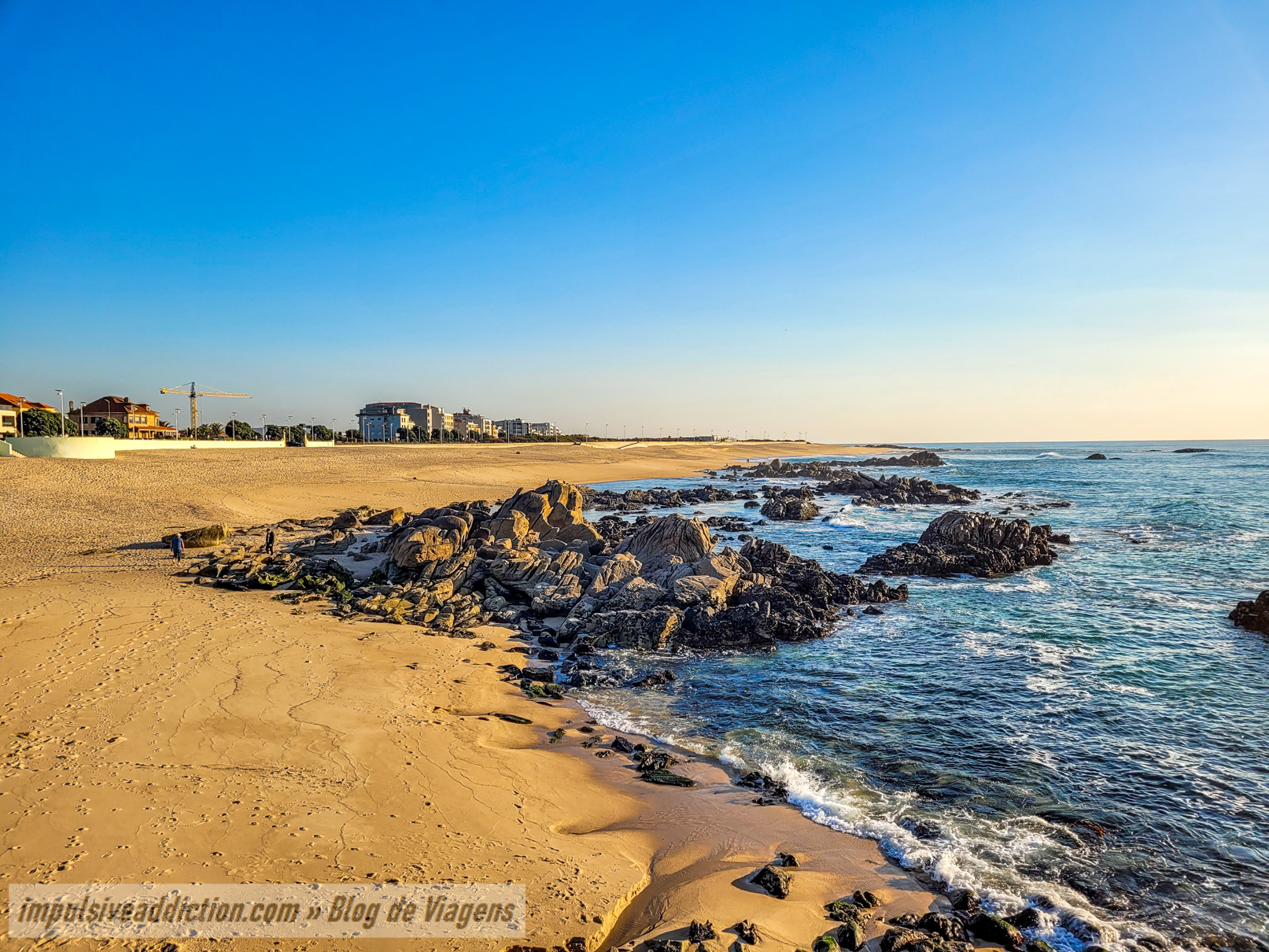
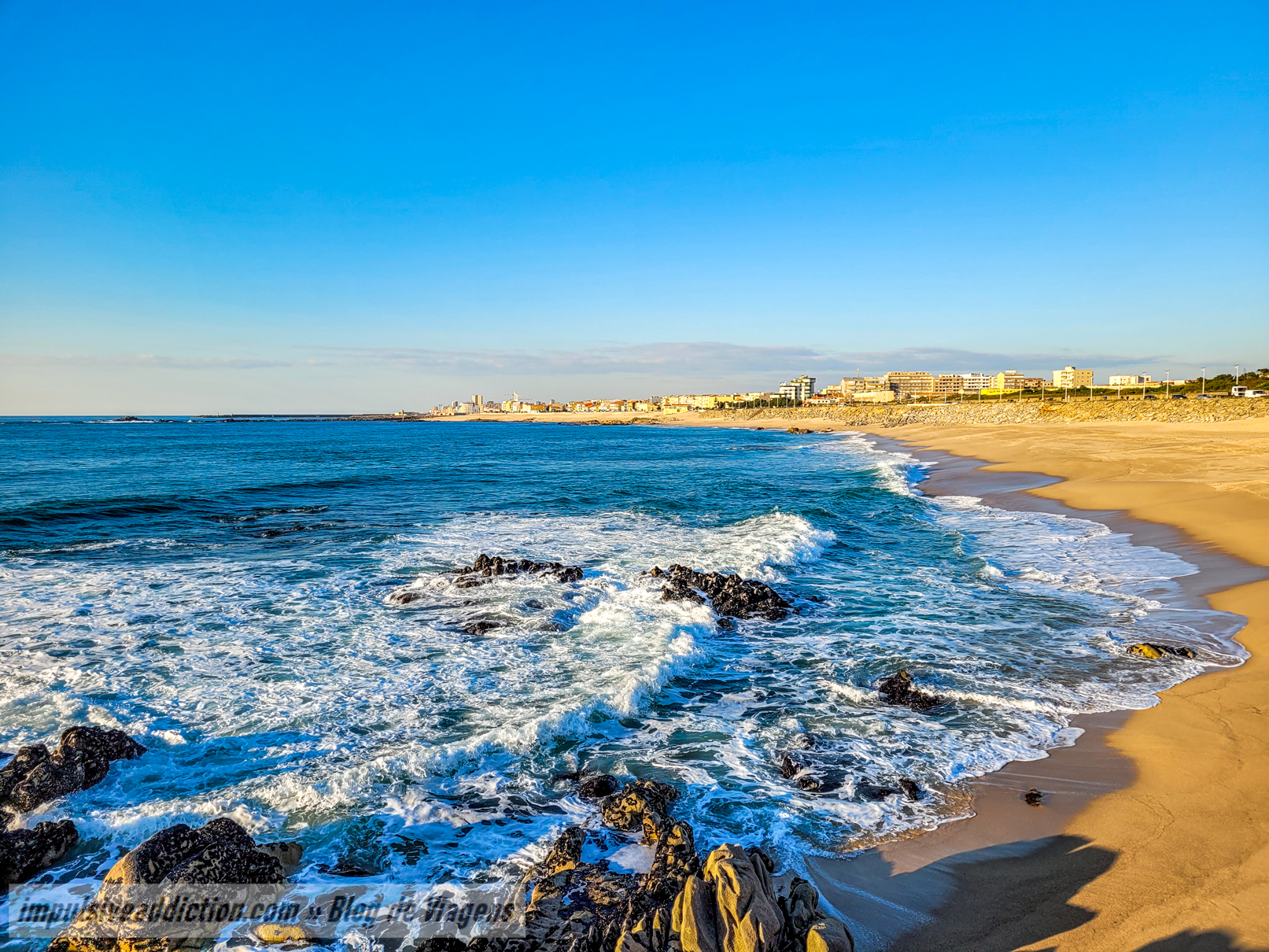
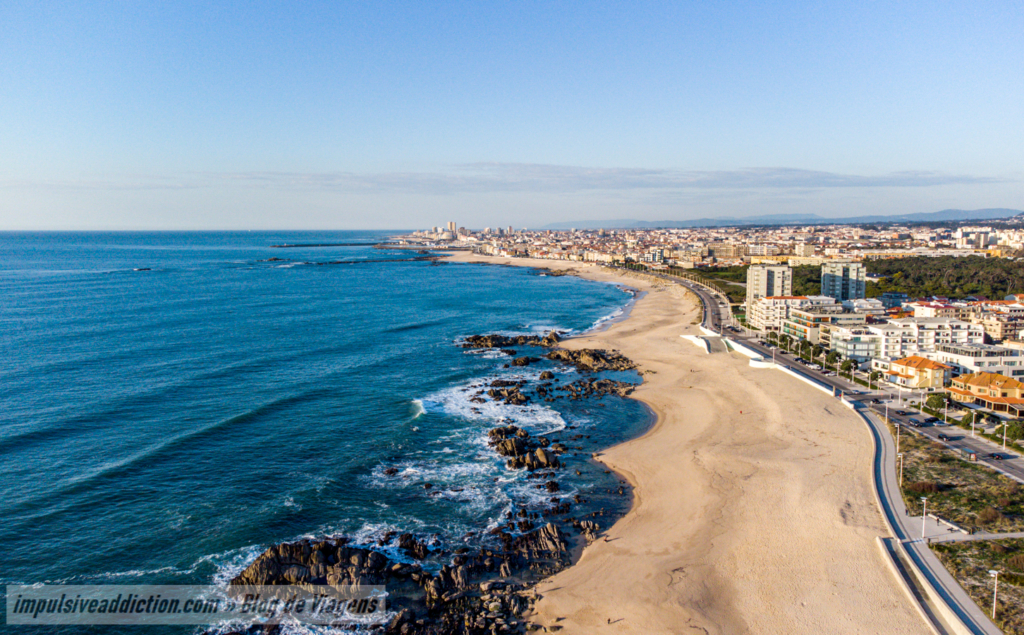
7. Church of Nosso Senhor dos Navegantes
Lastly, there’s the Church of Nosso Senhor dos Navegantes, with its unique boat-shaped appearance, built in dedication to the protector of sailors and fishermen.
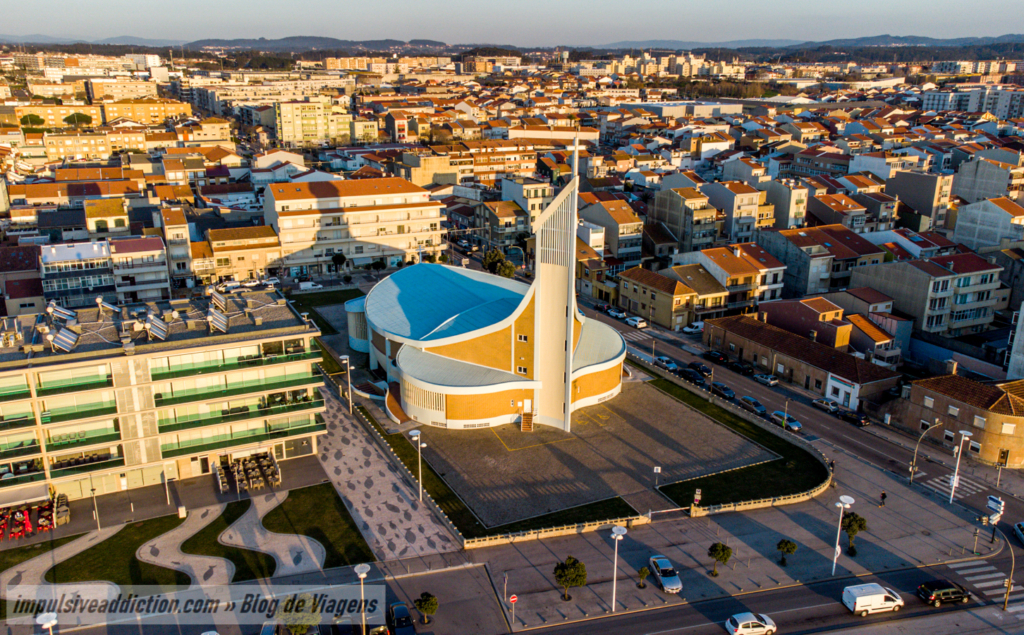
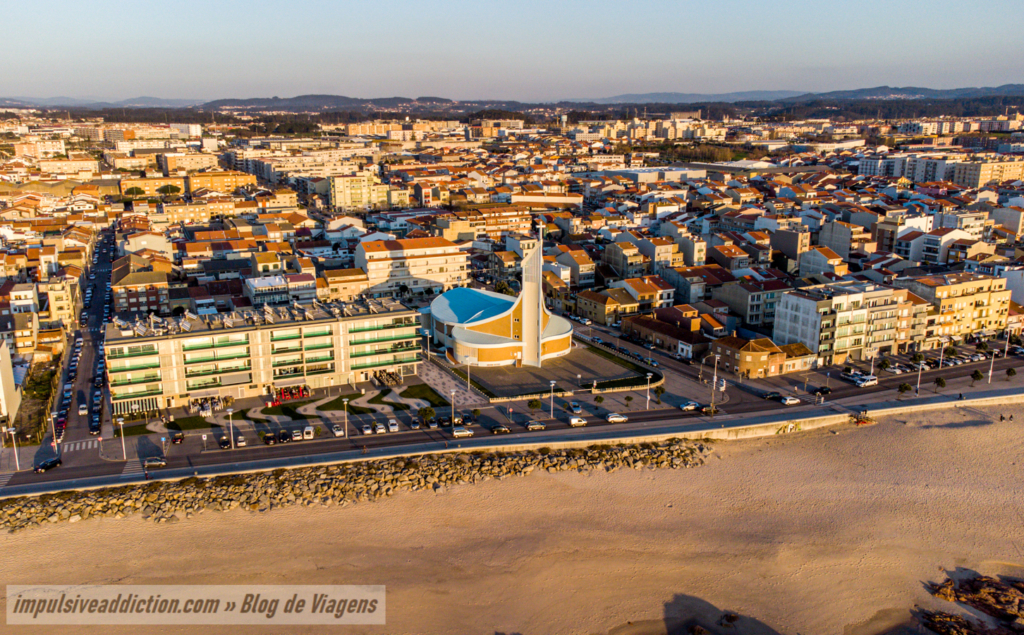
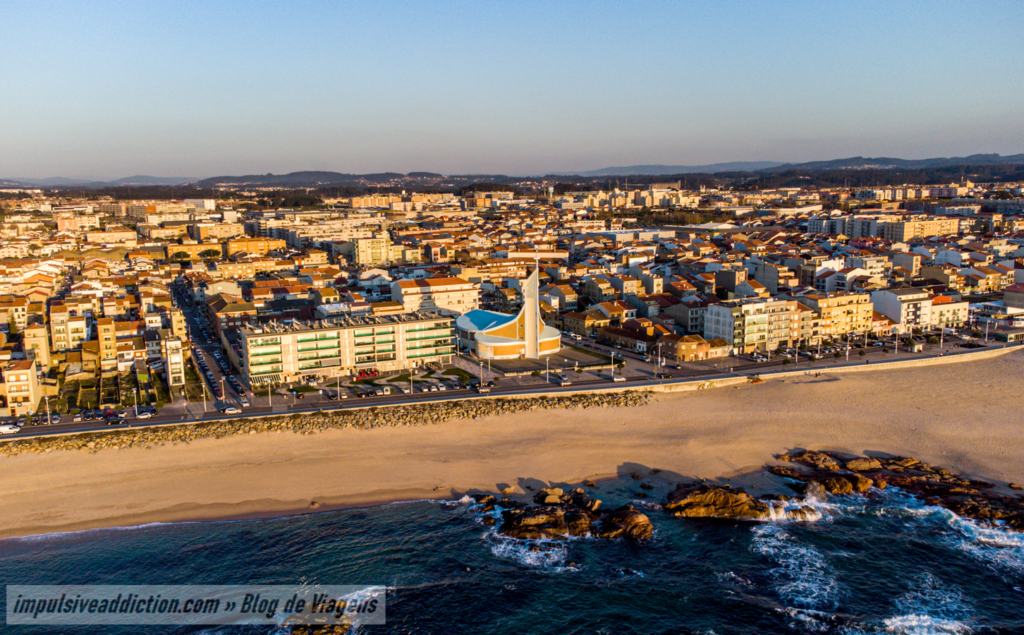
Other places to visit in Vila do Conde
Outside the Atlantic coast and the historic center of Vila do Conde, there are also many other places to visit. Take a look at the list below.
1. João Paulo II Urban Park and Lapa Church
João Paulo II Urban Park is part of the city of Vila do Conde, but it is far from the historic center. I reached it by car, and I really enjoyed visiting it: it has a beautiful lake and various sports and children’s facilities.
Lapa Church, on the other hand, dates back to the 18th or 19th century, having replaced an earlier 16th century chapel in honor of São Bartolomeu. I mention it in this article for its imposing main façade.
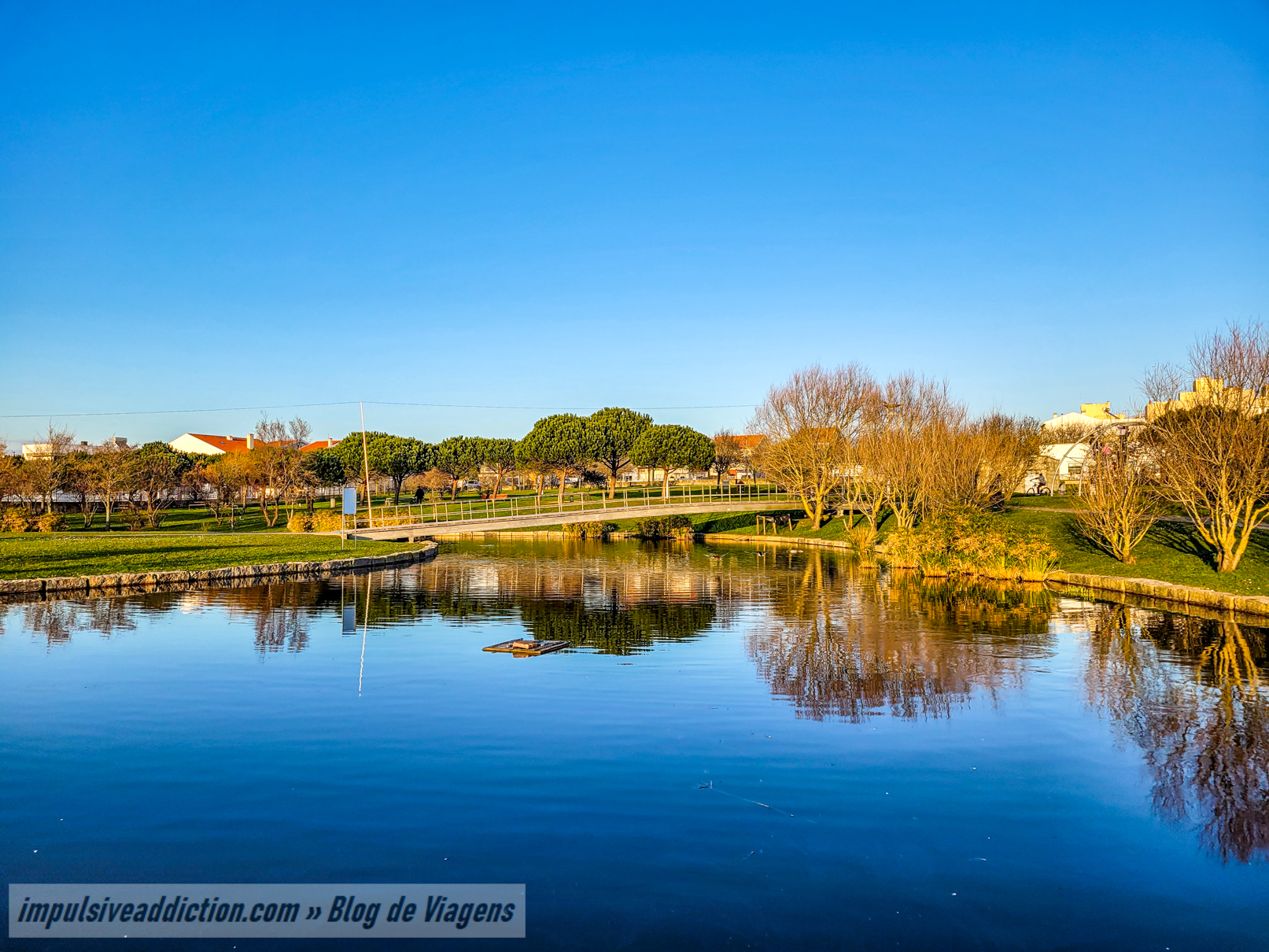
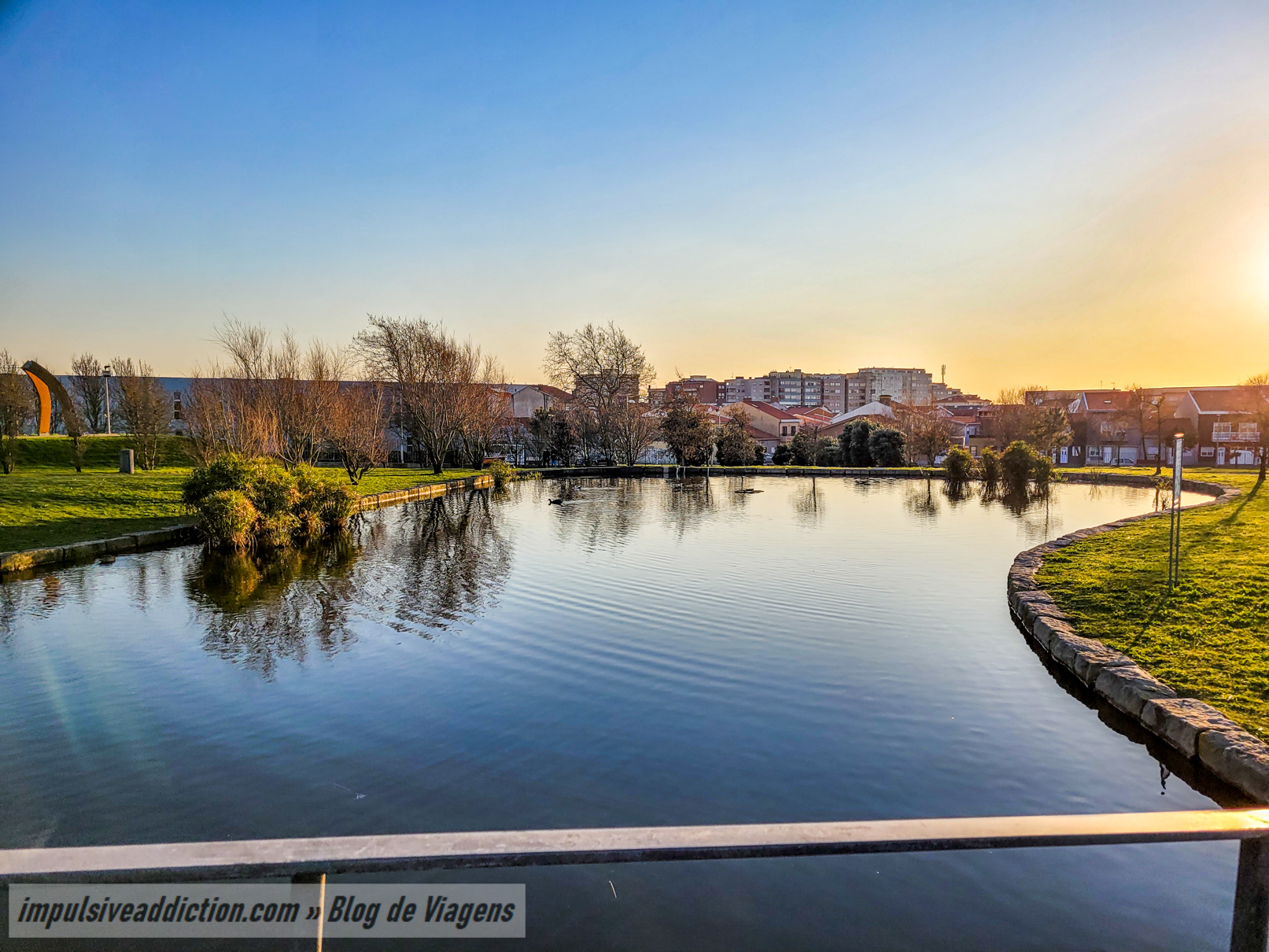
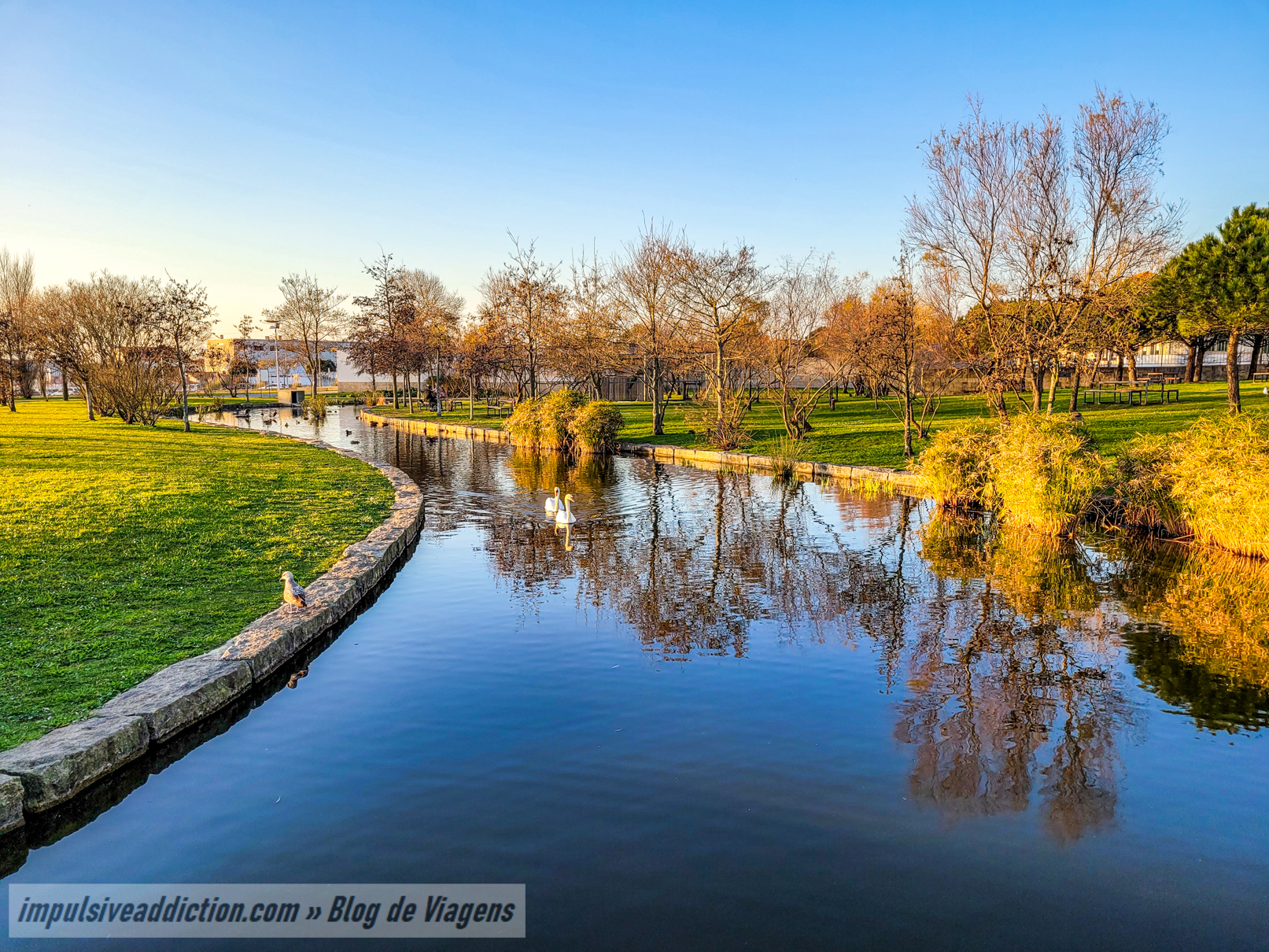
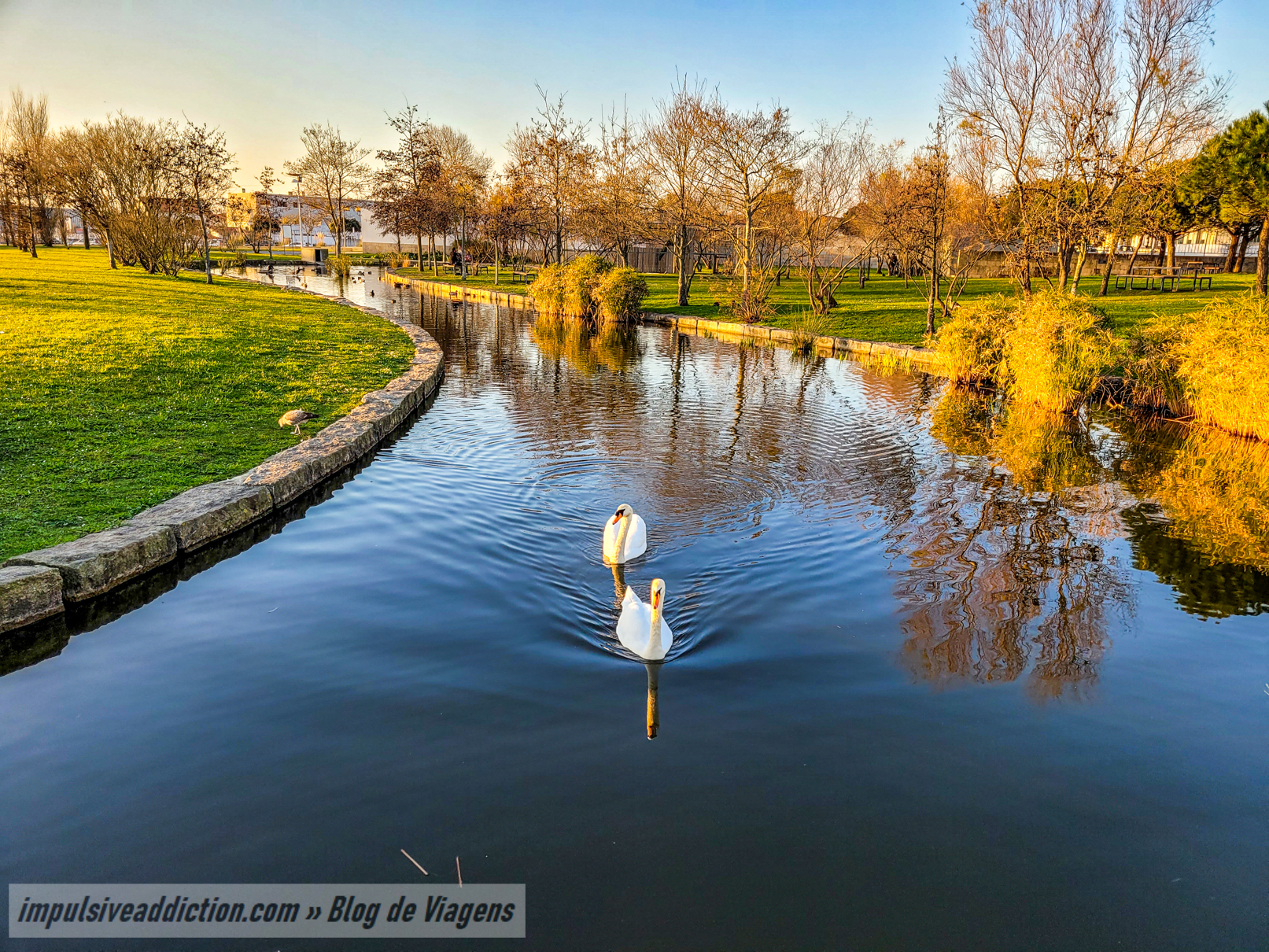
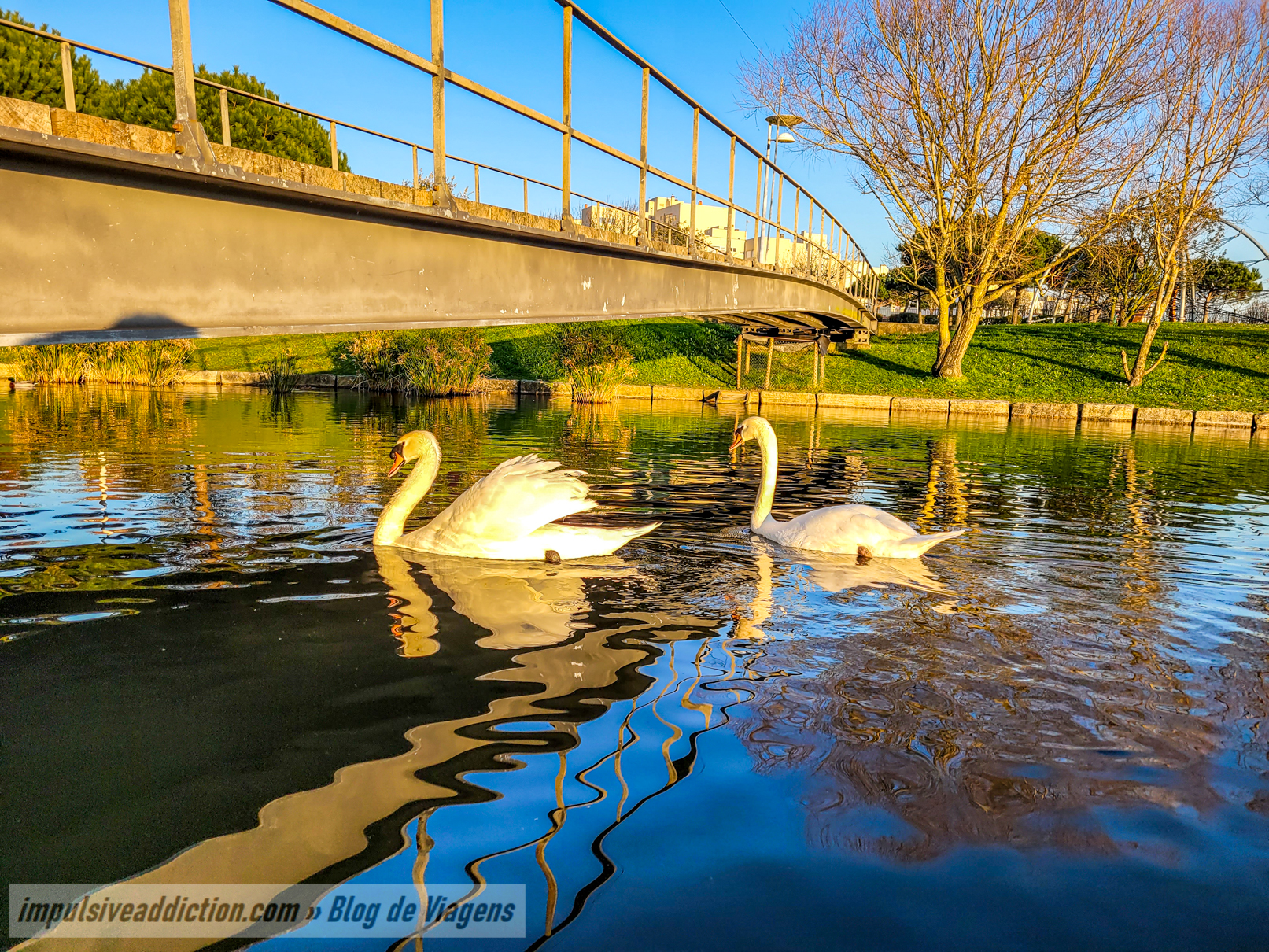
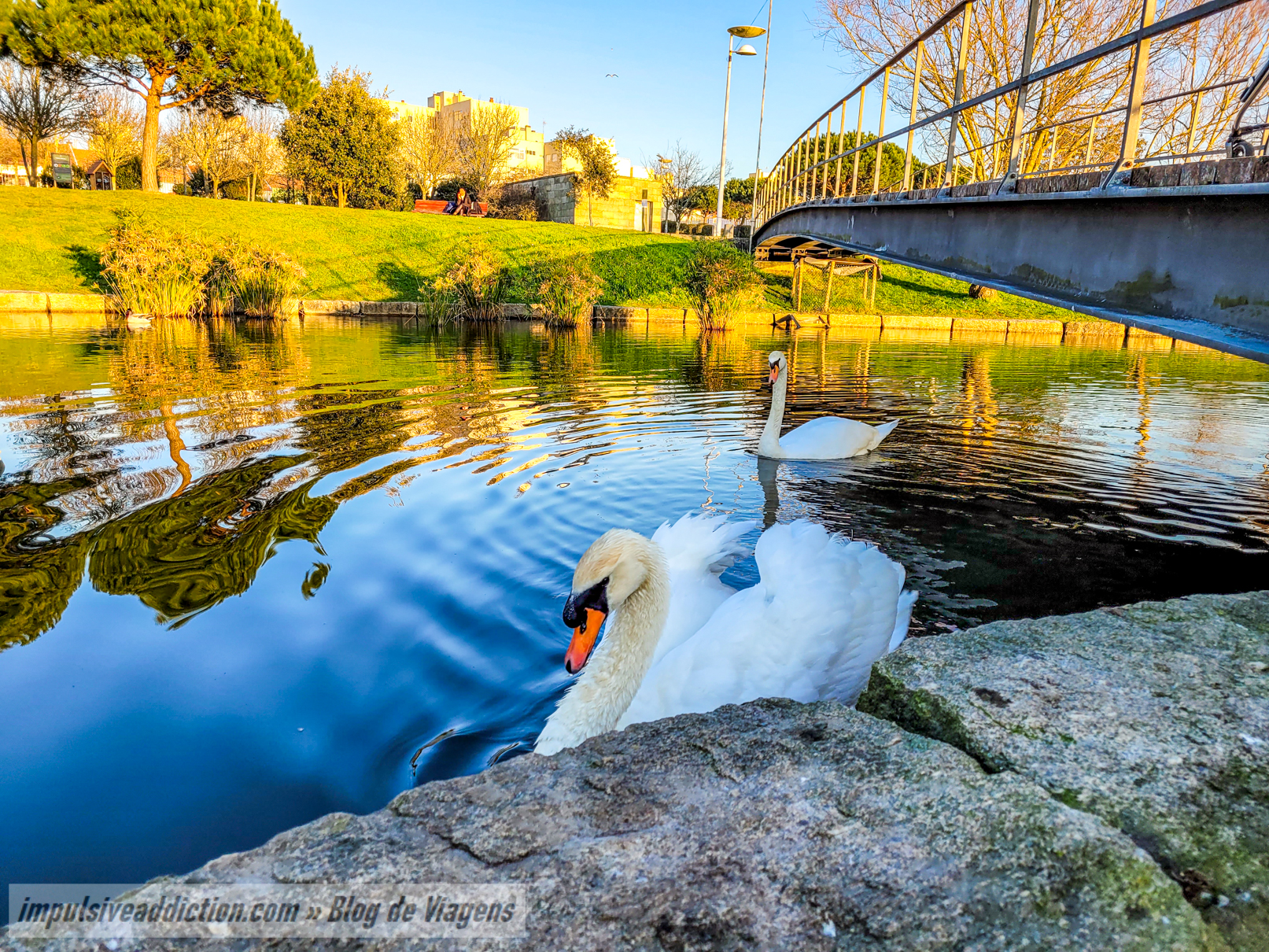
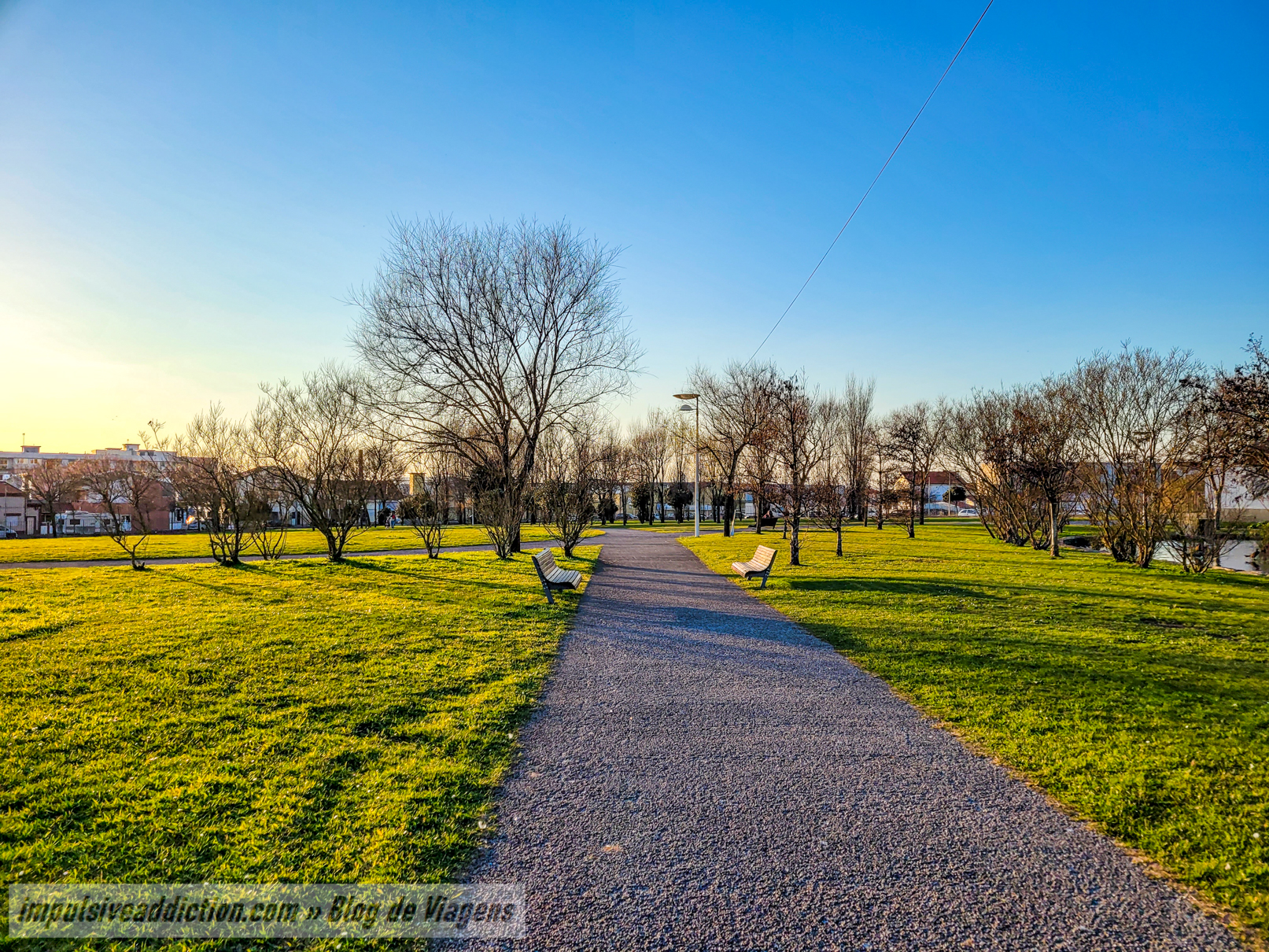
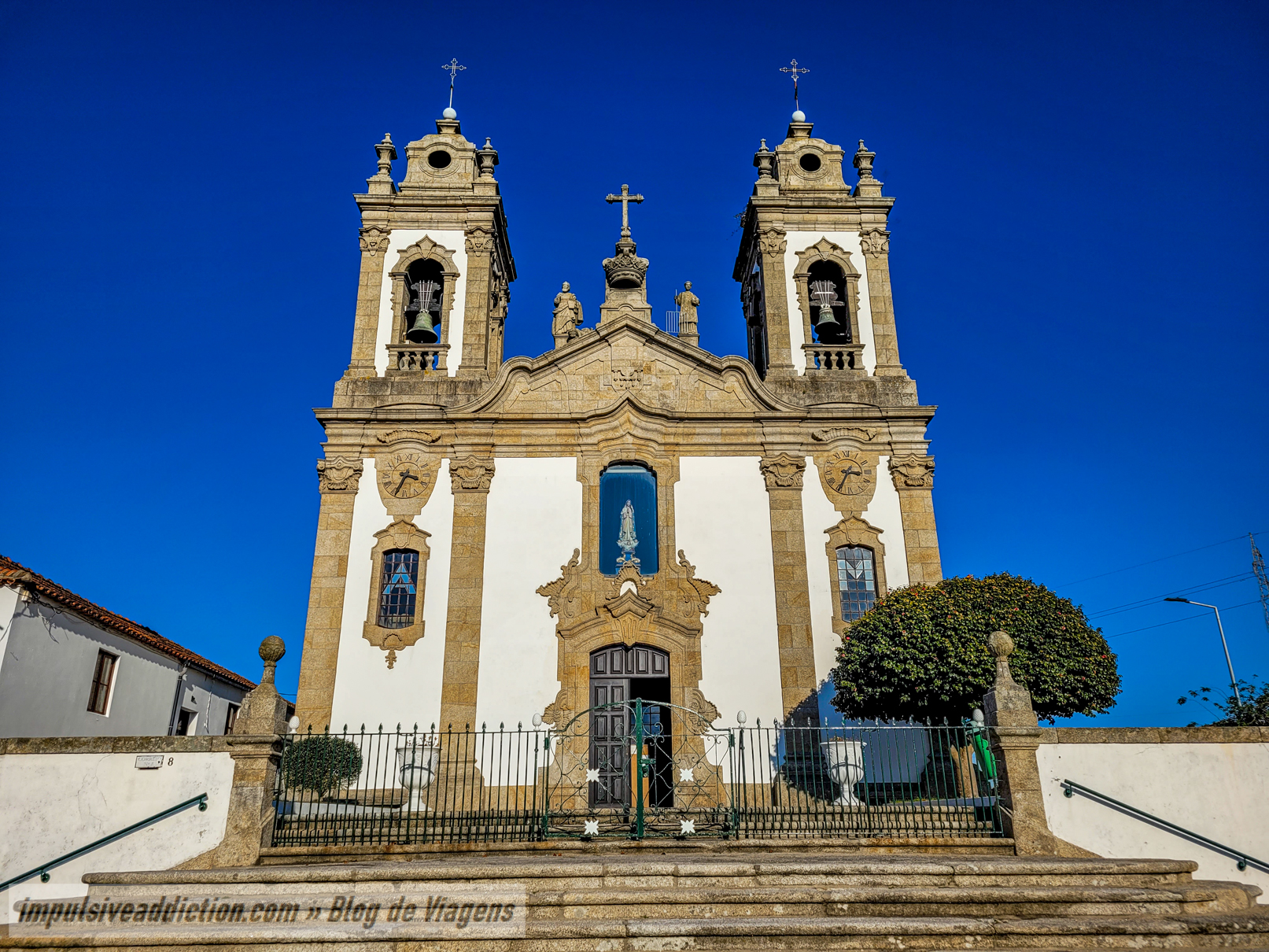
2. 16th Century Watermill in River Ave
The 16th Century Watermill is located on the south bank of River Ave and can be seen from the north bank, from the viewpoint next to the Monument to the Combatants of the Great War. It looks like a small fortress on the banks of the river.
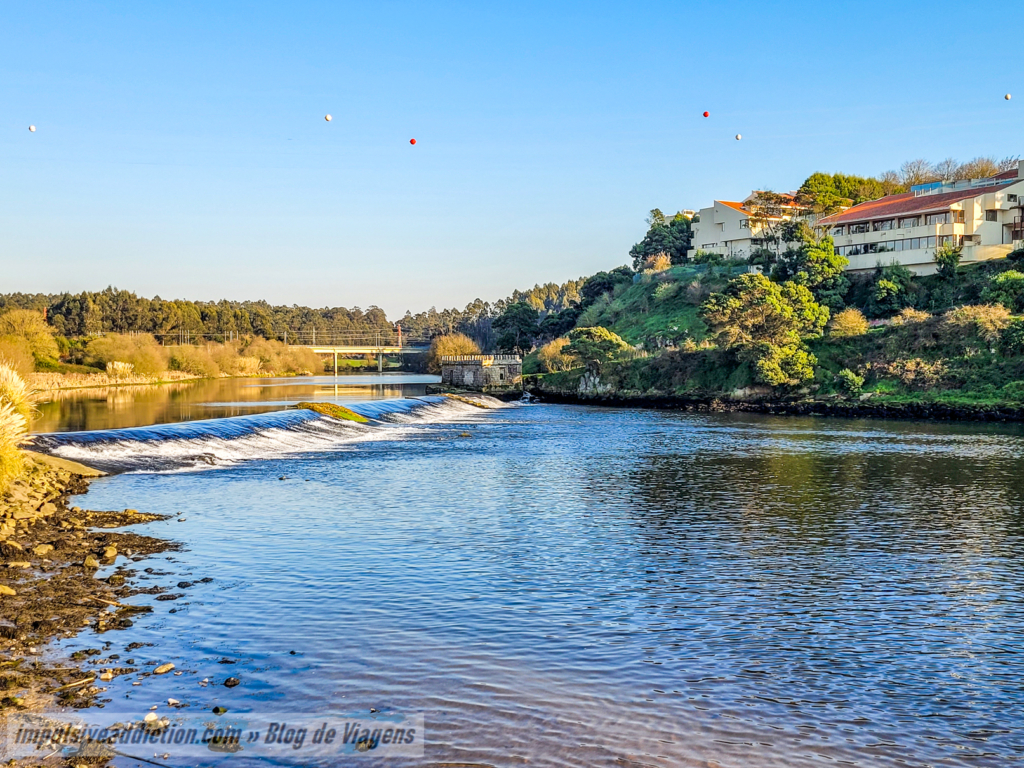
3. Church of Santa Maria de Azurara and Church of São Francisco
There are several places to visit in the parish of Azurara, but I really only consider two of them to be mandatory:
- The Church of Santa Maria de Azurara, with its 16th century Manueline details. It’s very similar to the aforementioned Mother Church of Vila do Conde, with the Manueline cross in the churchyard standing out.
- And the Church of São Francisco de Azurara, whose quadrangular tower stands out.
Optional sights include the Chapel of Santa Ana, the Church of Misericórdia, Casa da Praça and the Chapel of São Sebastião.
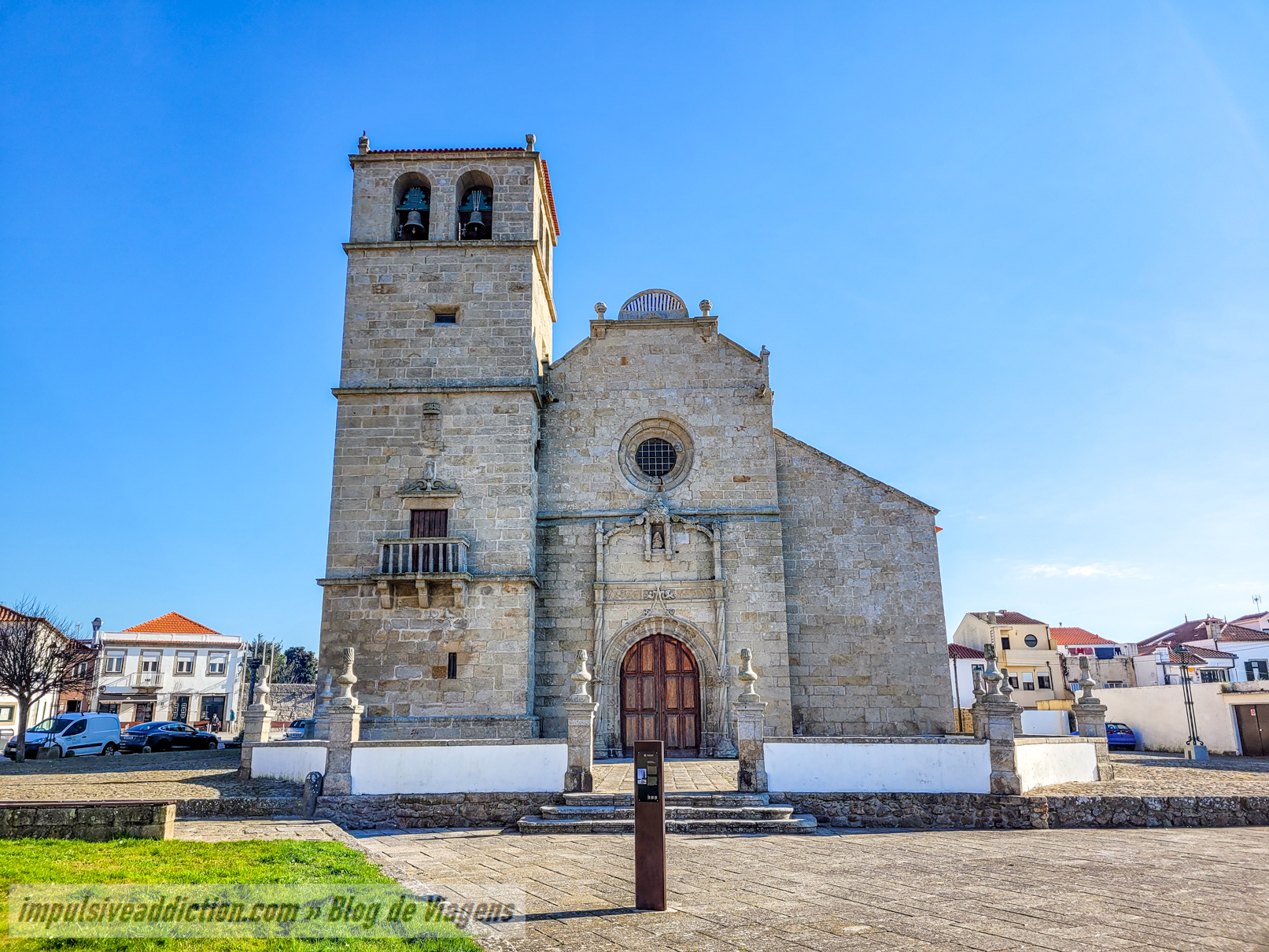
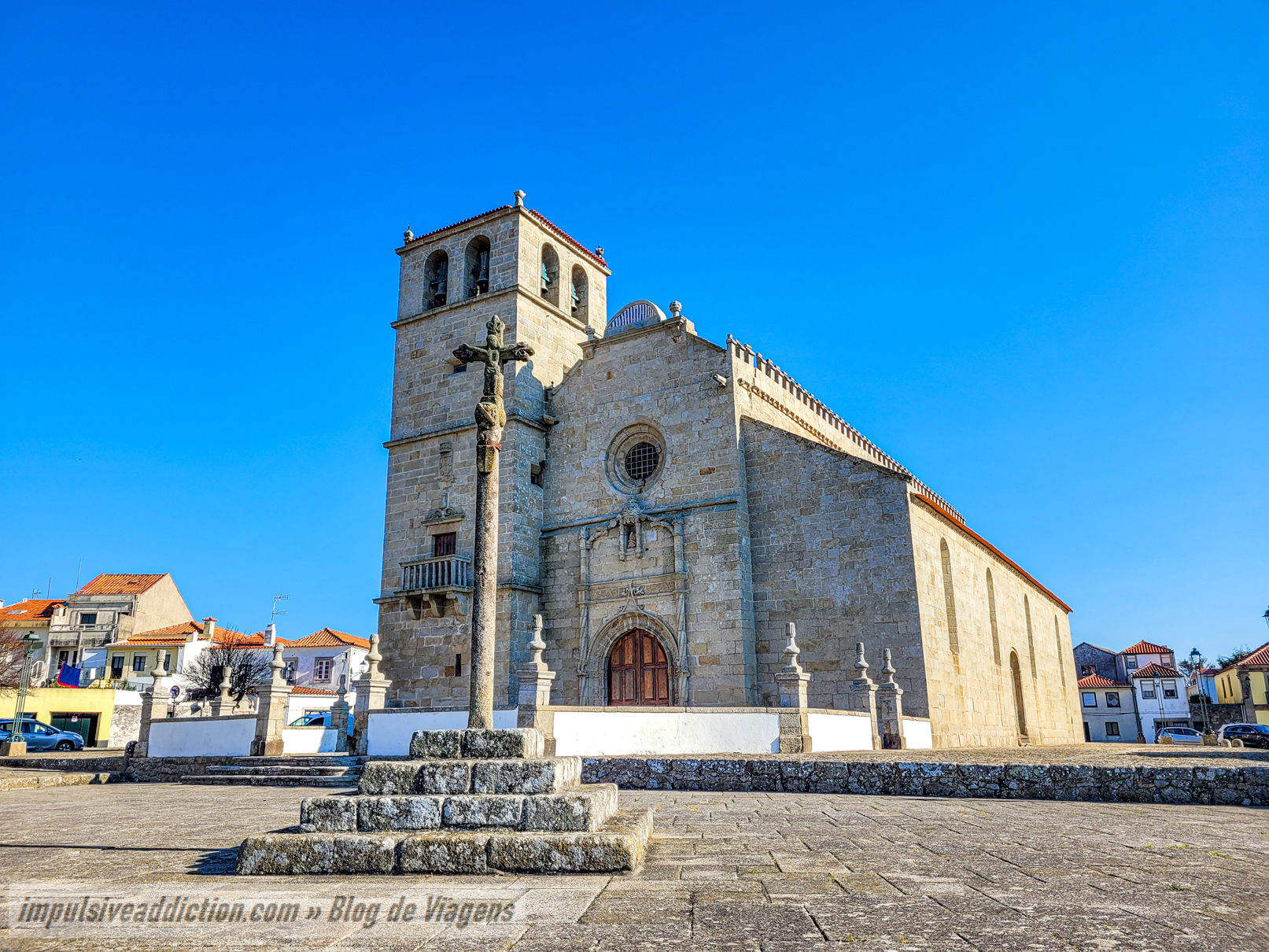
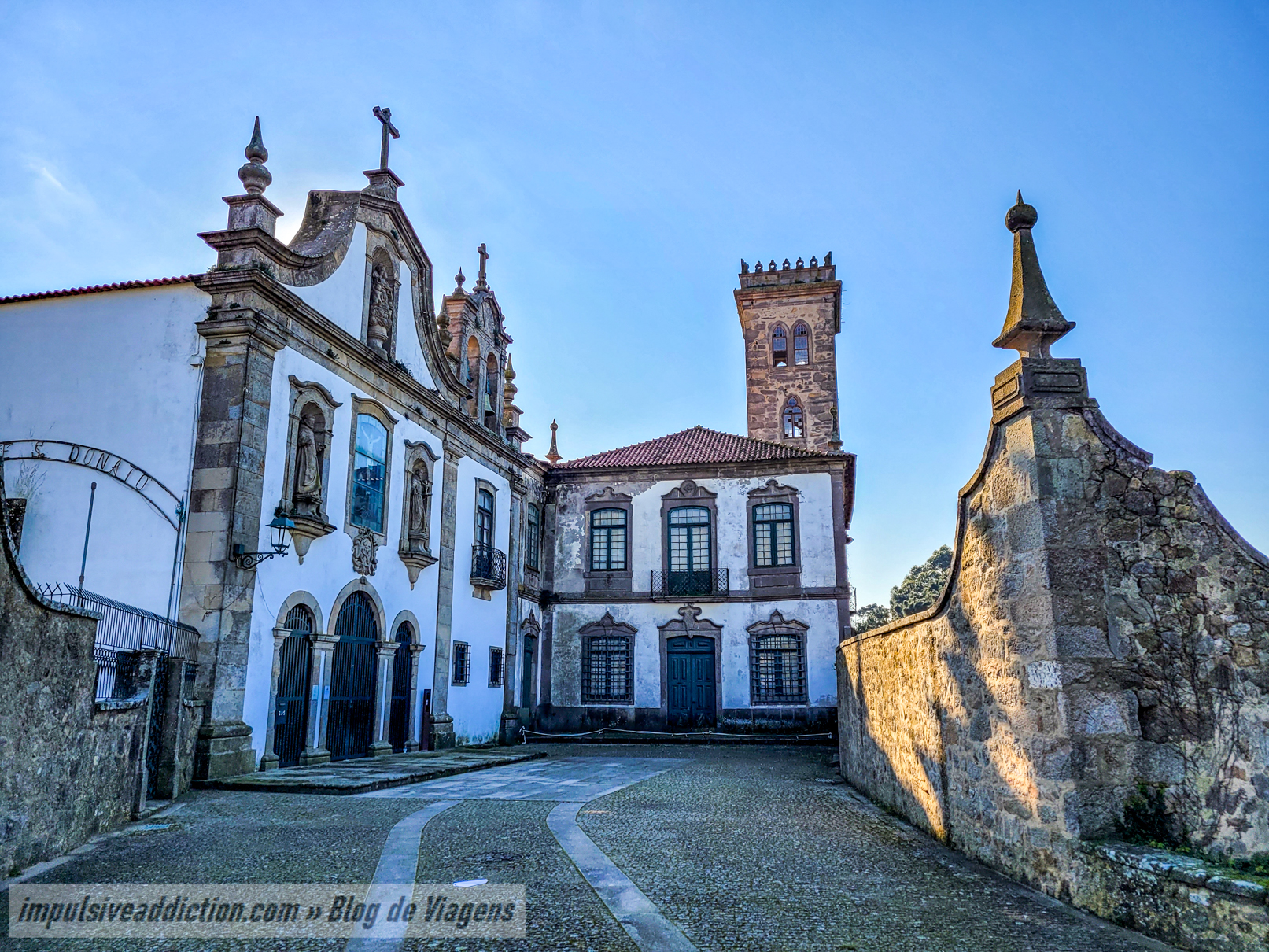
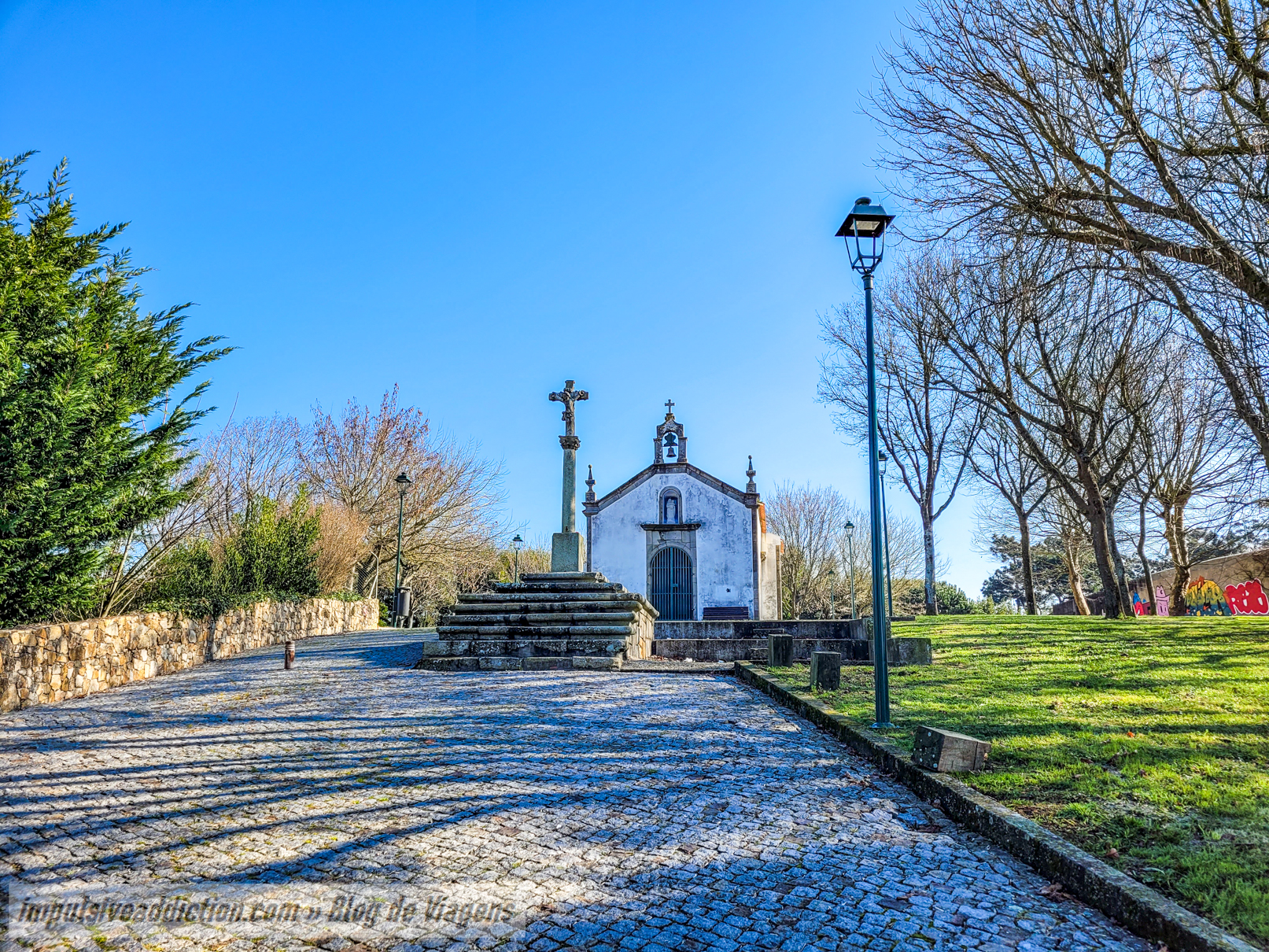
4. Chapel of Nossa Senhora da Boa Nova
The Chapel of Nossa Senhora da Boa Nova is also optional and is only mentioned here for its different hexagonal shape and for being covered in tiles. It is a small chapel.
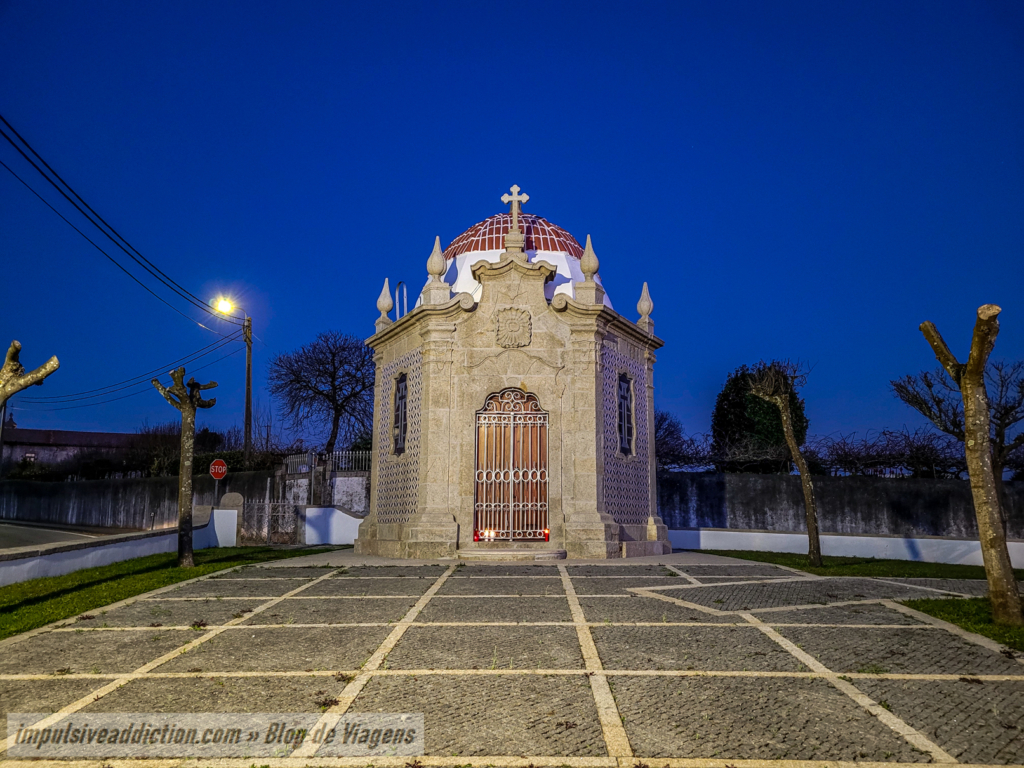
5. Castro – Vairão Panoramic Swing
If you like tourist swings, Castro – Vairão Panoramic Swing is sure to please, with a beautiful viewpoint from the side of Santo Ovídio Chapel.
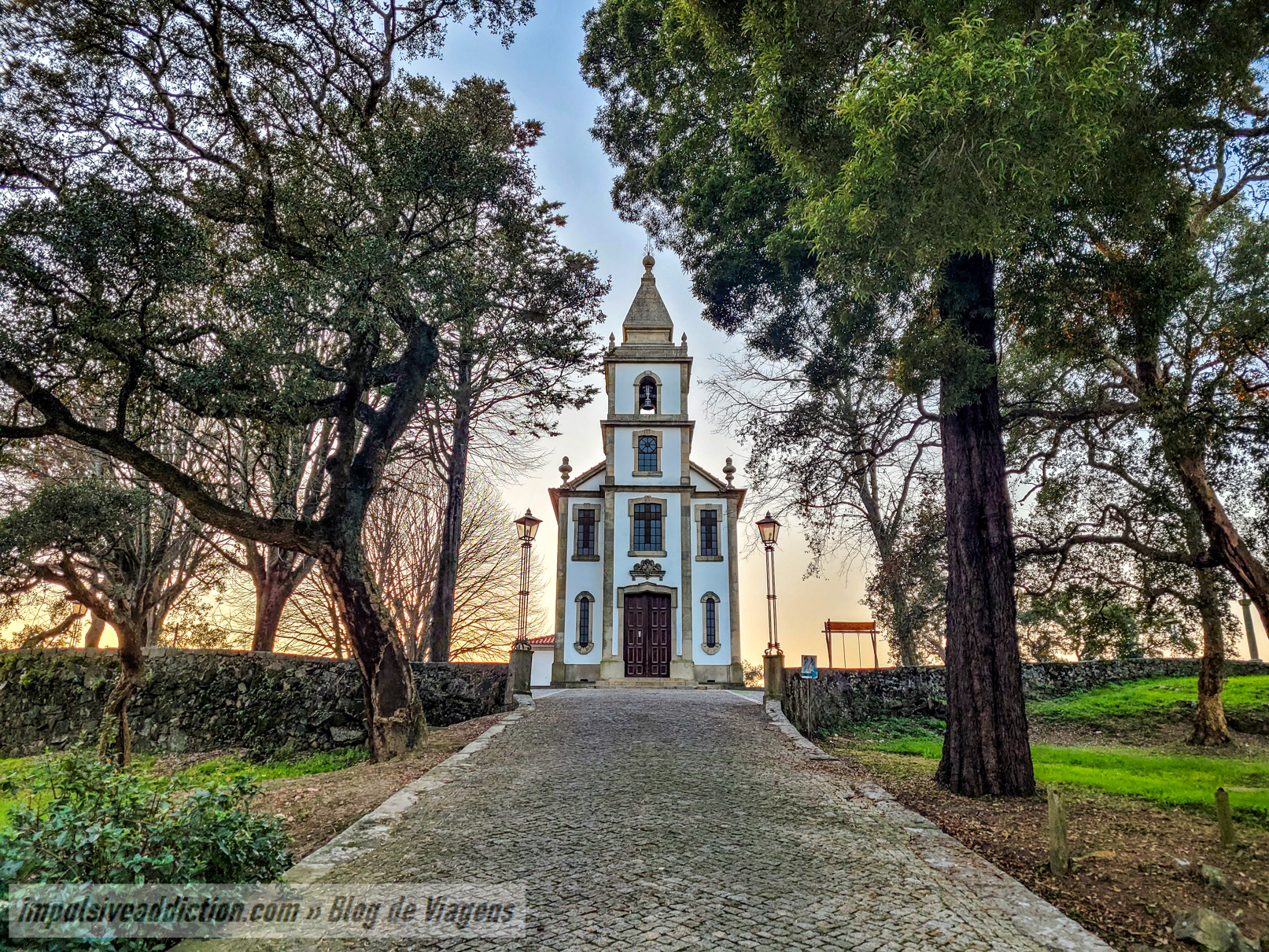
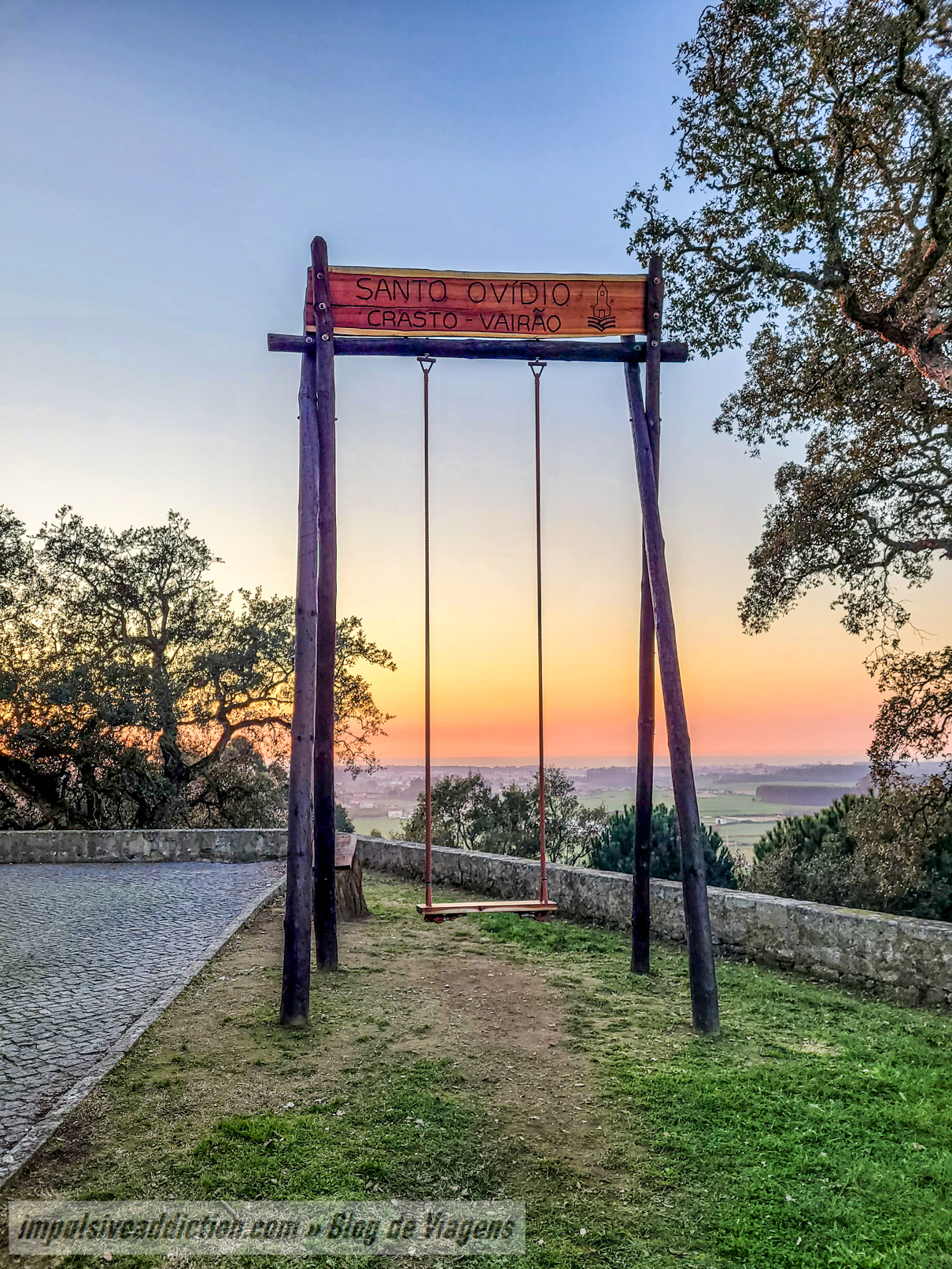
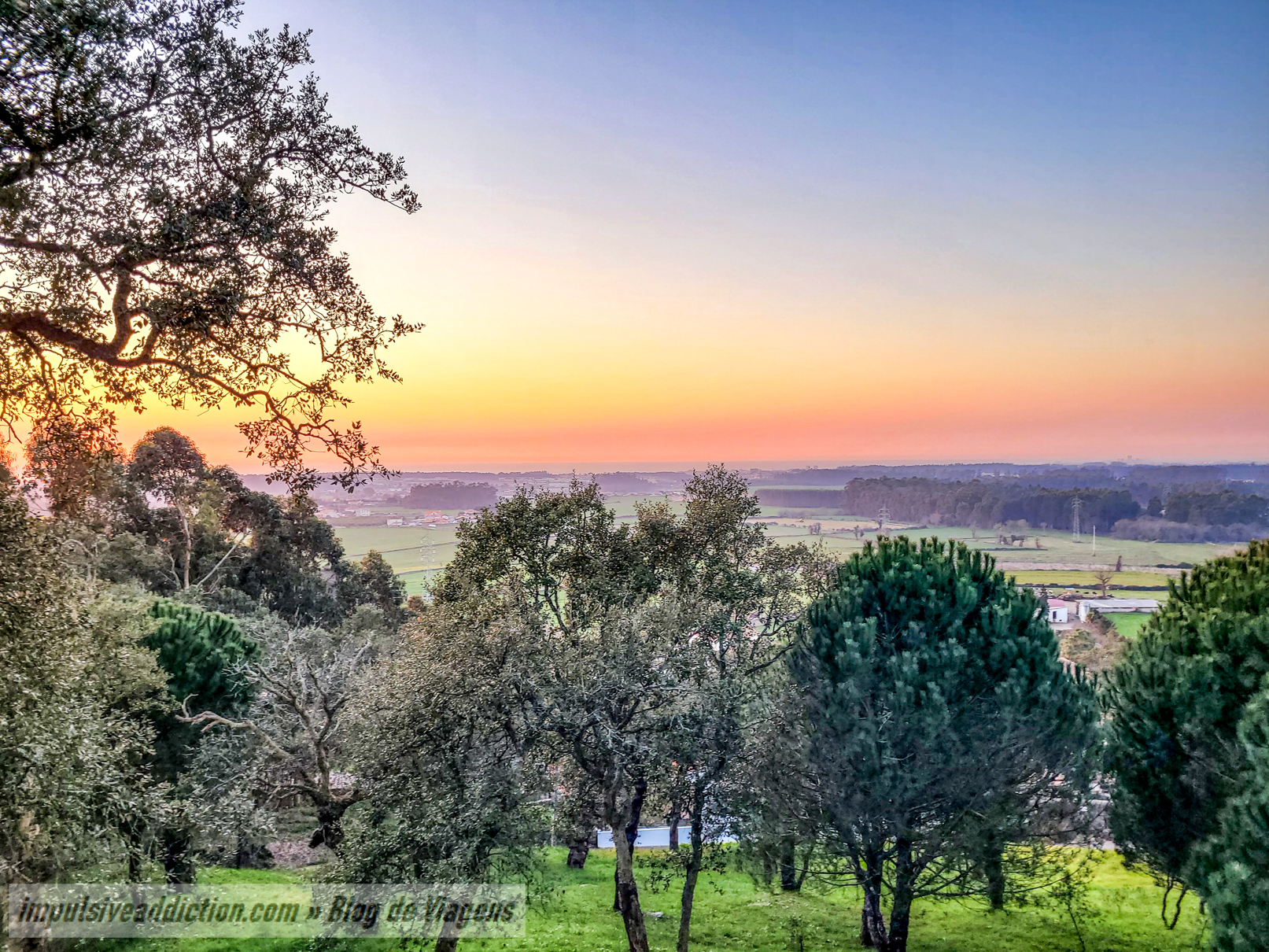
6. Church of Nossa Senhora da Glória Monastery of Vairão
Also in Vairão are the Monastery of São Salvador and the Church of Nossa Senhora da Glória. The church dates back to the 18th century, but the monastery is much older and is known to have been around since the 10th century. It was always occupied by religious orders until they were abolished in the 19th century, and today it serves as a hostel for pilgrims.
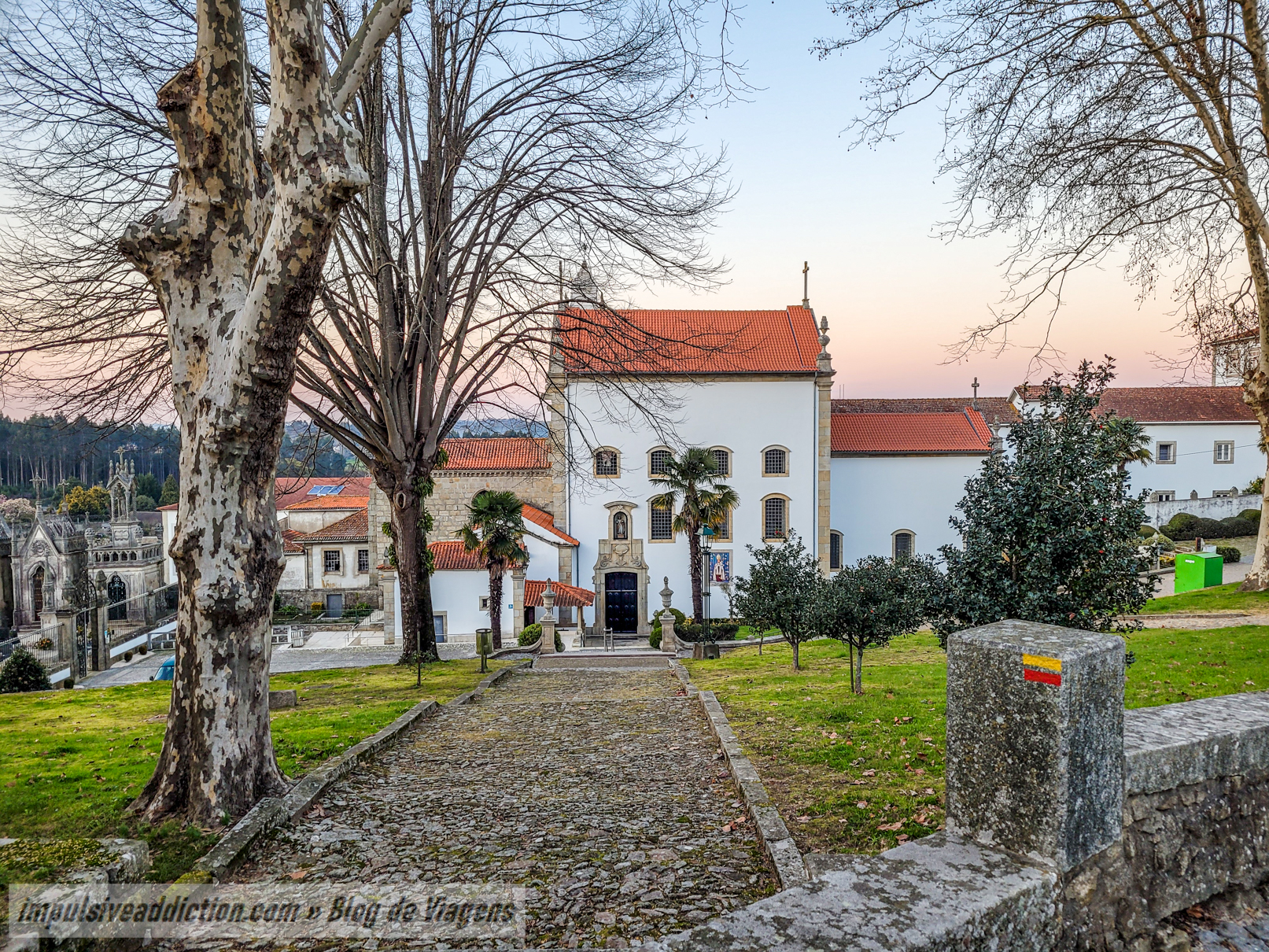
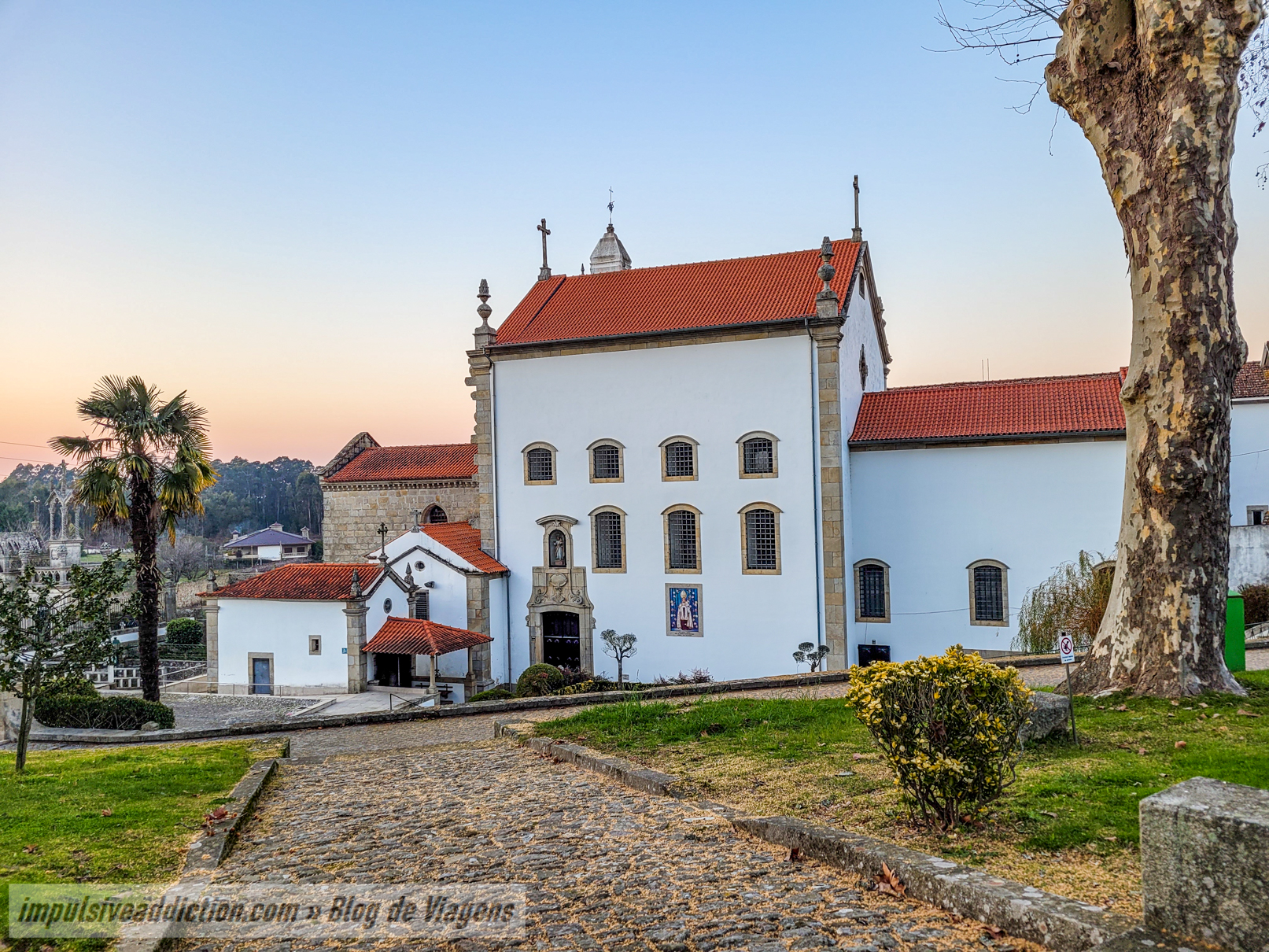
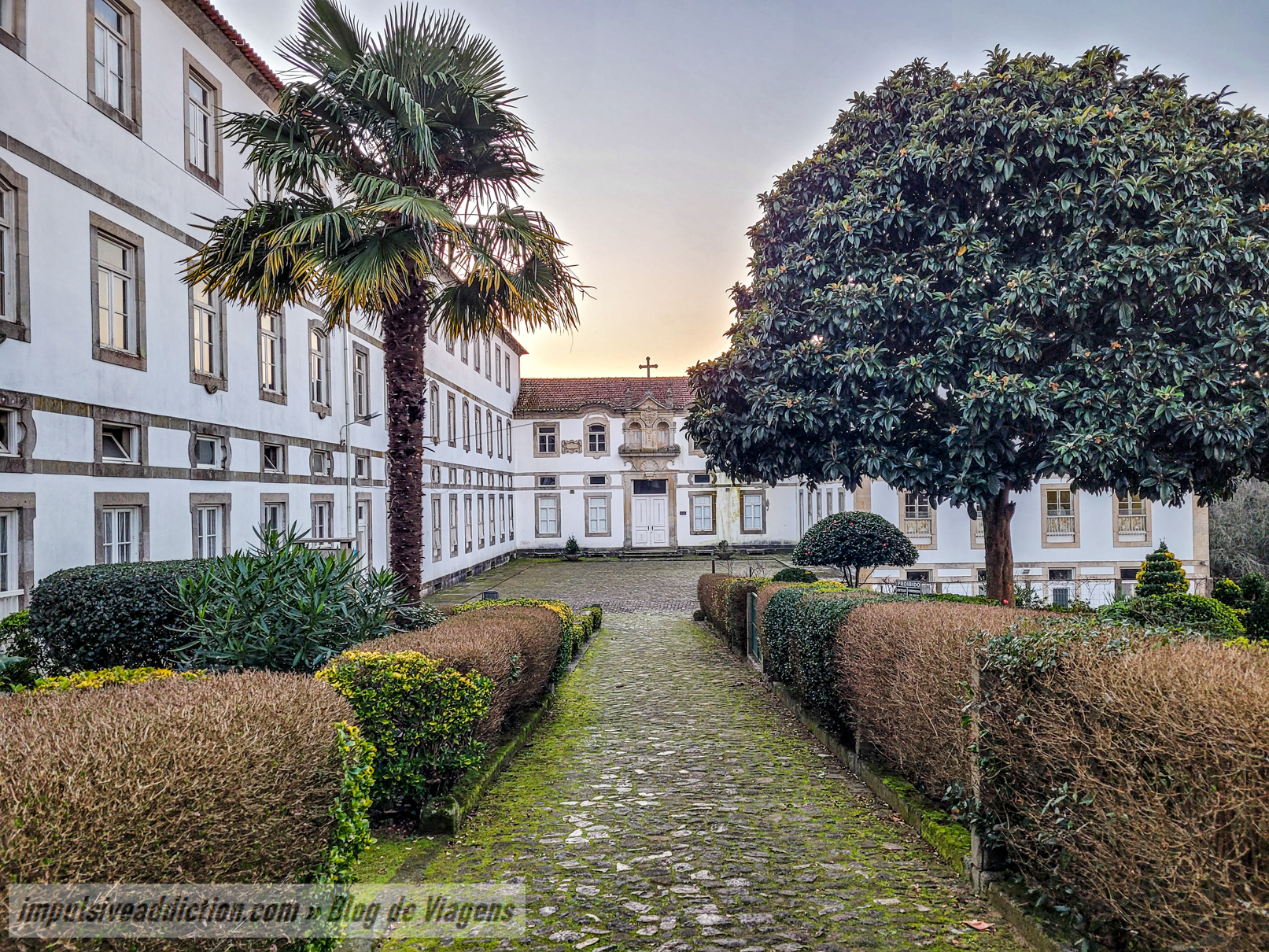
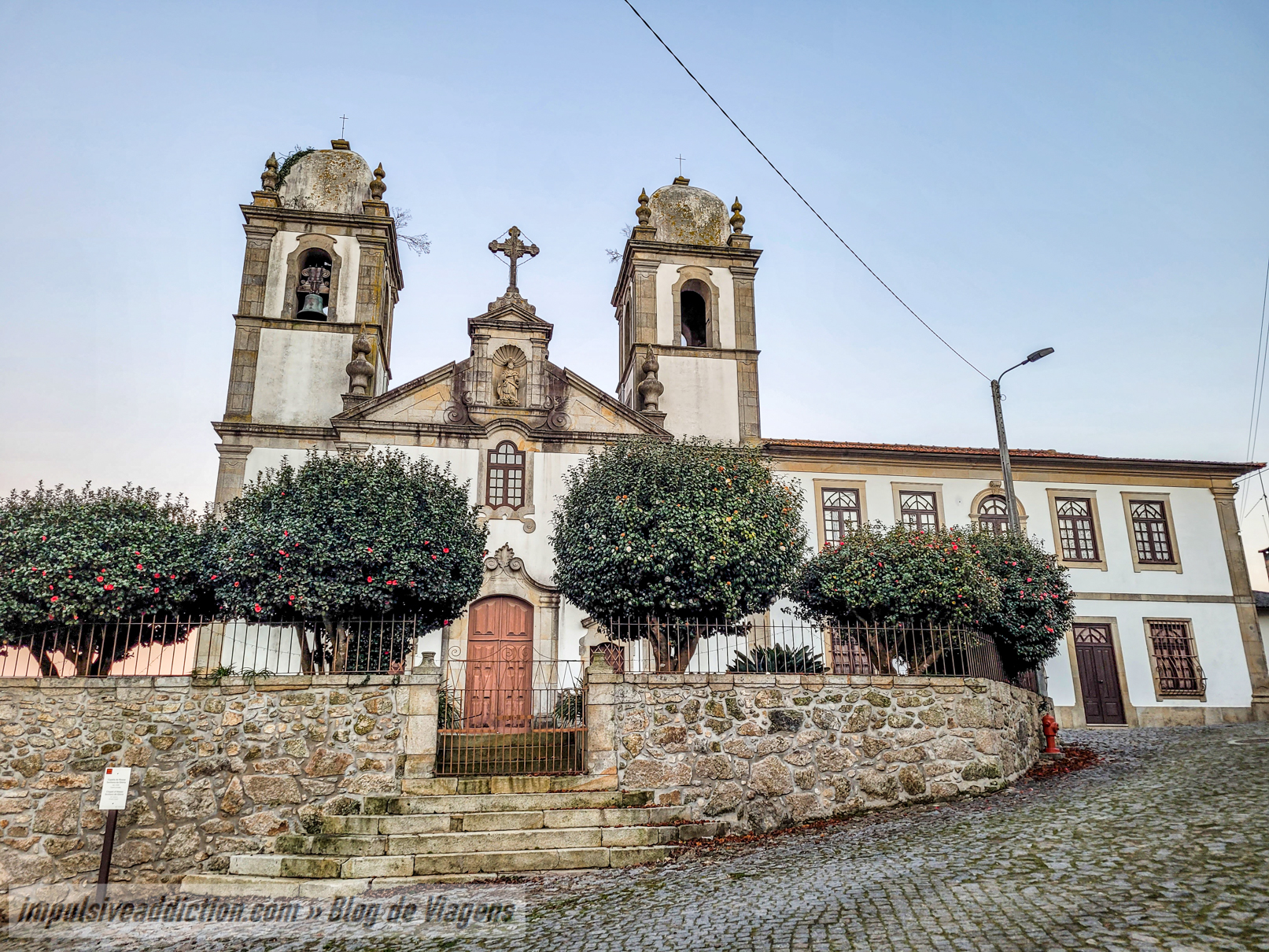
7. D. Zameiro Bridge
D. Zameiro Bridge is a pedestrian bridge of Romanesque origin over River Ave. It was built to connect Porto to Galicia and is a crossing point on the Way to Santiago de Compostela.
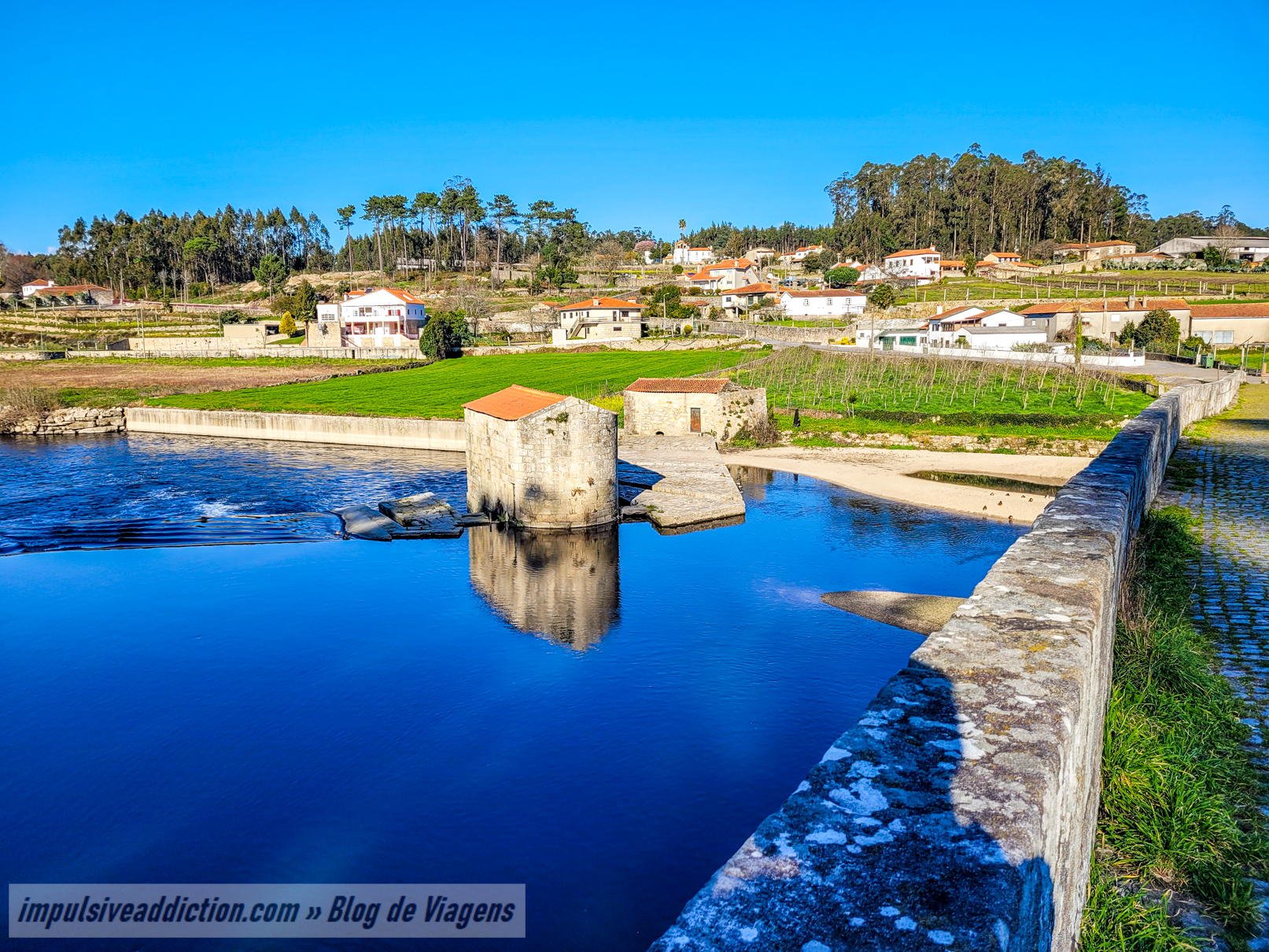
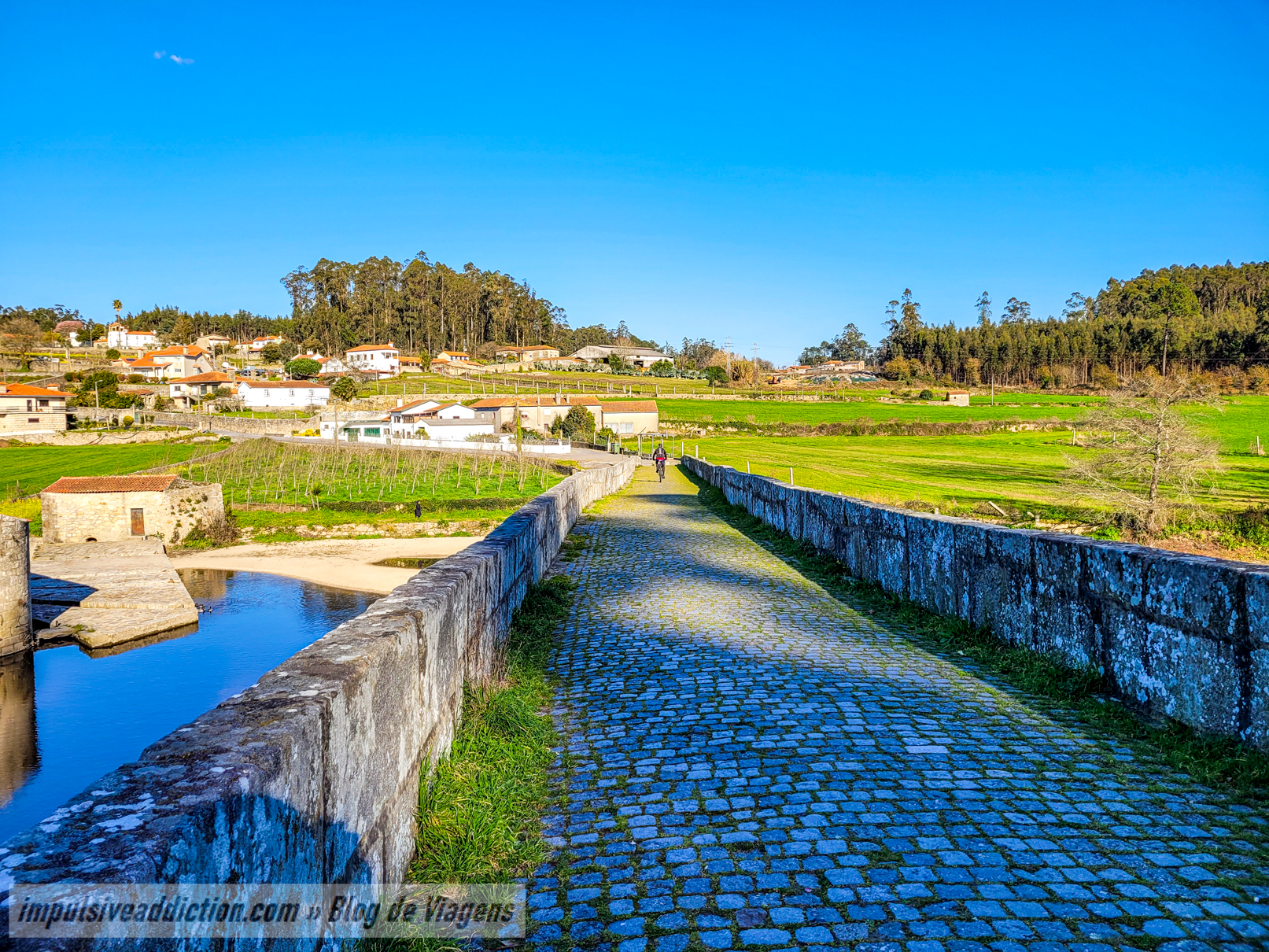
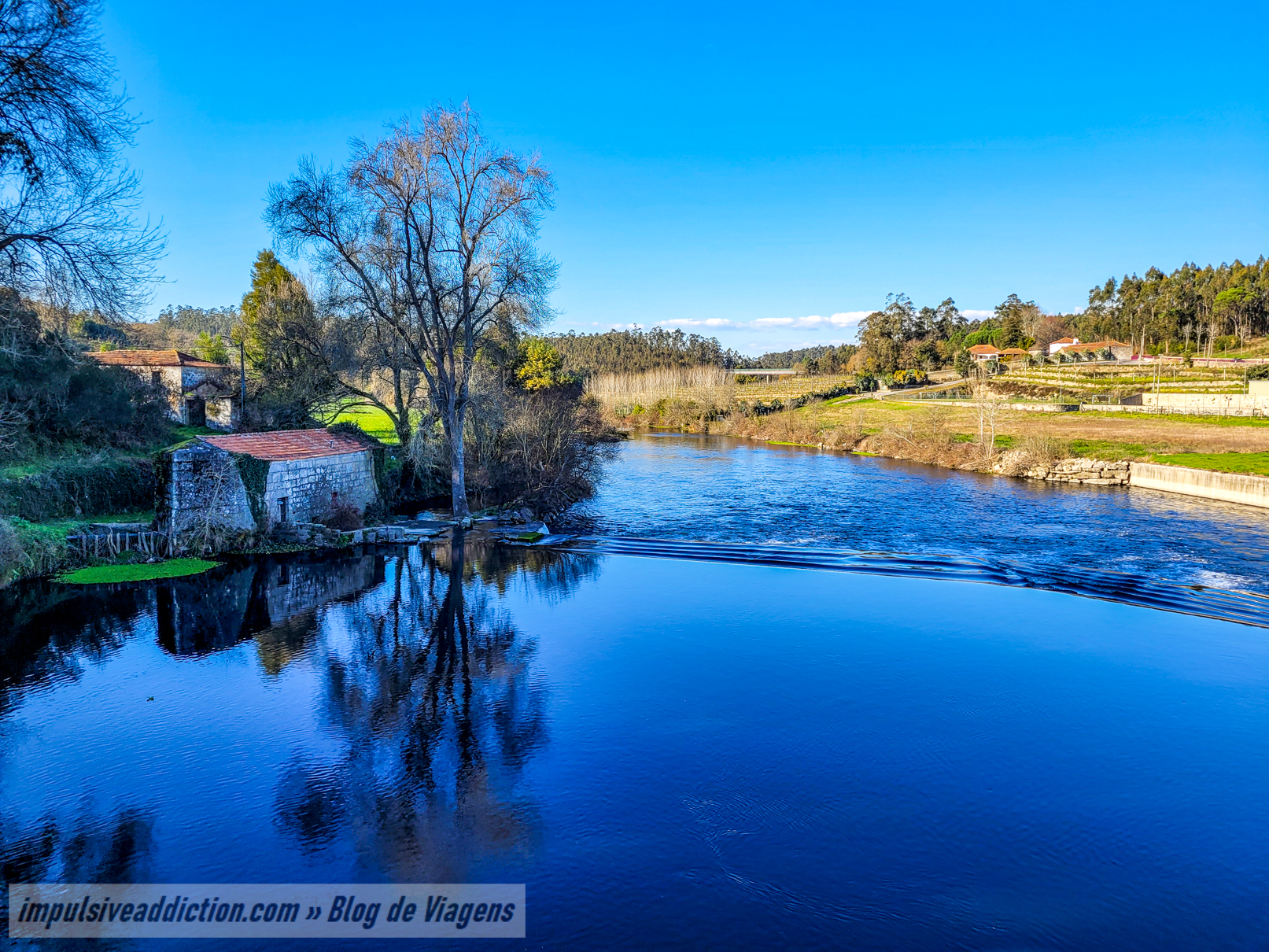
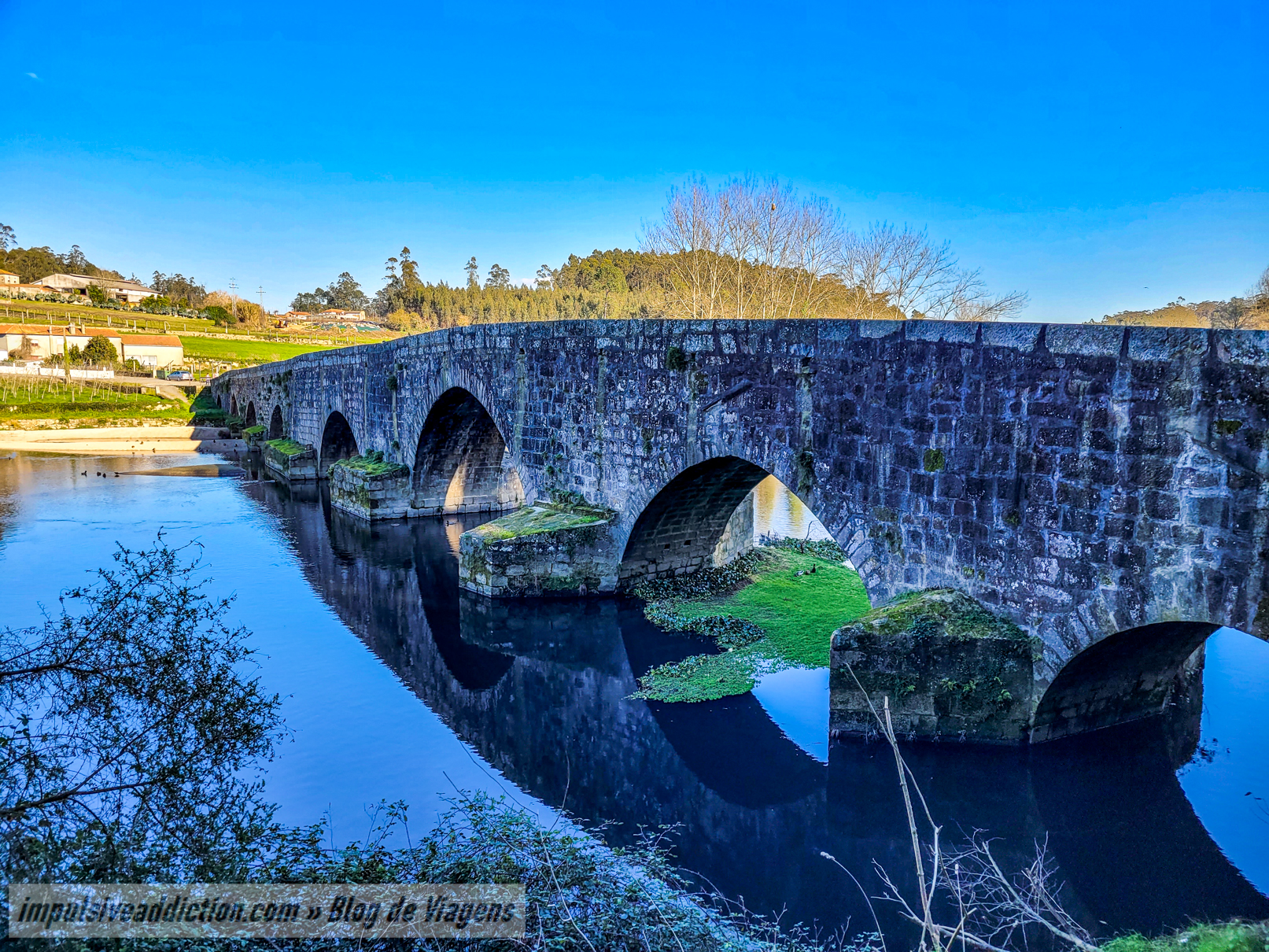
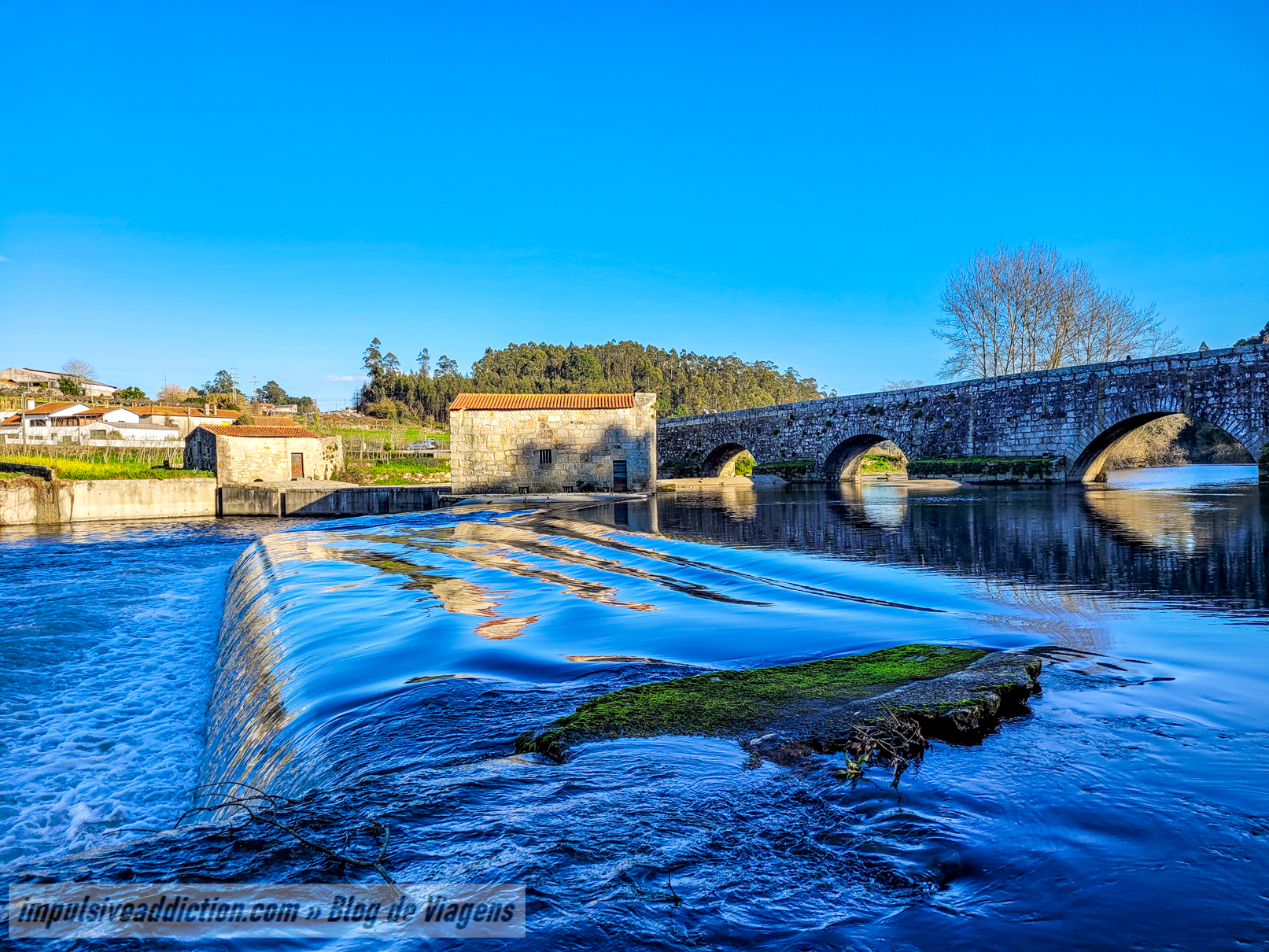
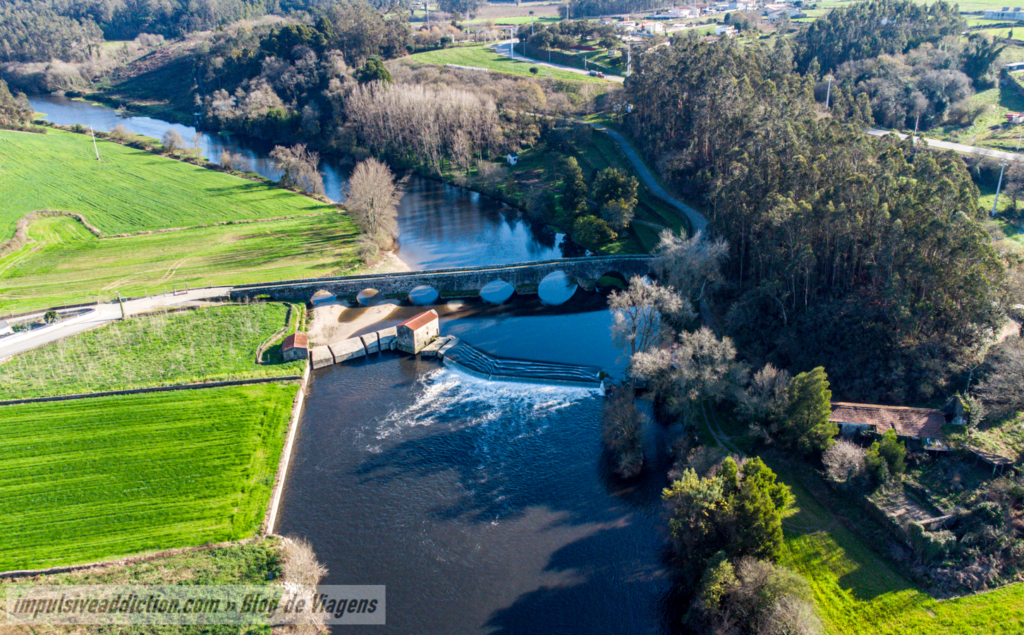
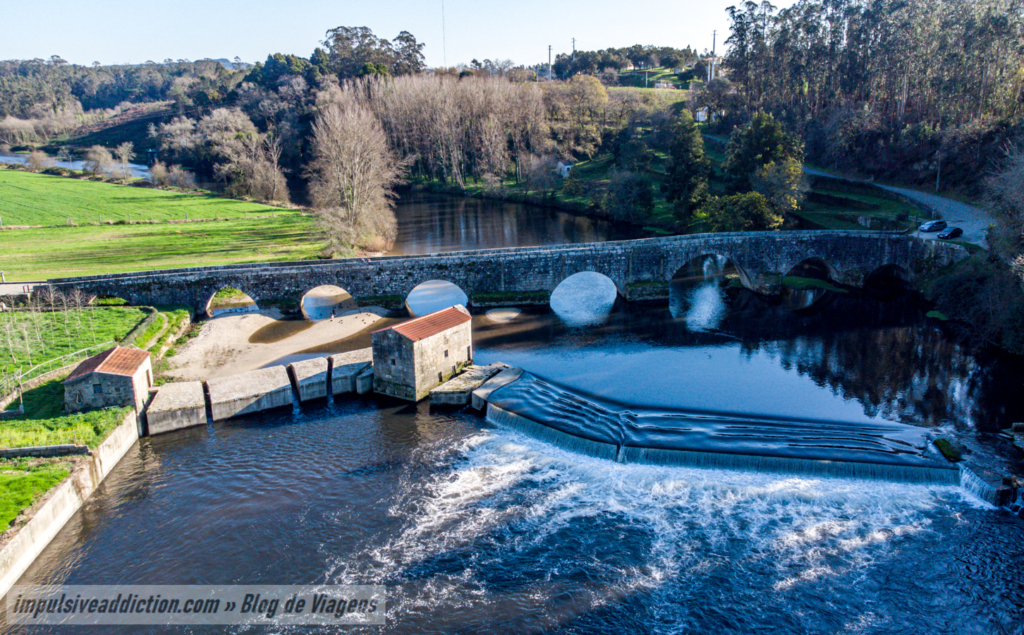
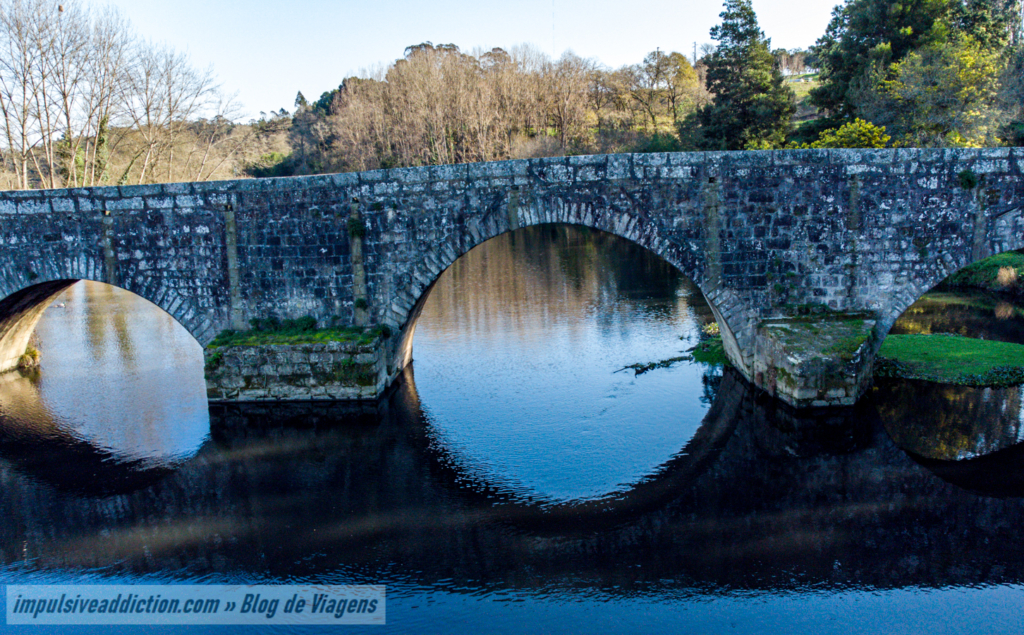
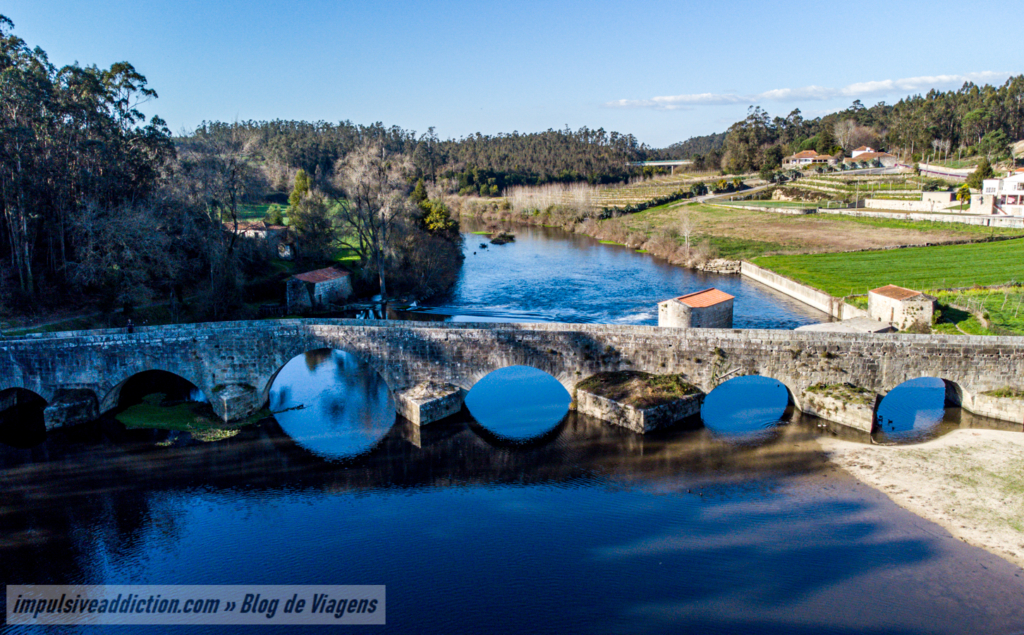
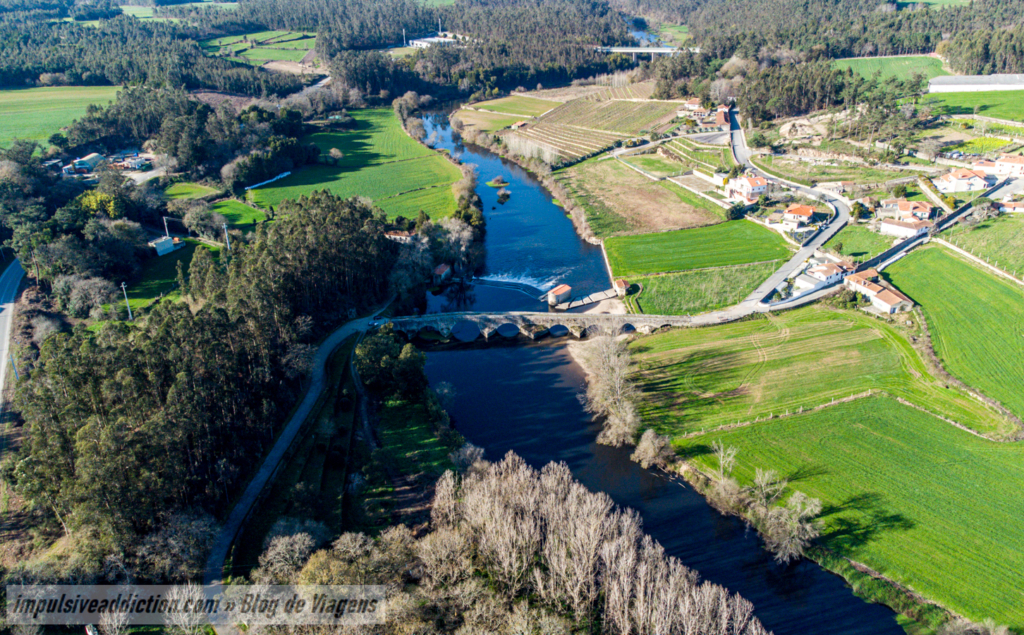
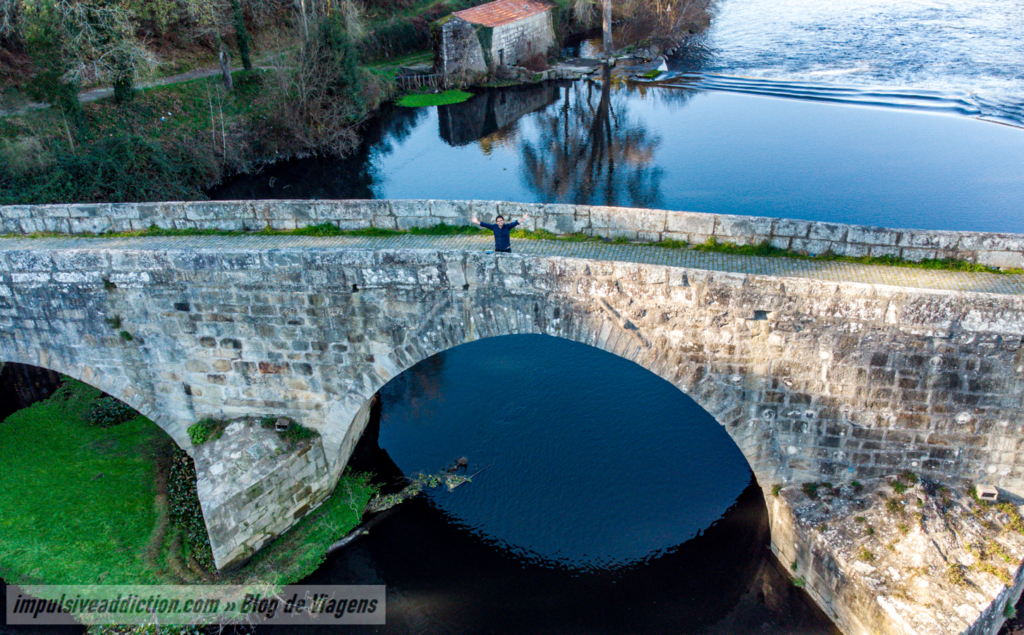
8. Monastery of São Simão da Junqueira
The Monastery of São Simão da Junqueira is also known as the Monastery of São Judas Tadeu. It was founded in the 11th century and became extinct in the 18th century. The church only appeared in the 17th century. I had the opportunity to visit it, but I couldn’t access the cloisters and gardens, which from an aerial image looked like they needed some cleaning and restoration.
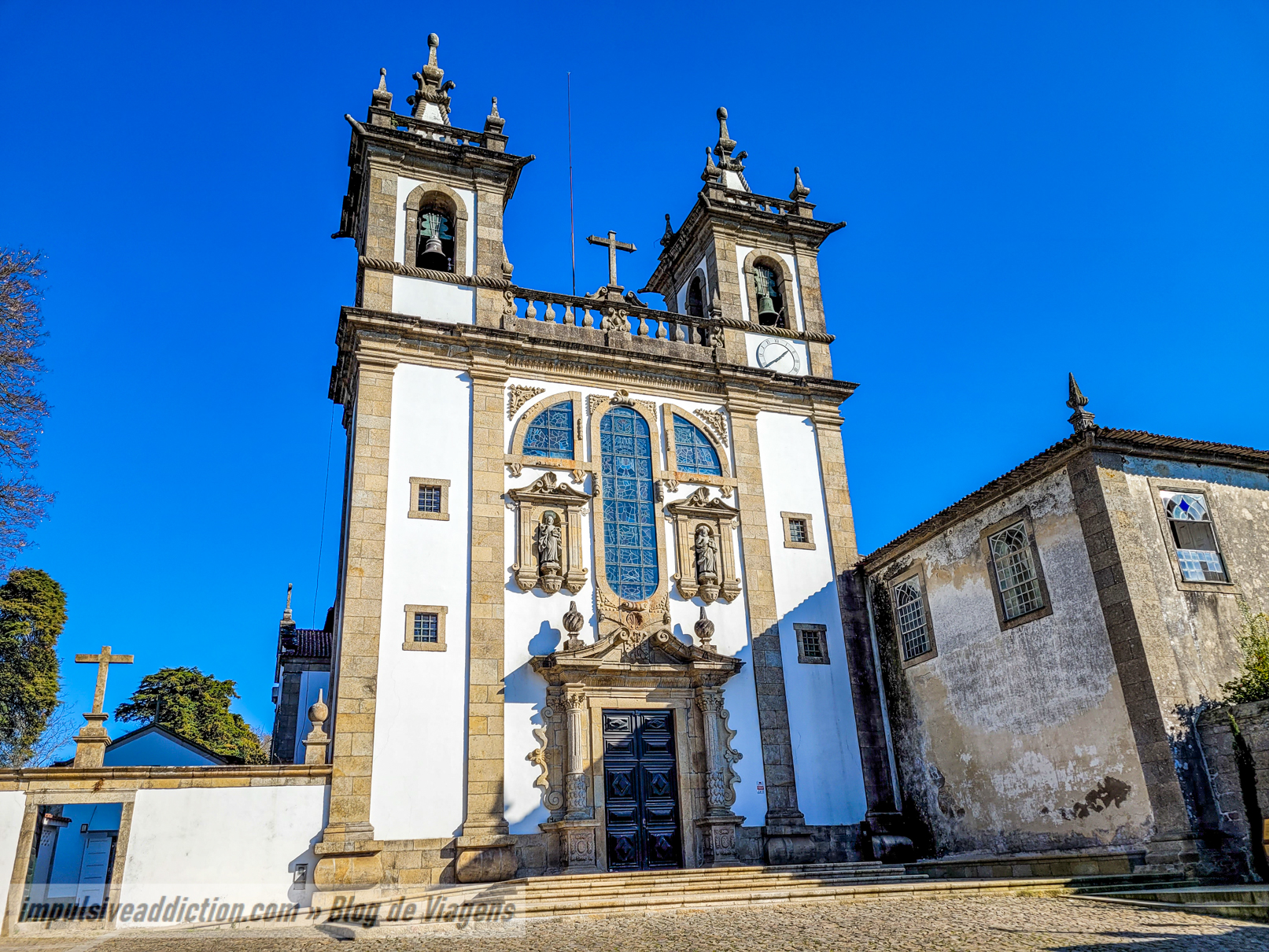
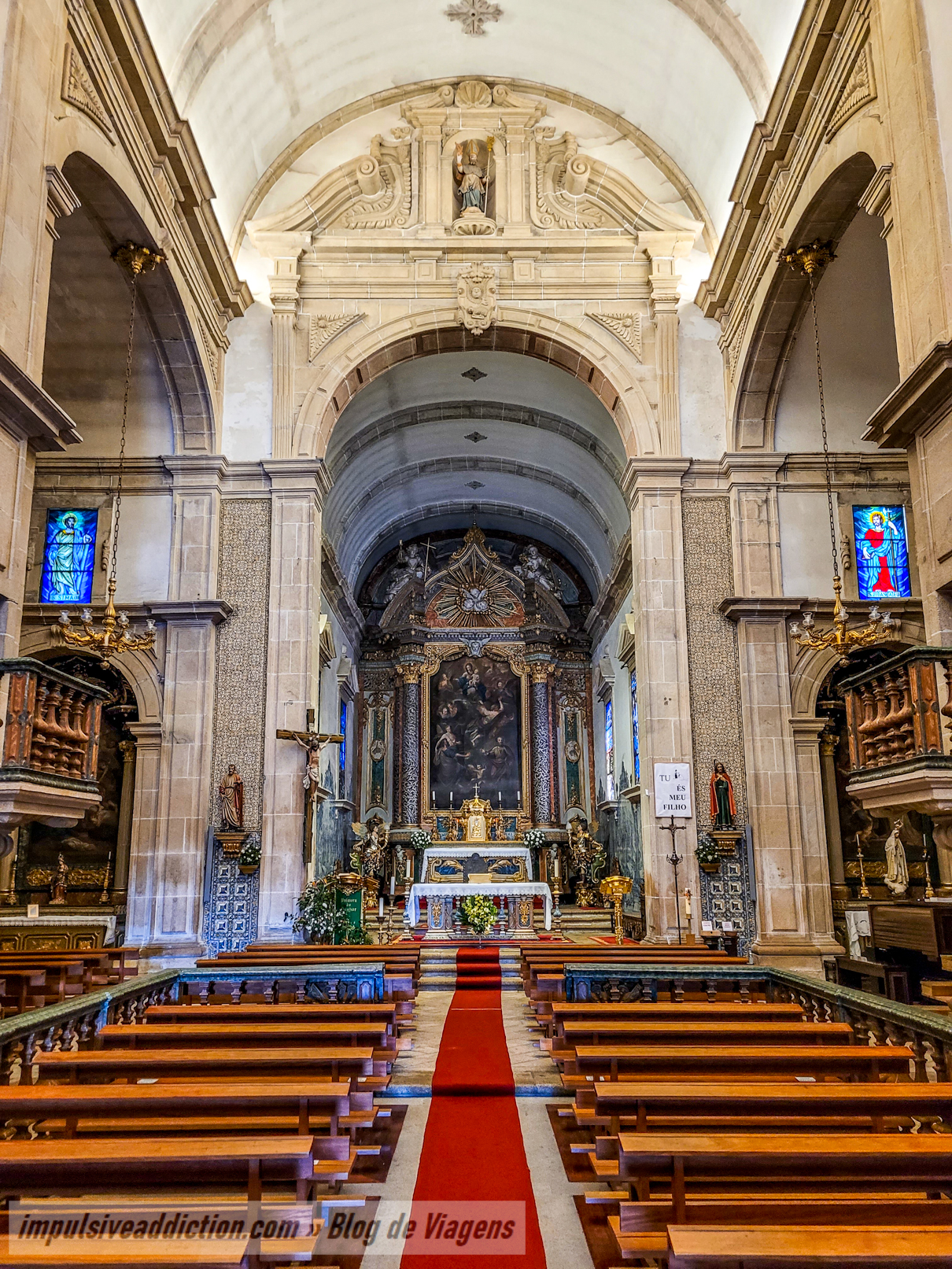
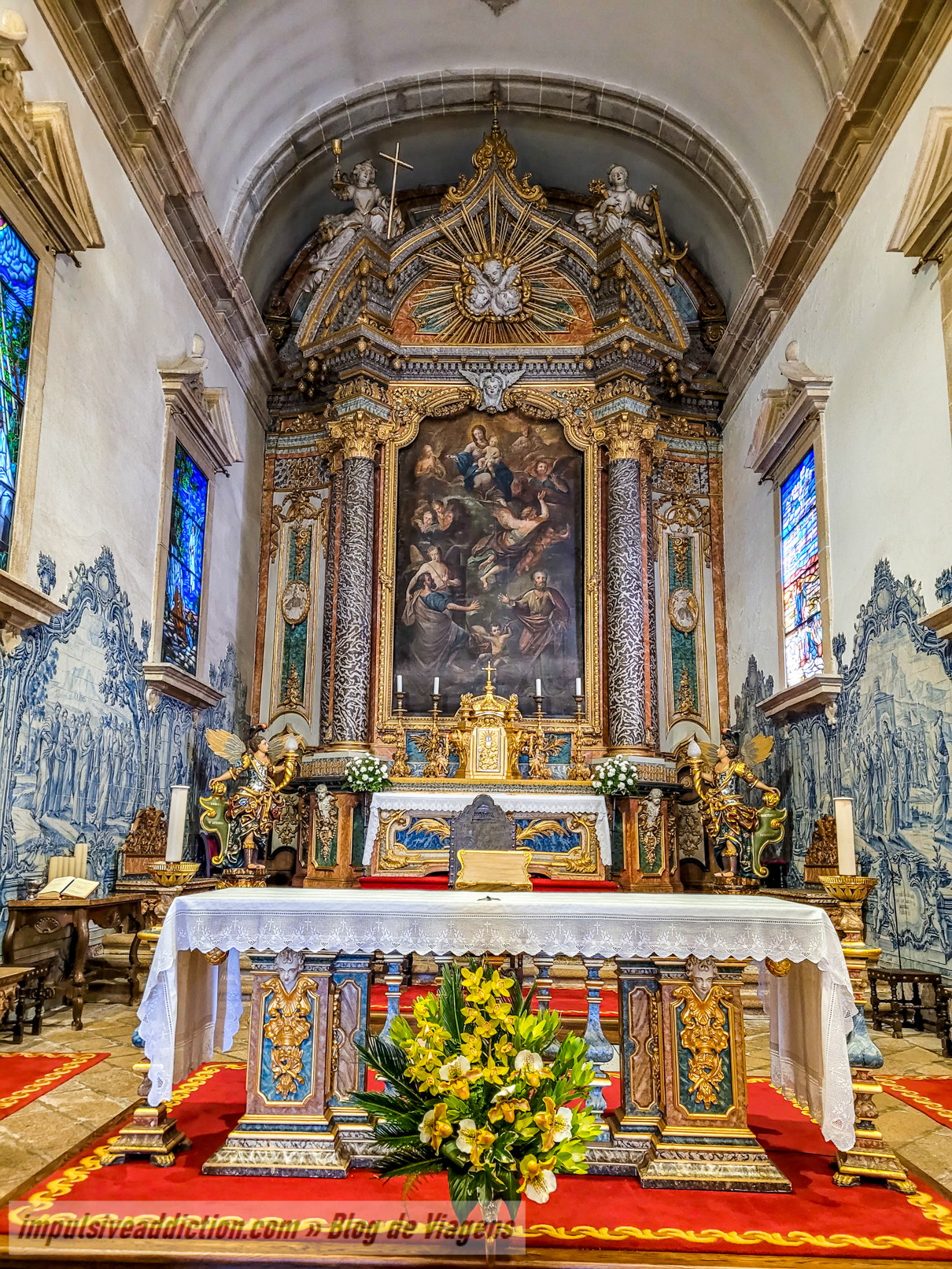
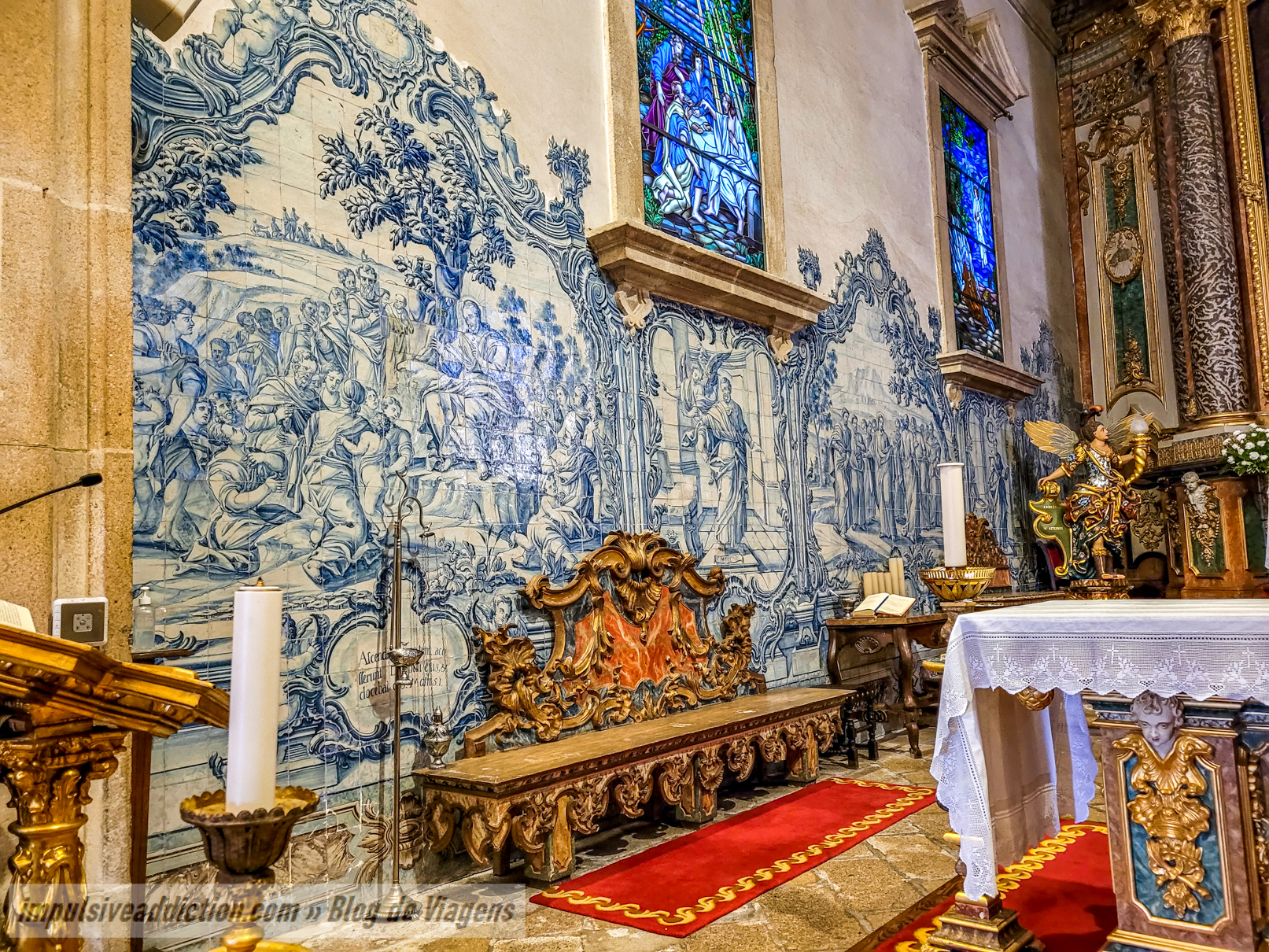
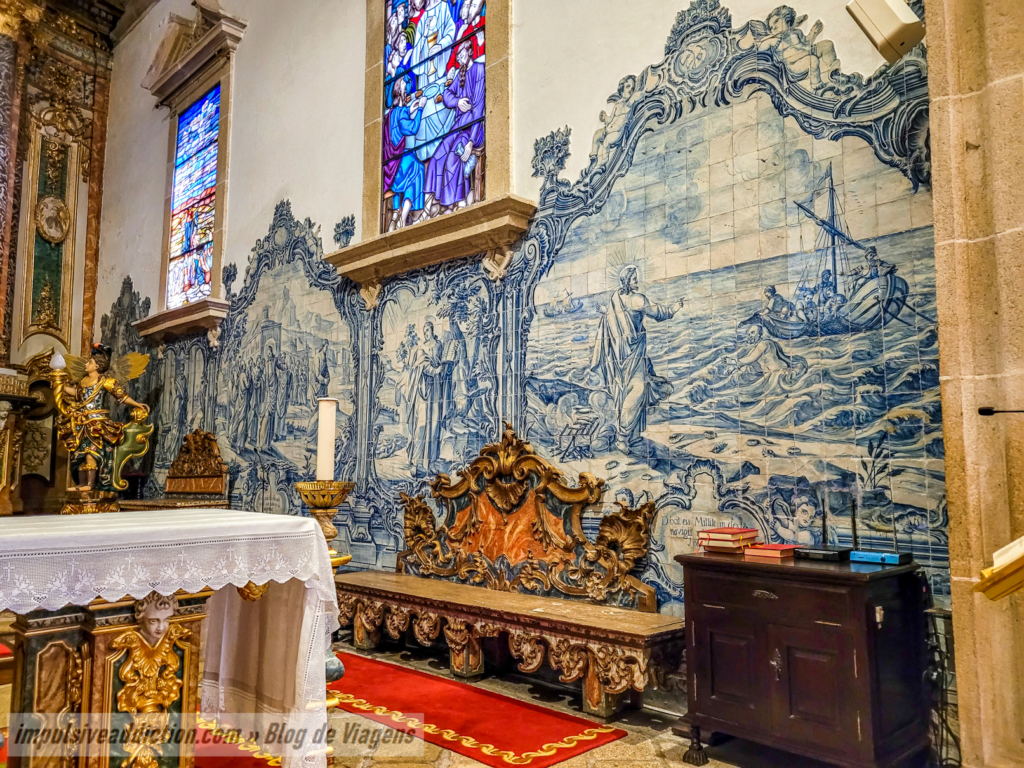
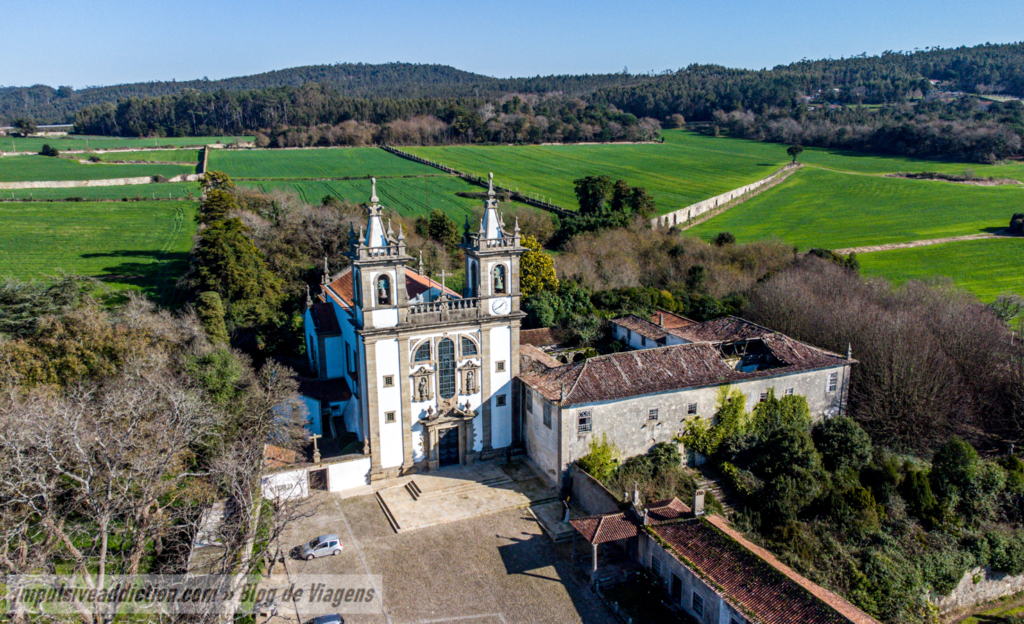
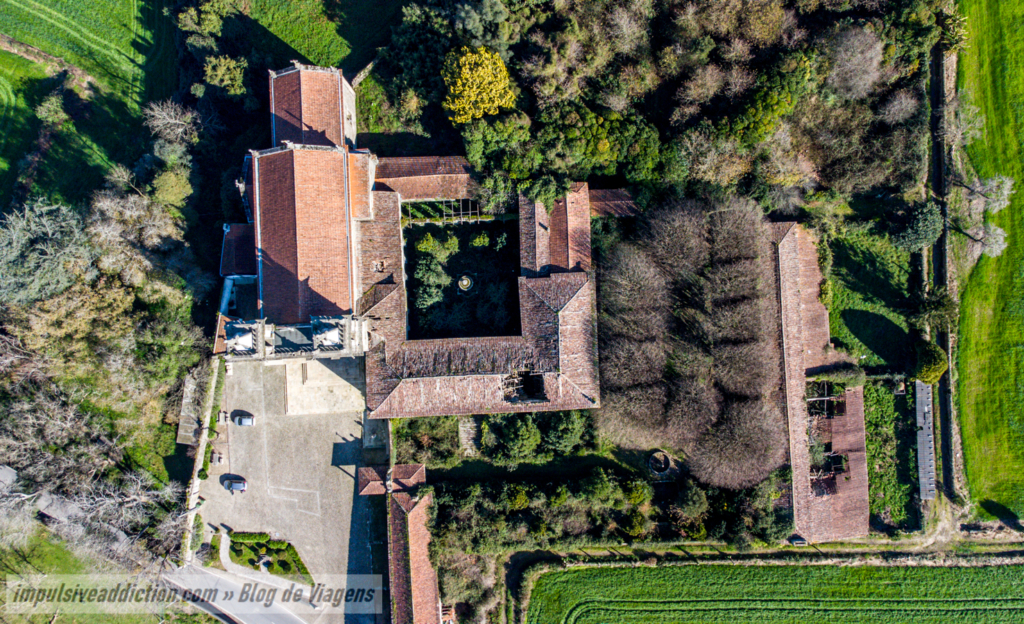
9. Cividade de Bagunte
Cividade de Bagunte is one of the most important sites on this list. It is known to have been occupied between the 4th century BC and the 4th century AD, covering a total area of more than 50 hectares. You can walk around the ruins at your leisure, some of which I found protected because they were being the subject of archaeological excavations.
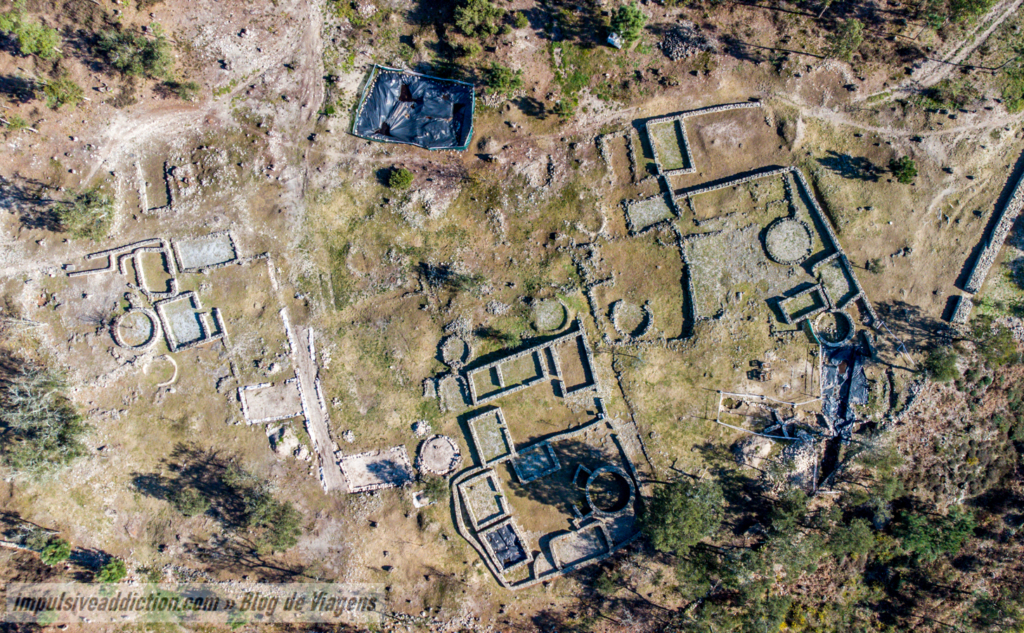
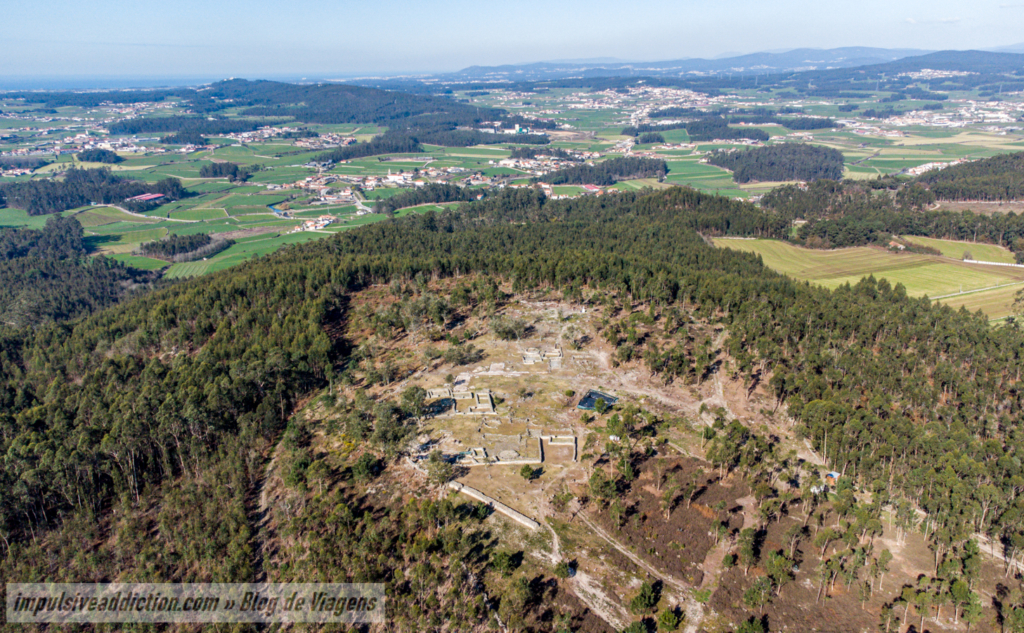
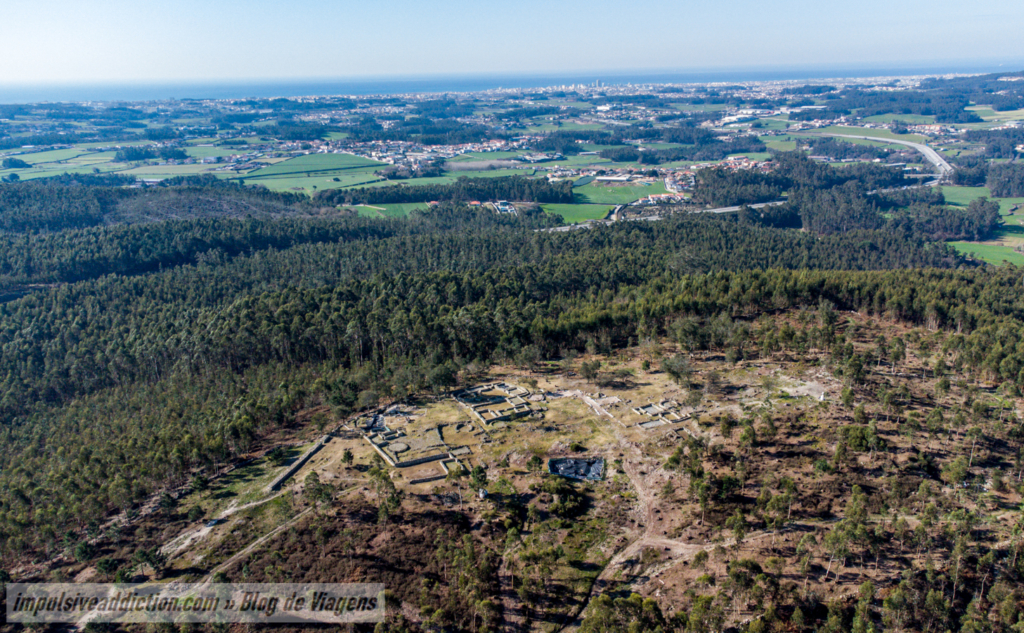
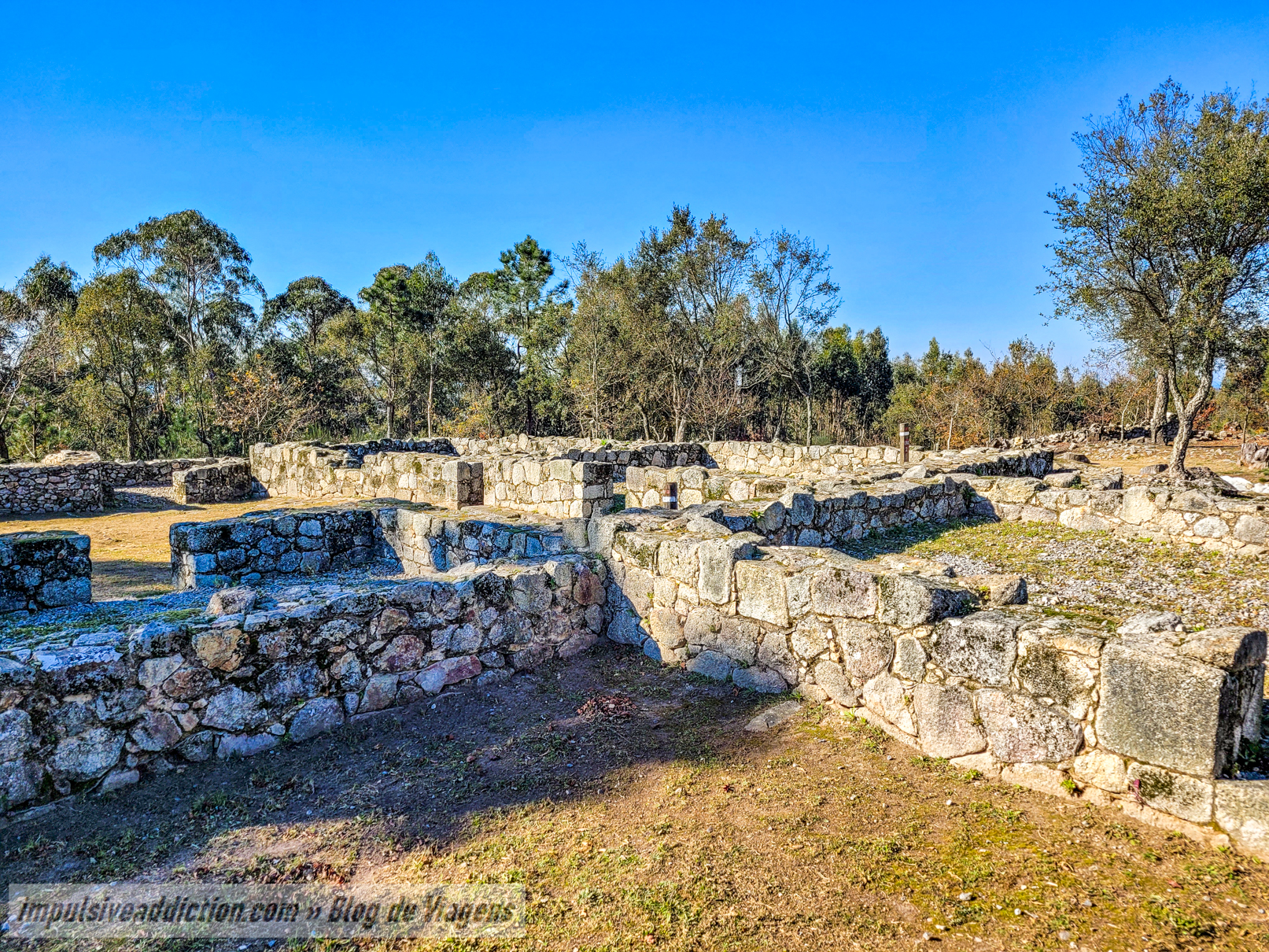
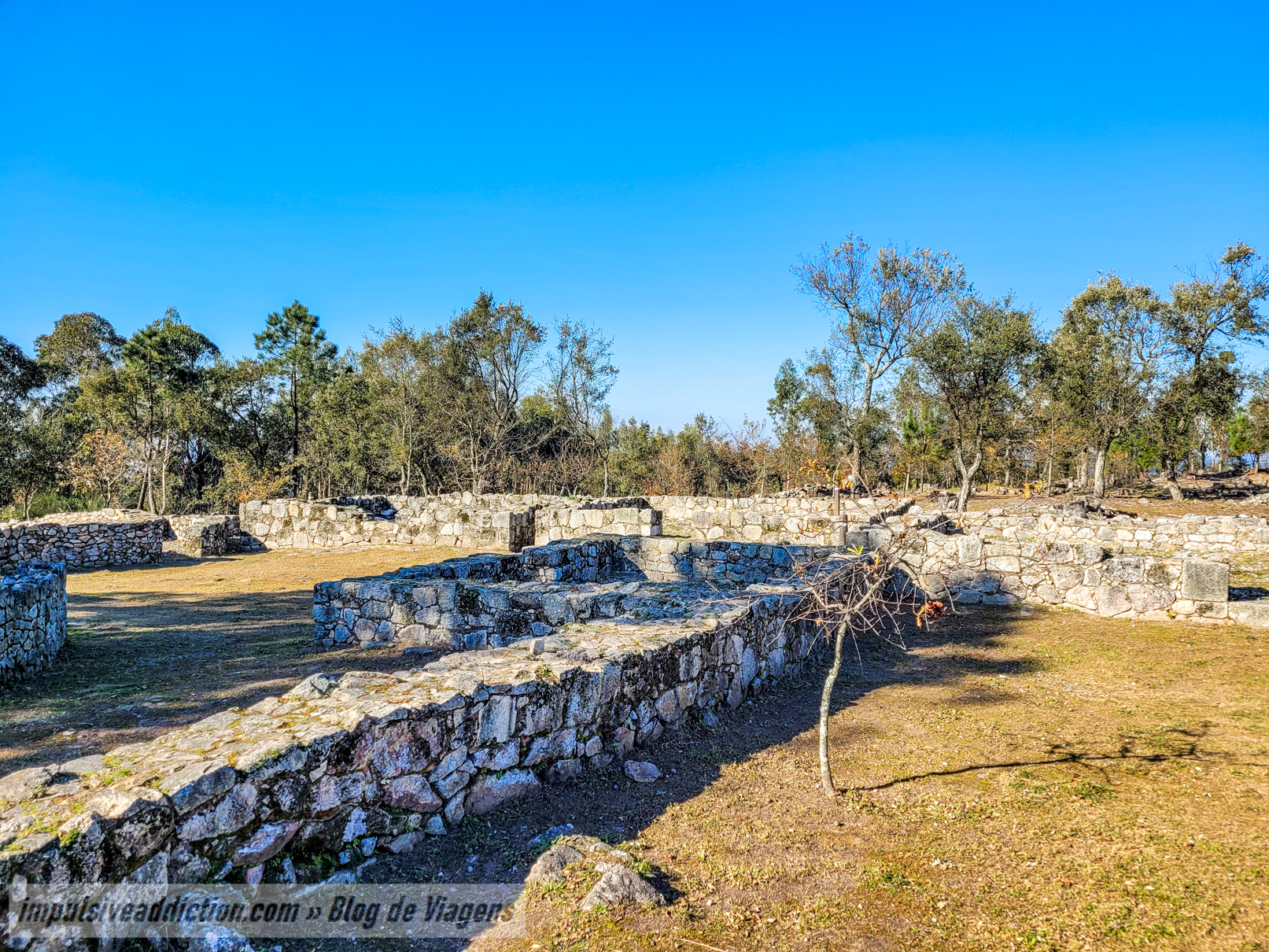
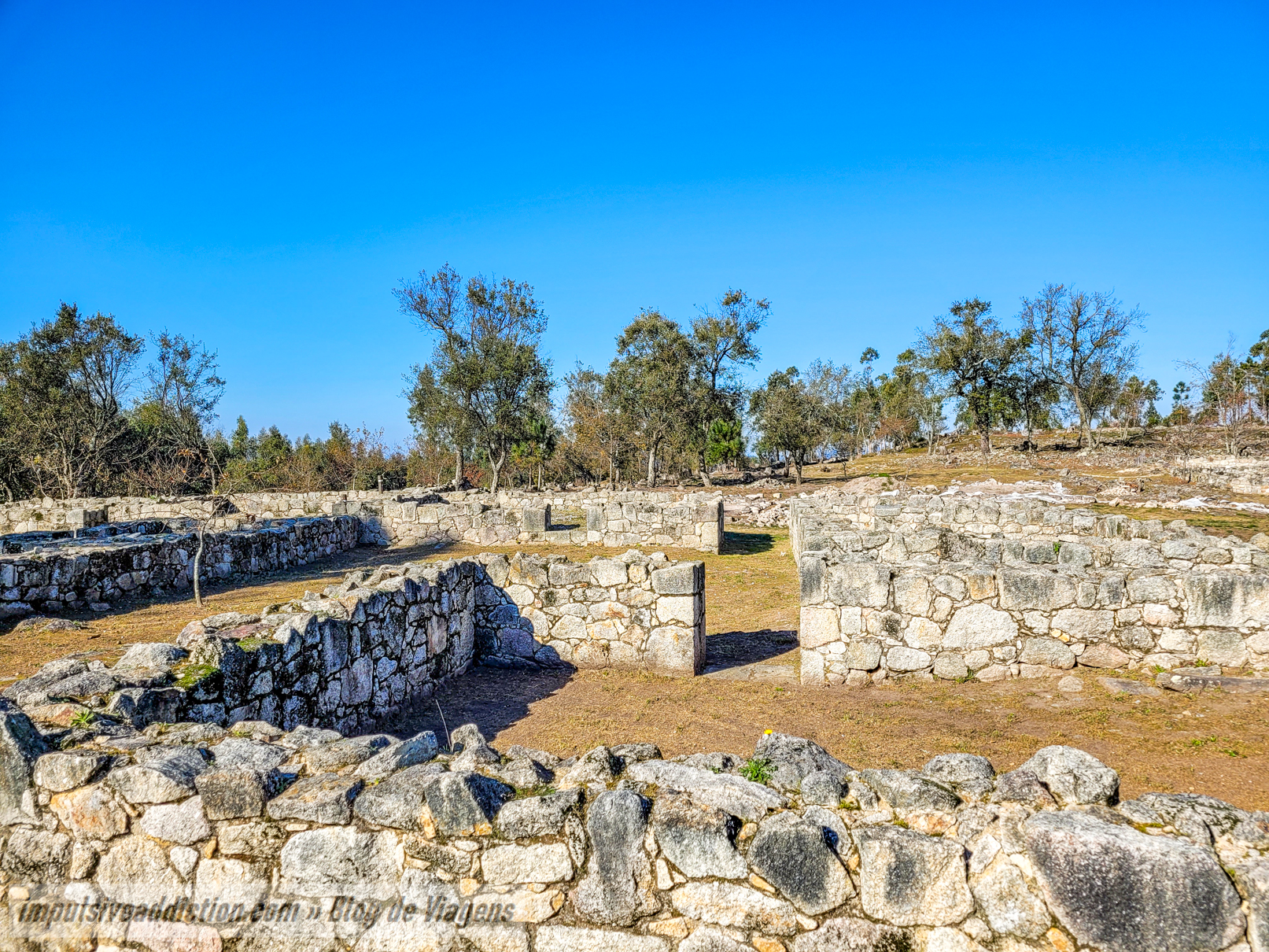
10. Mamoas do Fulão
Older than Cividade de Bagunte are Mamoas do Fulão, more than 5000 years old. You won’t see much of them on the ground, as they are completely covered. They are simply ancient funerary monuments where the dead were buried. On the grounds you’ll find information panels explaining them in detail.
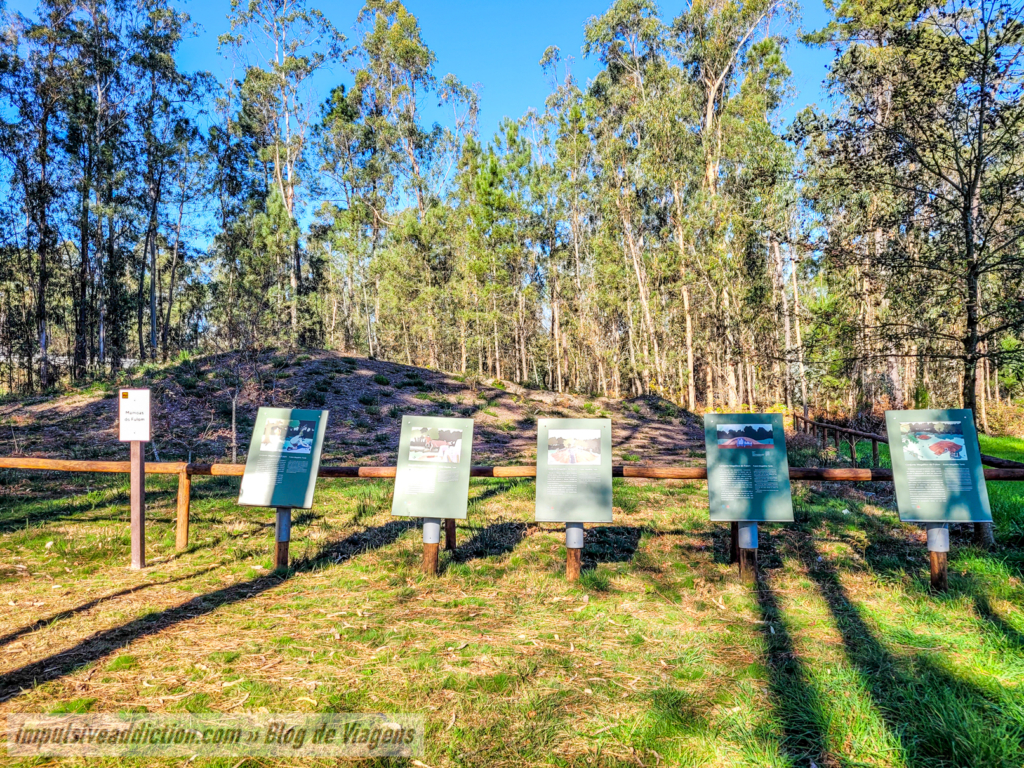
11. Bridge of São Miguel dos Arcos
The bridge of São Miguel dos Arcos is not as interesting as D. Zameiro Bridge, but it was built around the same time and had the same function: to bring Porto closer to Galicia. It crosses river Este, a tributary of river Ave.
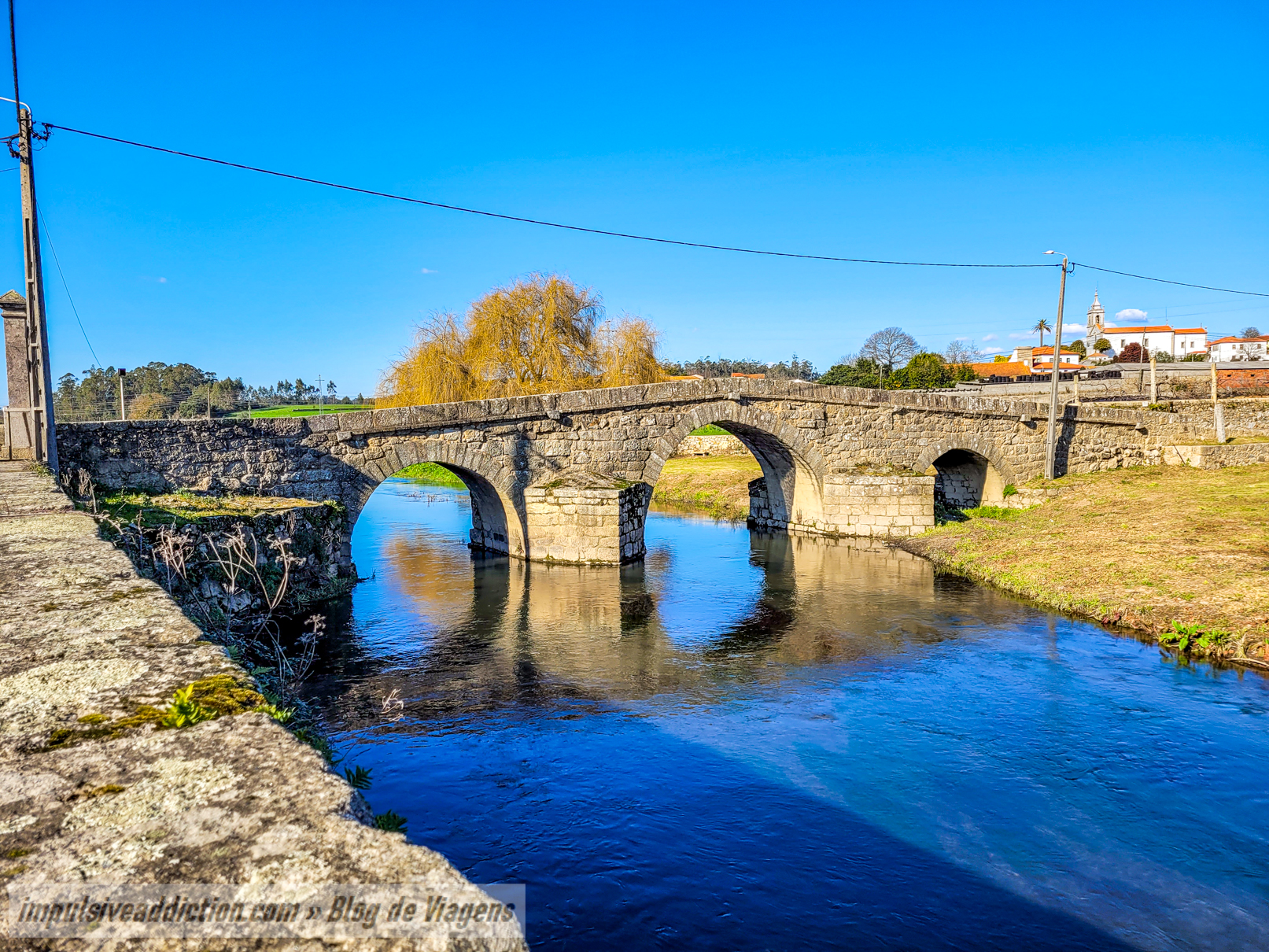
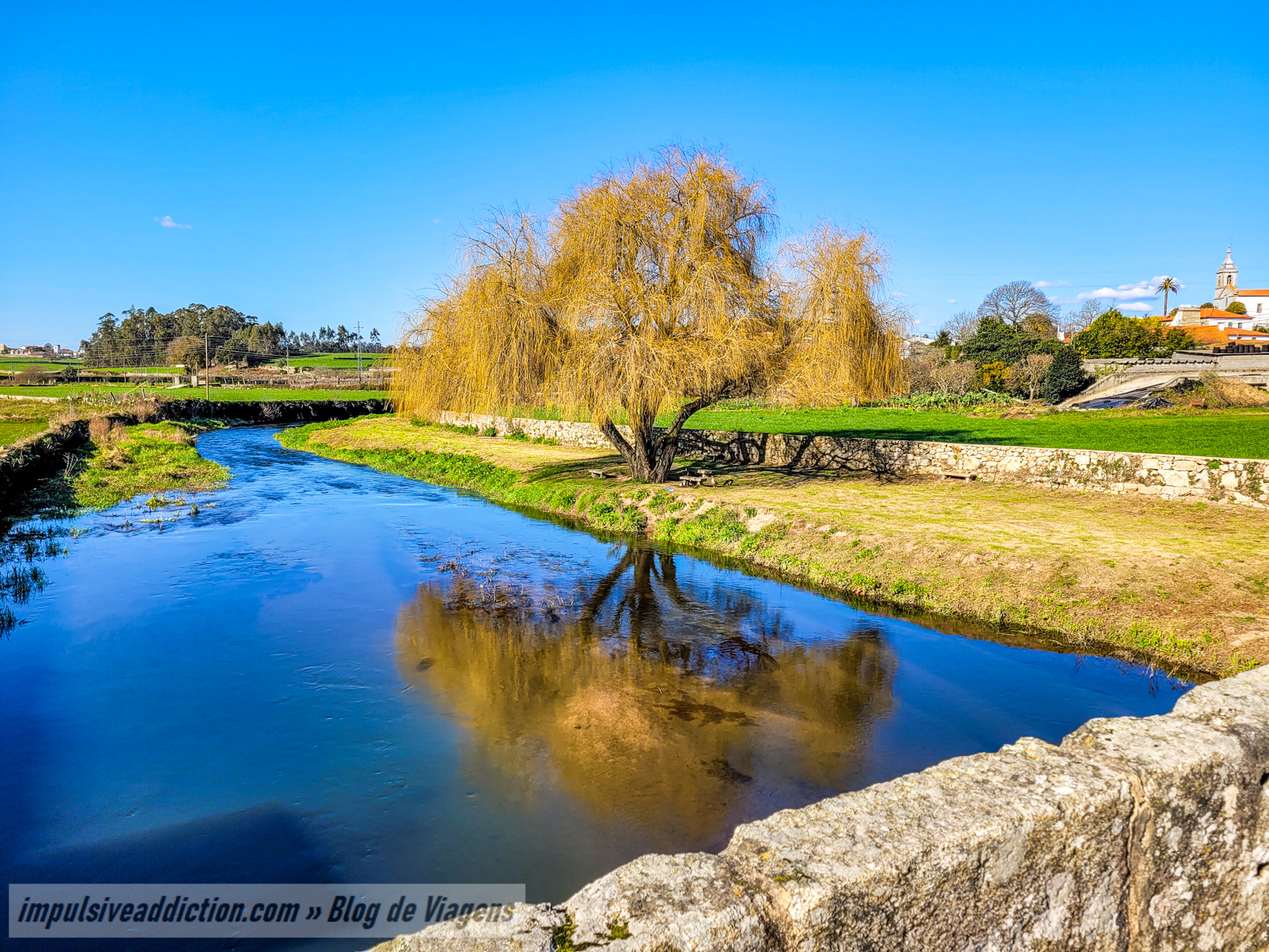
12. Church of São Cristóvão de Rio Mau
Finally comes the Church of São Cristóvão de Rio Mau. It is Romanesque in origin, dating from the 12th century, and has a beautiful tympanum, as well as a Templar Cross at the top of the church.
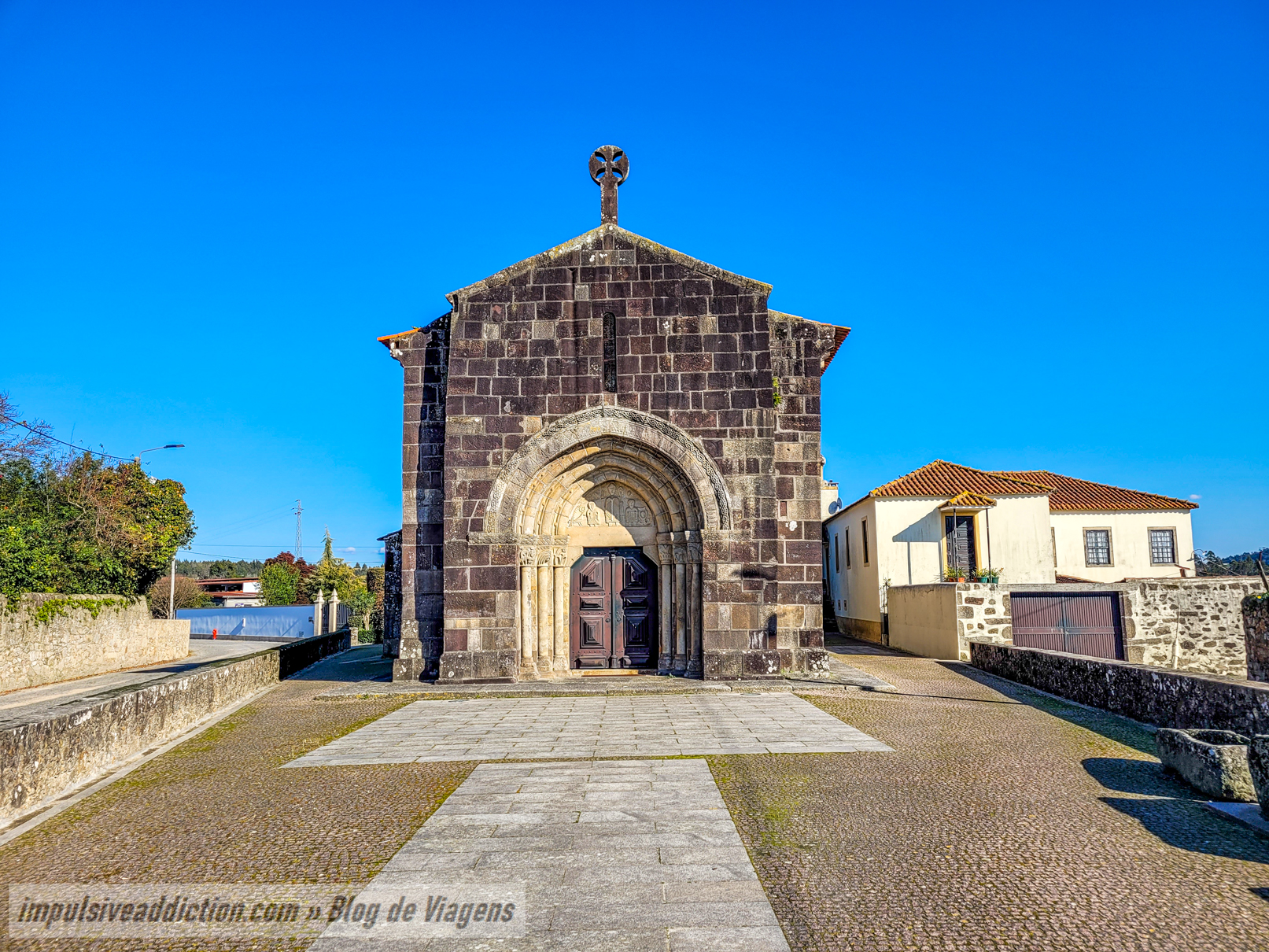
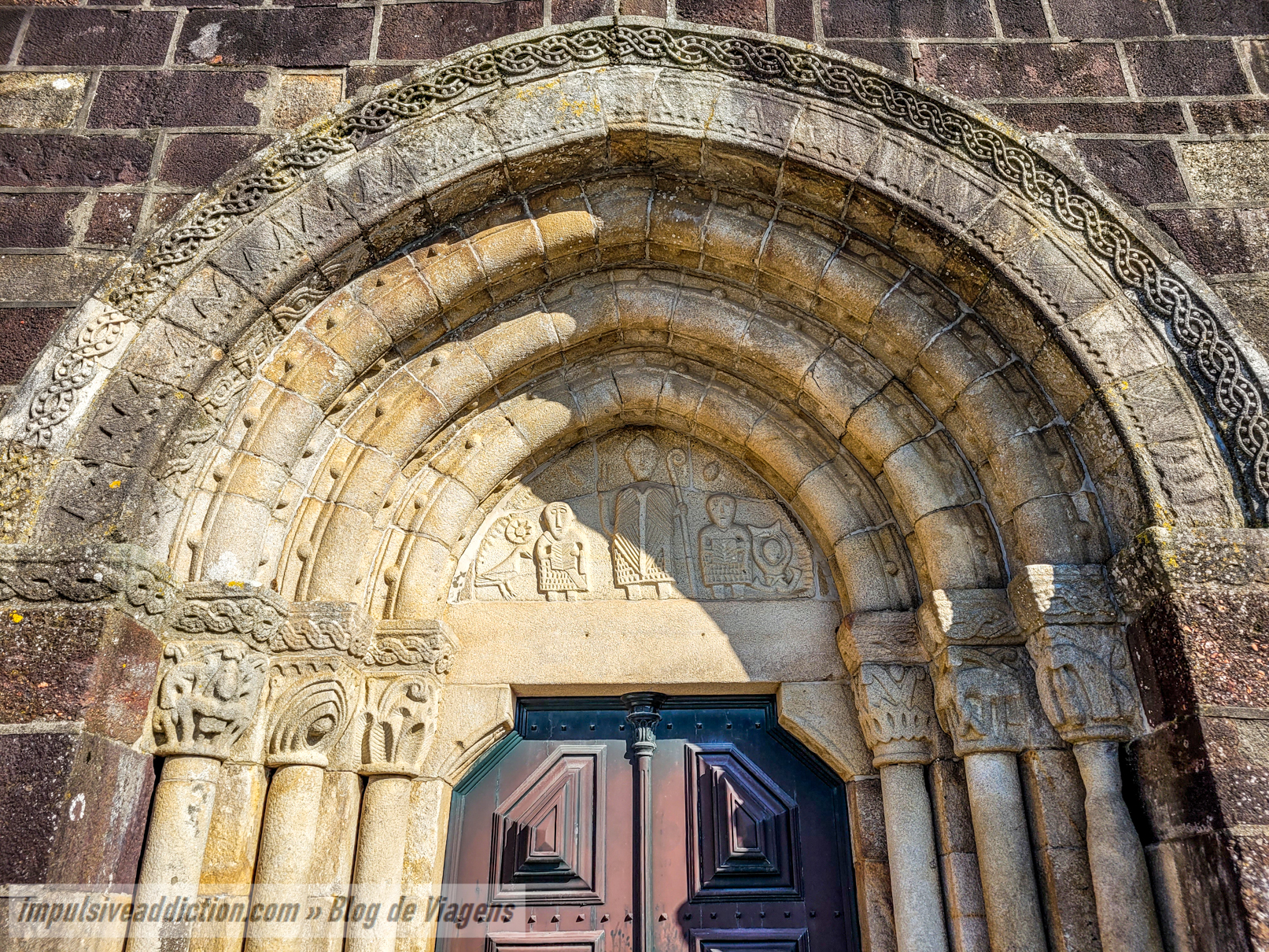
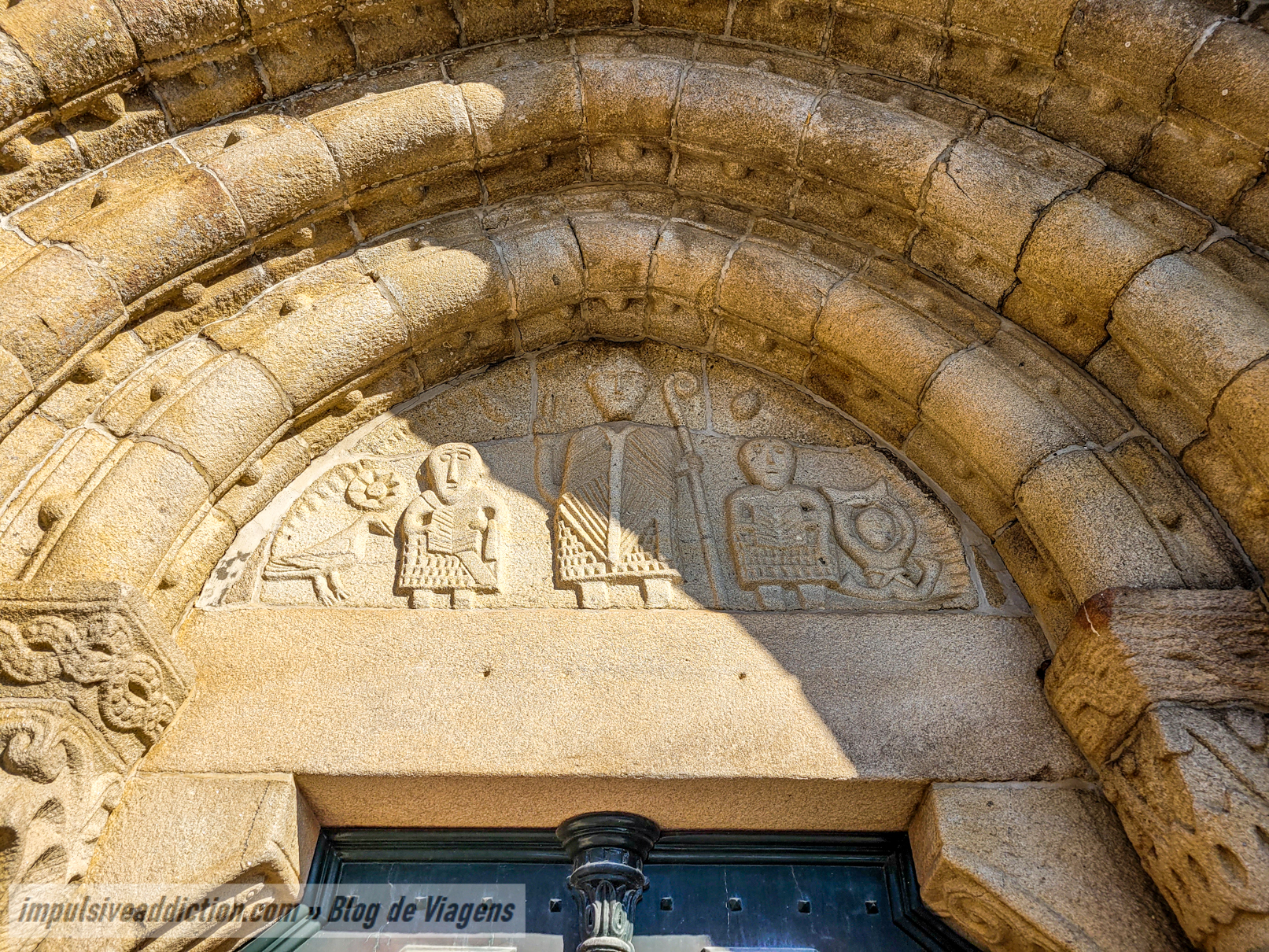
Other Itineraries and Travel Guides in Portugal
- N2 Portugal Road Trip Itinerary
- Madeira Itinerary and Travel Guide
- São Miguel Itinerary and Travel Guide (Azores)
- Terceira Itinerary and Travel Guide (Azores)
- Pico Itinerary in Azores
- Faial Itinerary in Azores
- Minho | Northern Portugal Itinerary
- Porto Itinerary and Travel Guide
- Things to do In Braga (Minho)
- Things to do in Guimarães (Minho)
- Things to do in Viana do Castelo (Minho)
- Peneda Gerês National Park Itinerary
- Douro Valley Itinerary
- Trás-os-Montes Itinerary
- Things to do in Bragança
- Montesinho Natural Park Itinerary
- Douro International Natural Park Itinerary
- Things to do in Aveiro
- Things to do in Coimbra
- Things to do in Leiria
- Things to do in Fatima
- Things to do in Nazaré
- Things to do in Peniche
- Things to do in Évora (Alentejo)
- Things to do in Beja (Alentejo)
- Algarve Road Trip Itinerary
- Things to do in Lagos (Algarve)
- Things to do in Portimão (Algarve)
- Things to do in Faro (Algarve)
- Things to do in Tavira (Algarve)
I hope this list of things to do in Vila do Conde was useful for you! Please send me your feedback in the comment section below.
